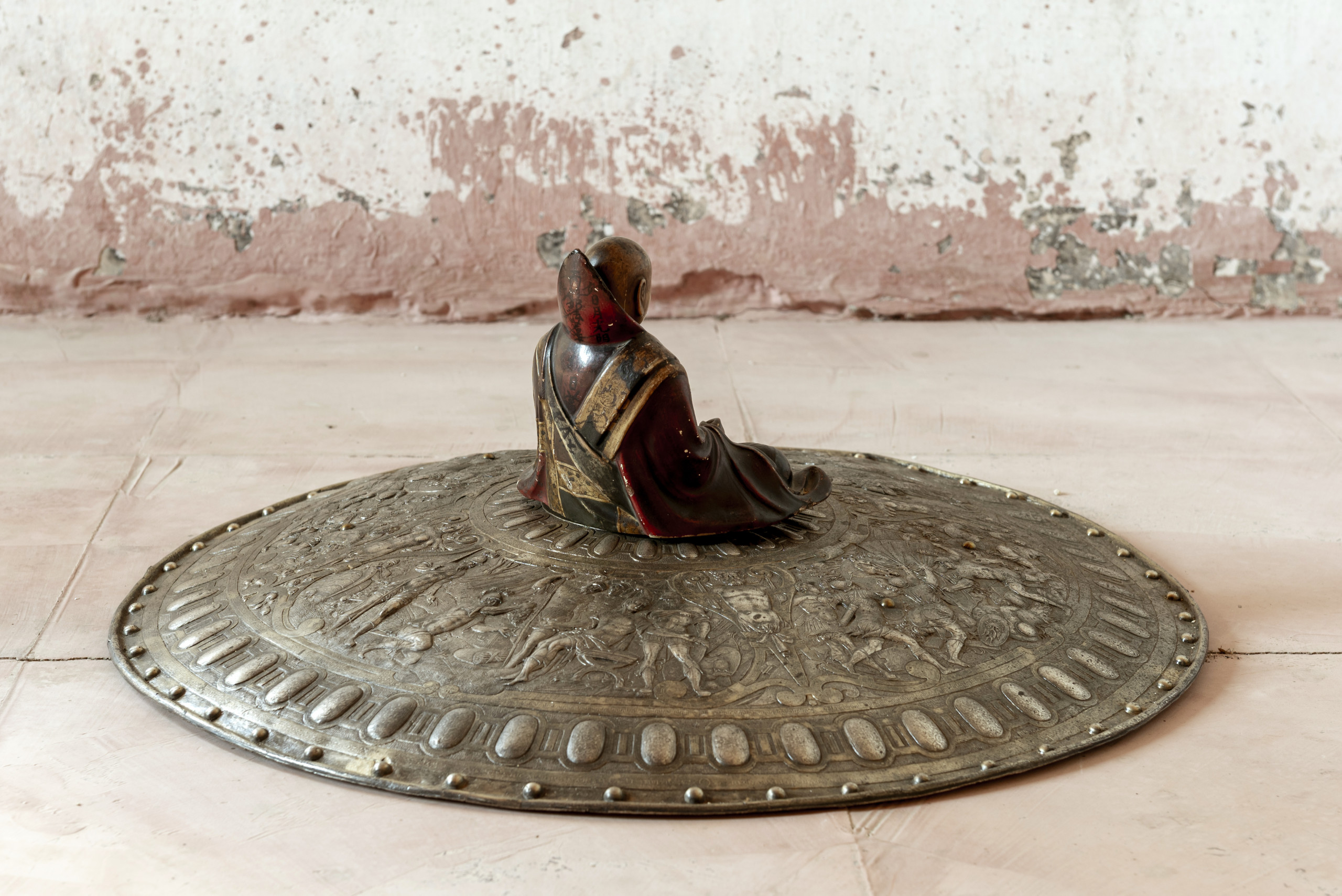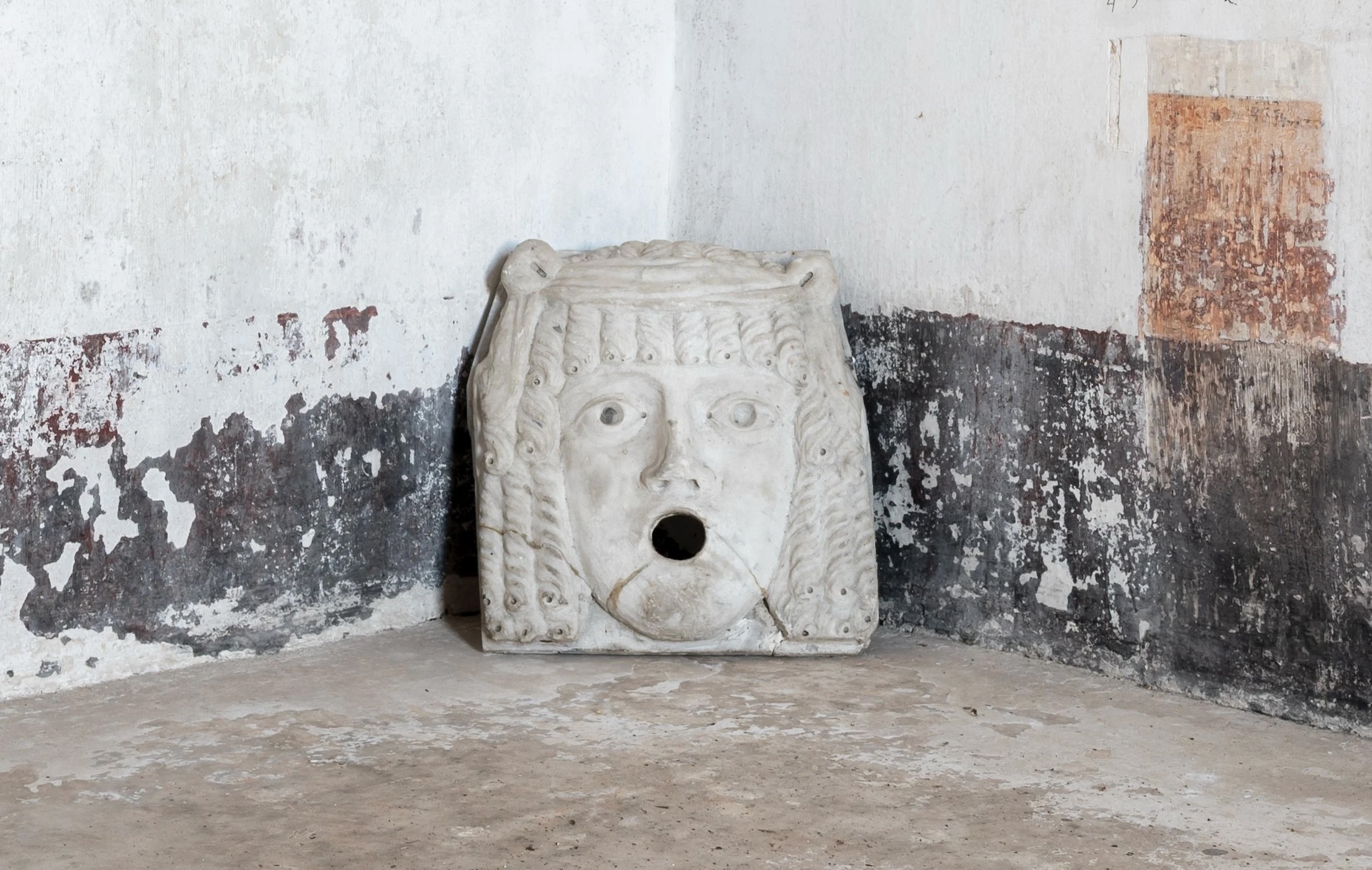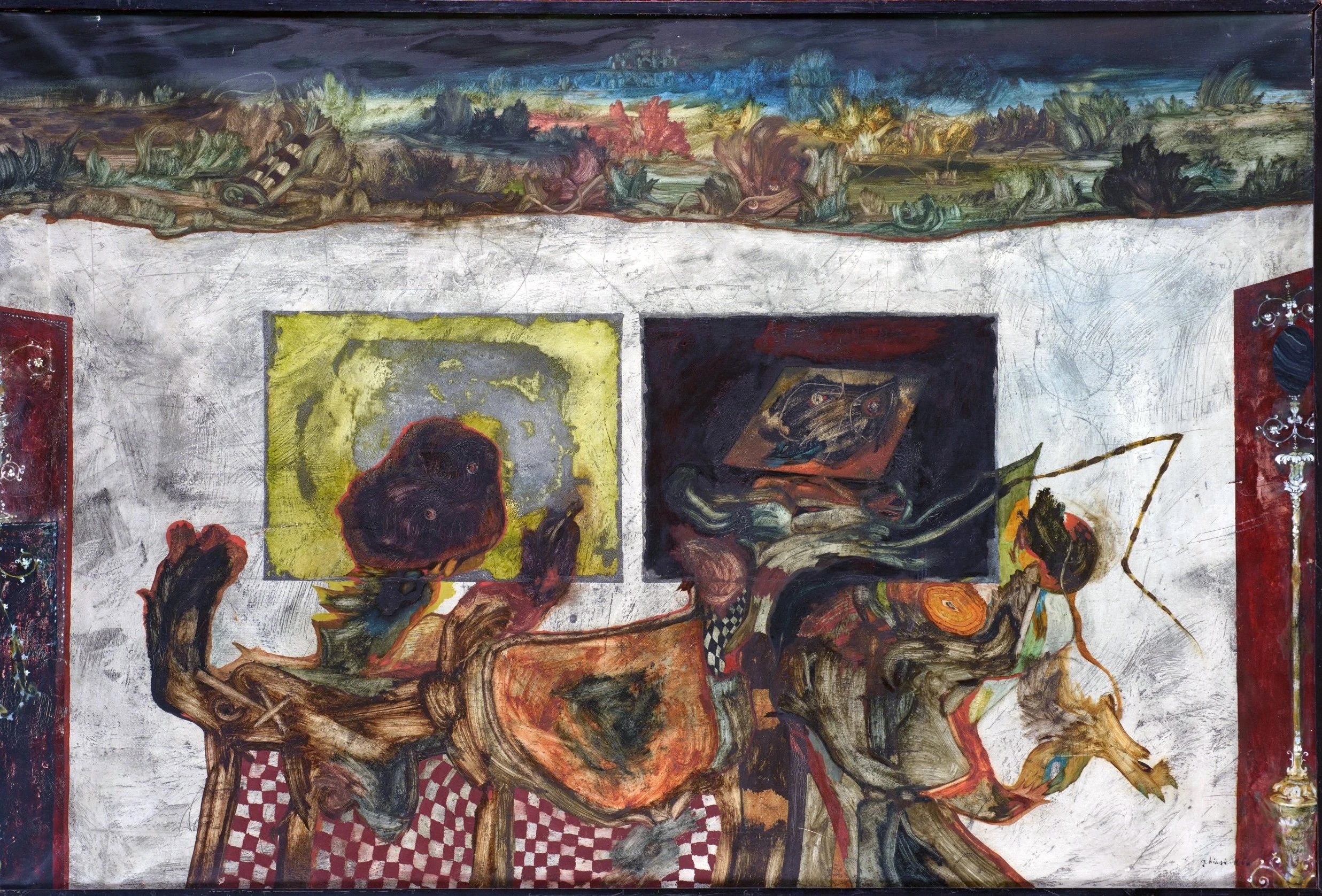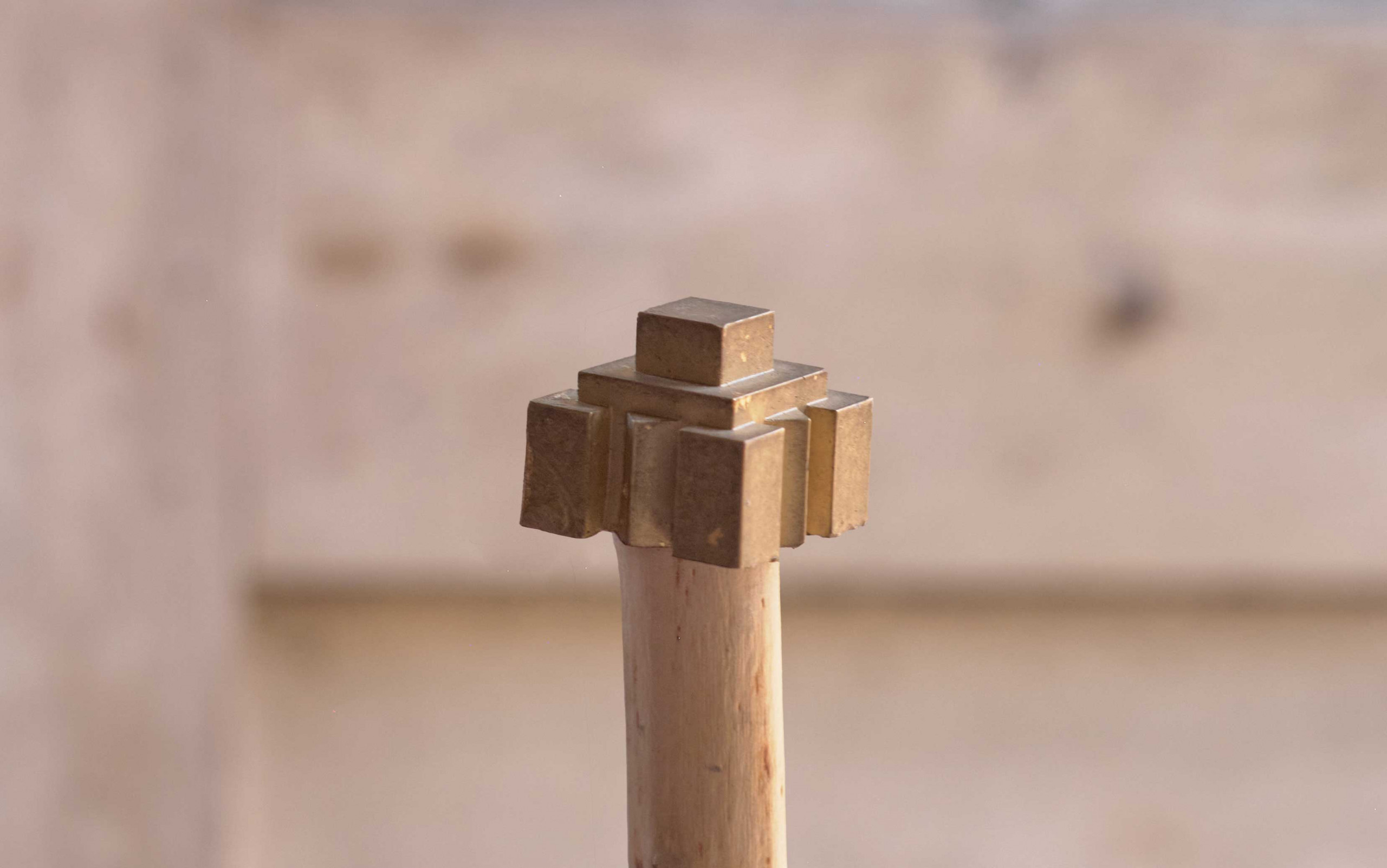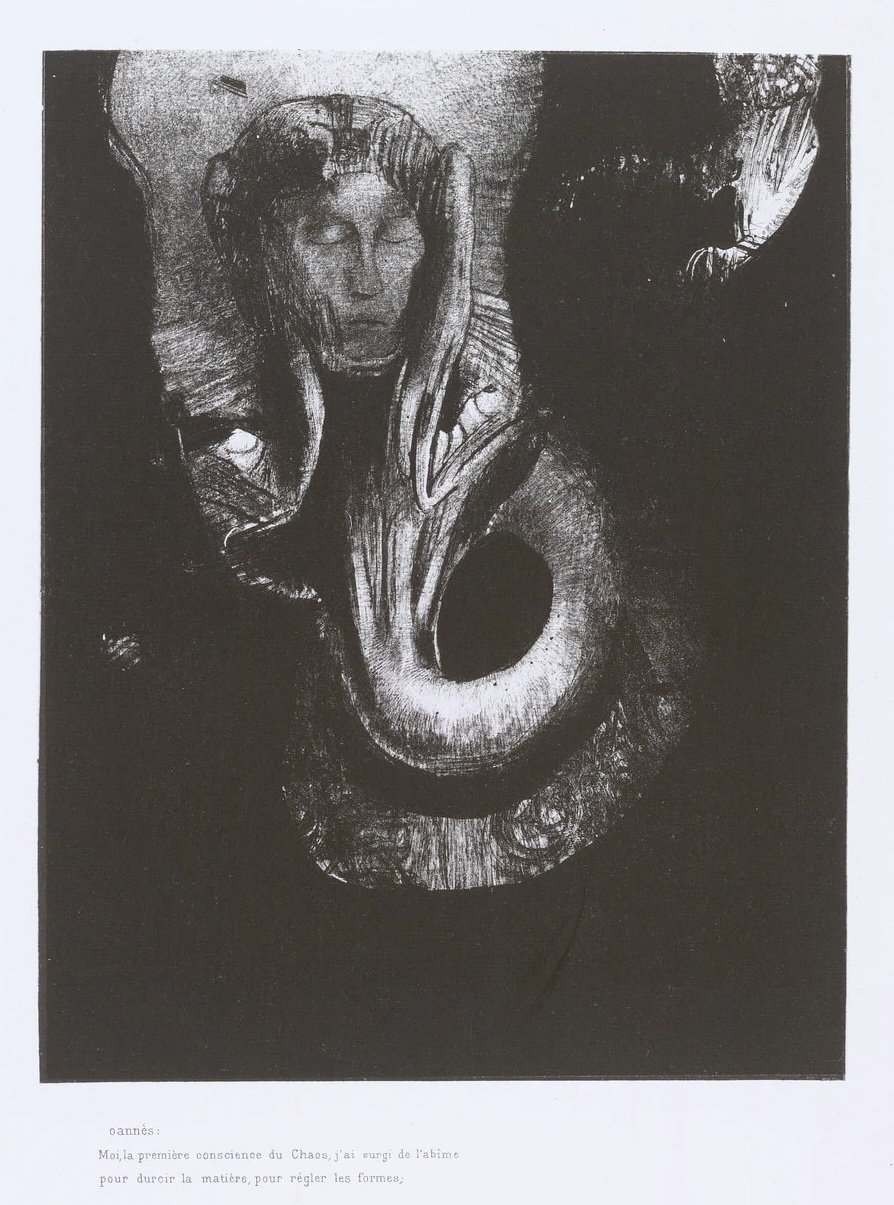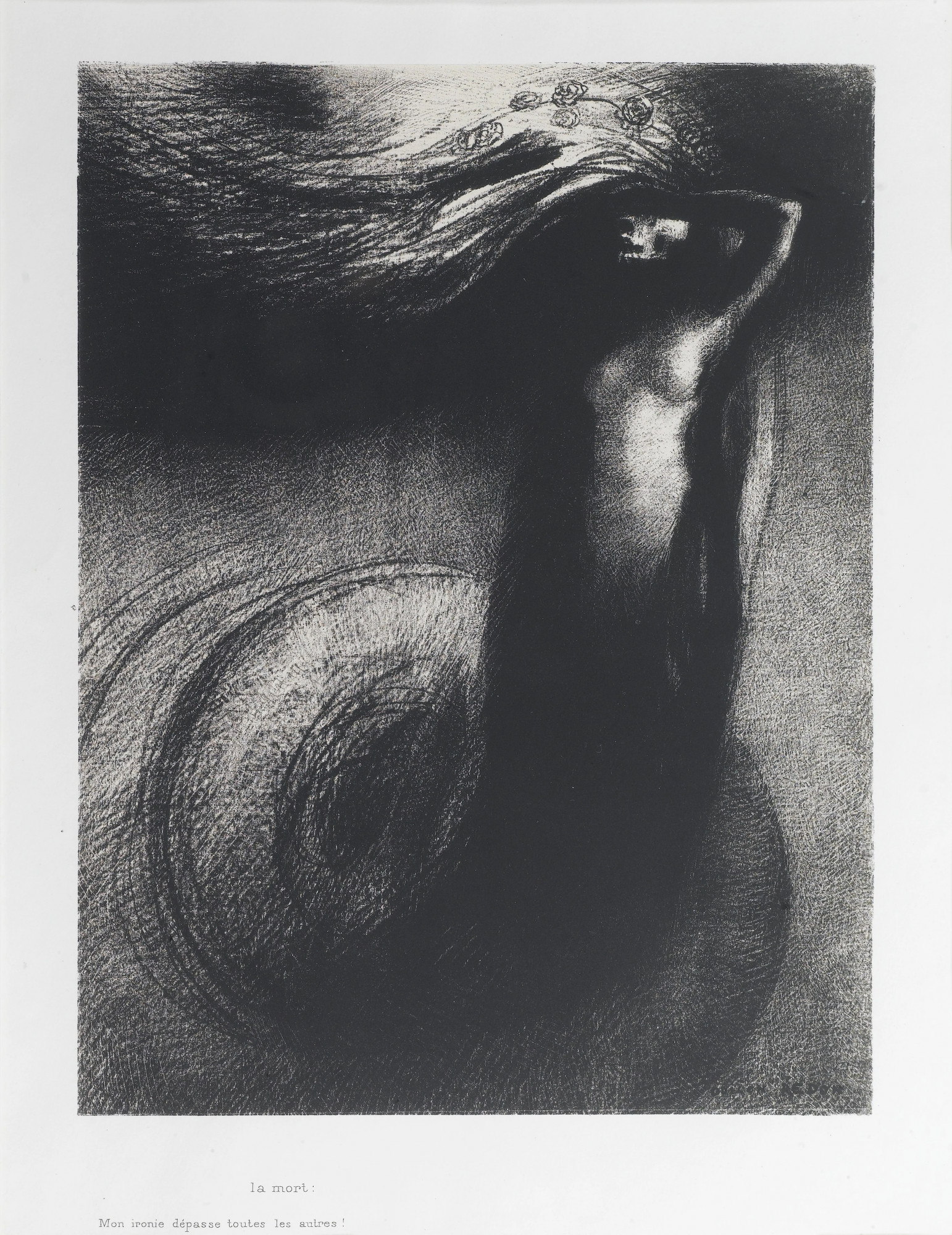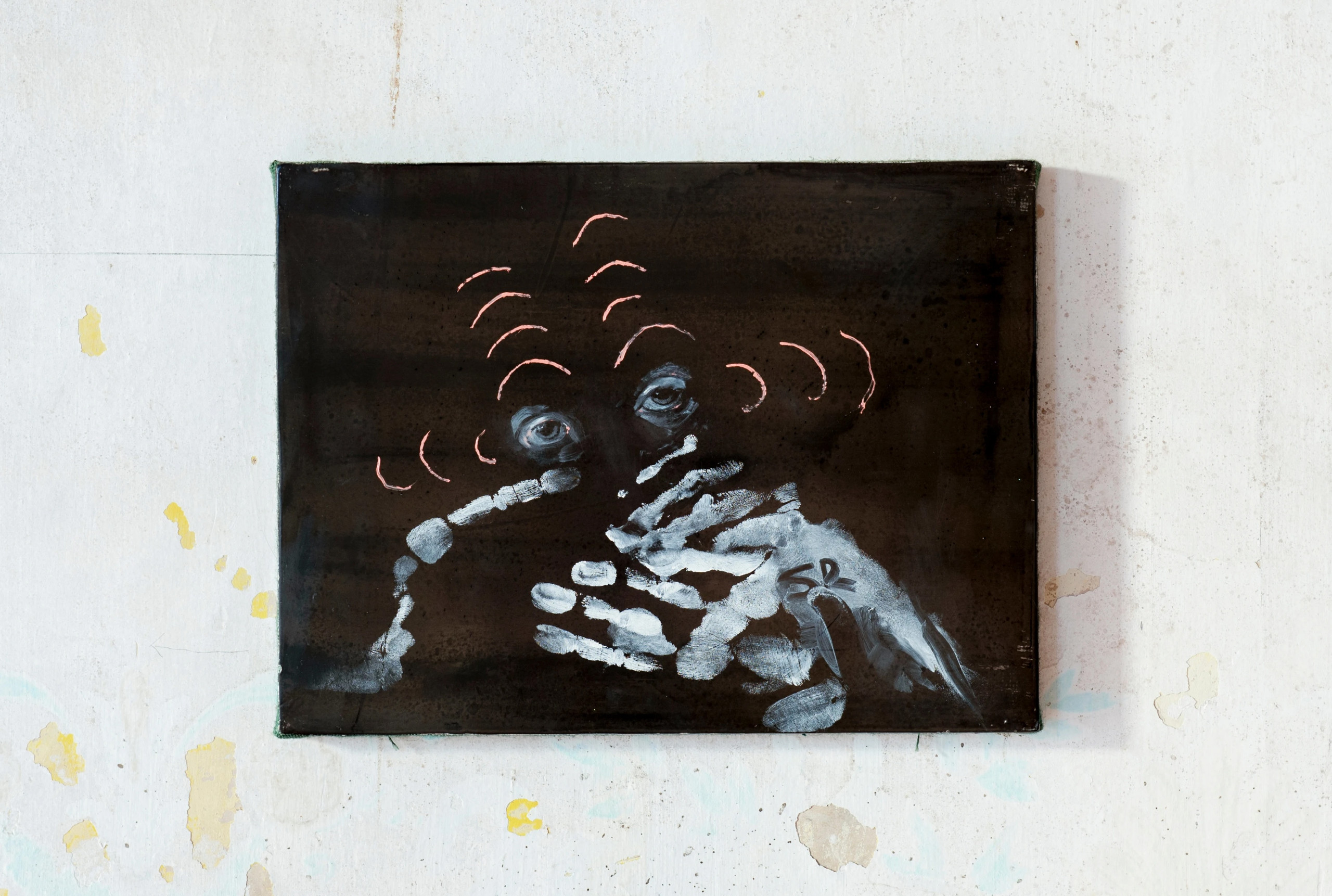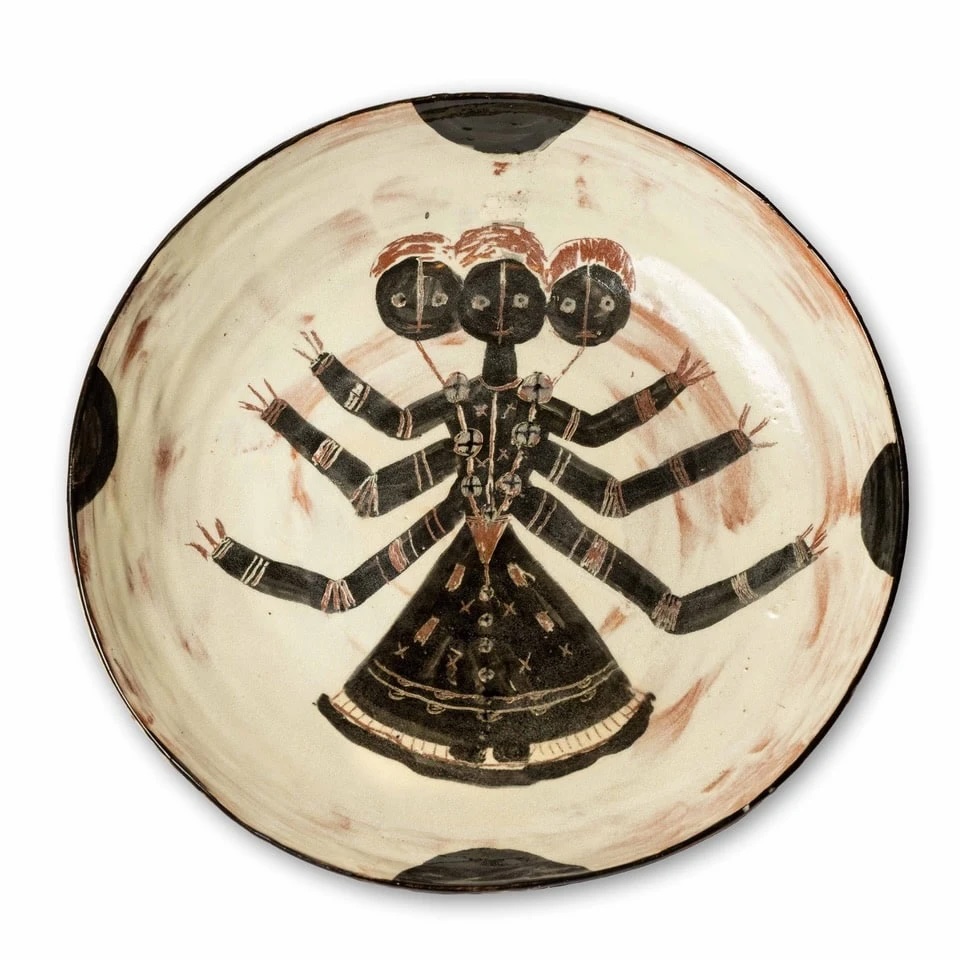Palazzo Carrozzini
Soleto, Puglia
Terre Intrecciate
Jul 12, 2025
Aug 30, 2025
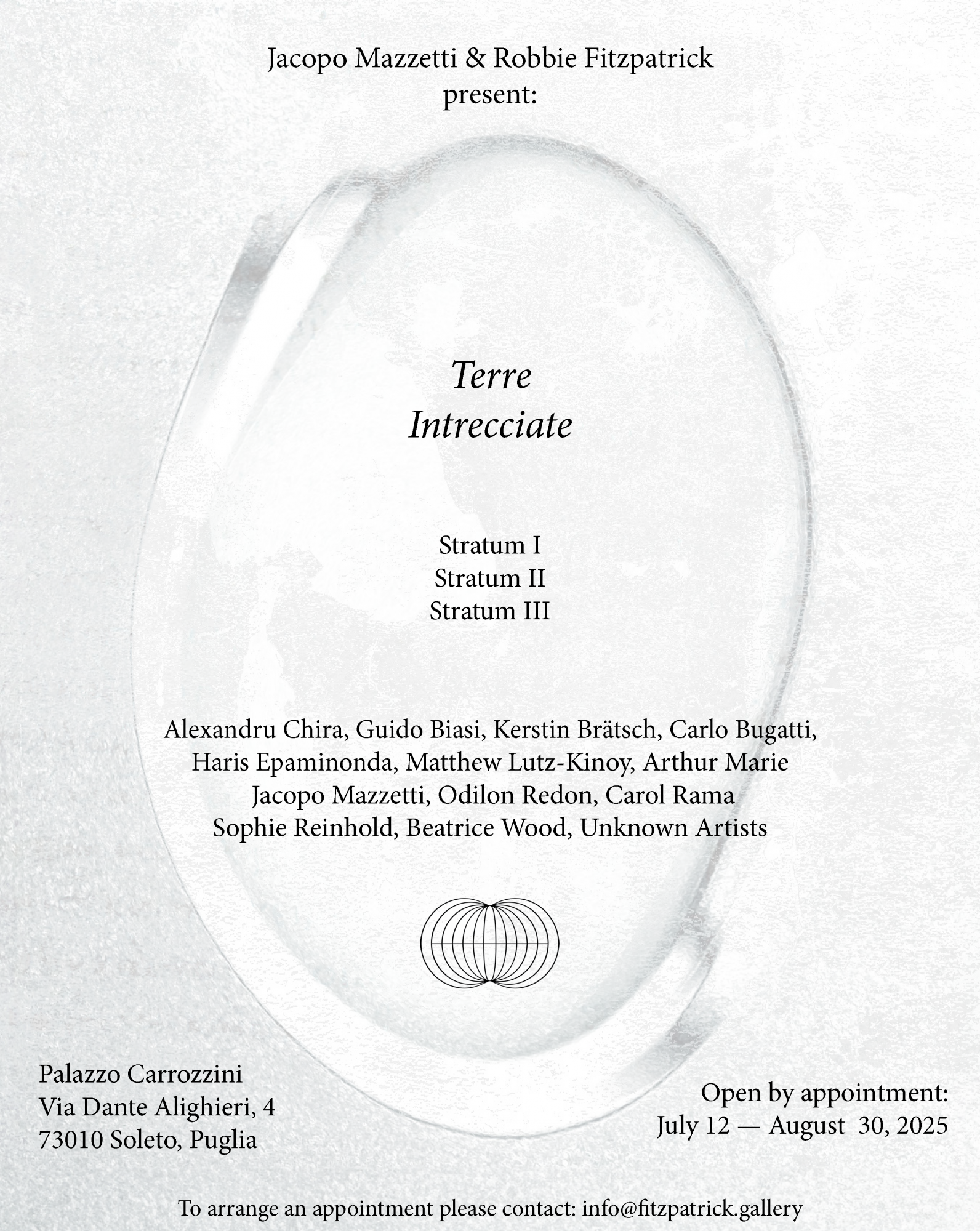
Fitzpatrick Gallery is proud to present Terre Intrecciate, curated in collaboration with Jacopo Mazzetti, at Palazzo Carrozzini (Soleto, Puglia).
Structured in three distinct yet interwoven layers, the exhibition unfolds like a palimpsest—each stratum existing on its own plane, stacked tier by tier. Terre Intrecciate traces a universal longing to grasp the sacred, offering a quiet meditation on transcendence, where the earthly and the ethereal meet in silent dialogue.
With its layered history—as a noble residence and later a tobacco factory—Palazzo Carrozzini becomes a resonant vessel for the exhibition. Its rediscovered frescoes, long obscured, echo the exhibition’s themes of intertwined lives and overlapping histories.
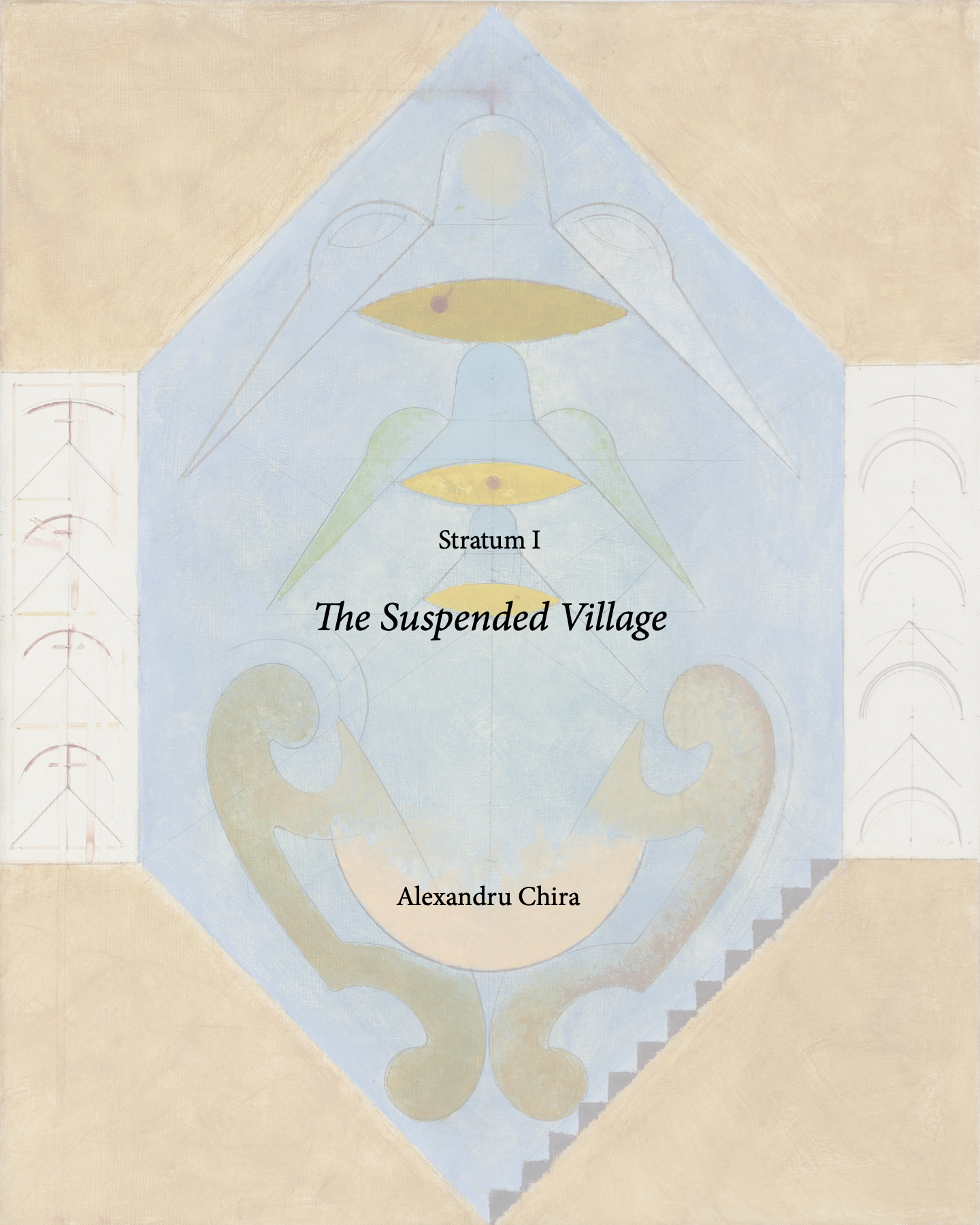
Stratum I: The Suspended Village
The Suspended Village presents the work of Romanian artist Alexandru Chira (1947-2011), whose textured canvases lace pseudo-spiritual iconography, divine communication, and mystical ritualism into his own celestial universe. Inspired by the metaphysical village imagined by Romanian philosopher Lucian Blaga, Chira developed an artistic language rooted in the symbolic world of his native village, Tăușeni.
For Chira, the rural environment was more than landscape—it was a cosmic system, a space where memory, myth, and spirituality converged. His hermetic visual language fused drawing, text, and color into intricate compositions that invite both contemplation and decoding. Images communicate like folded messages to the world, where ritualistic structures align with cosmic axes and natural cycles. This fusion of sacred geometry and communal memory remains a testament to Chira’s belief in the transformative power of symbols.
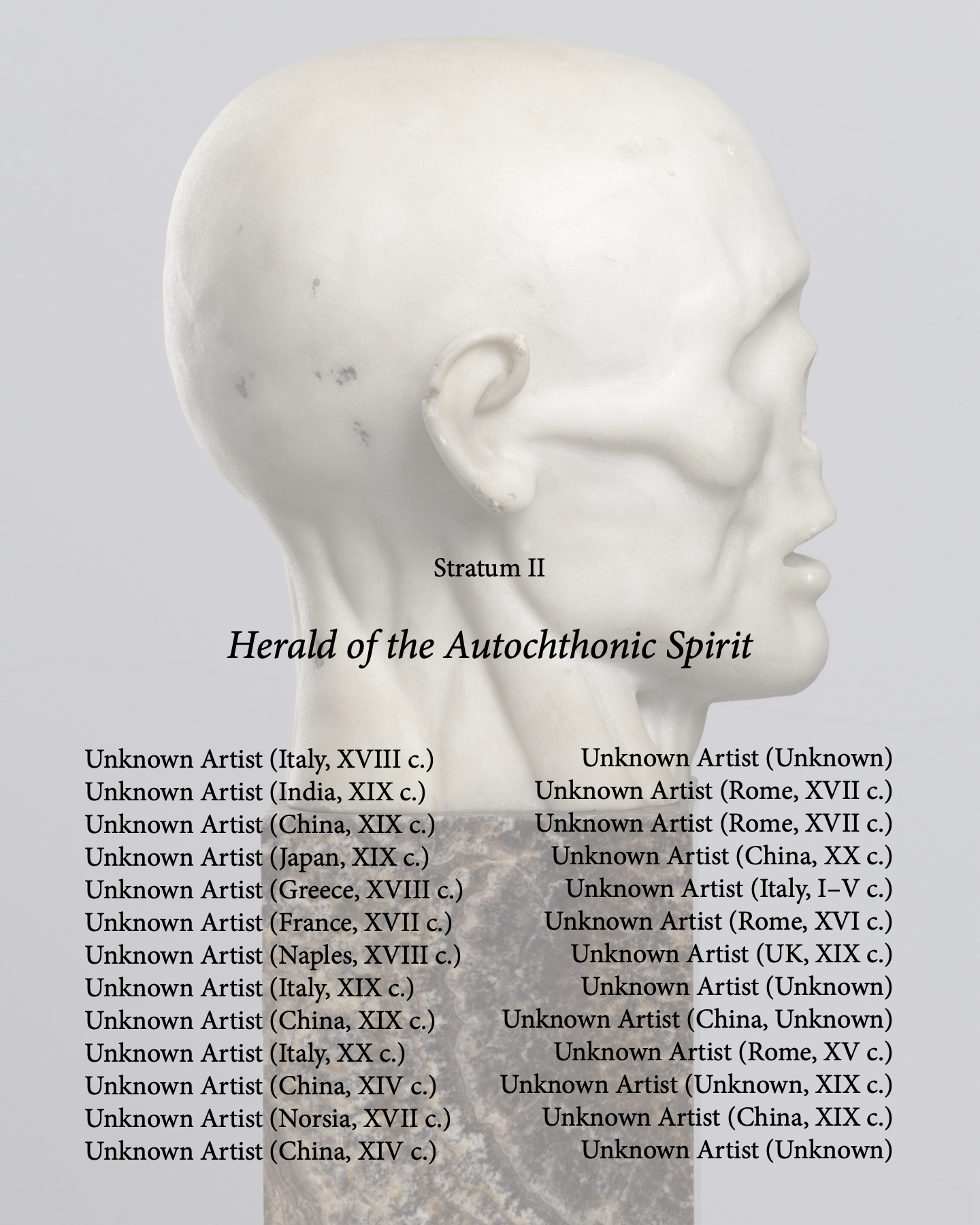
Stratum II: Herald of the Autochthonic Spirit
Across centuries and continents, individuals and societies have approached the ineffable—building structures of spiritual mediation in stone, pigment, cloth, and metal. The works presented here—artifacts and objects gathered from across the globe, from 1 AD through the early 20th century—serve as evidence of a shared and overlapping human urgency to make contact with the sacred.
Religious iconography, has historically served dual functions: to inspire awe and to assert control. This stratum also acknowledges the entangled legacies of empire and extraction, wherein sacred objects were displaced. Severed from their cultural contexts, many artifacts were stripped of the cosmologies they once sustained. And yet, alongside these histories of domination, lies something deeply hopeful: a shared, persistent human impulse to seek transcendence.
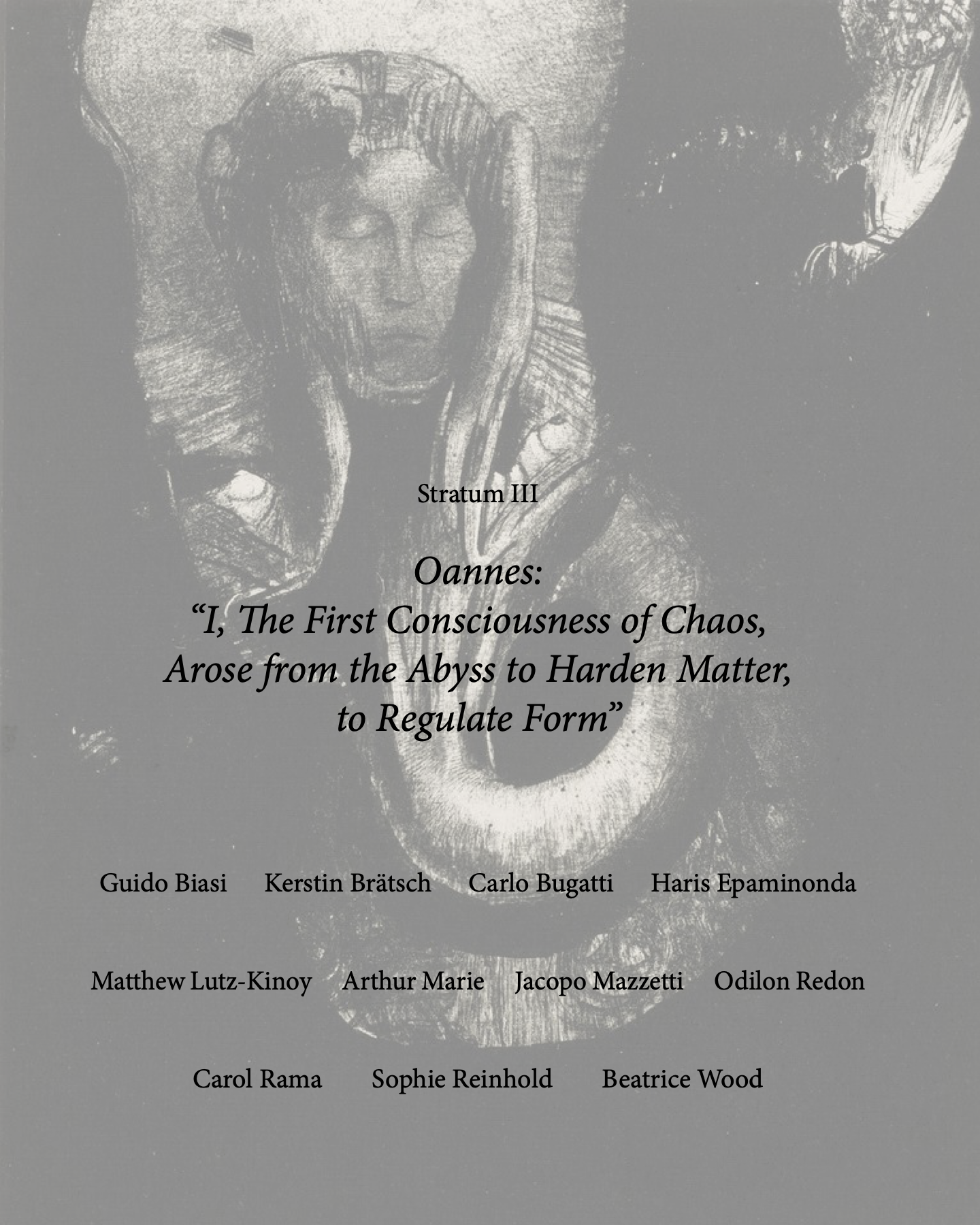
Stratum III: Oannes: I, The First Consciousness of Chaos
The exhibition’s final layer assembles works by modern and contemporary artists, as a calibration device that keeps the transcendental inquiries of the show in flux. Rather than grounding the metaphysical in the present, these works reveal the permeability between then and now. Crucially, their presence does not resolve the exhibition’s speculative propositions but agitates them.
These artists introduce tonal shifts—haunted, ecstatic, fragmentary—that complicate any linear reading. The metaphysical is neither recovered nor disavowed, but refracted. What emerges is a layered temporality where past, present, and imagined futures coexist in tension, drawing attention to the act of interpretation itself as a metaphysical gesture.
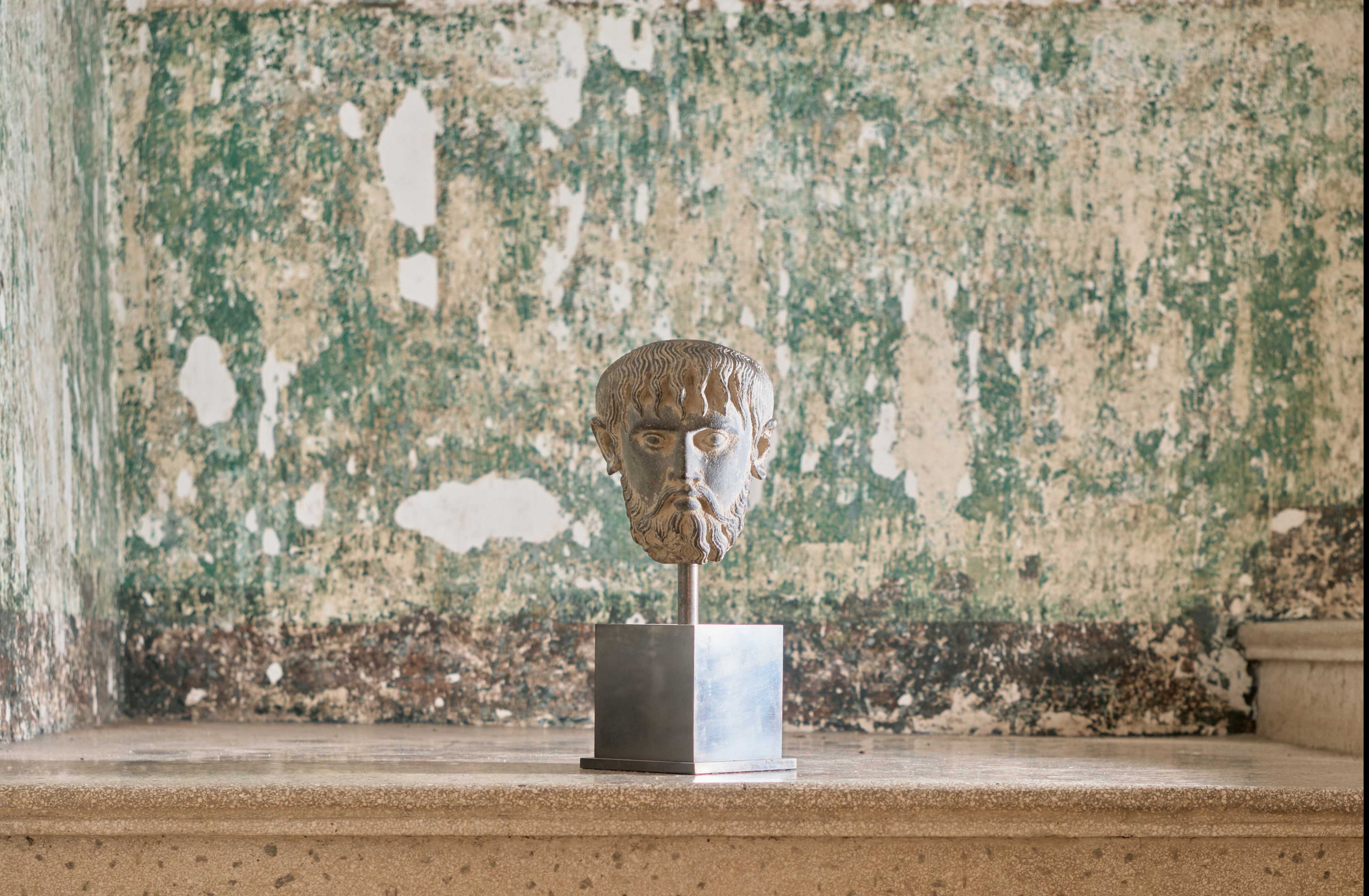
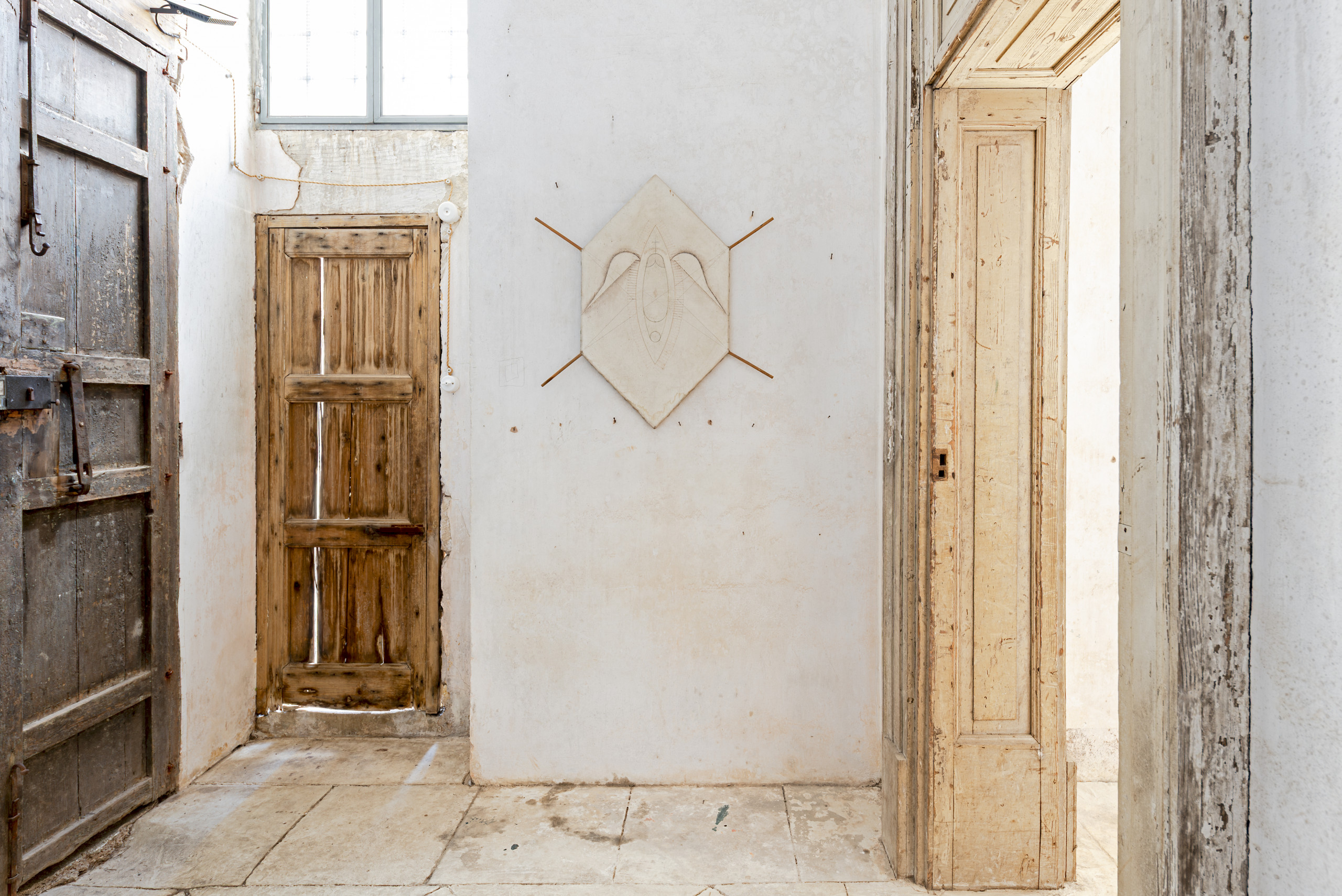
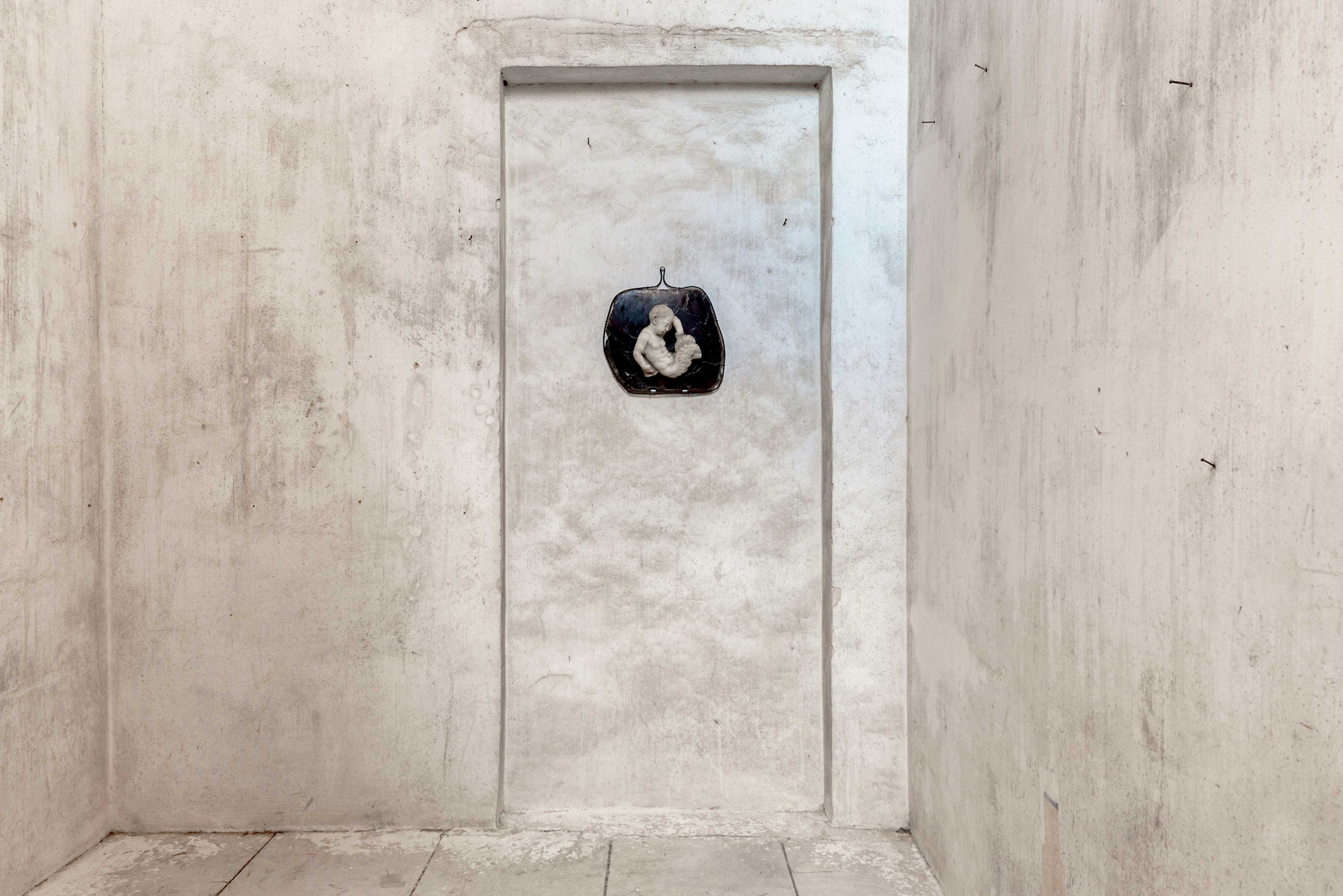
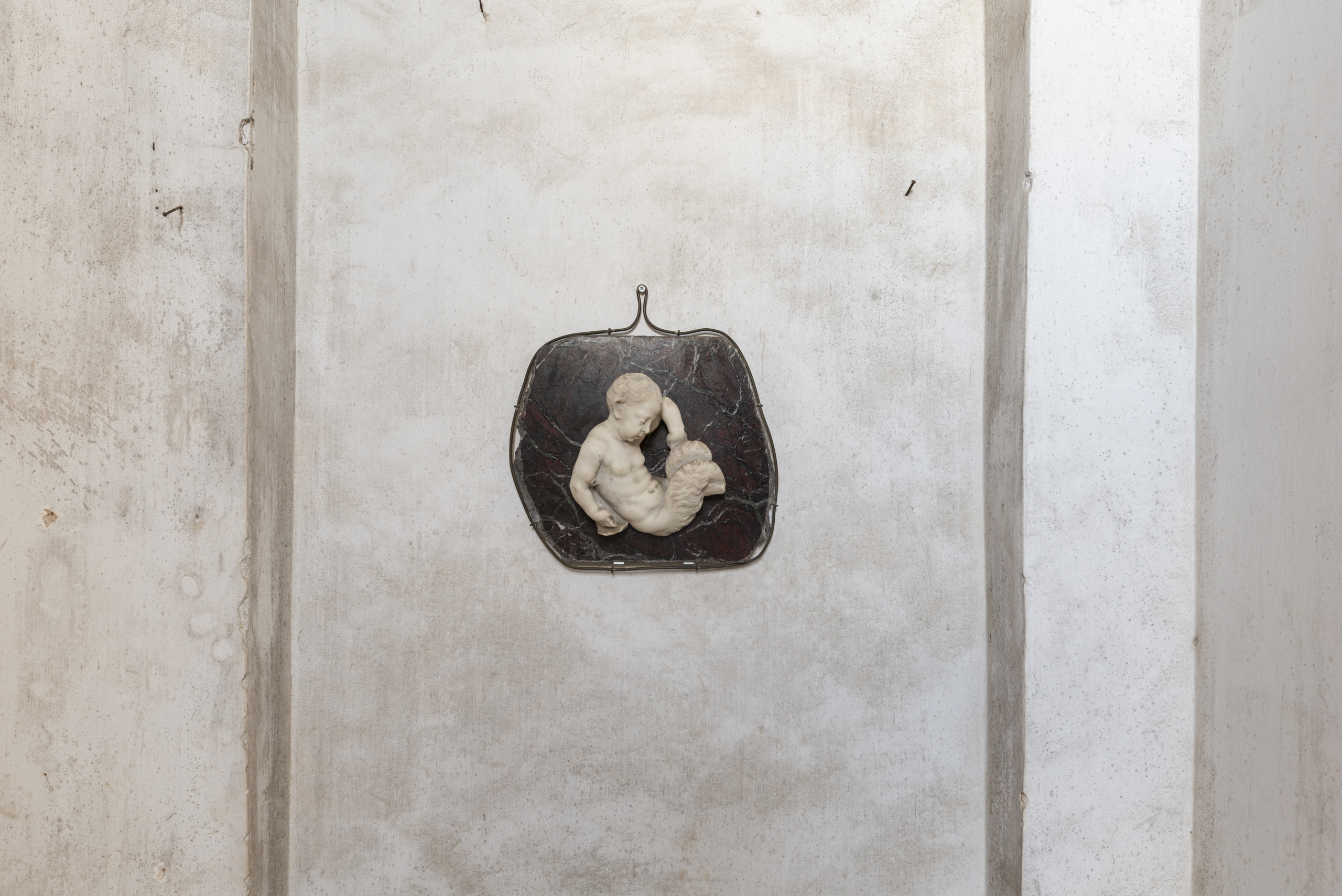
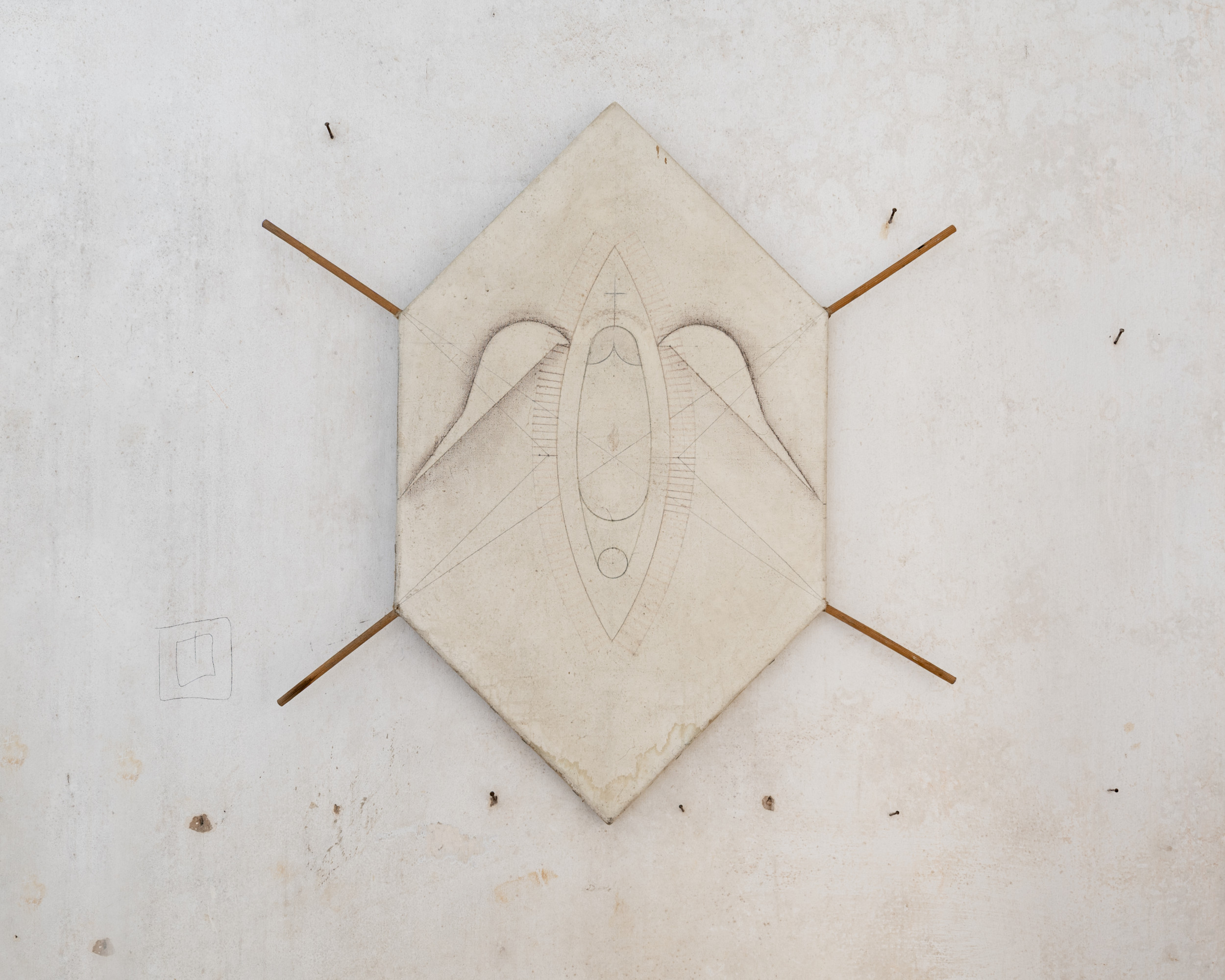
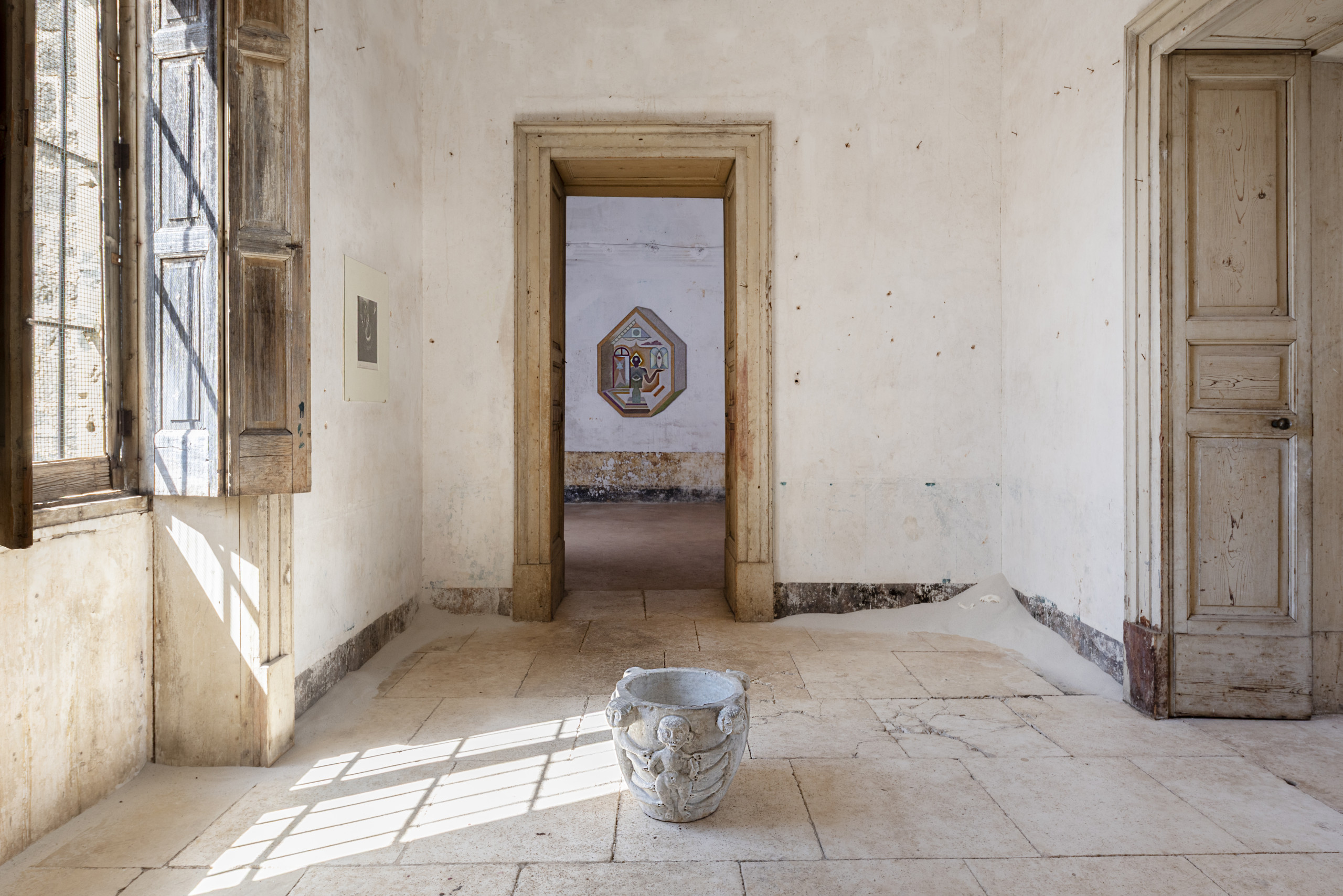
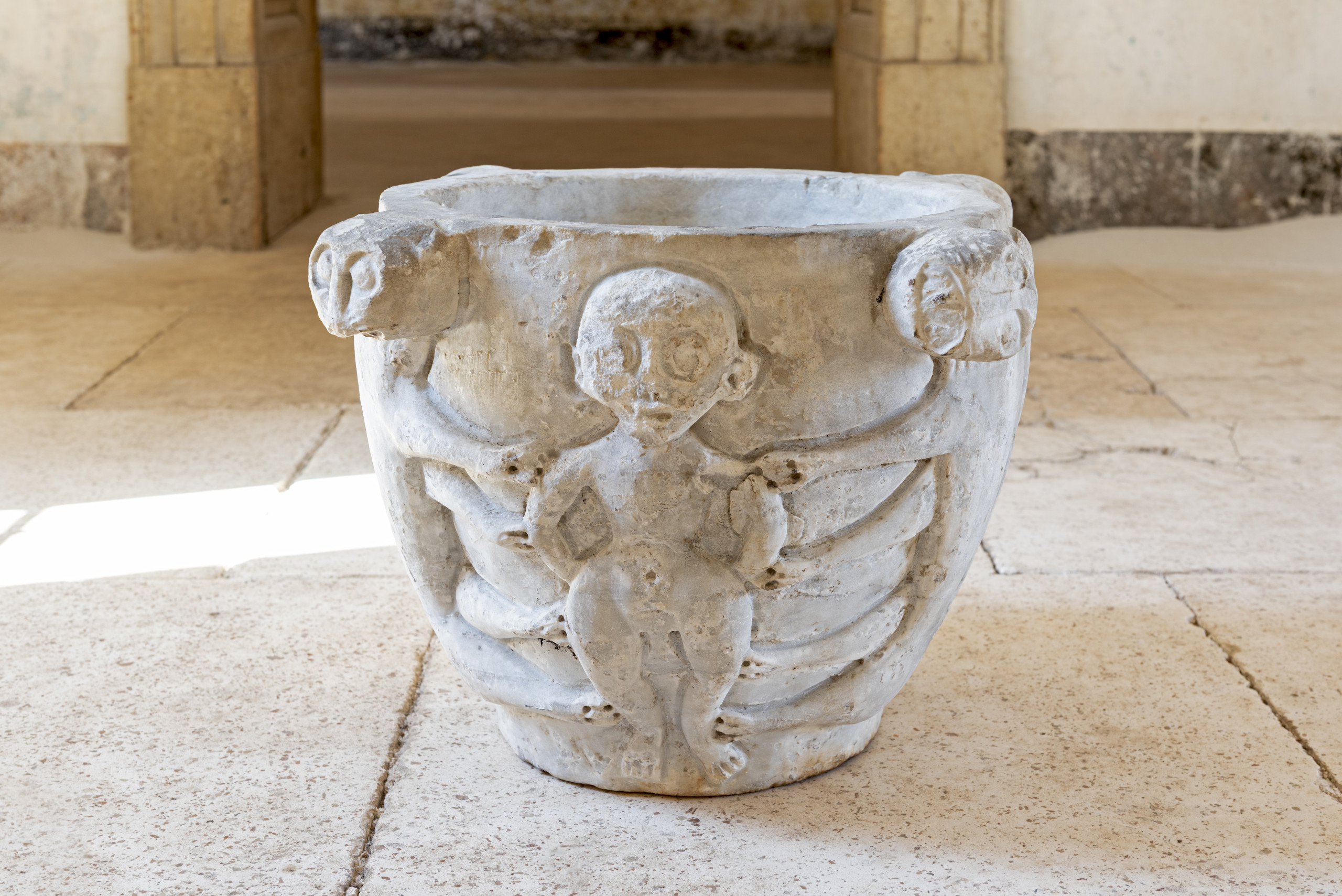
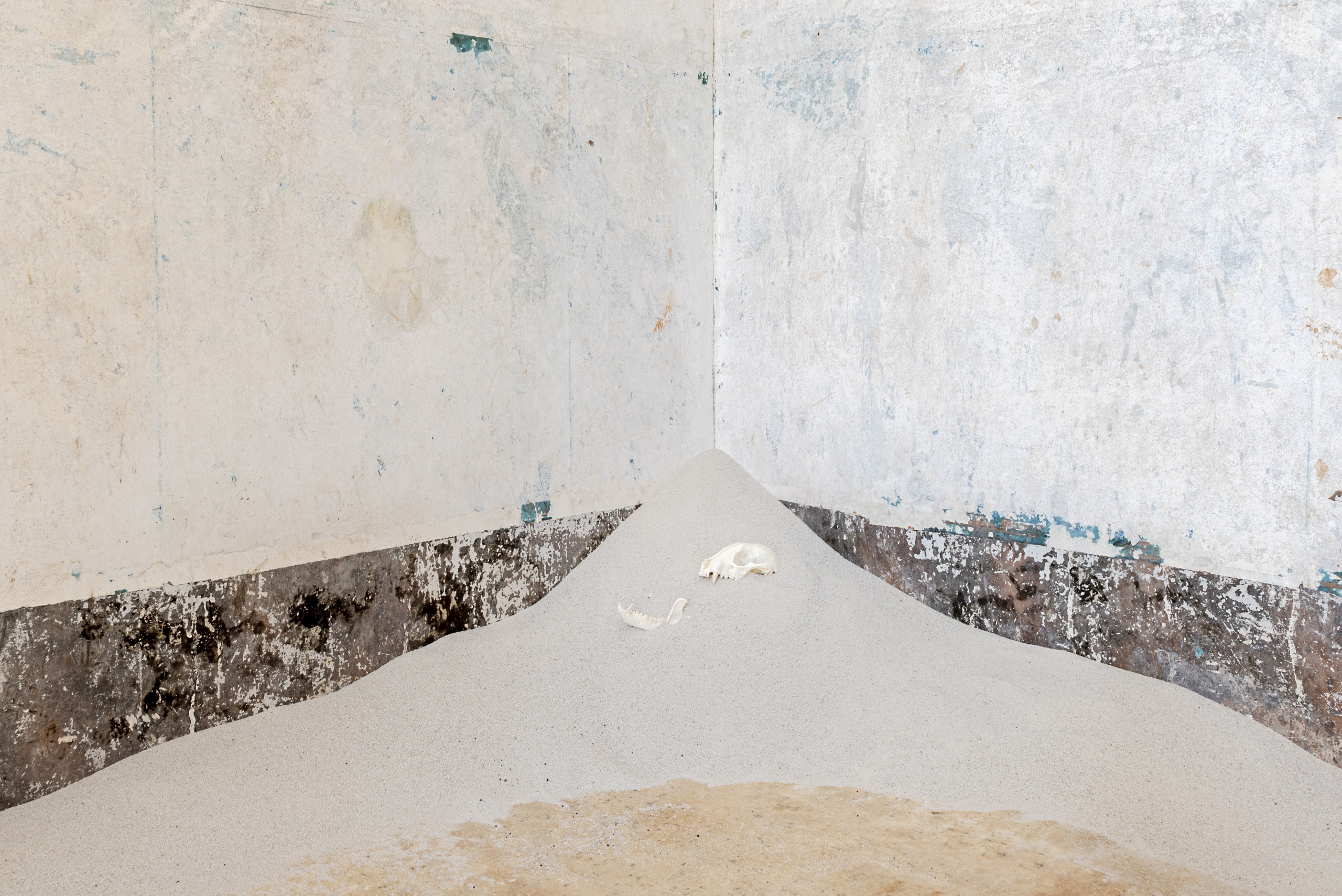
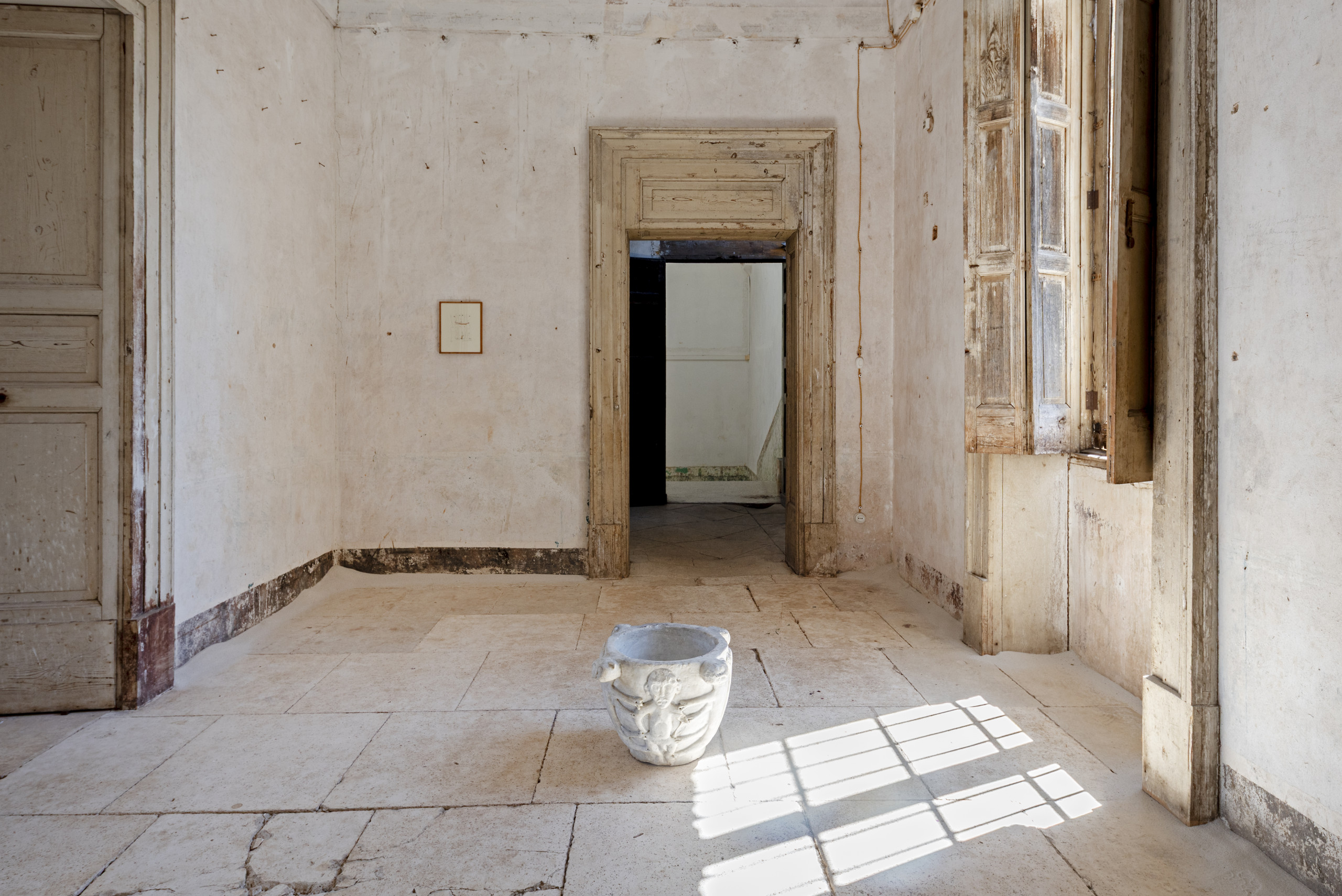
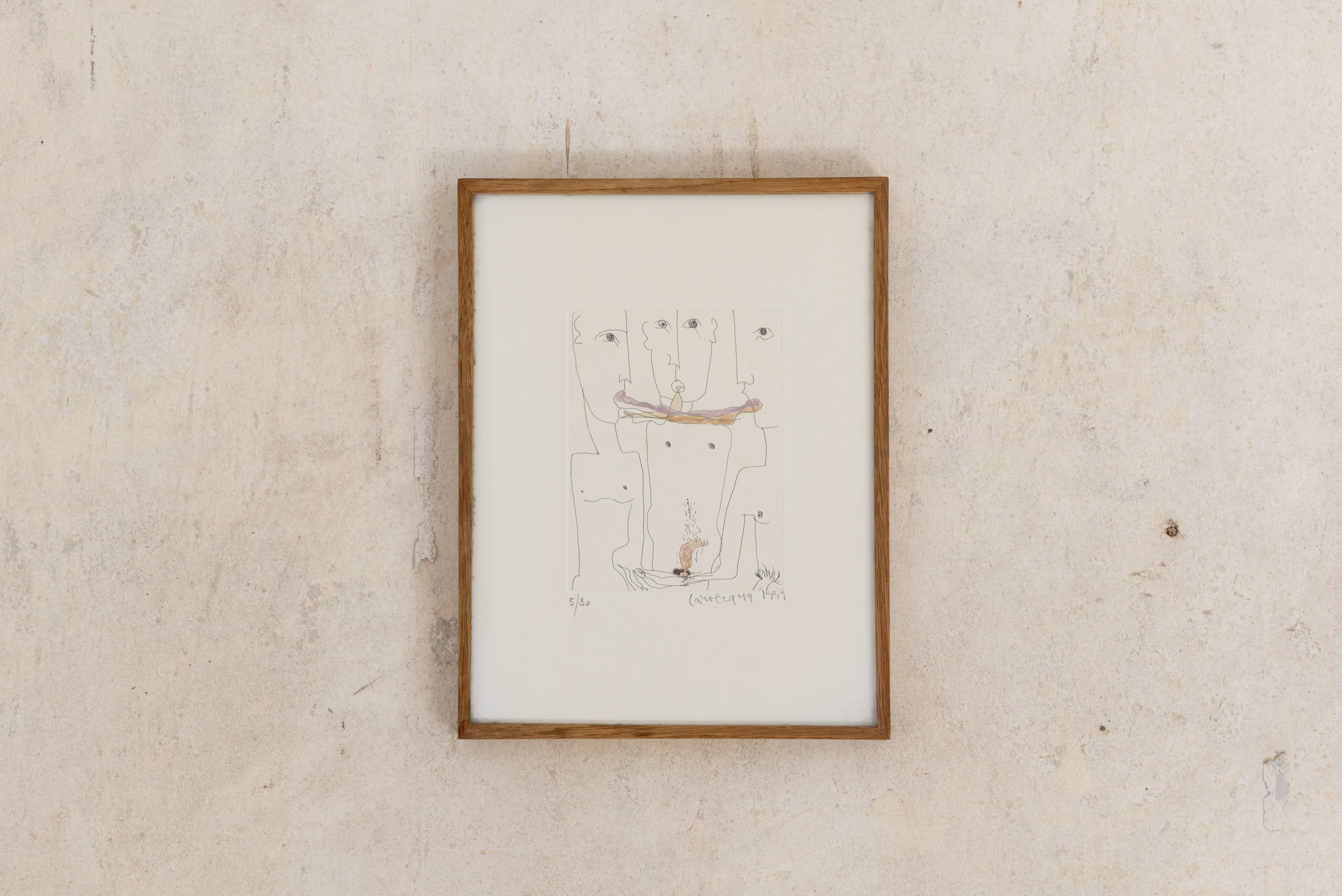
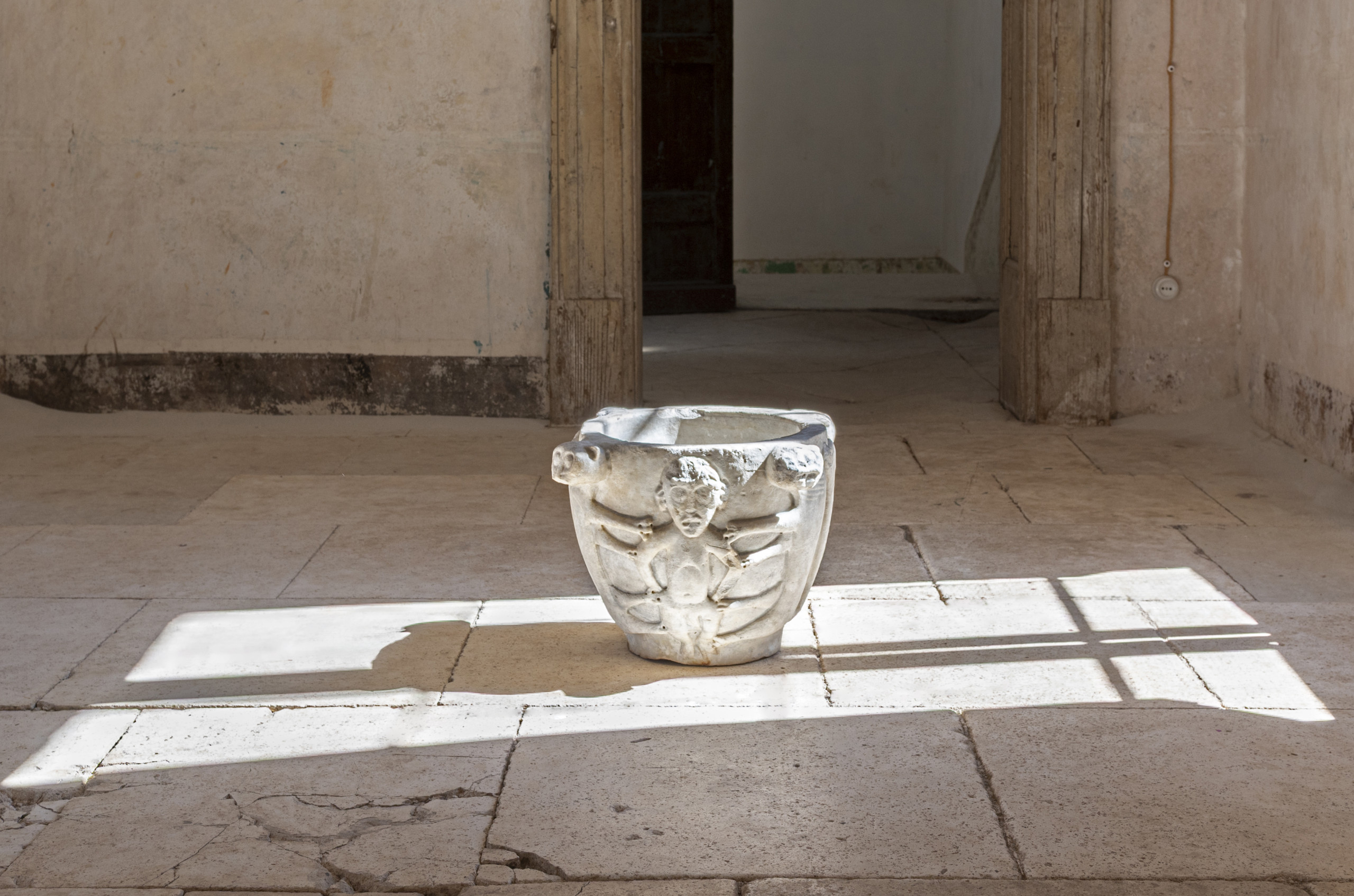
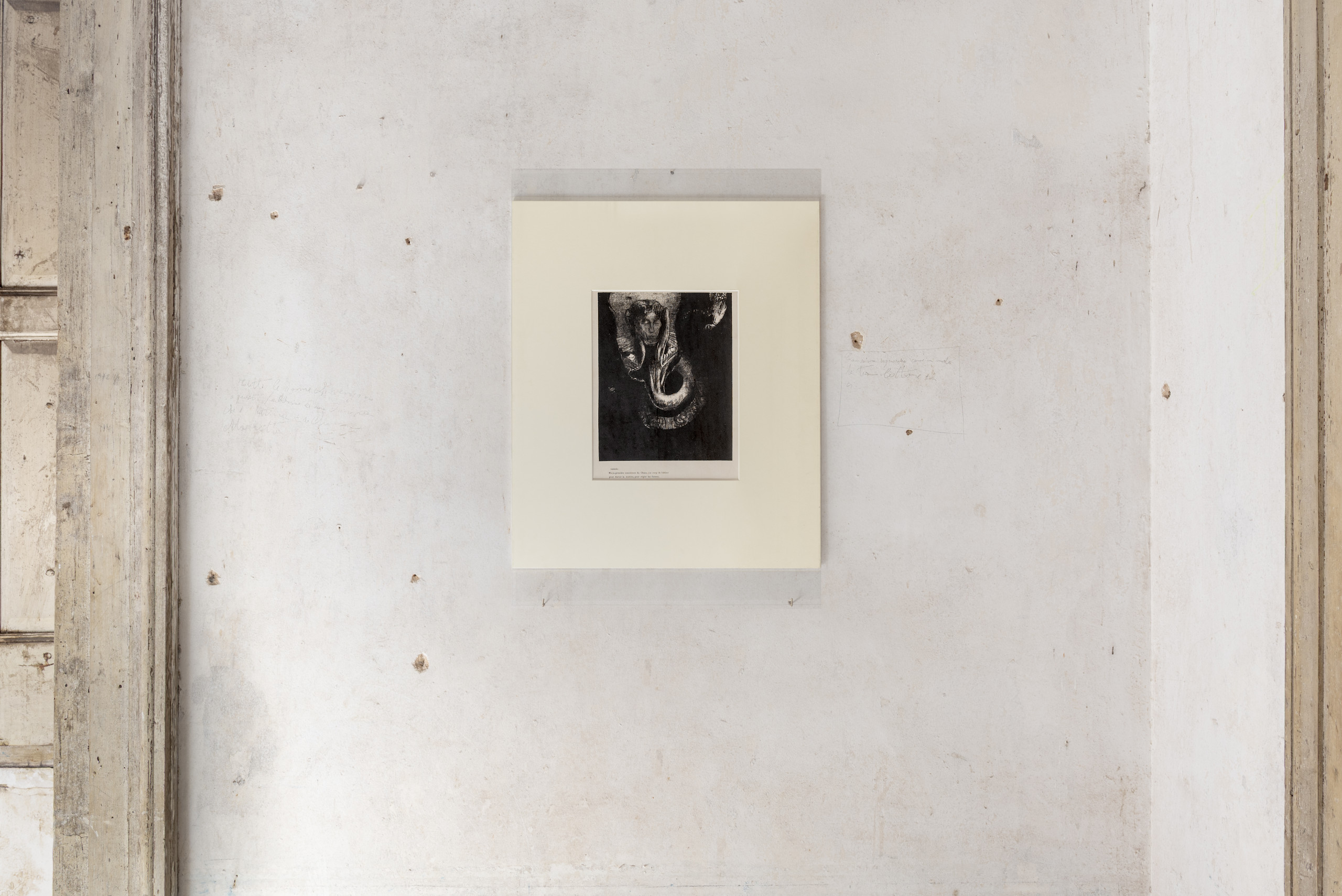
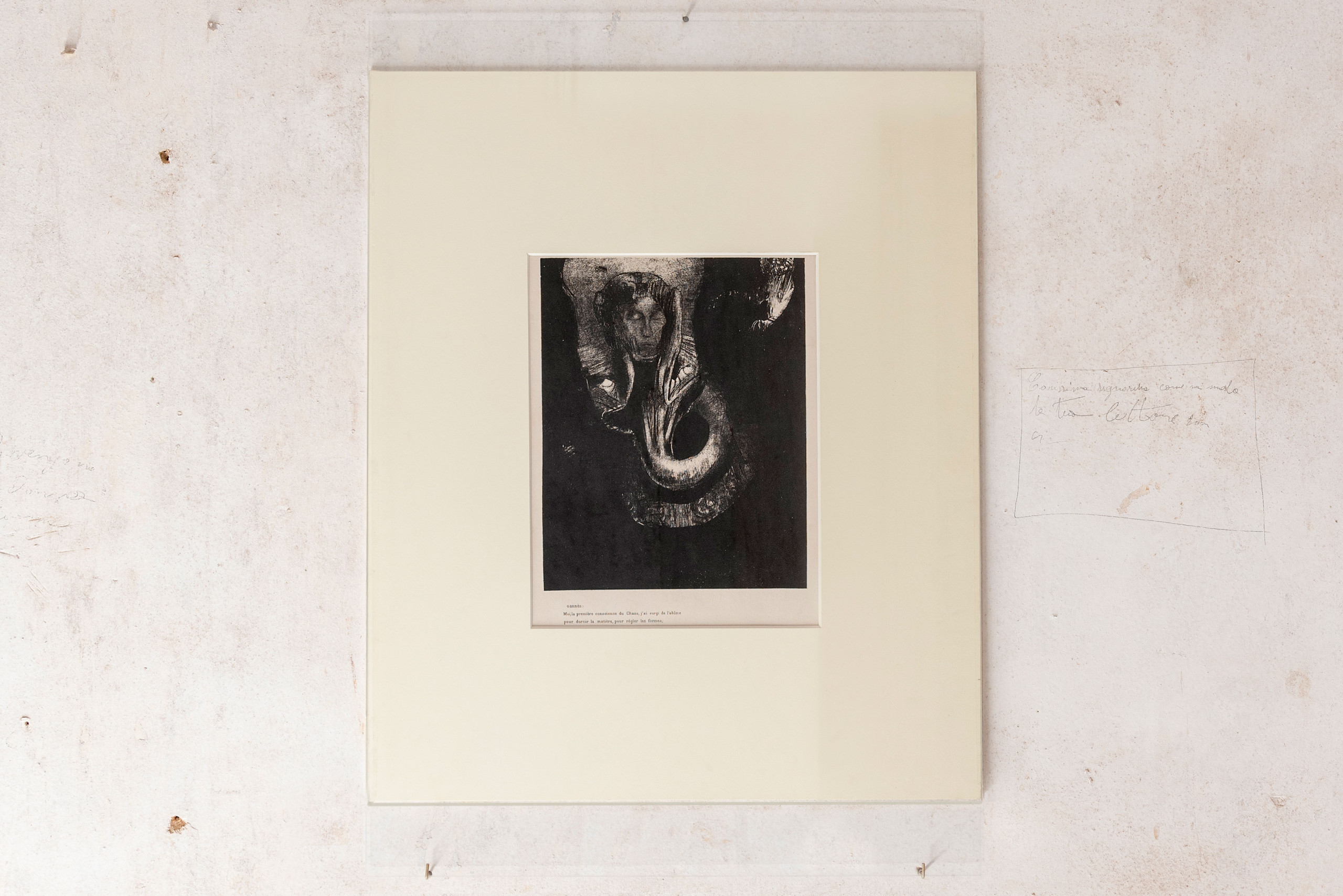

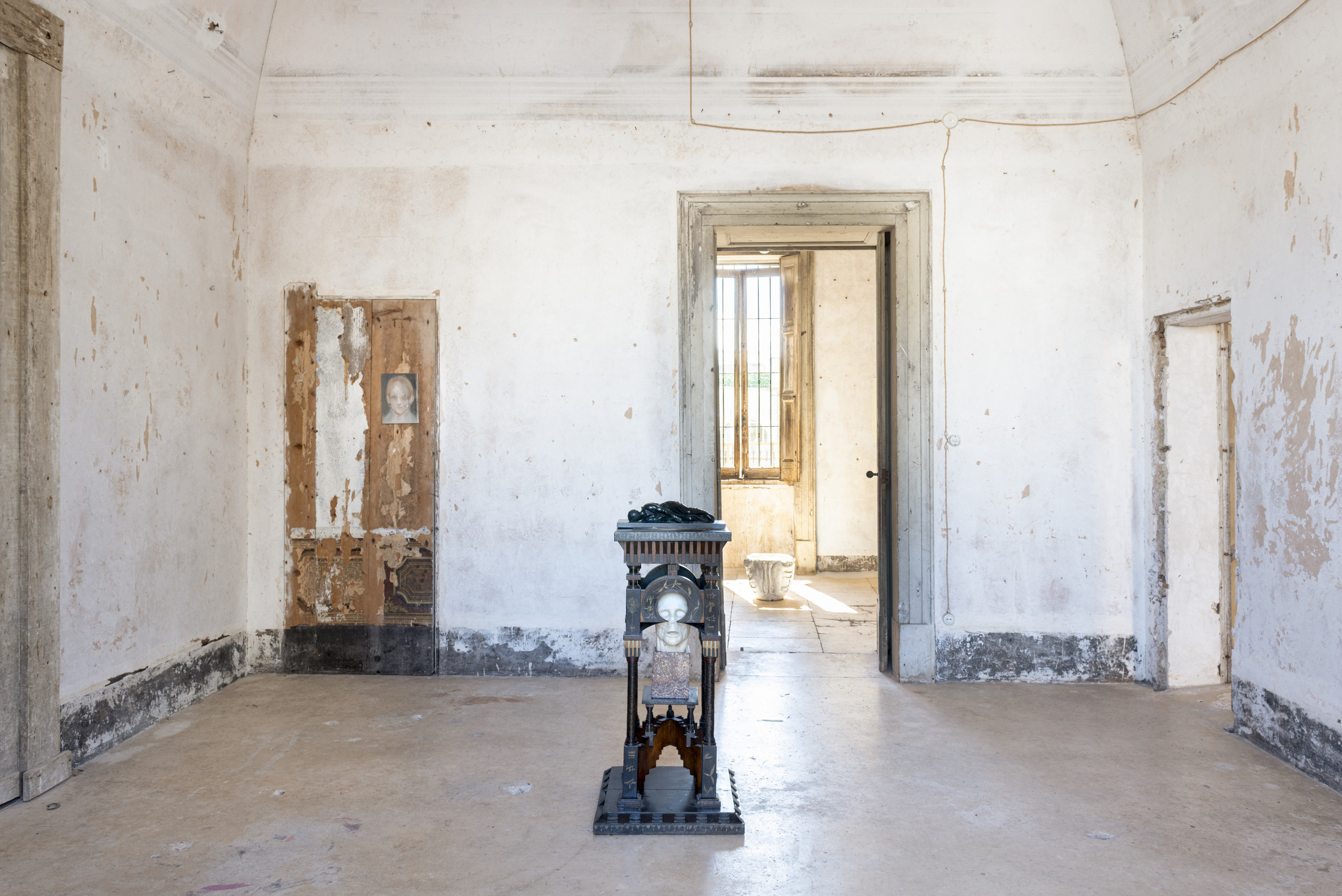
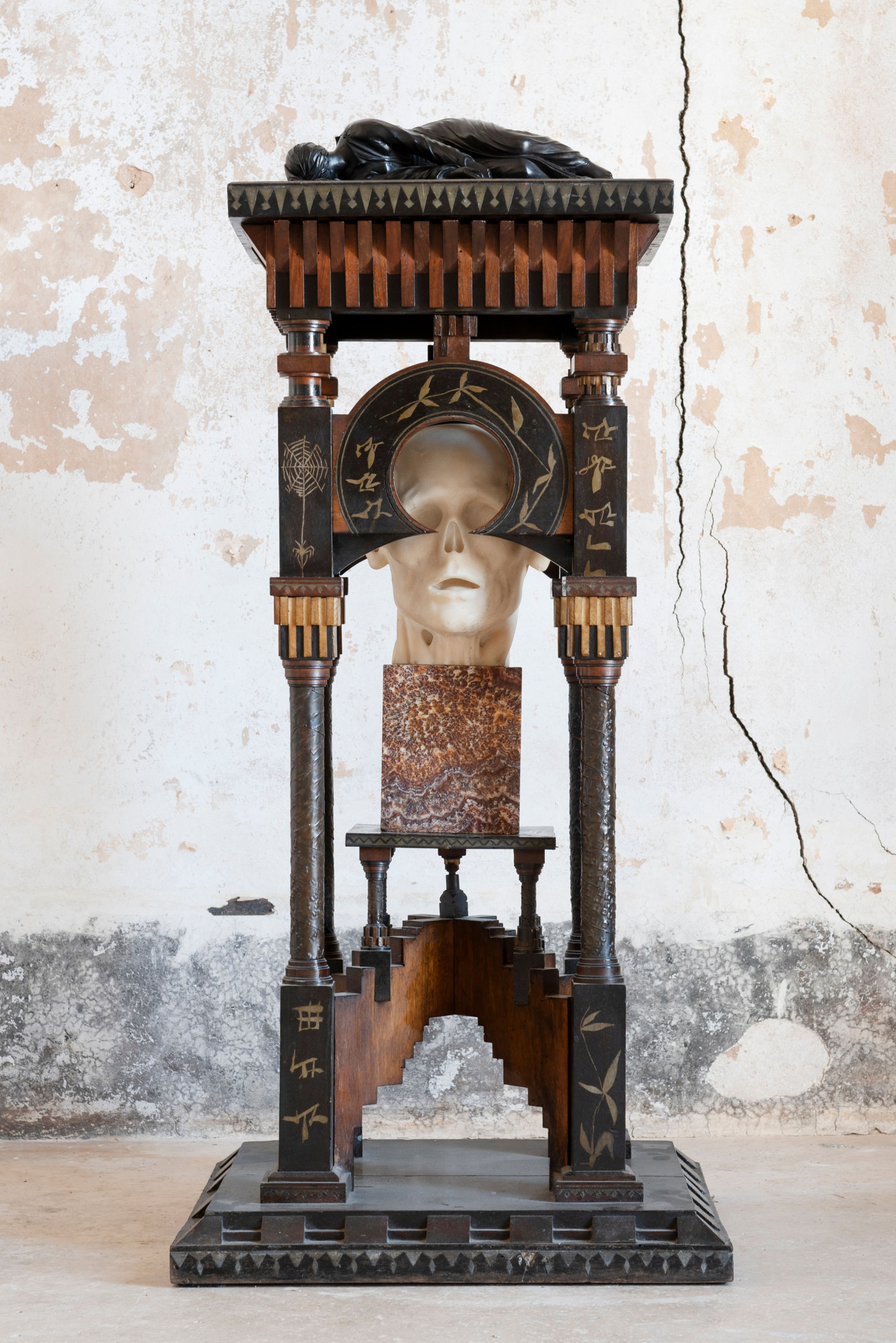
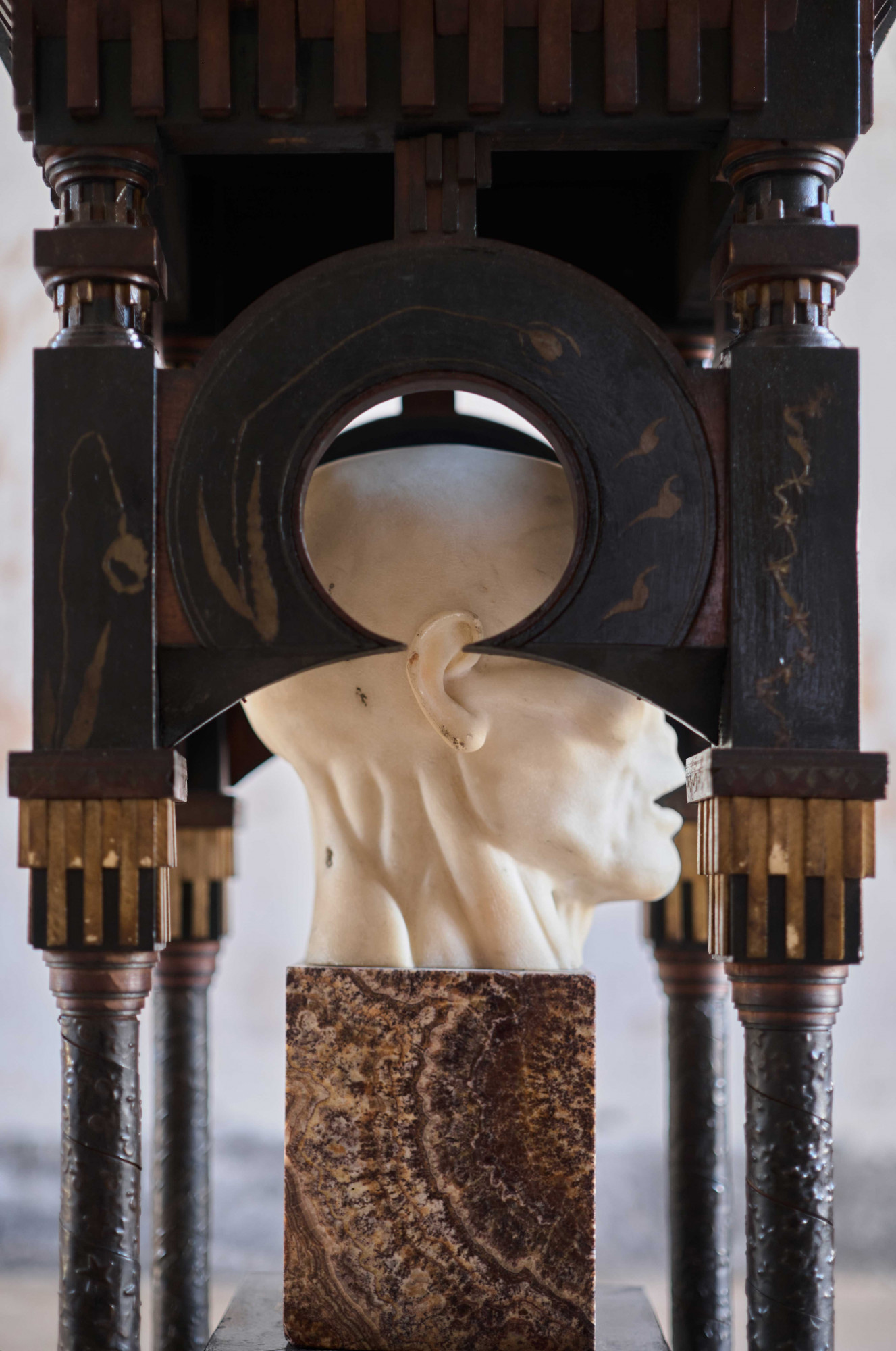

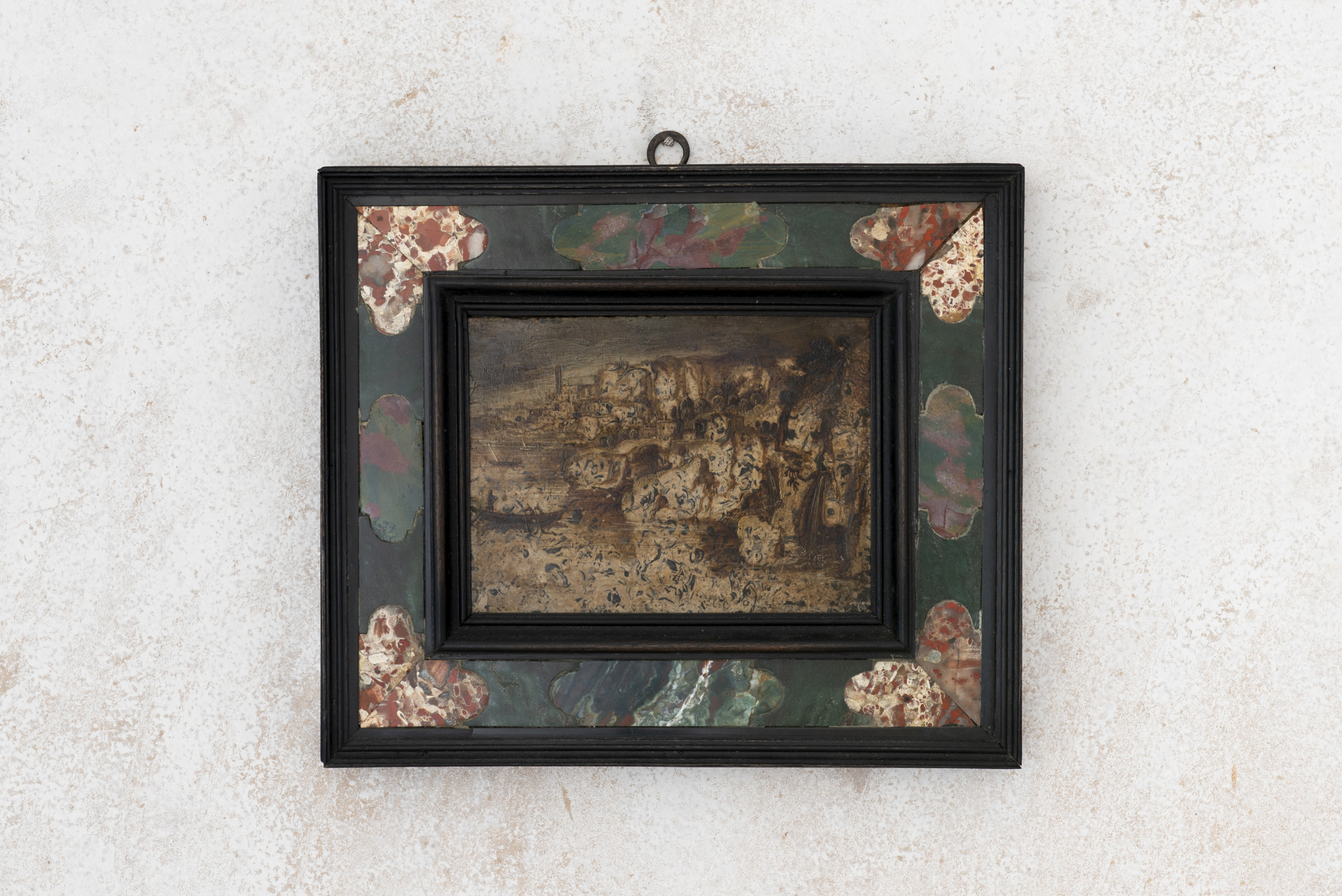
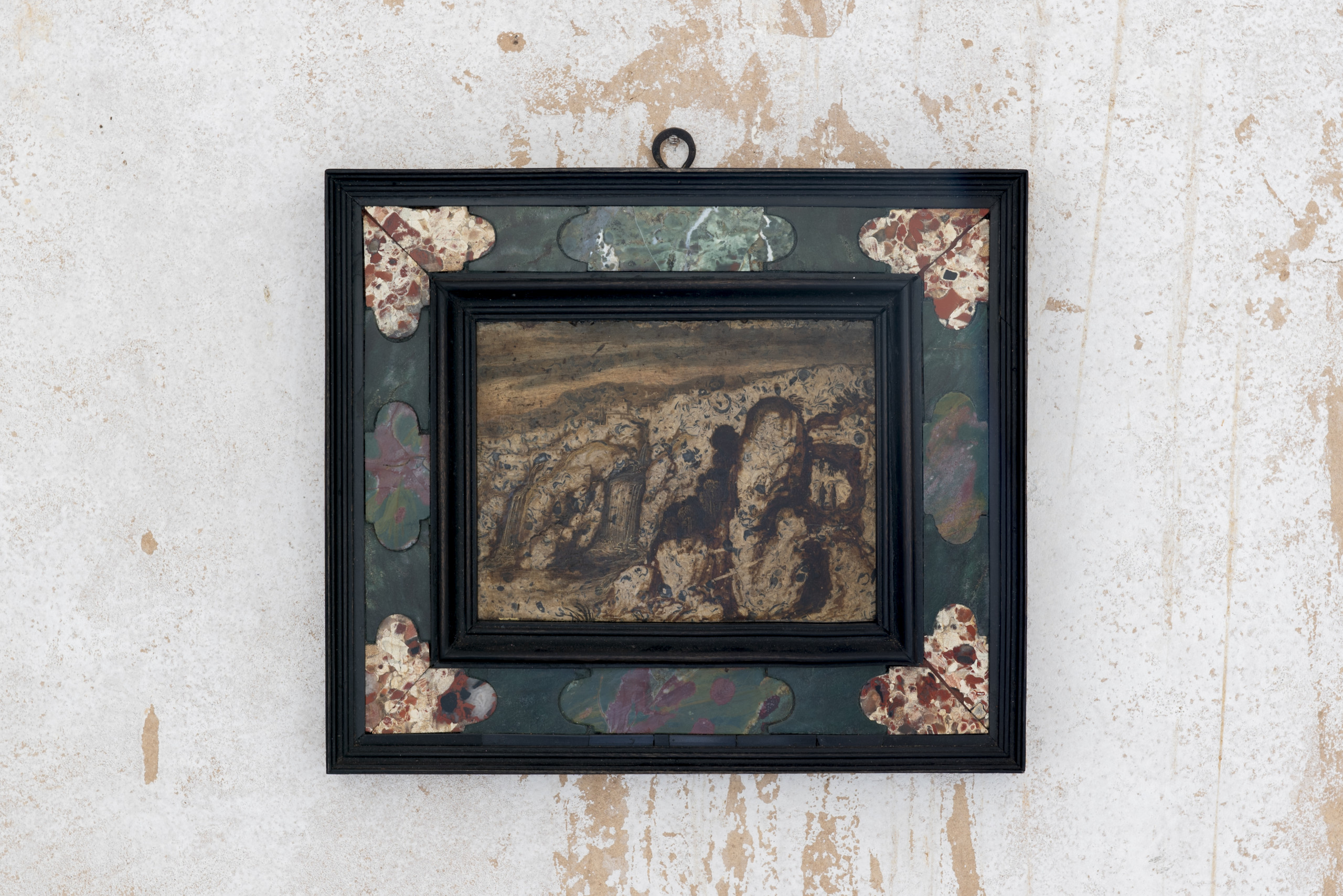
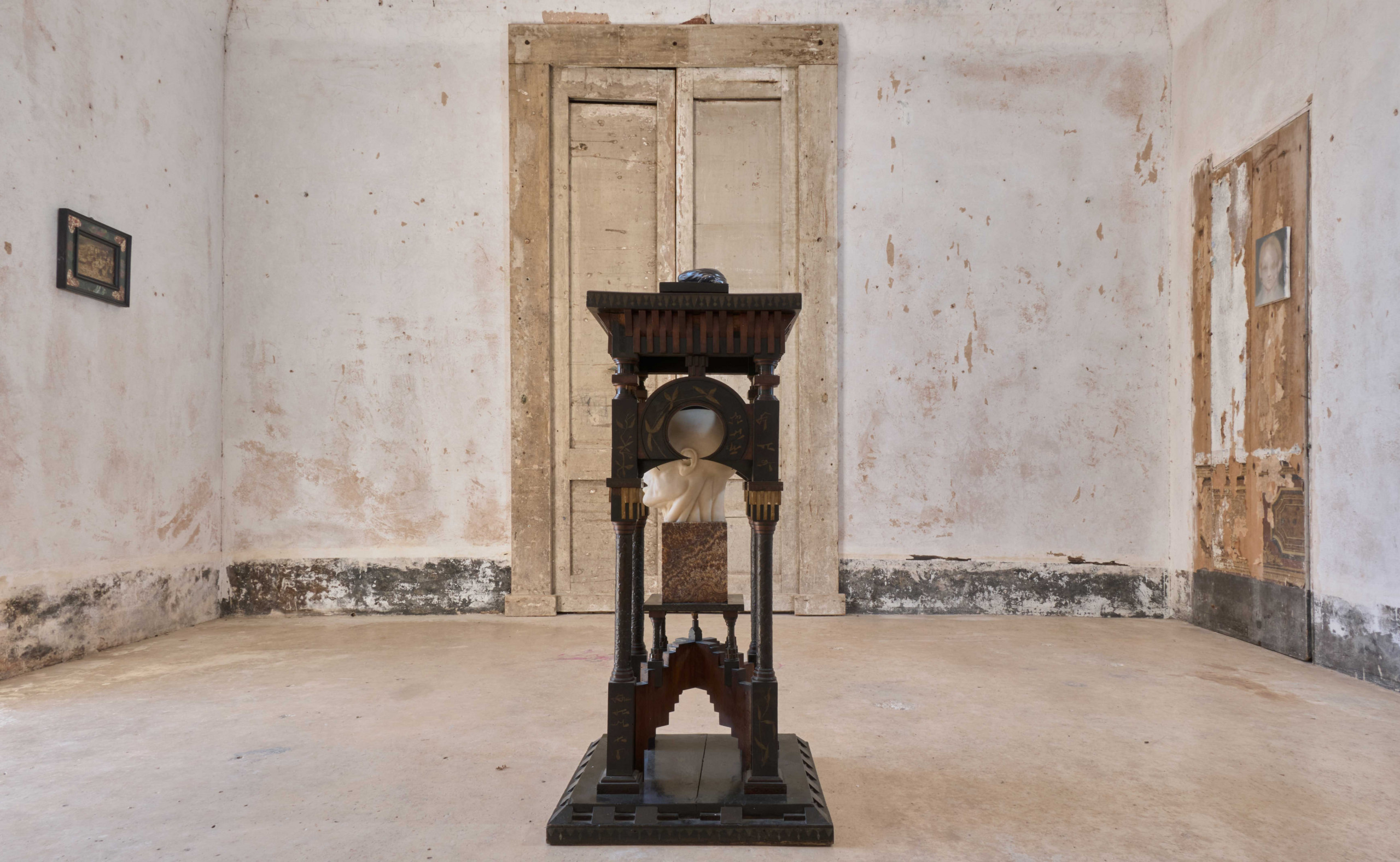

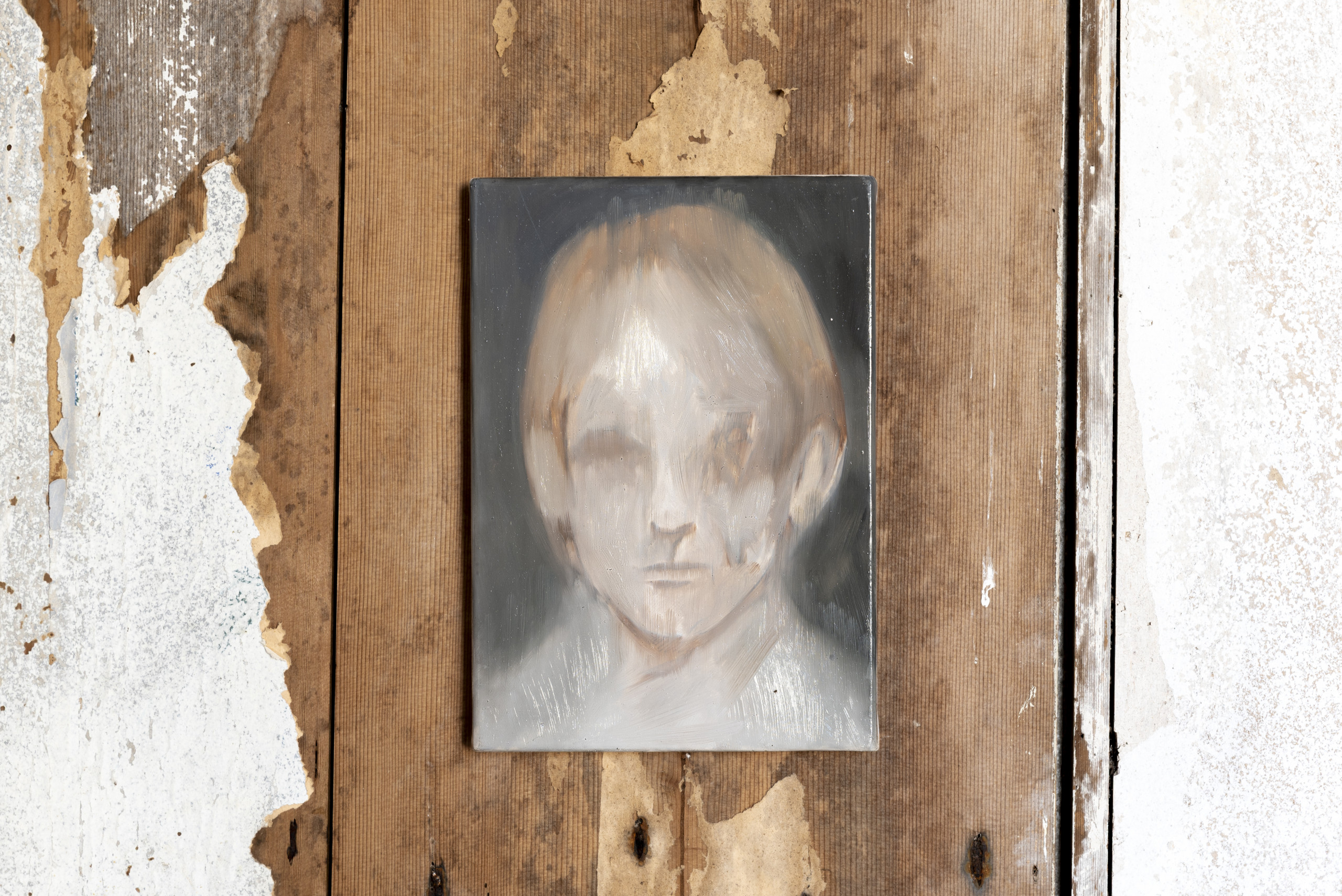
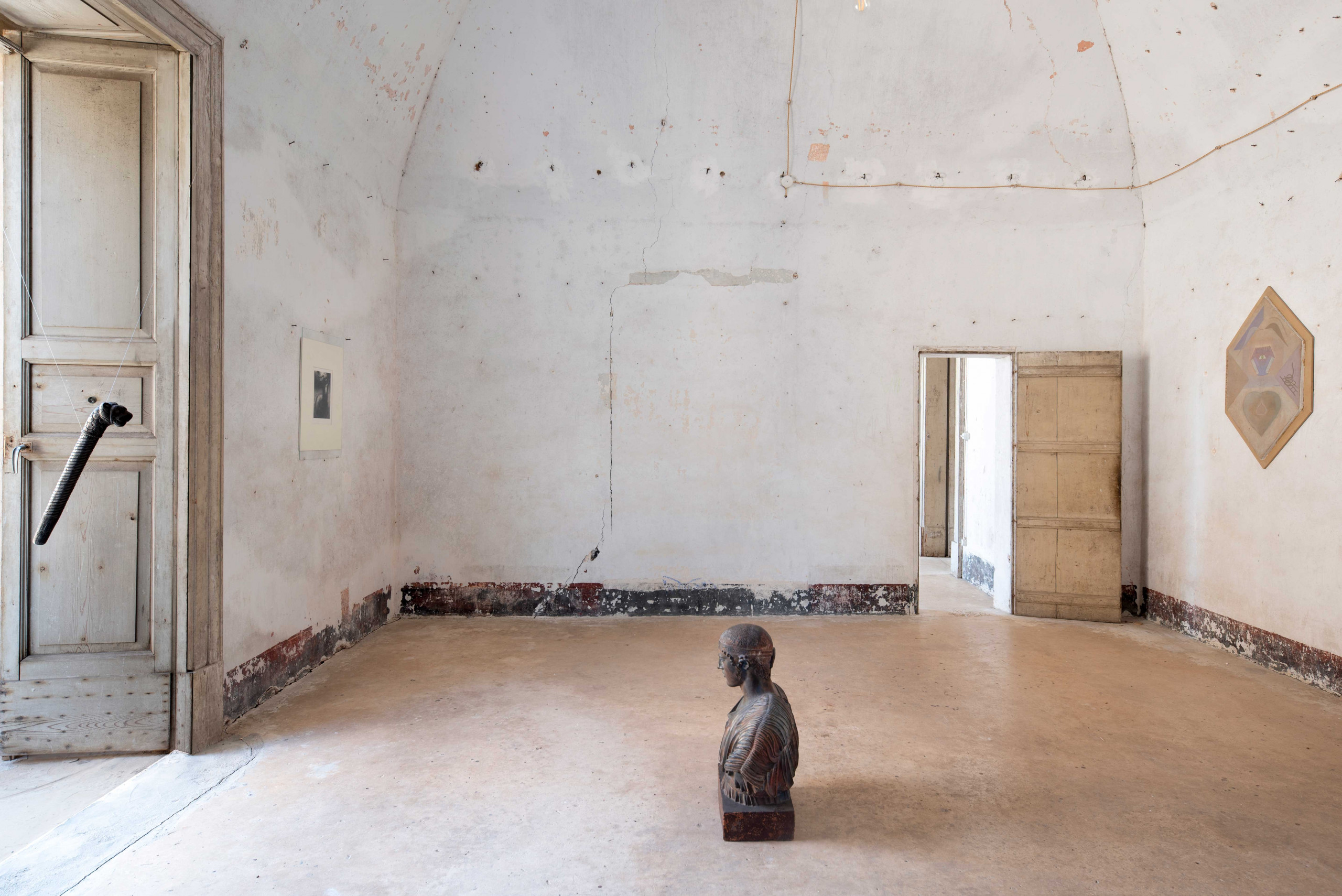
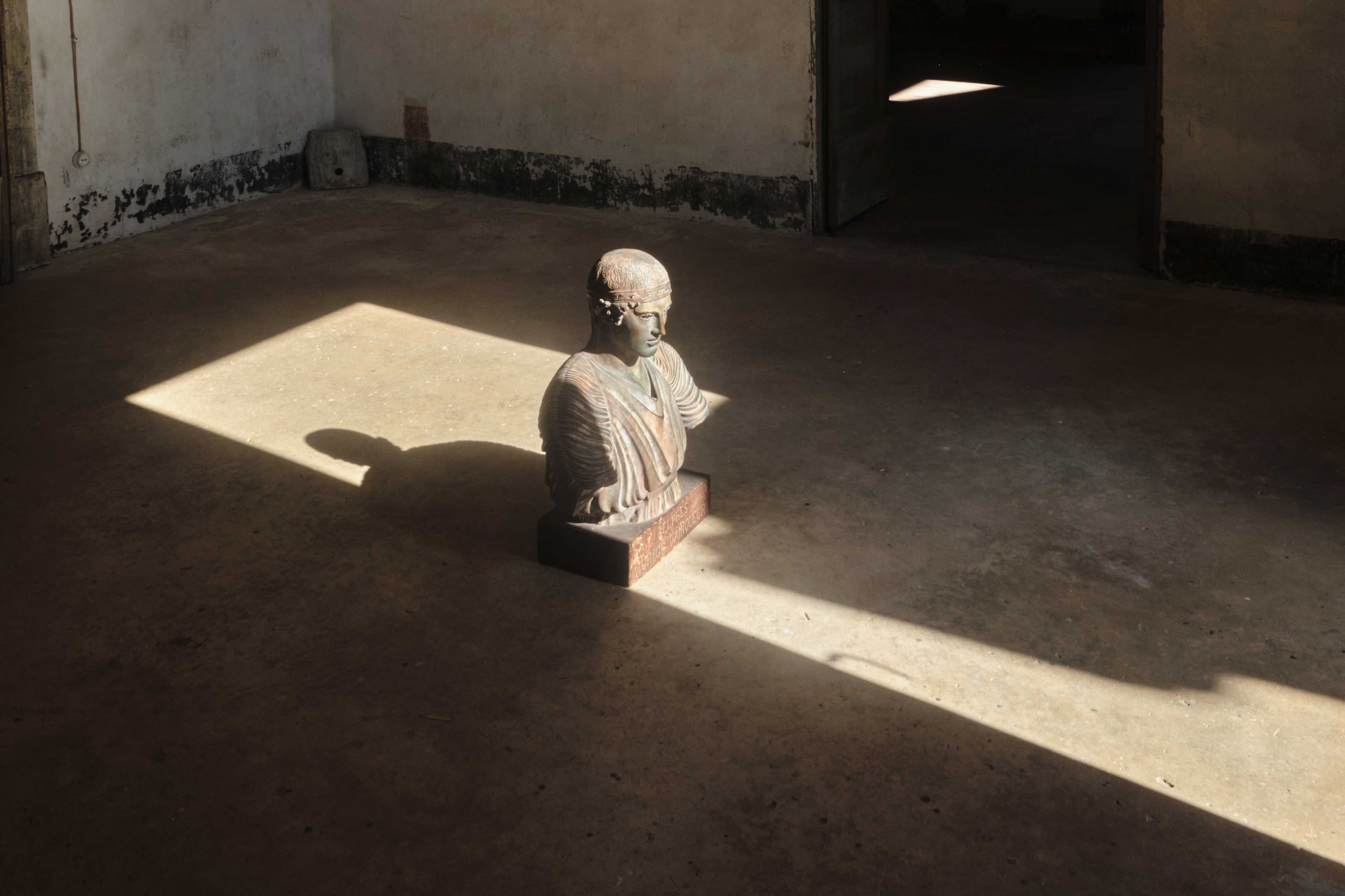

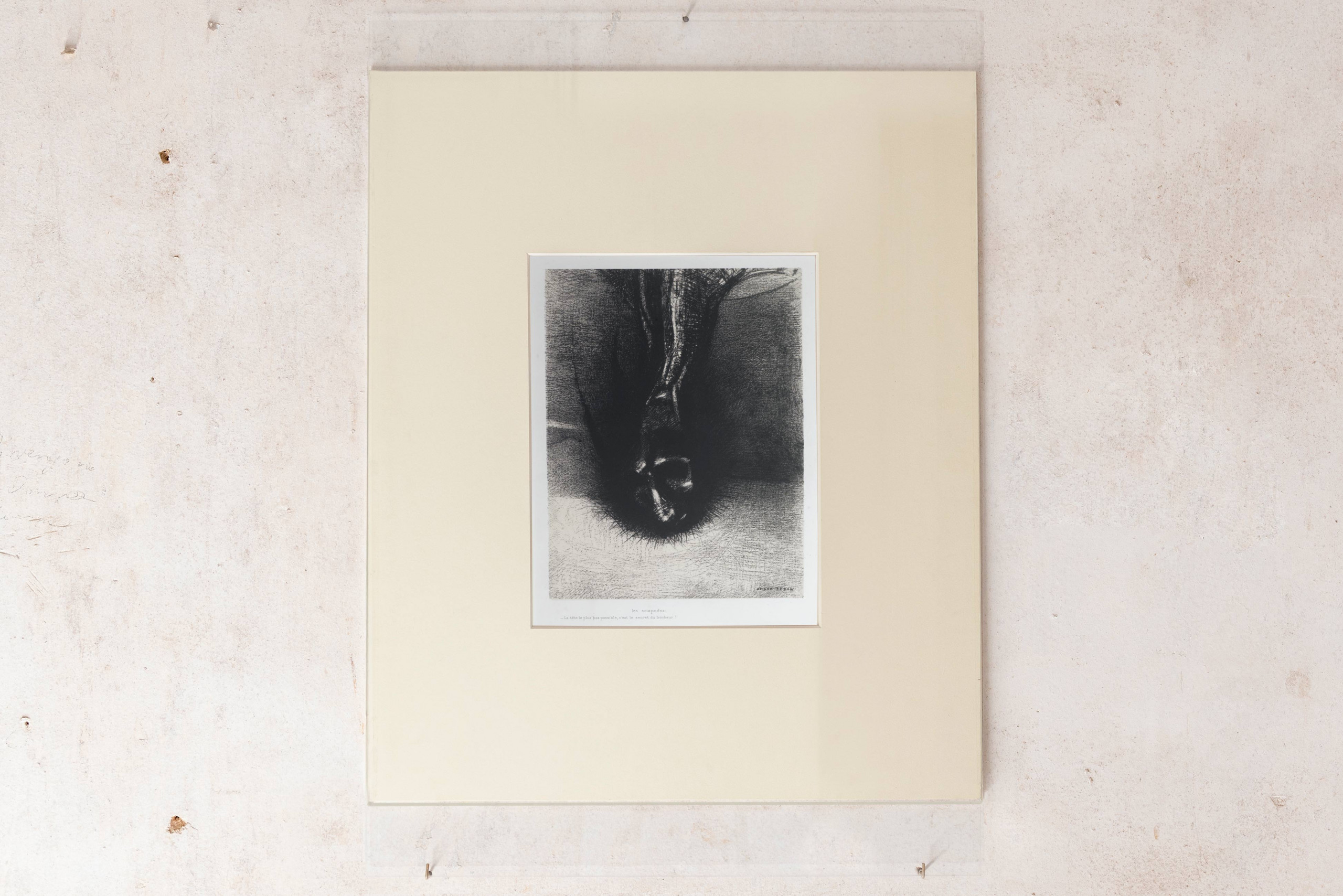
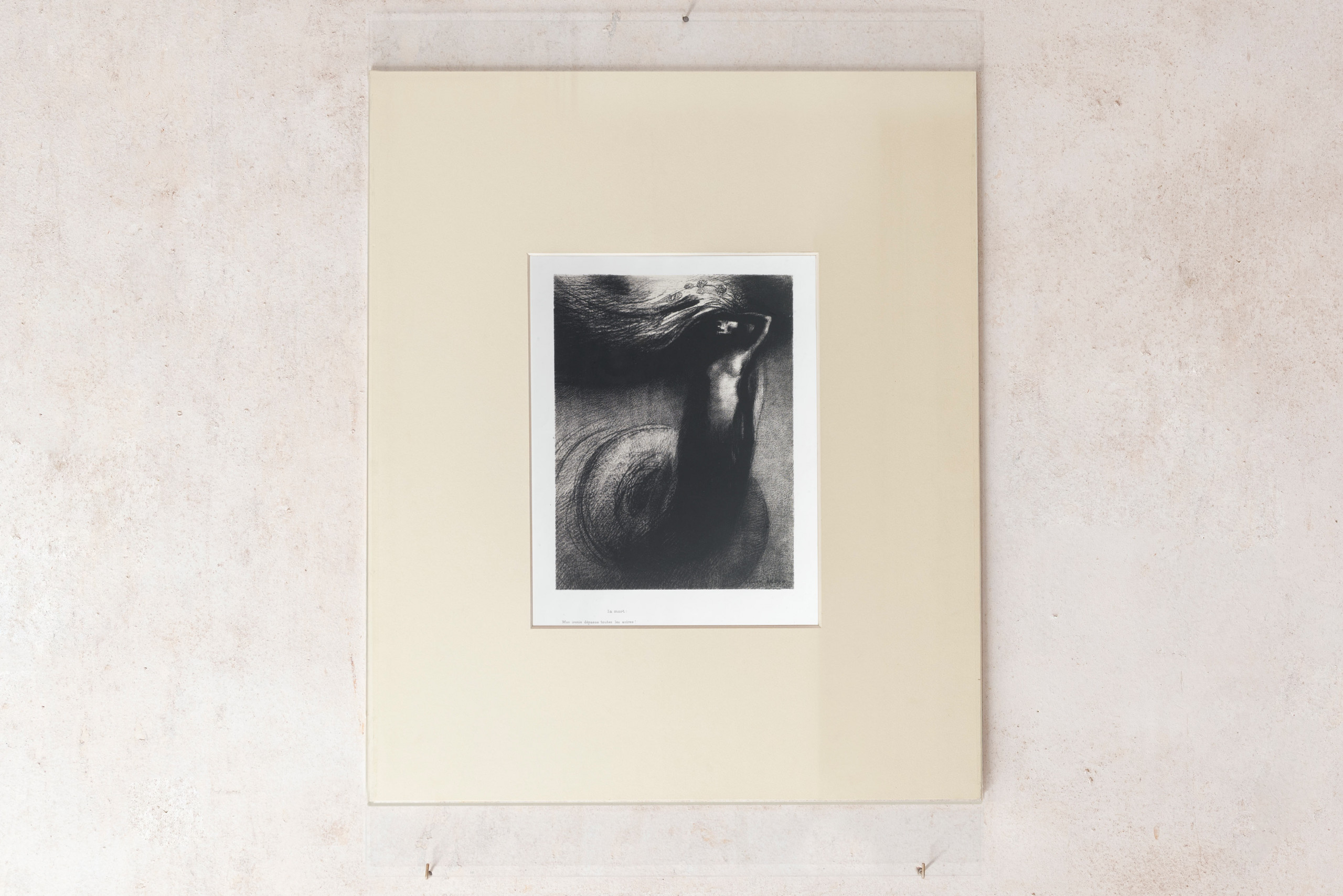
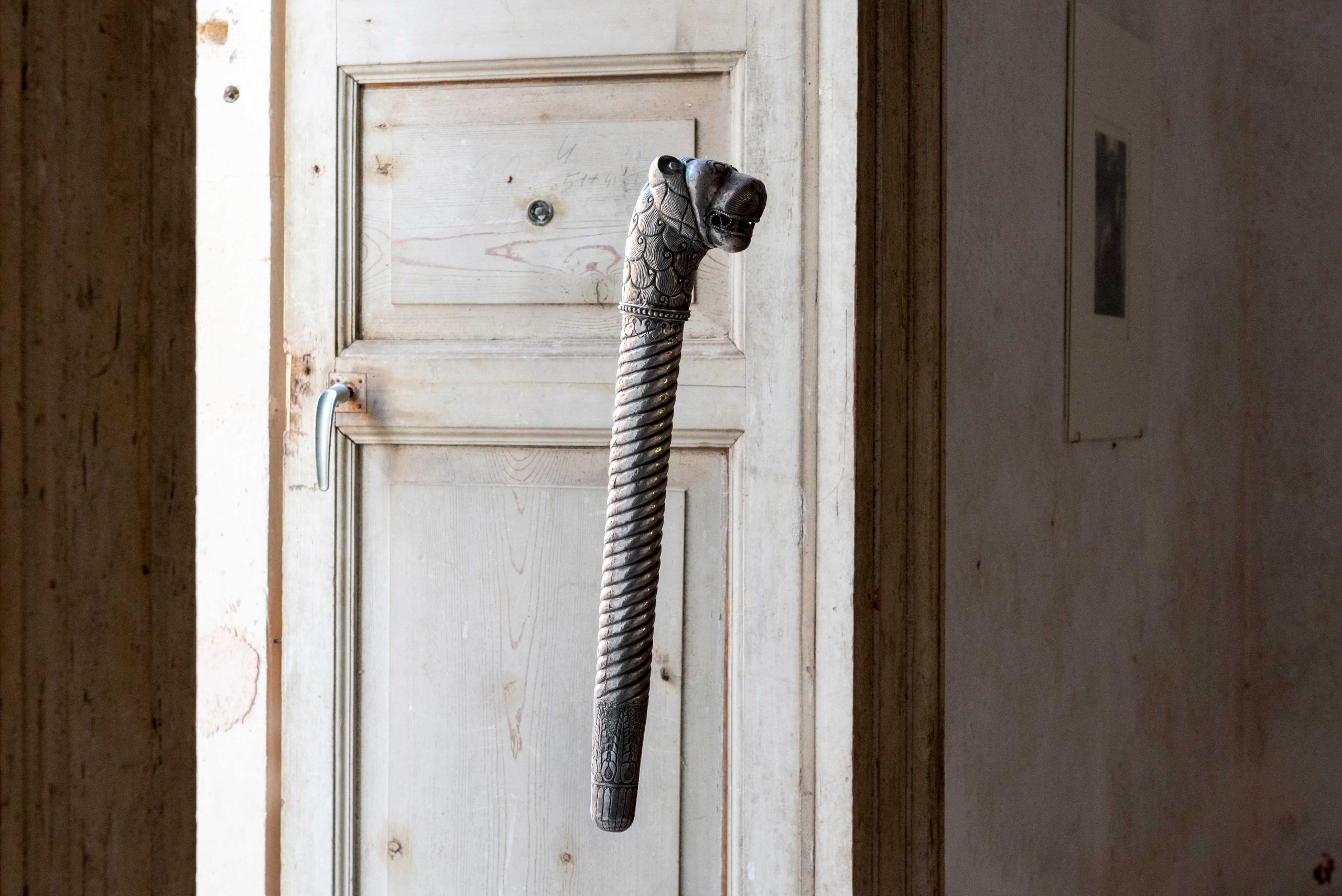

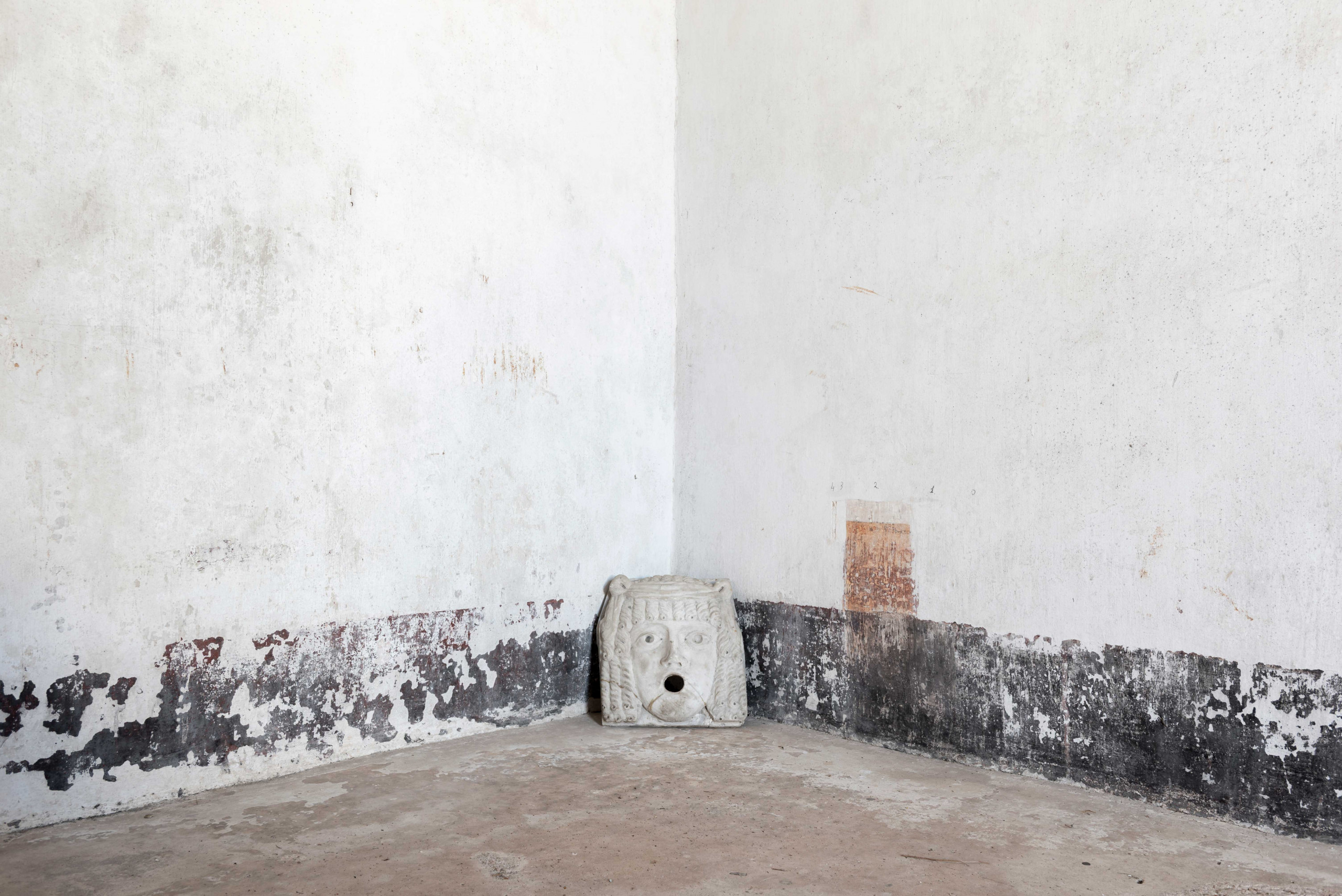
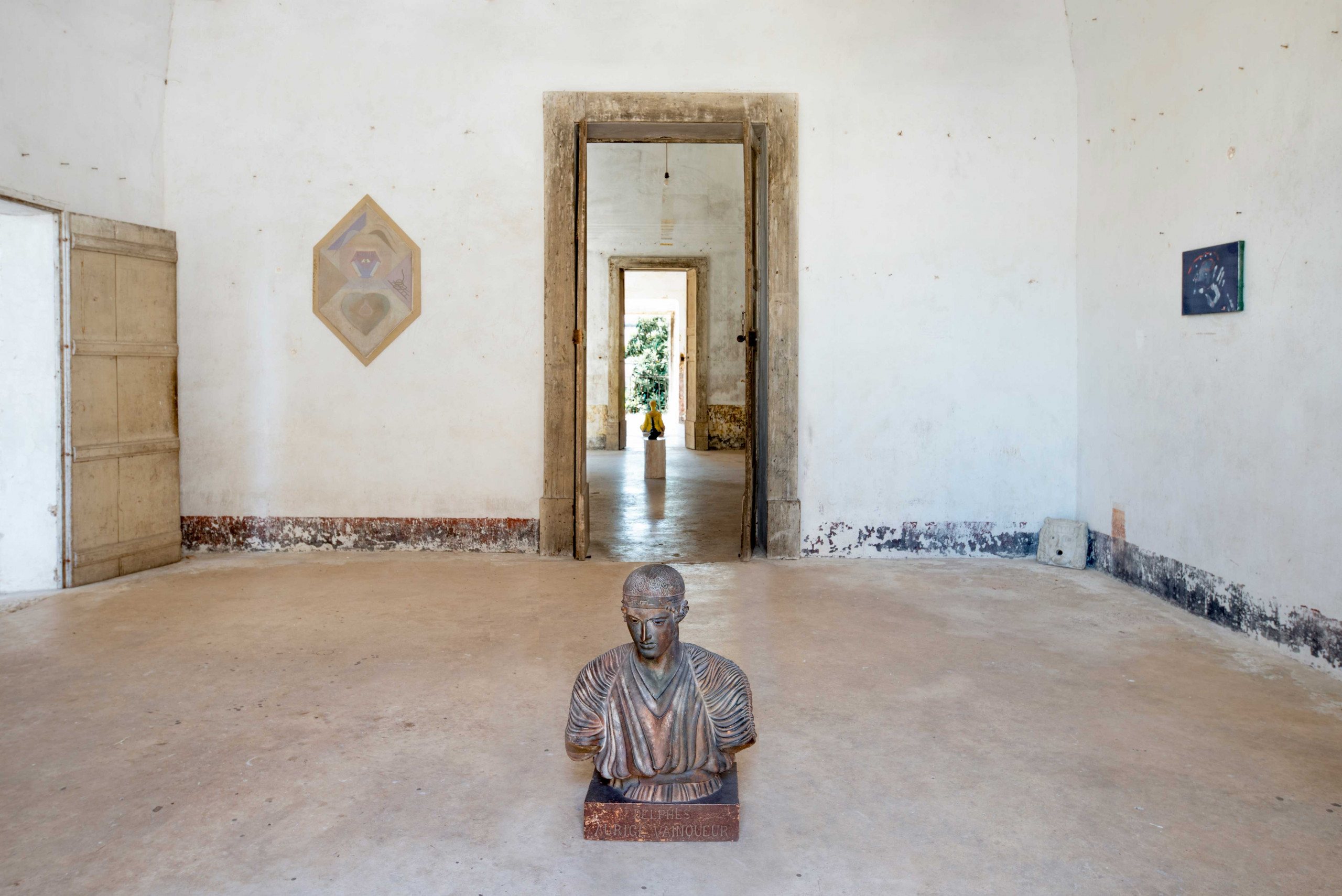
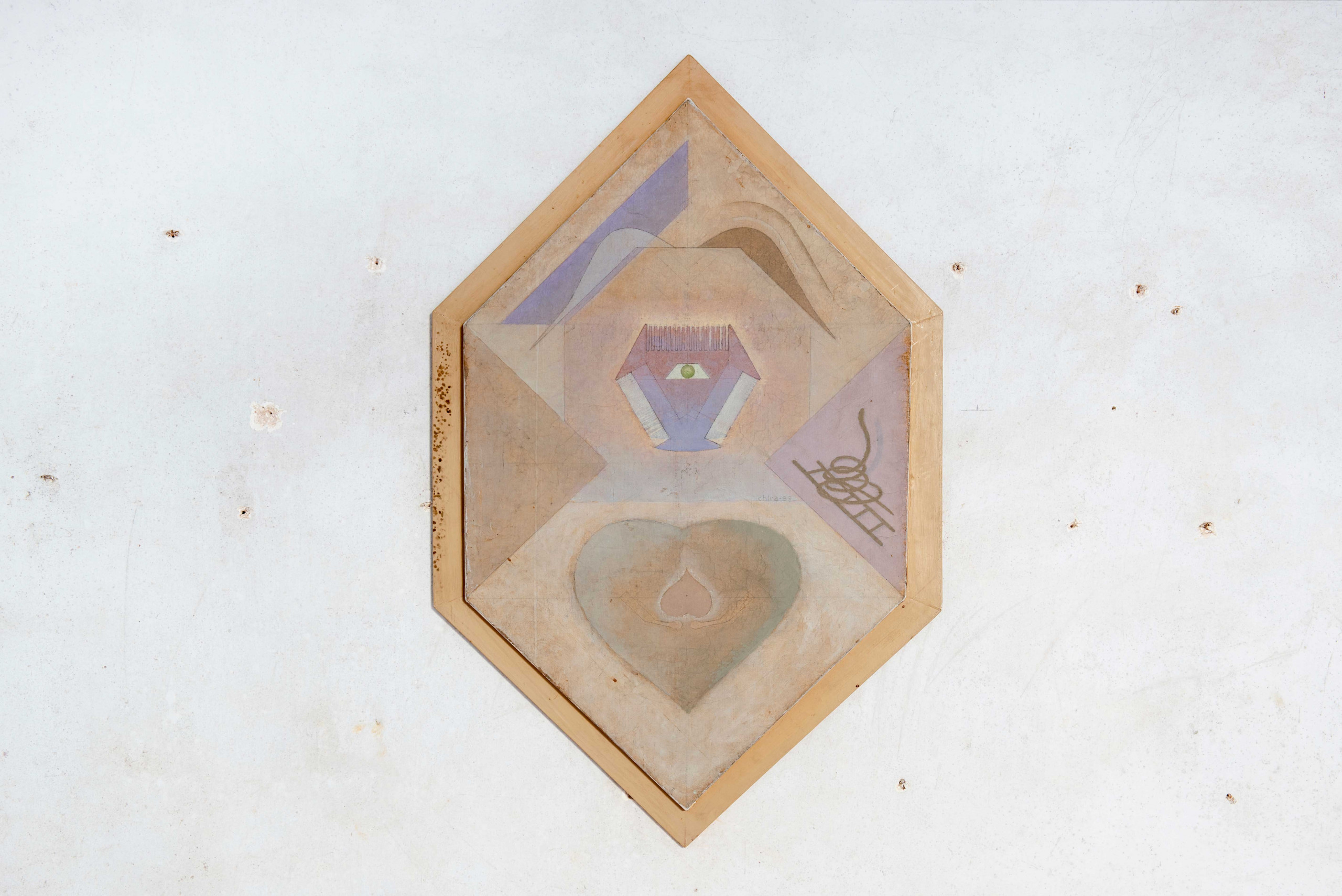
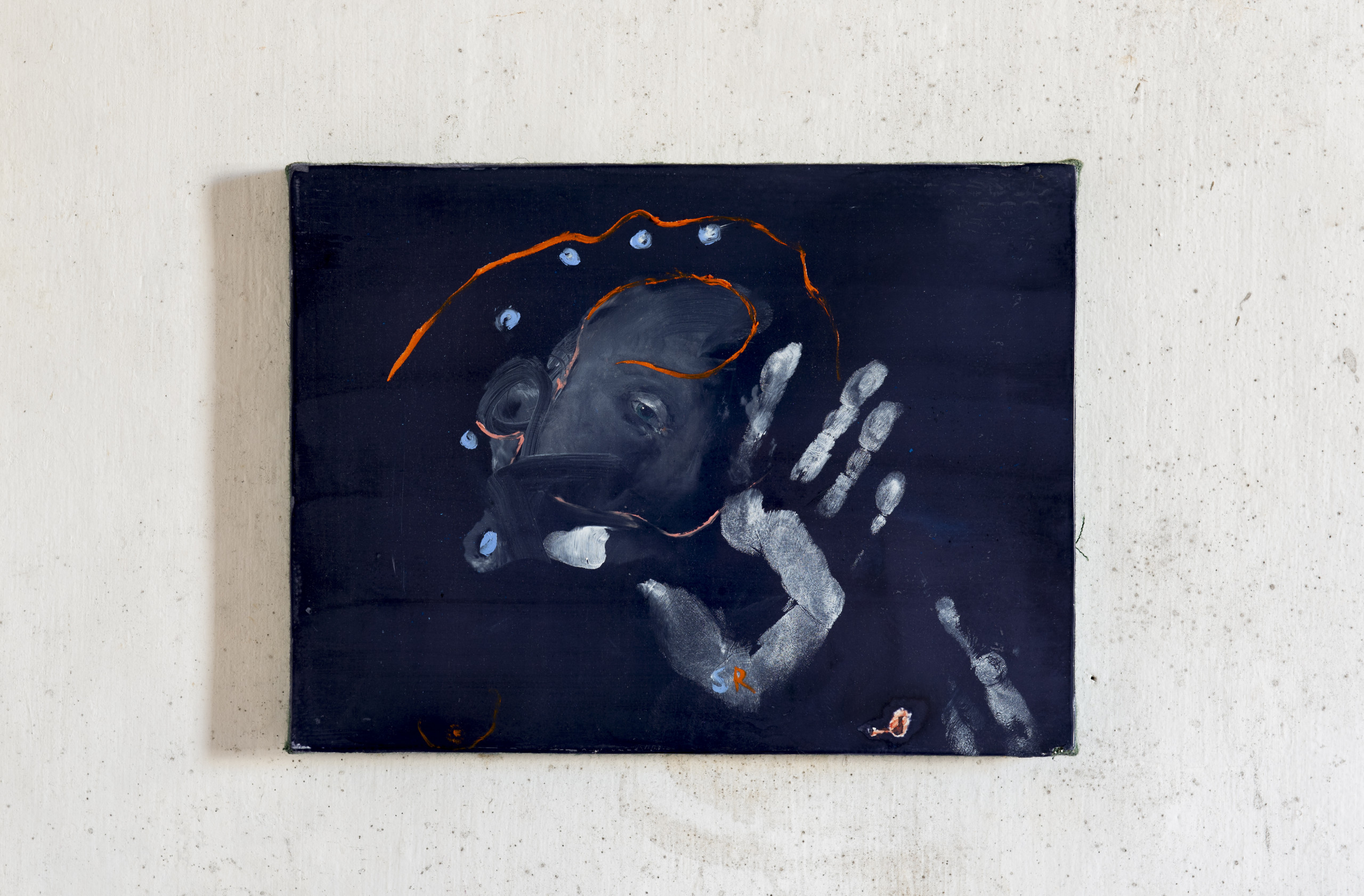
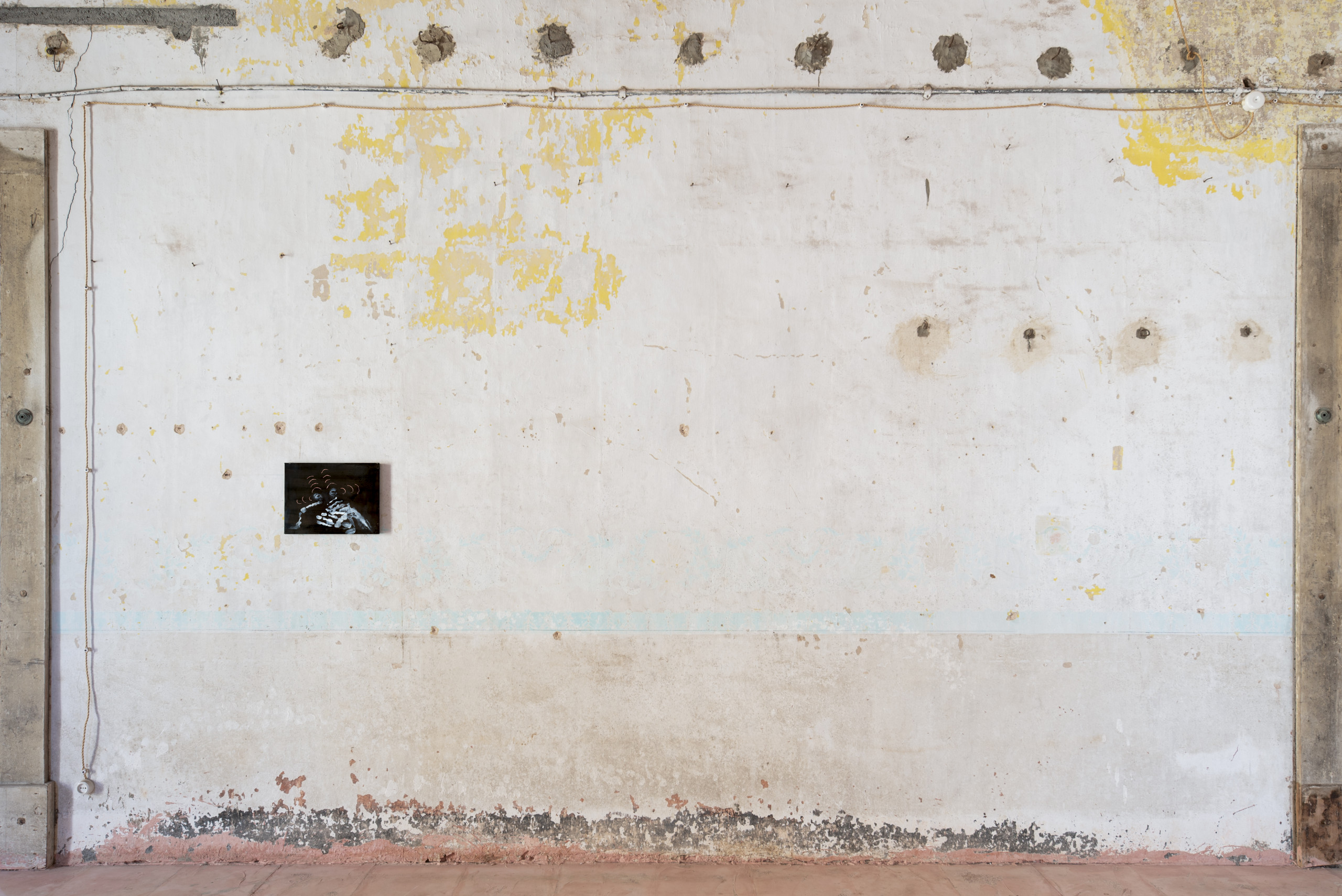
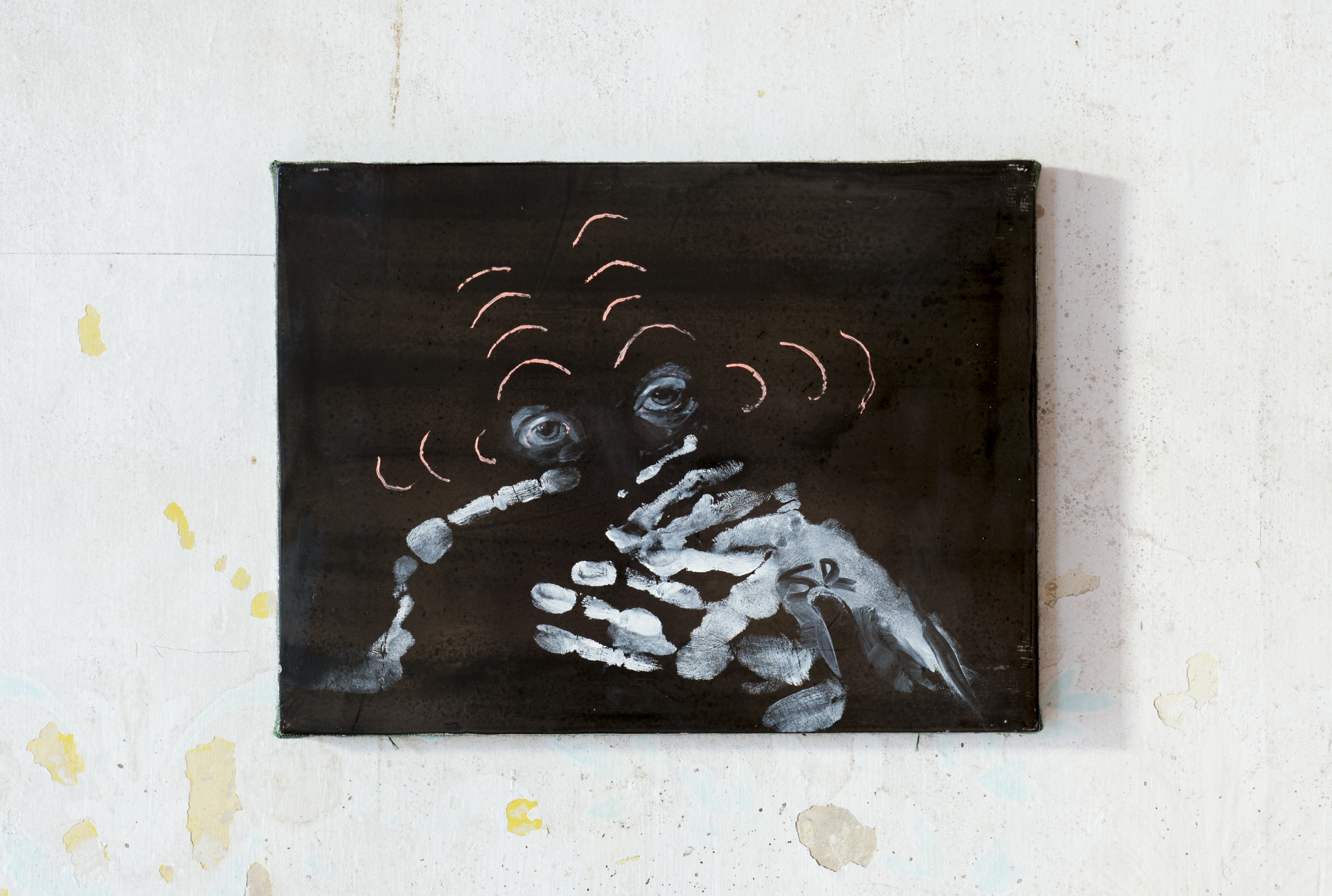
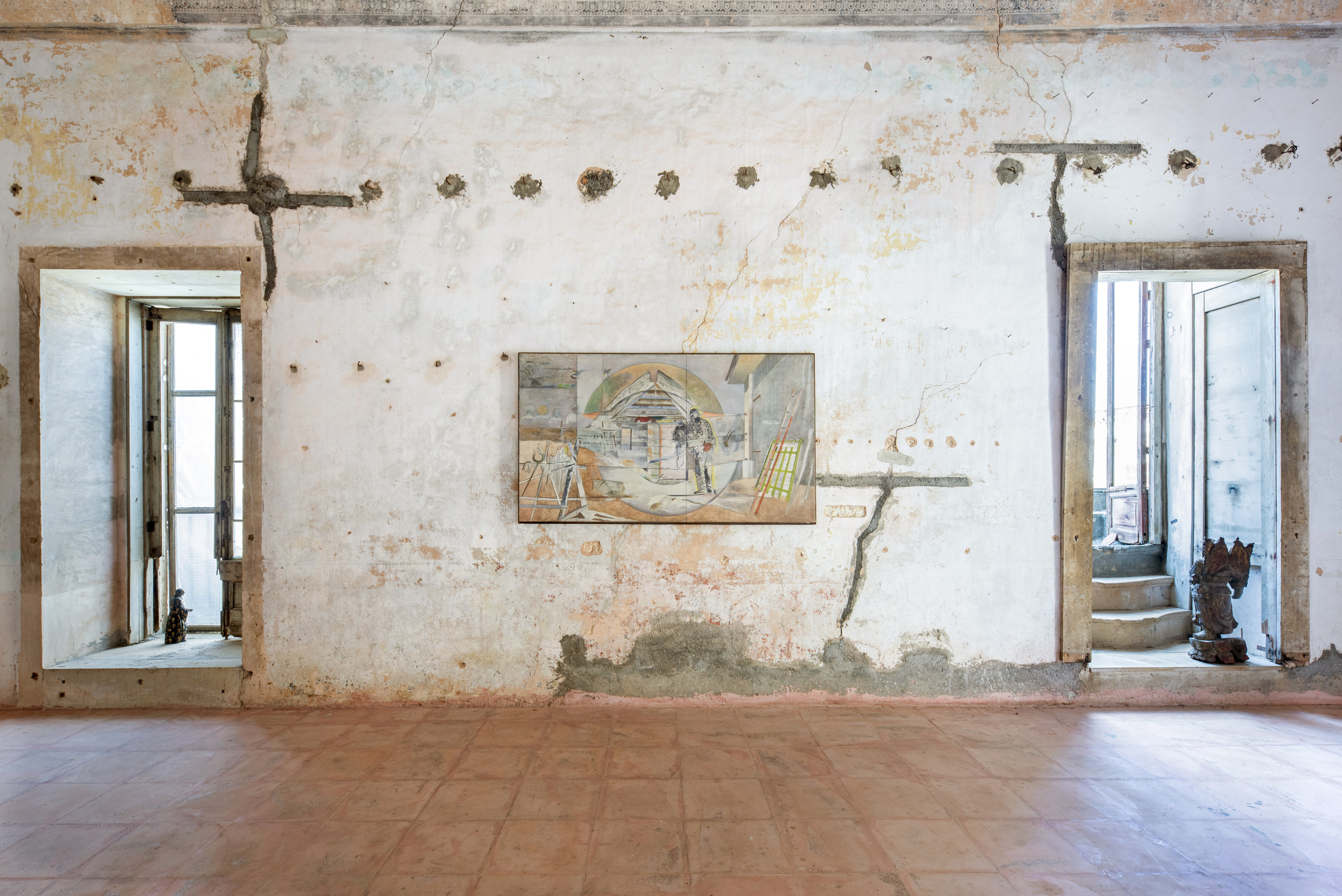
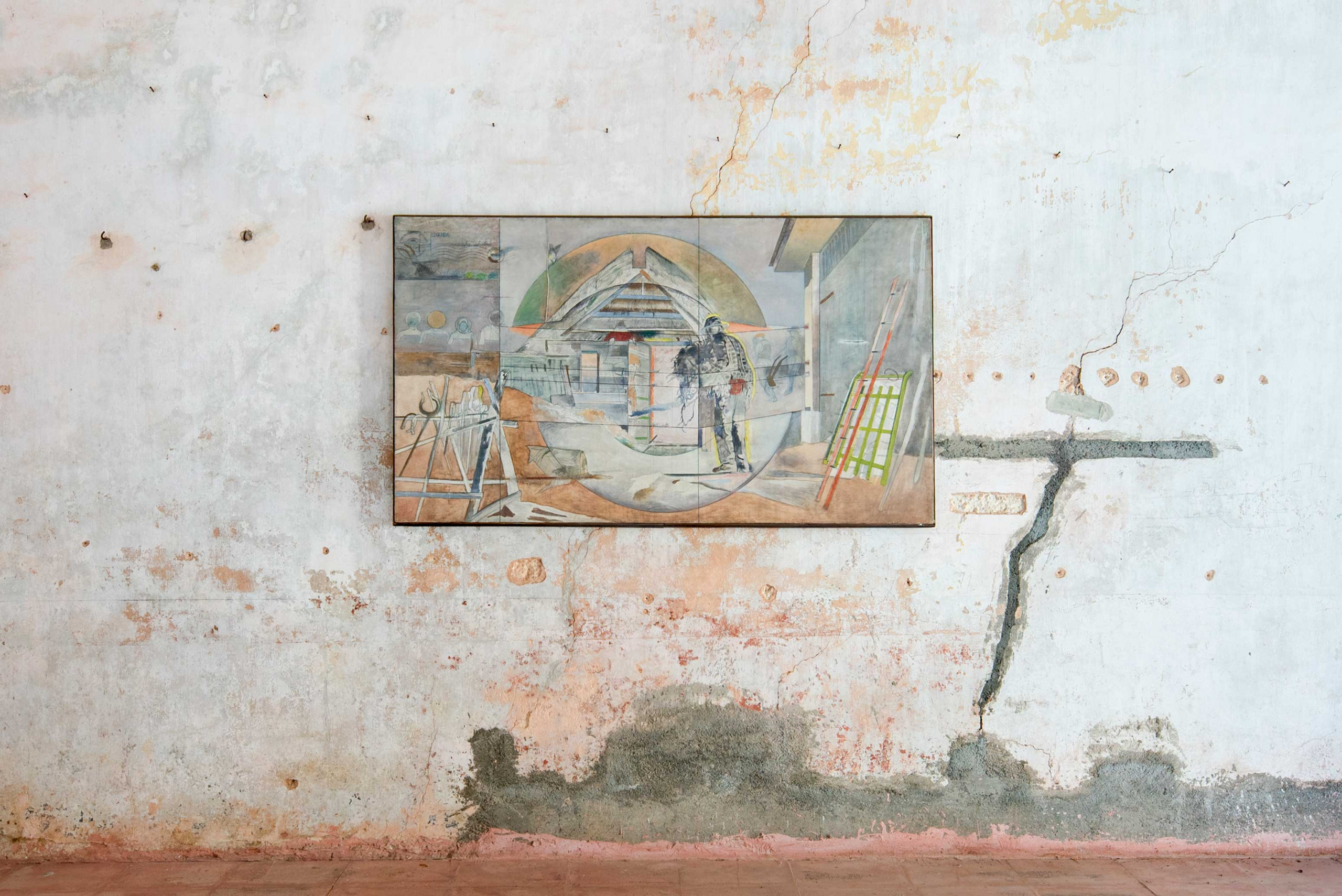
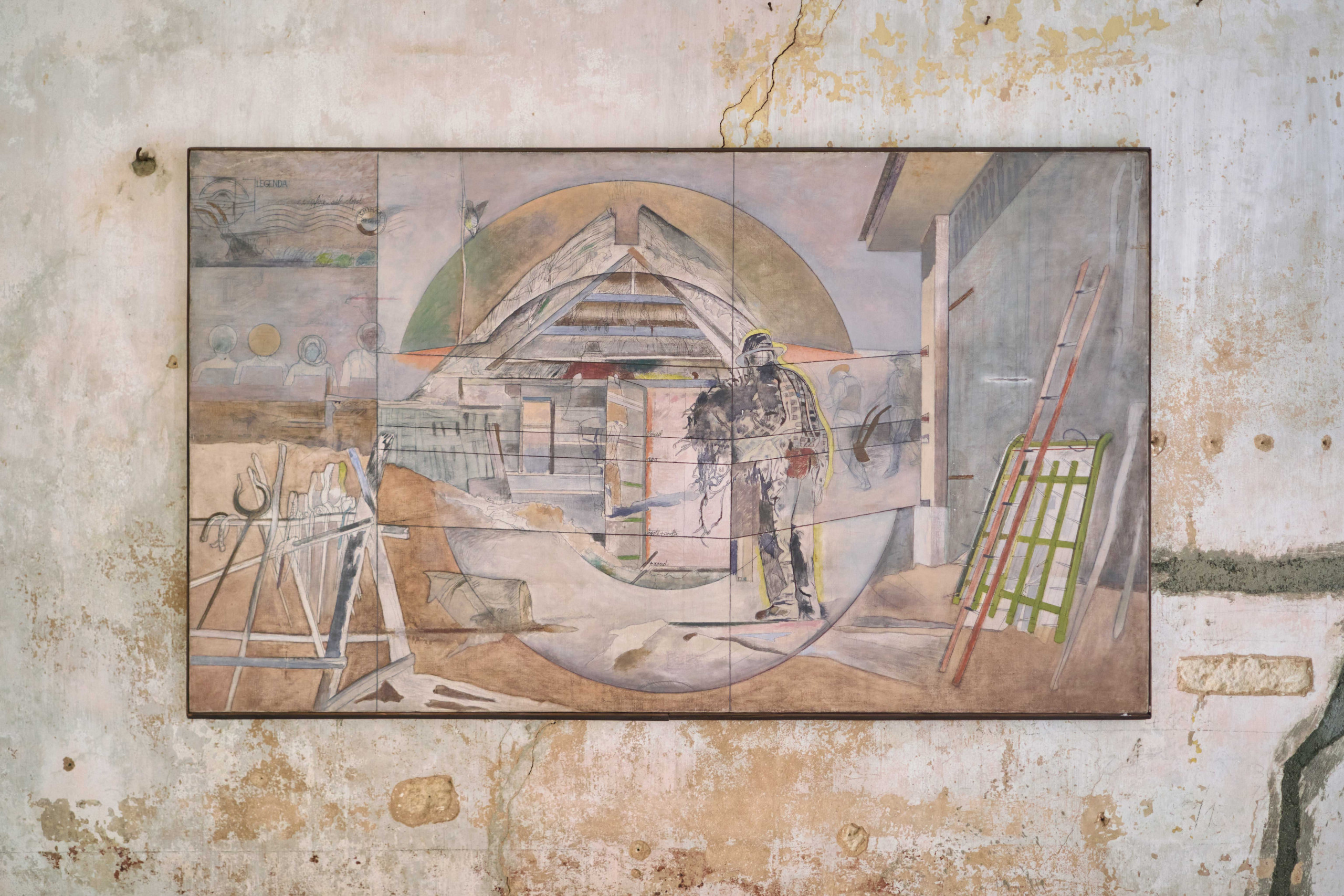

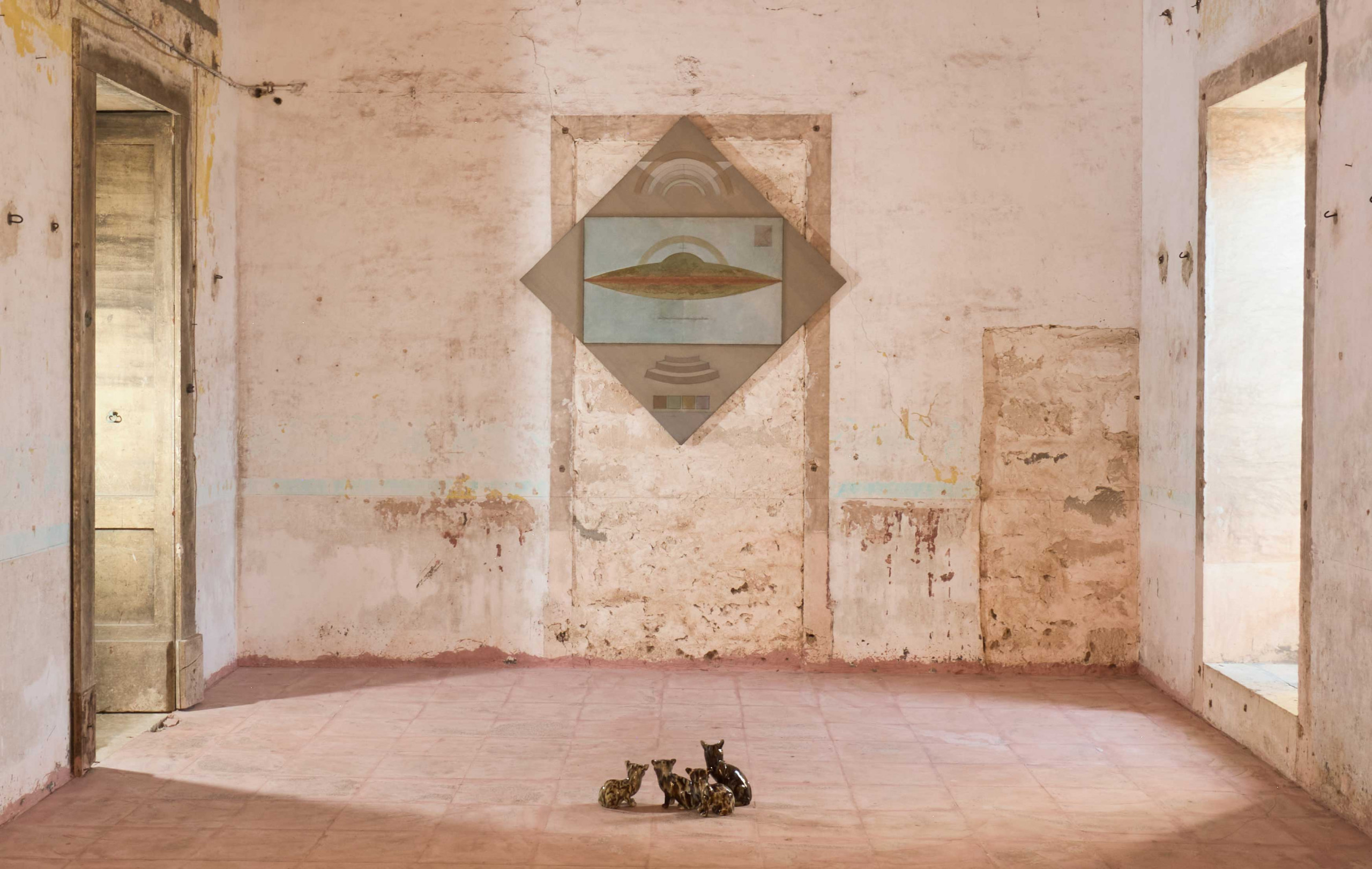
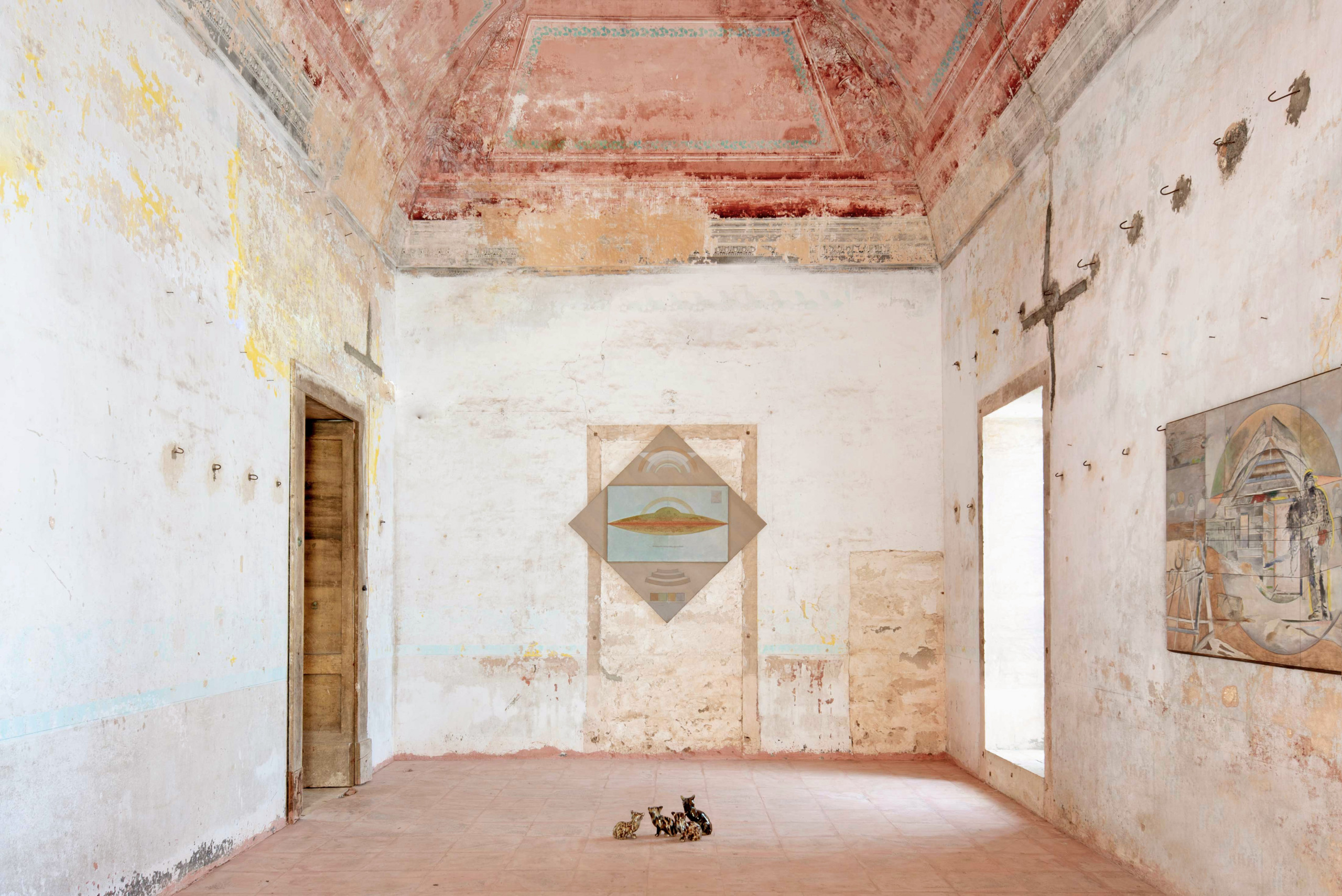
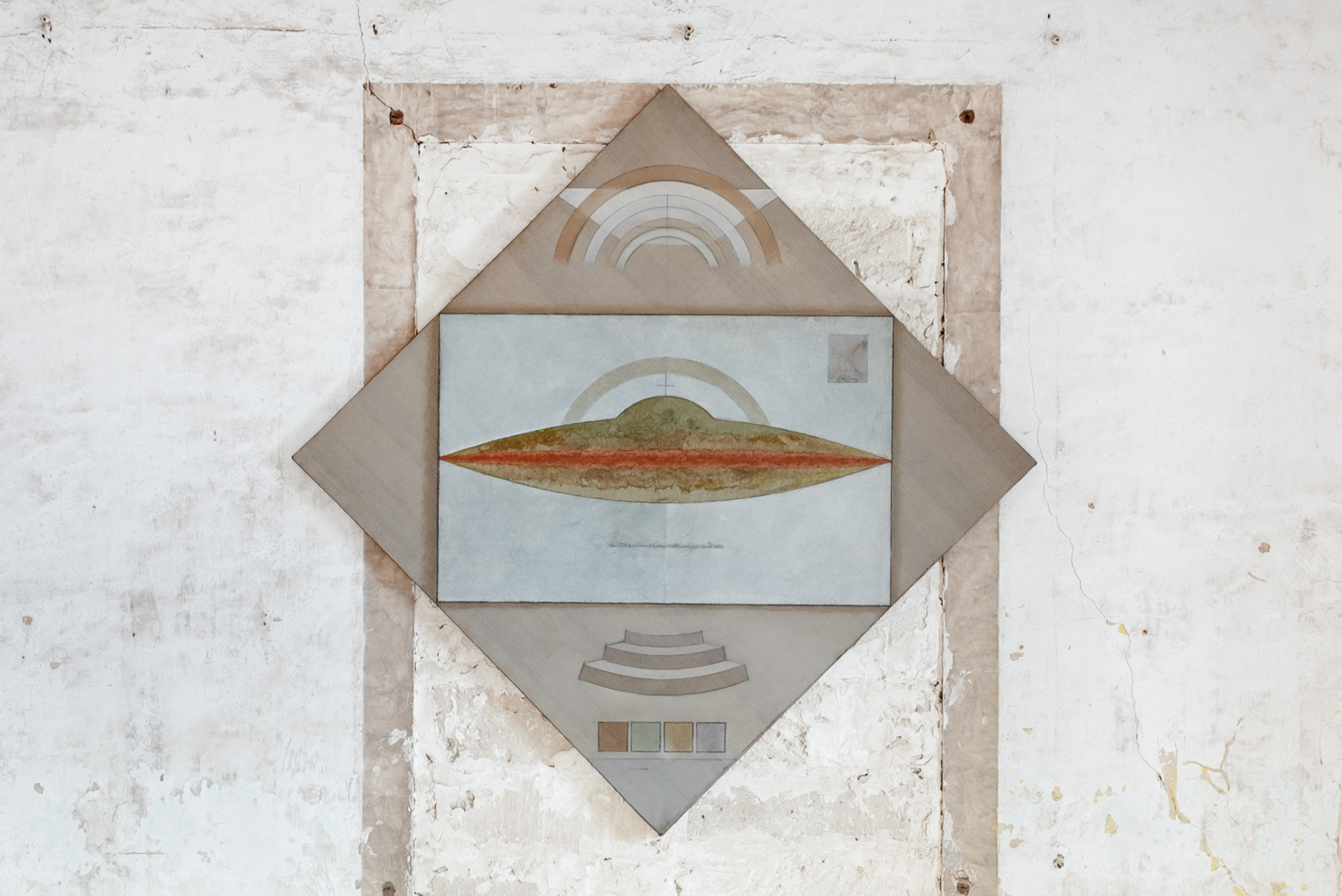
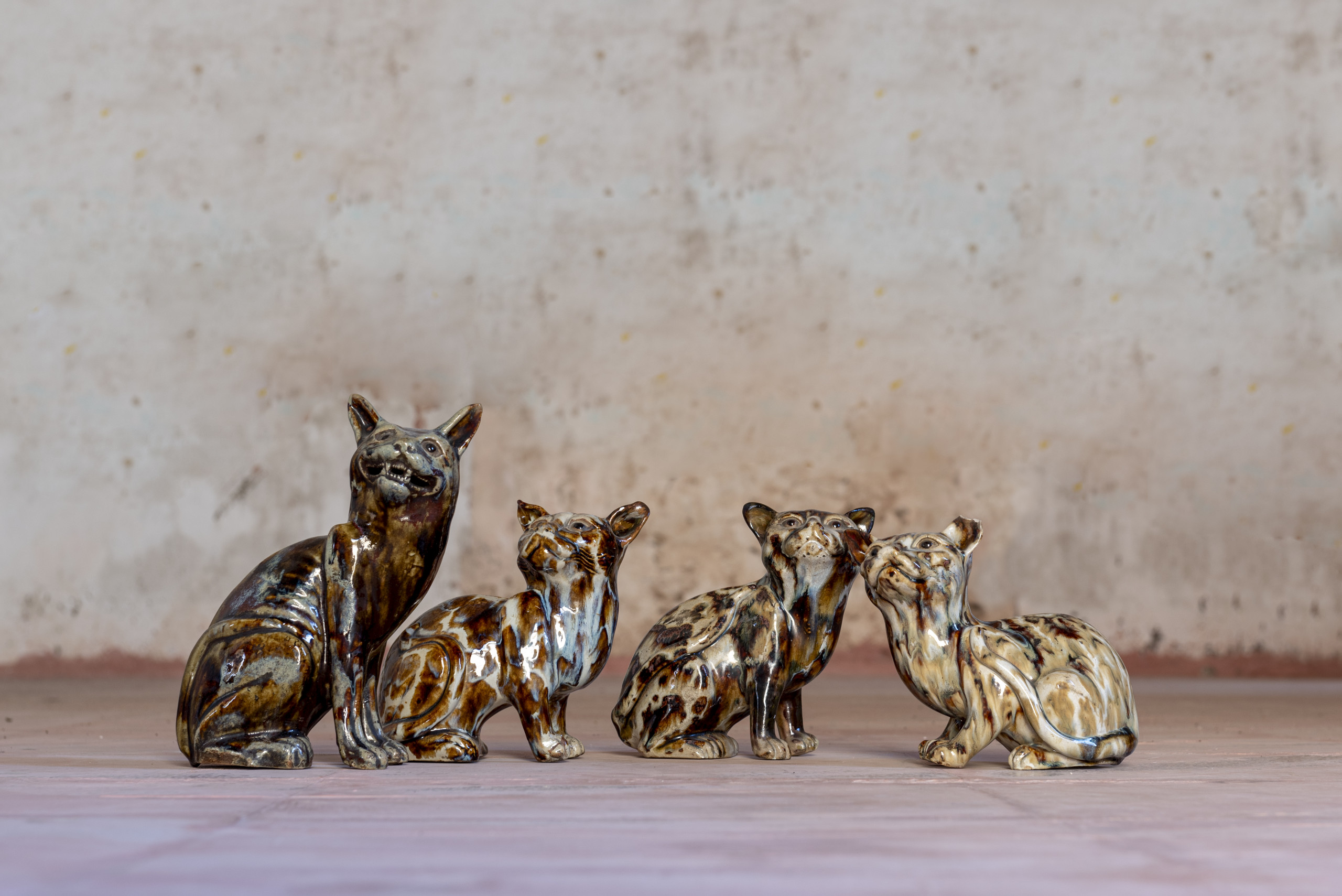

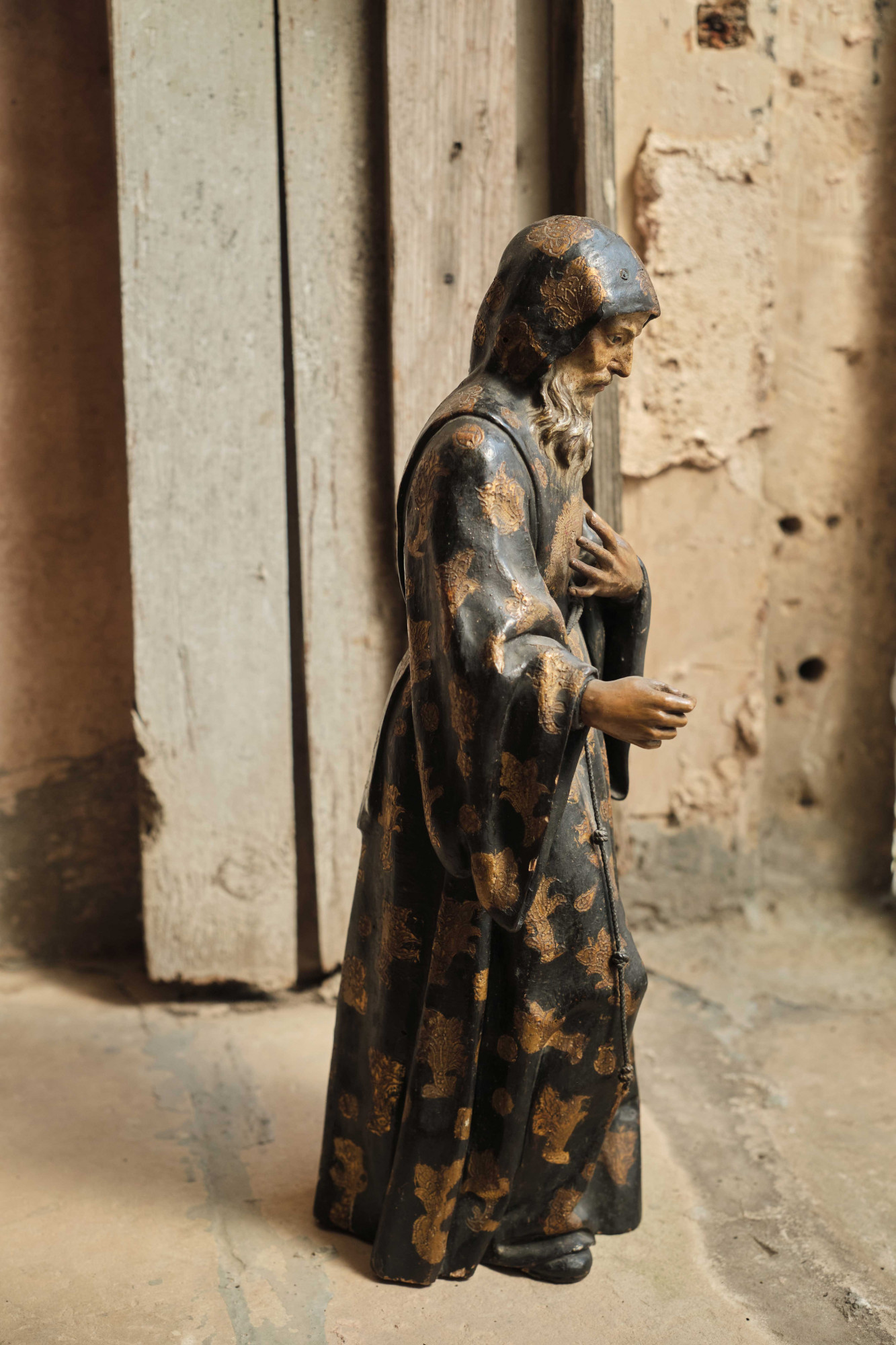
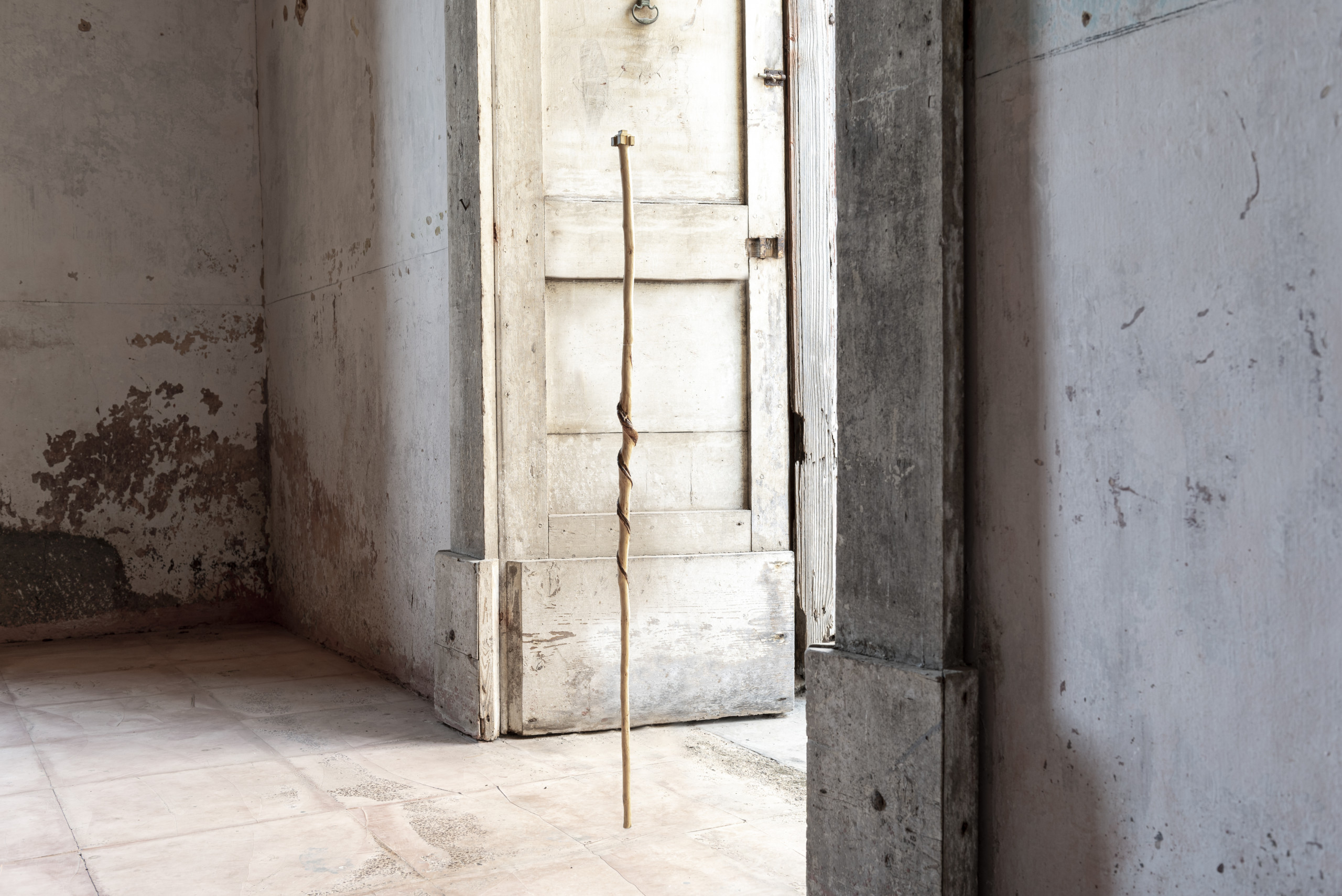
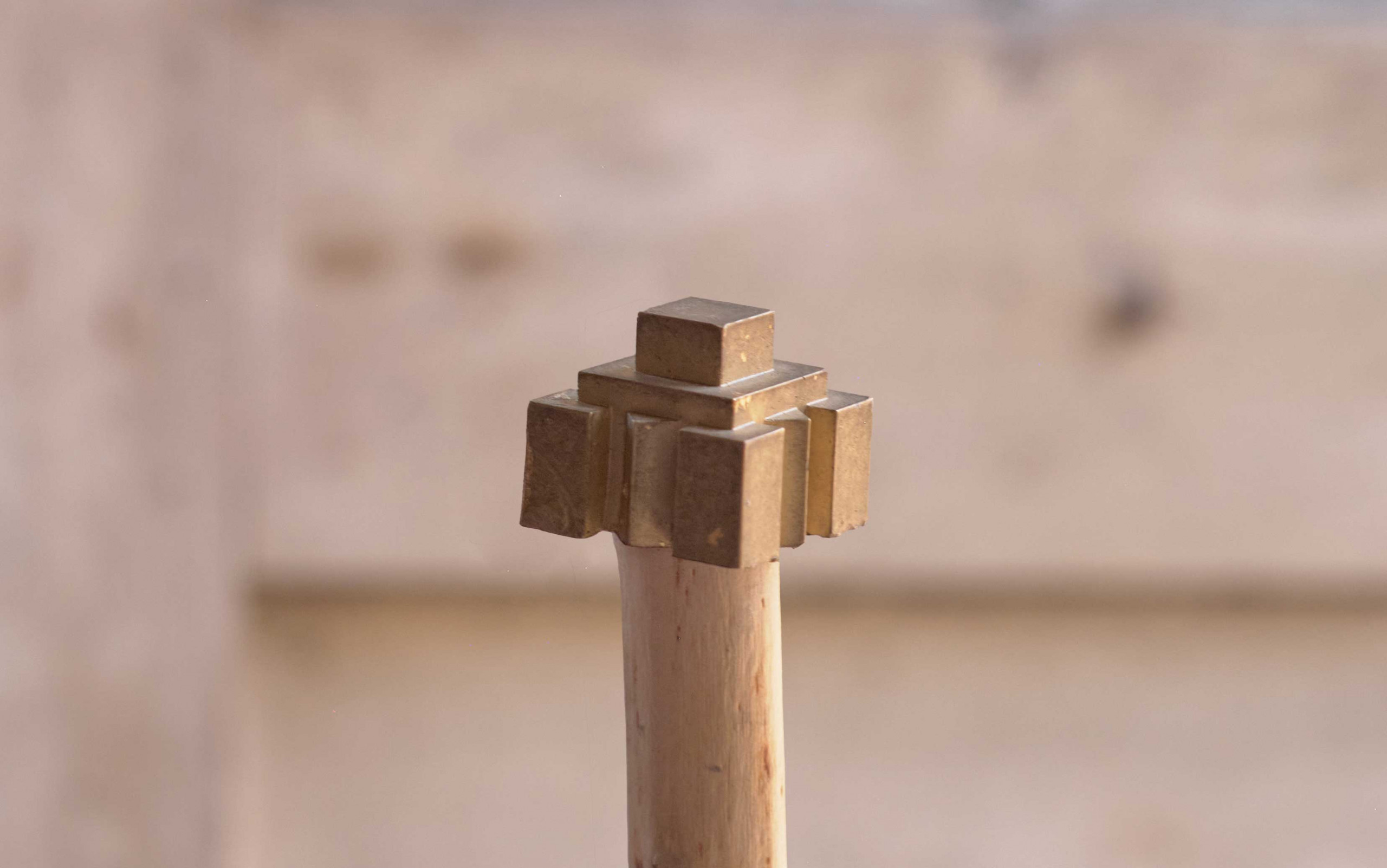
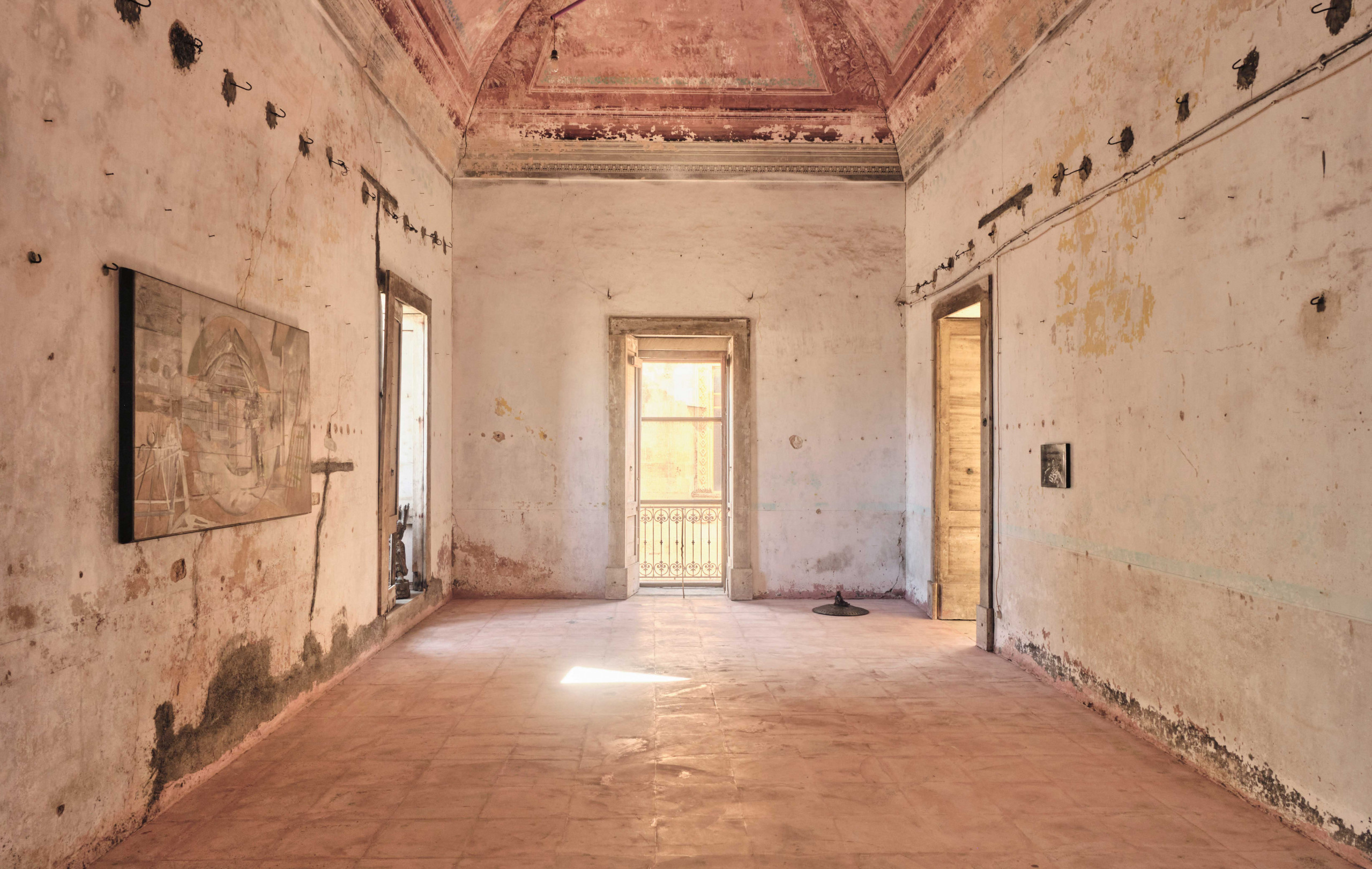
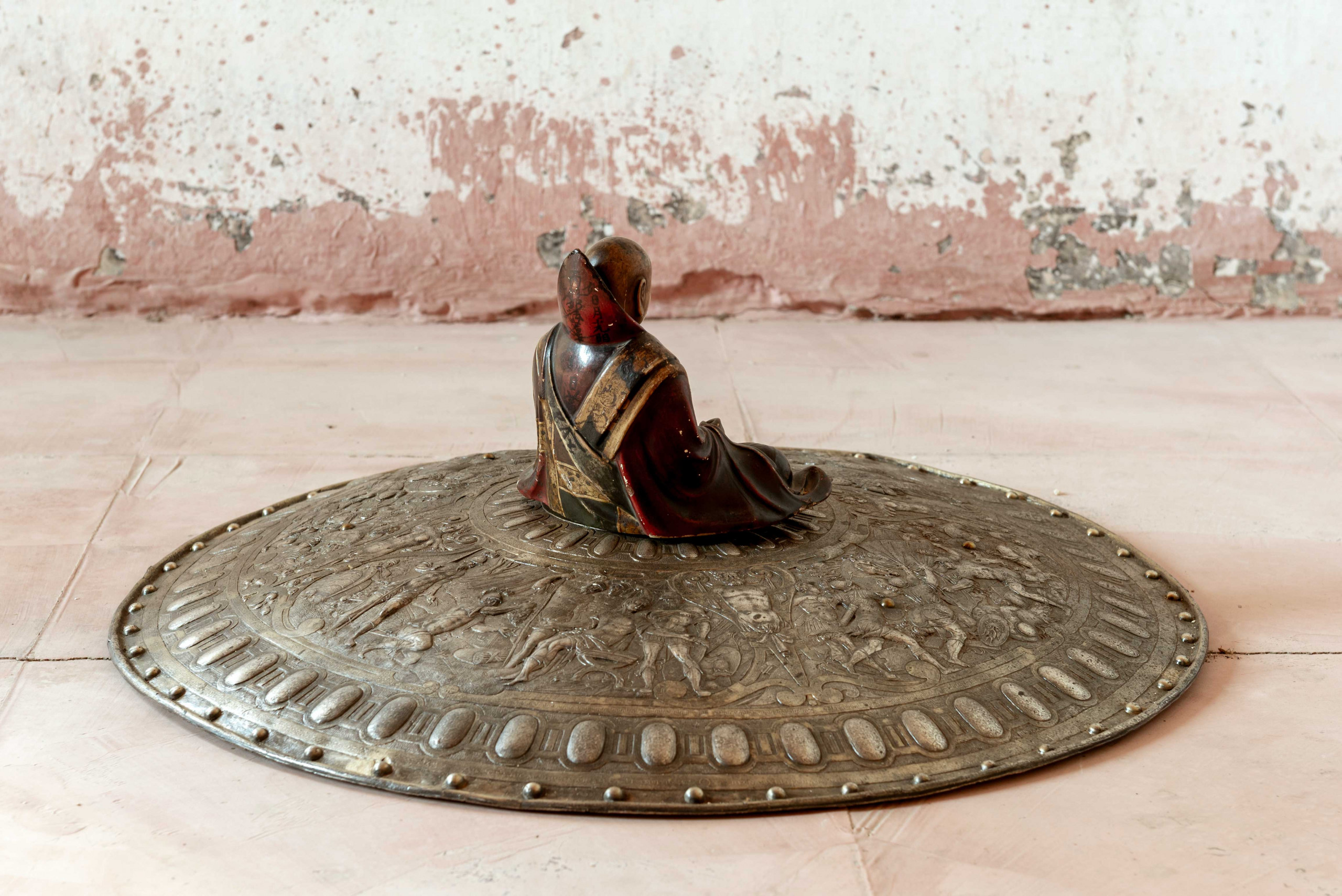
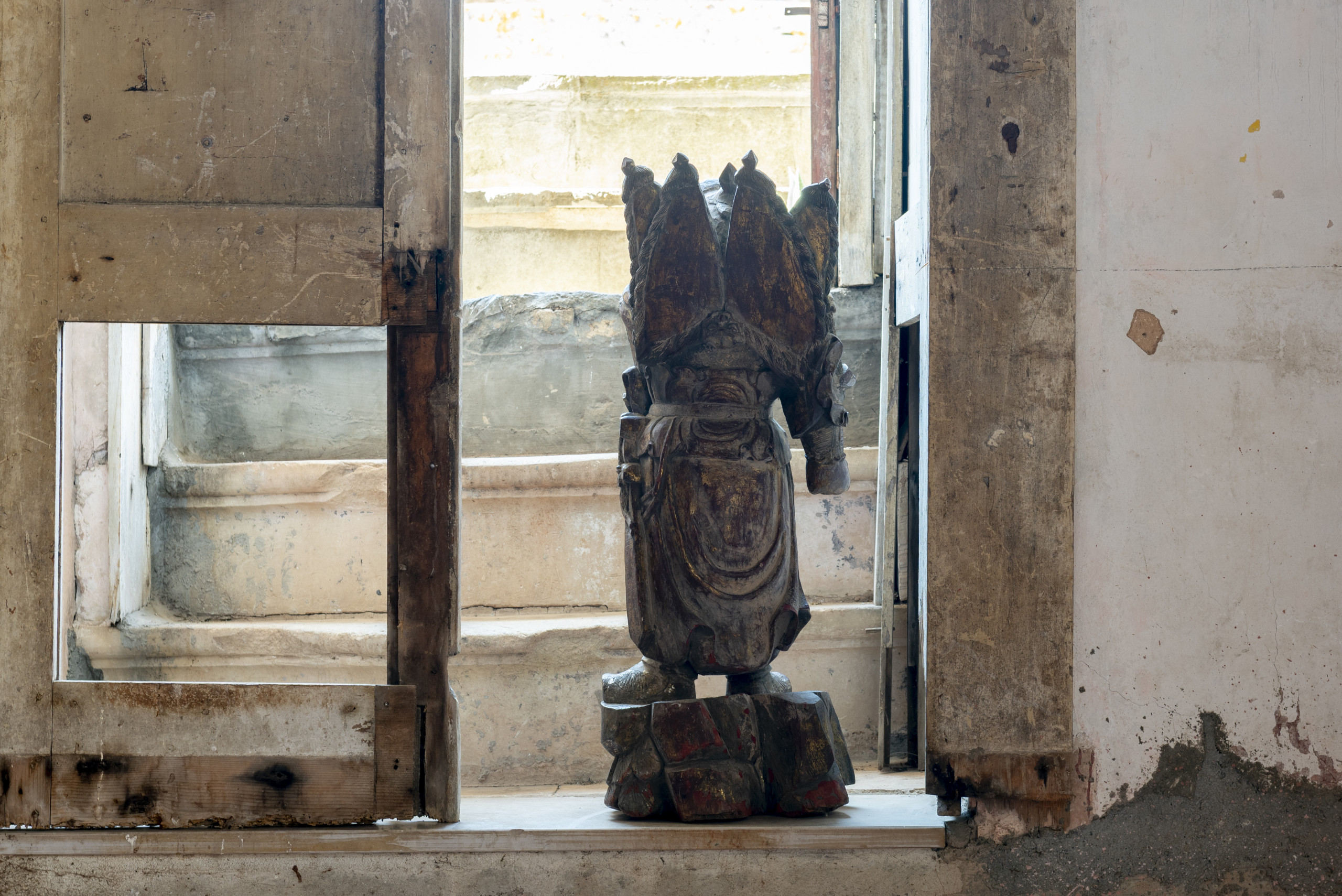
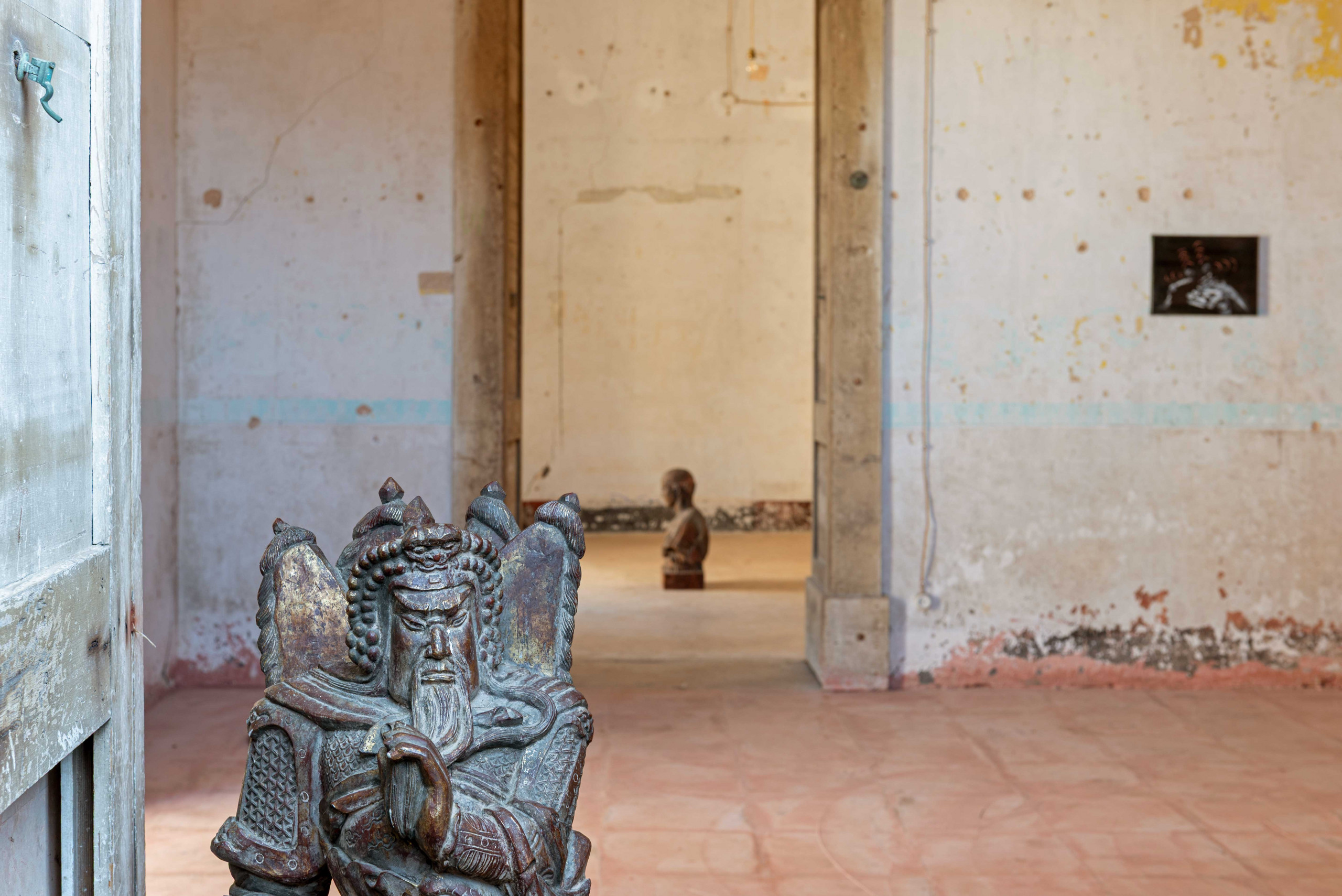
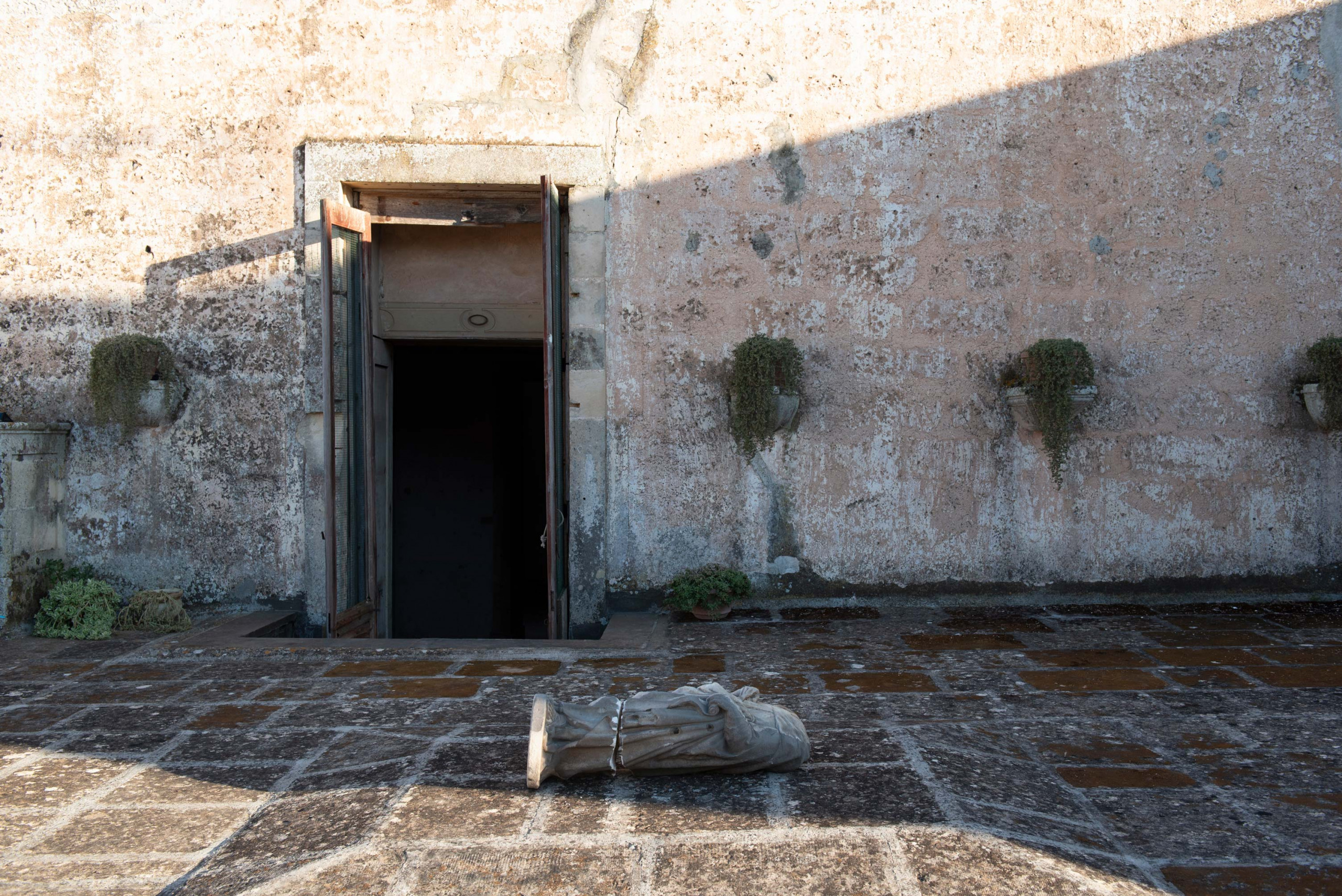
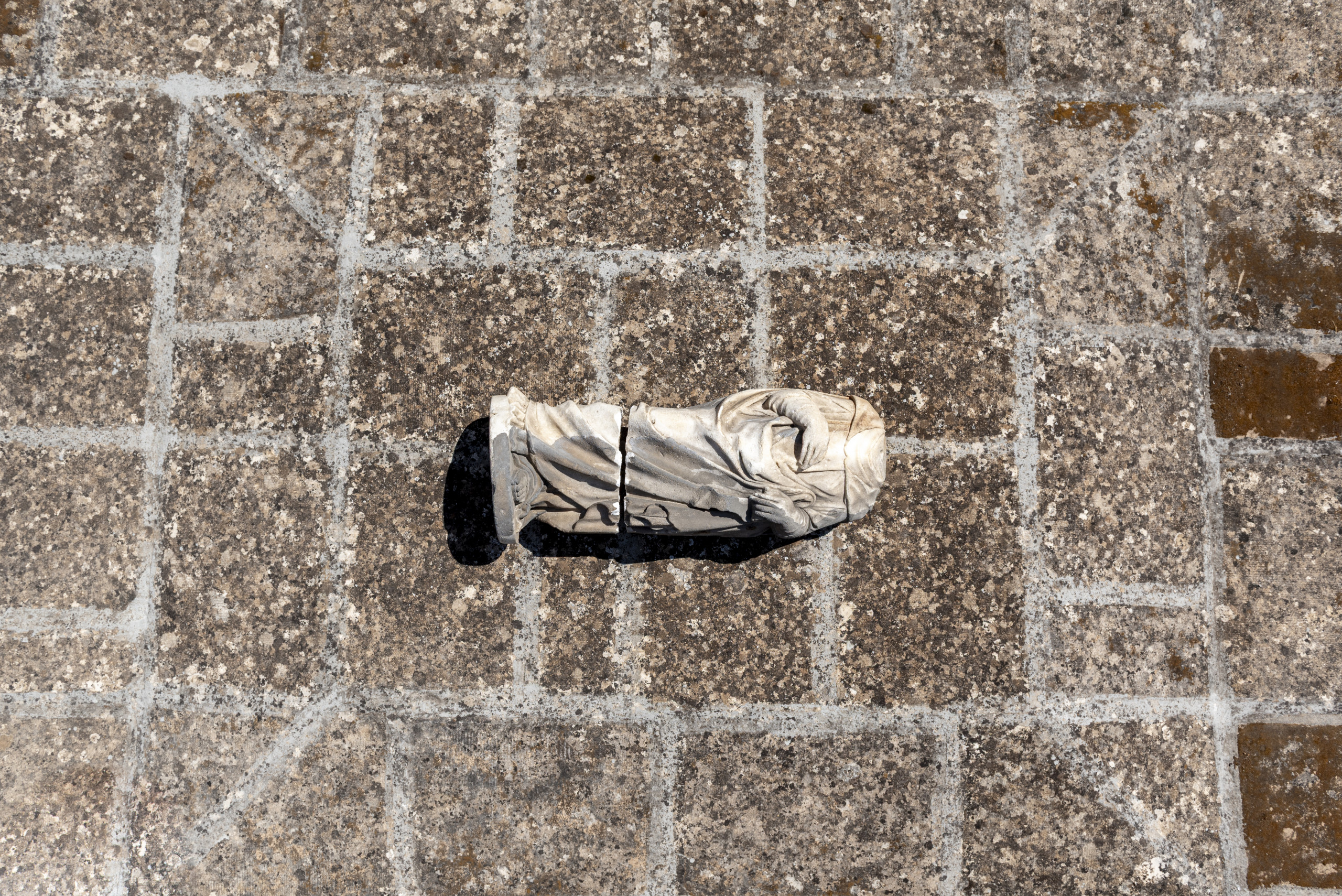
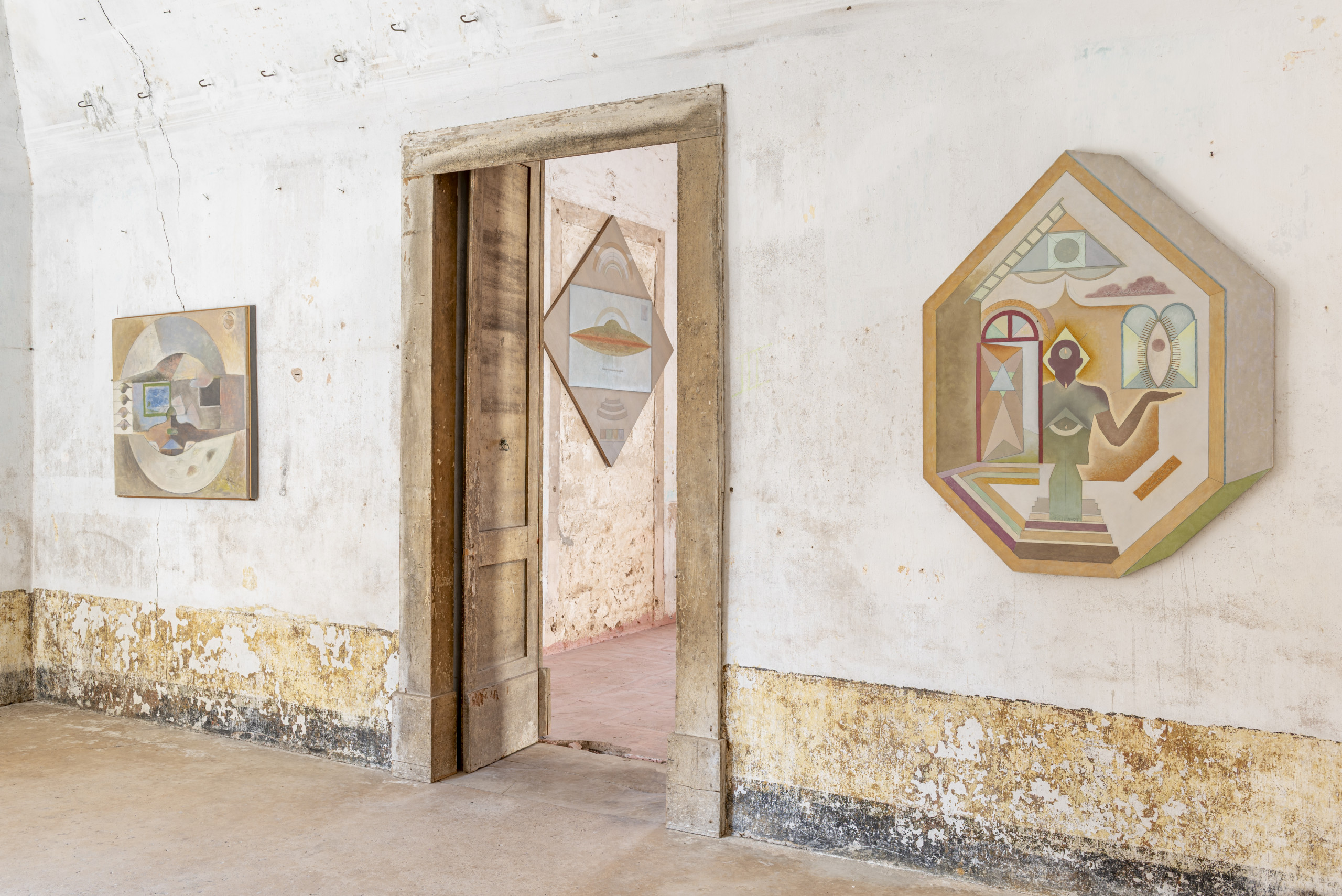
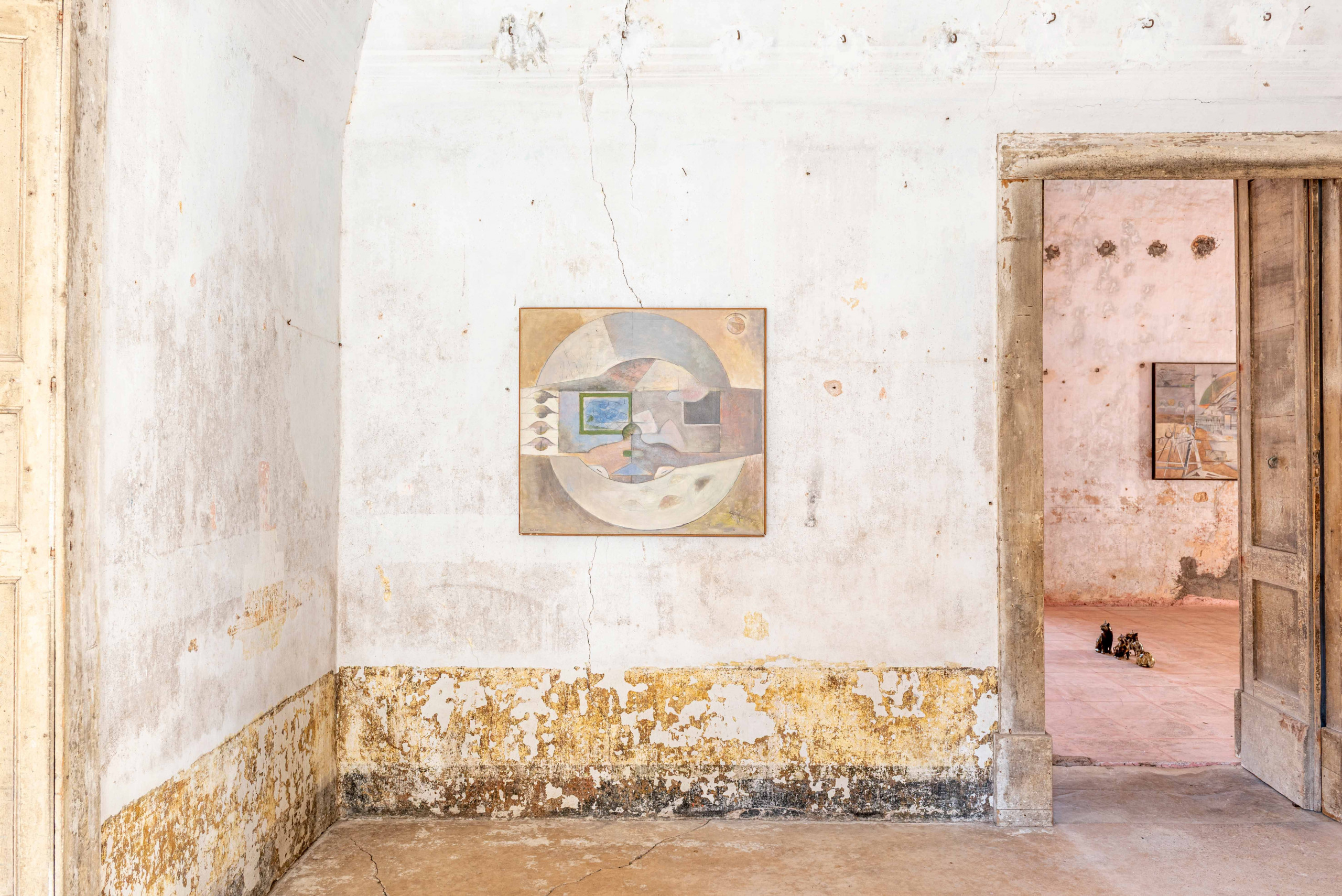
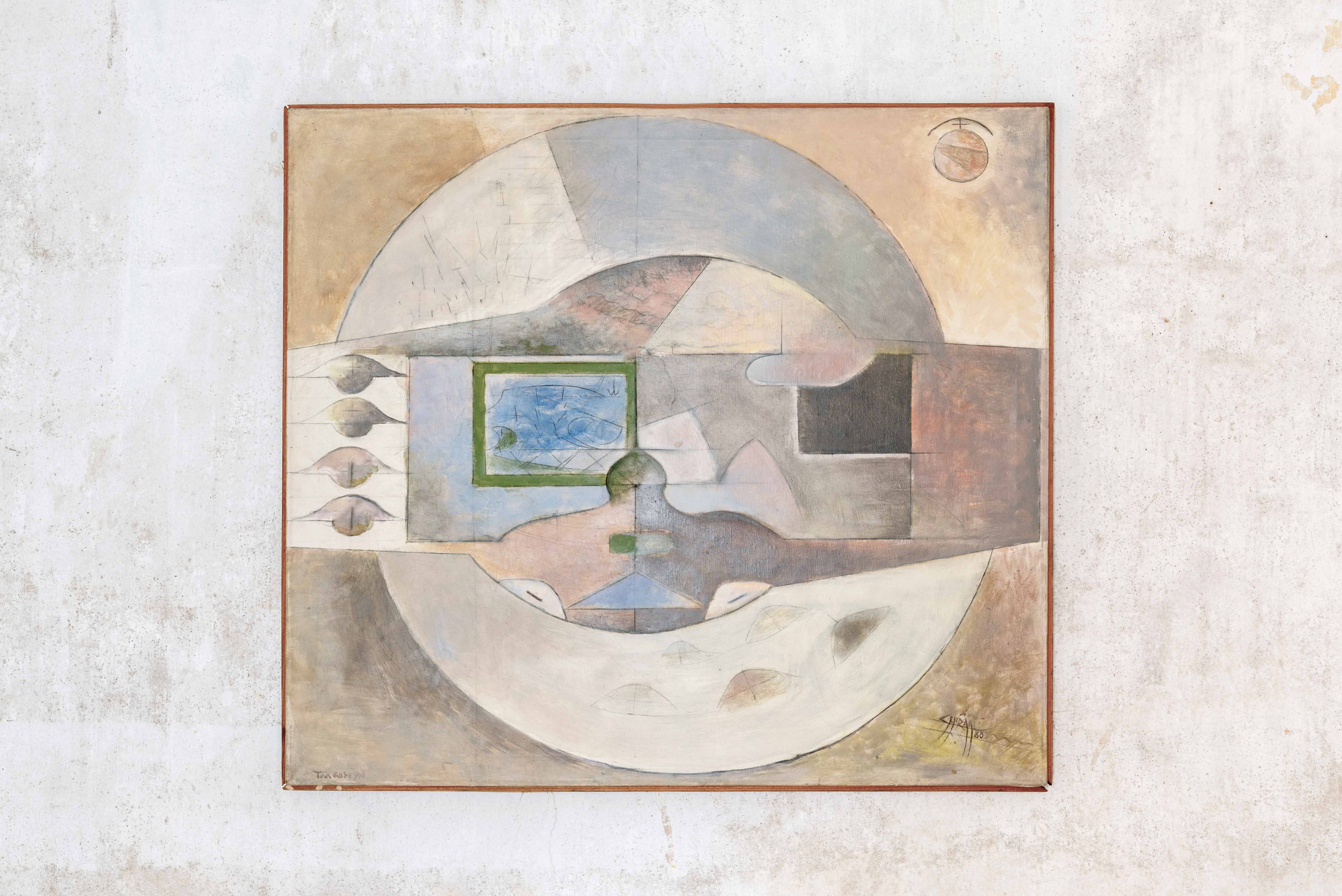
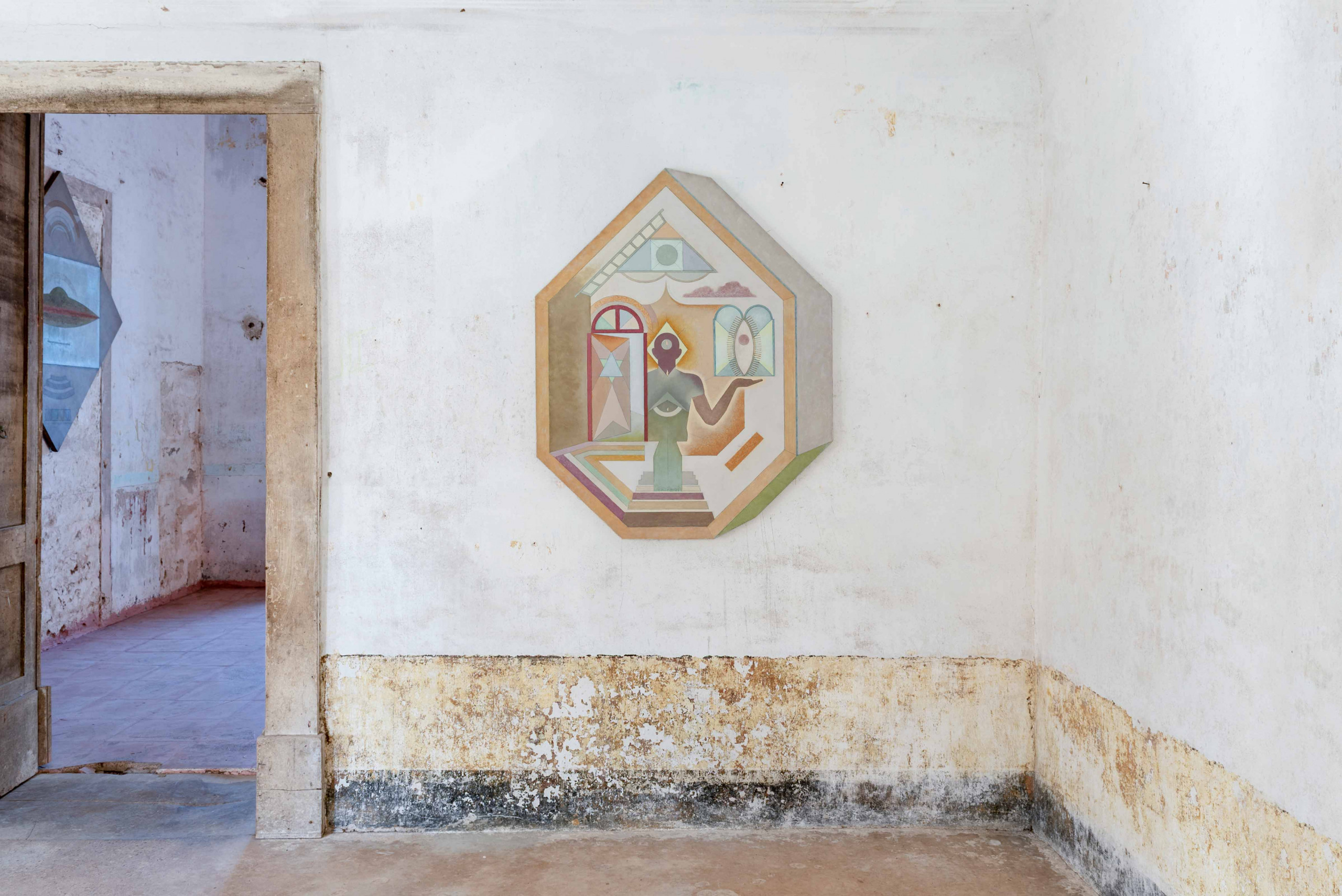
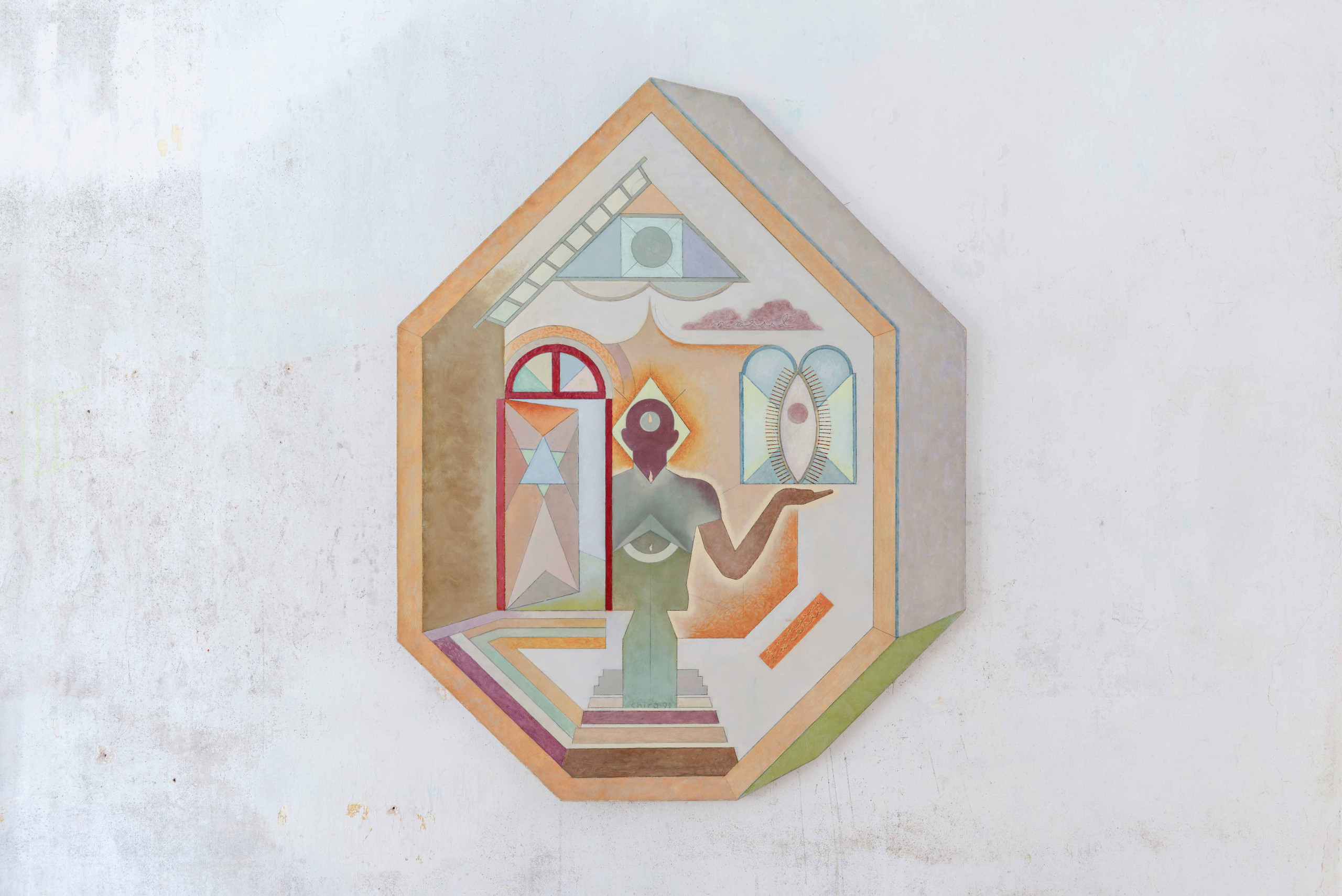
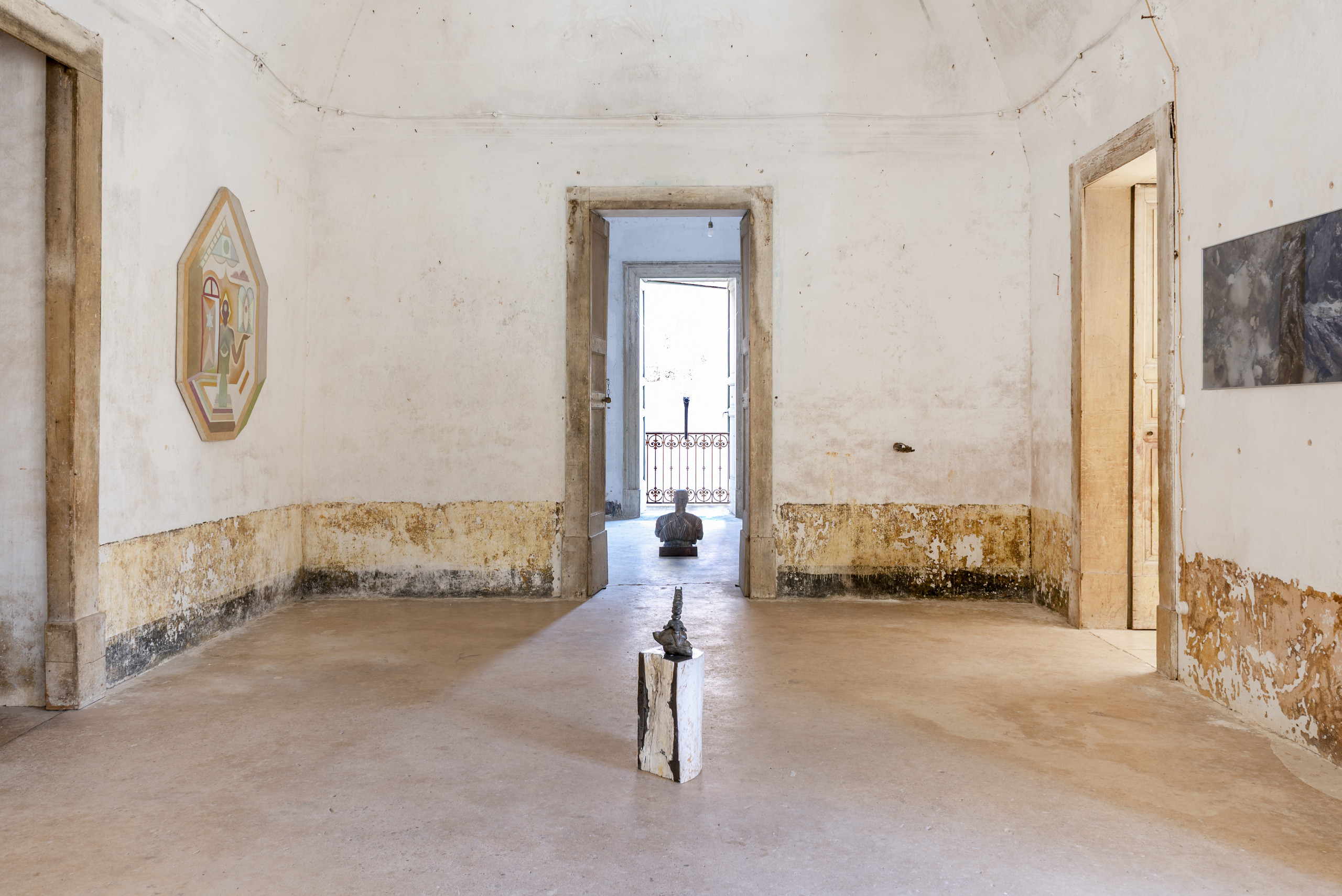

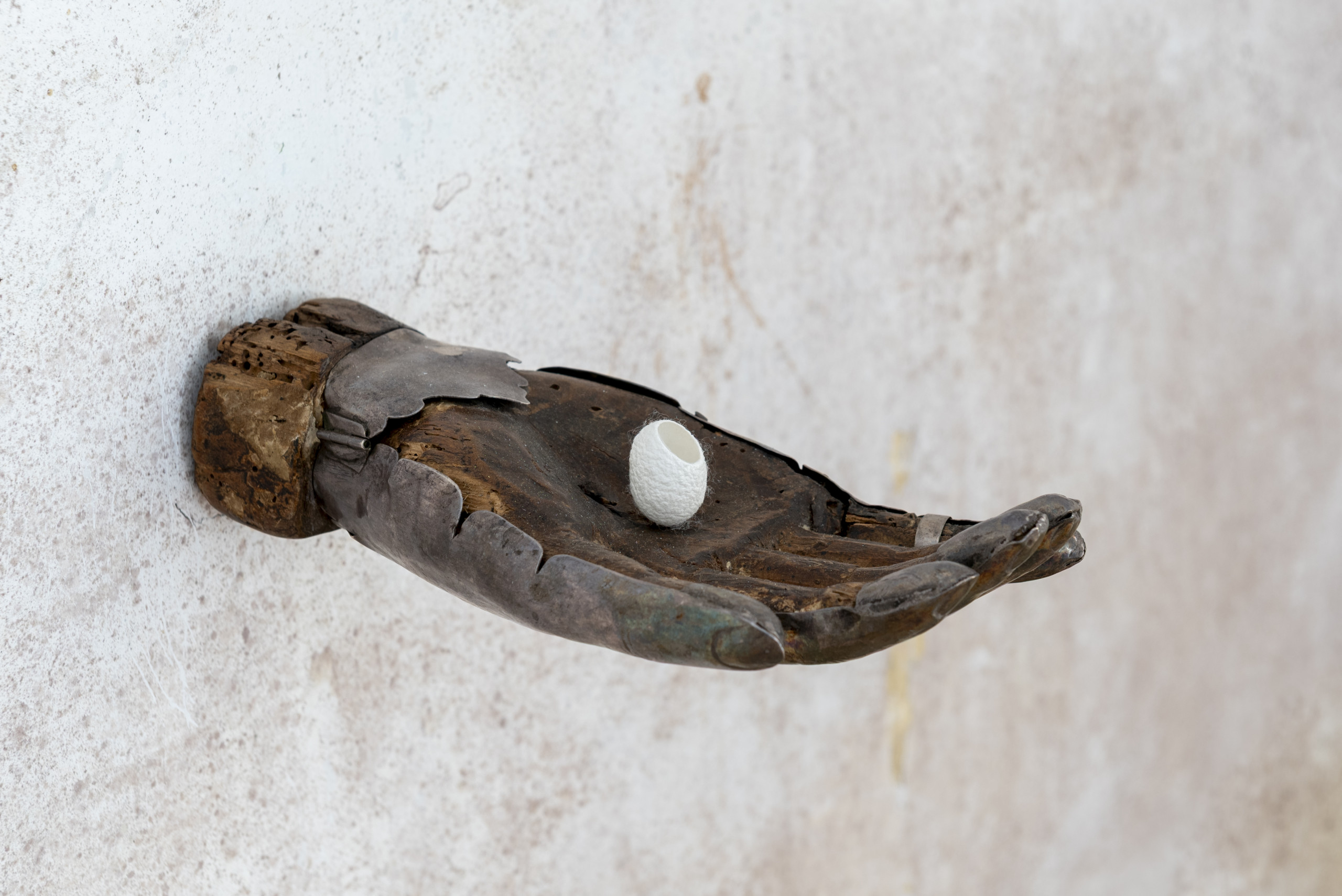
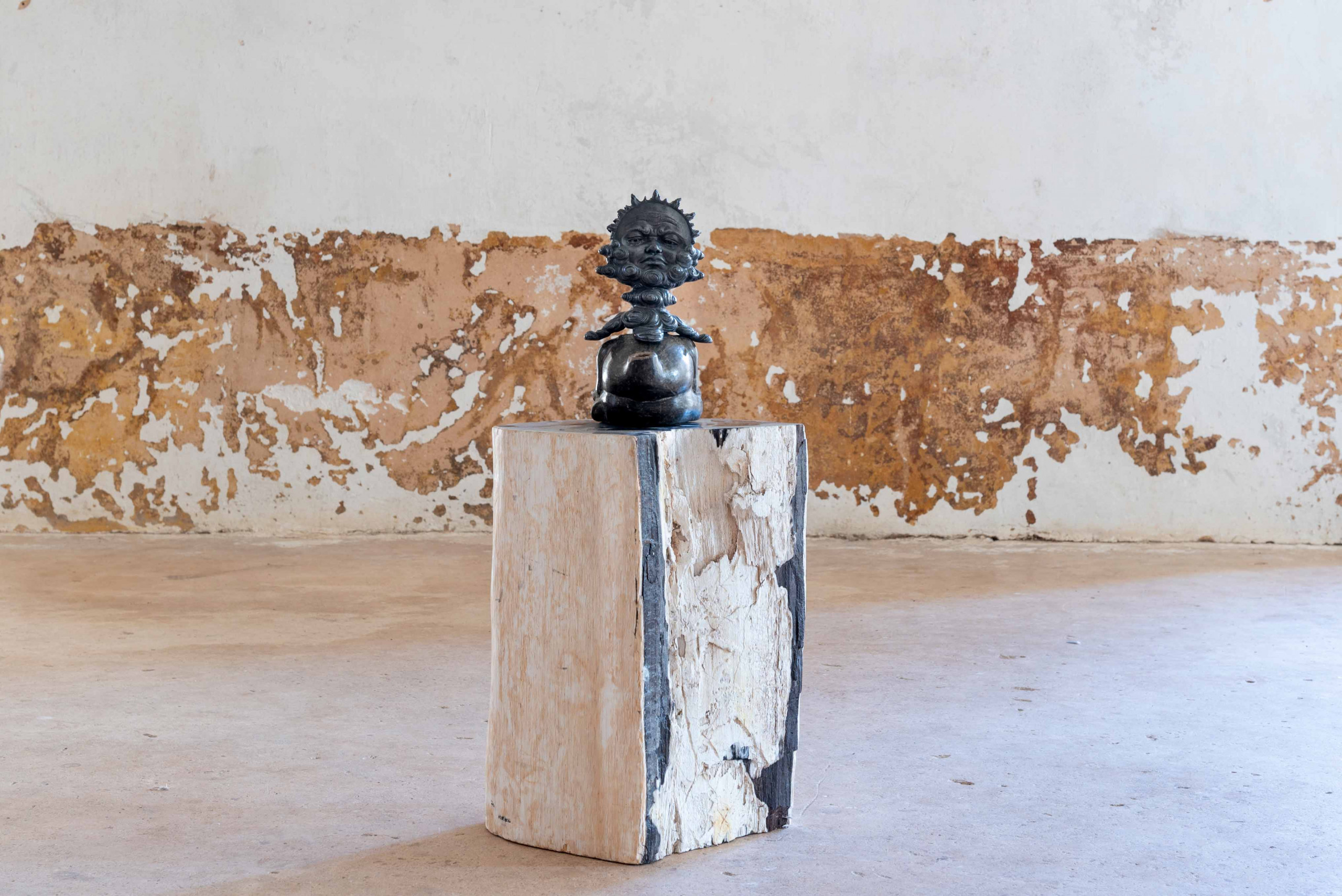
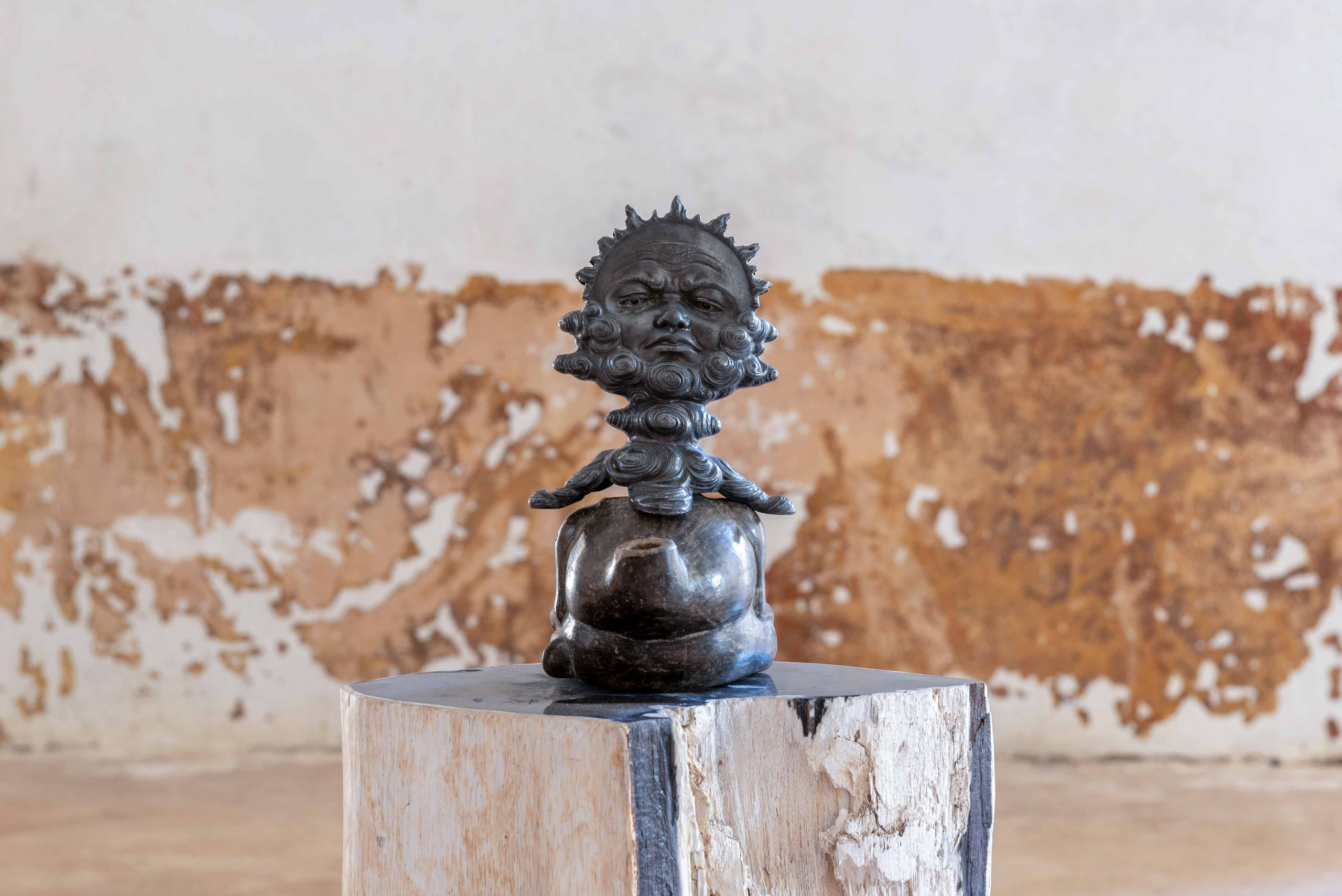
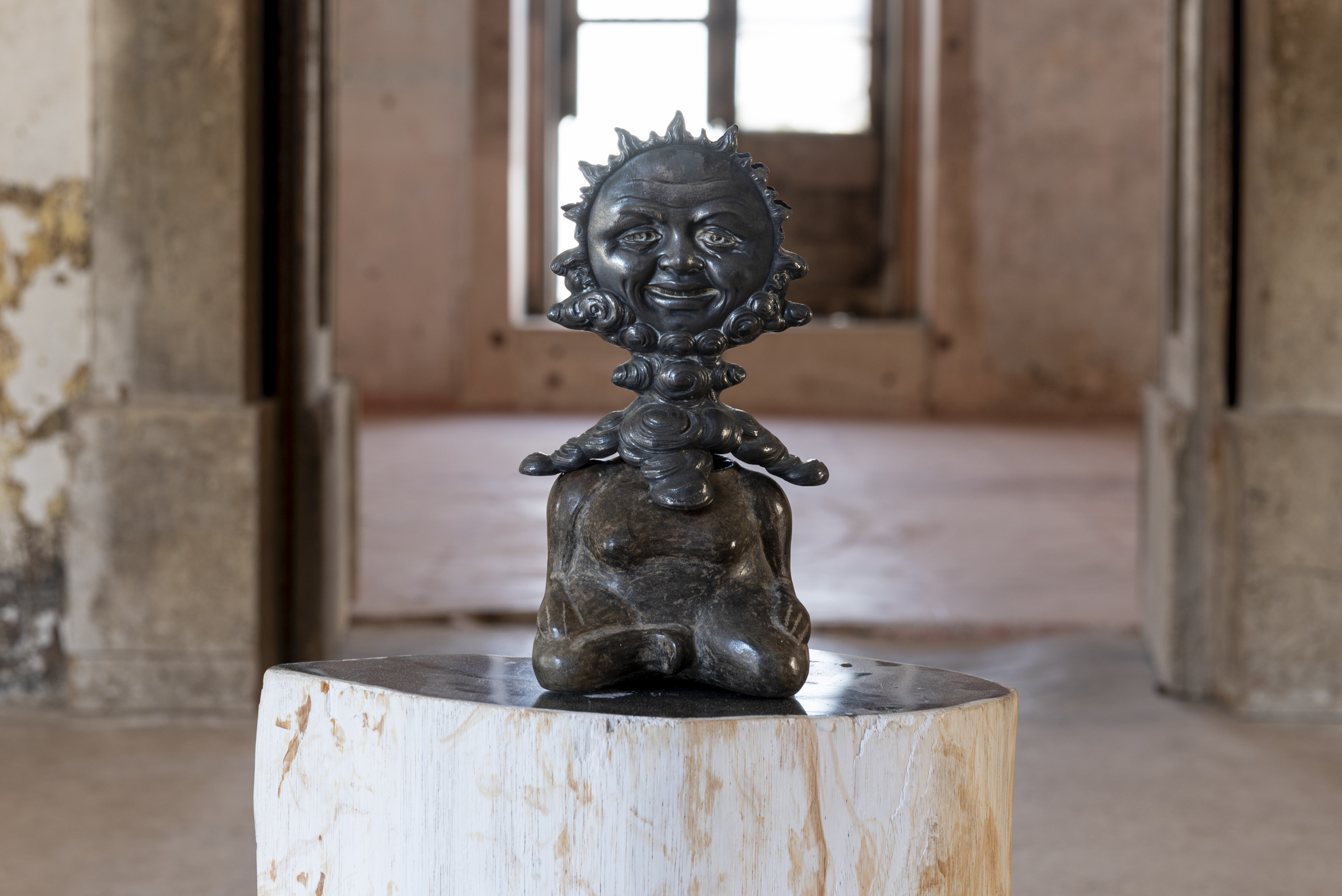
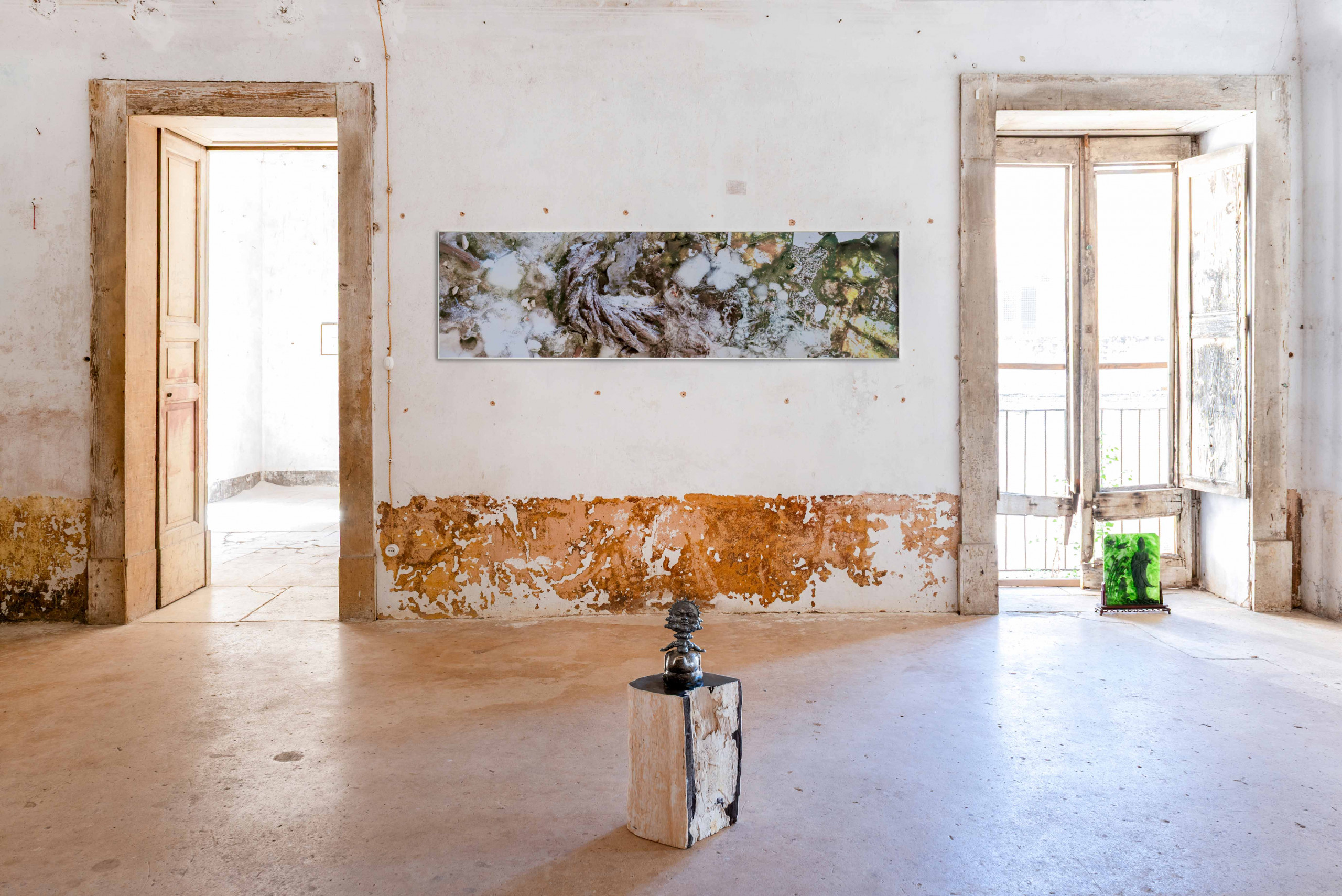
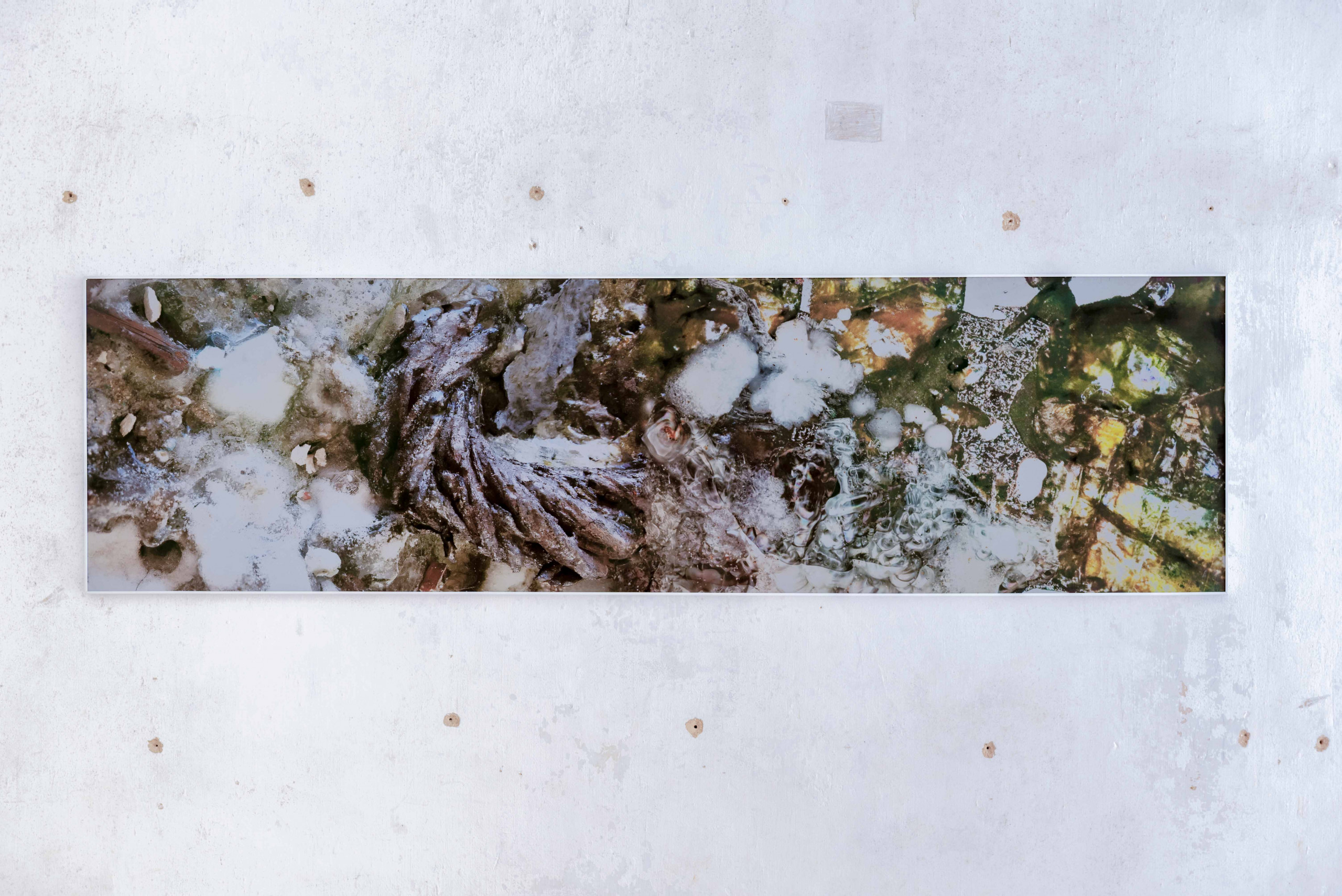

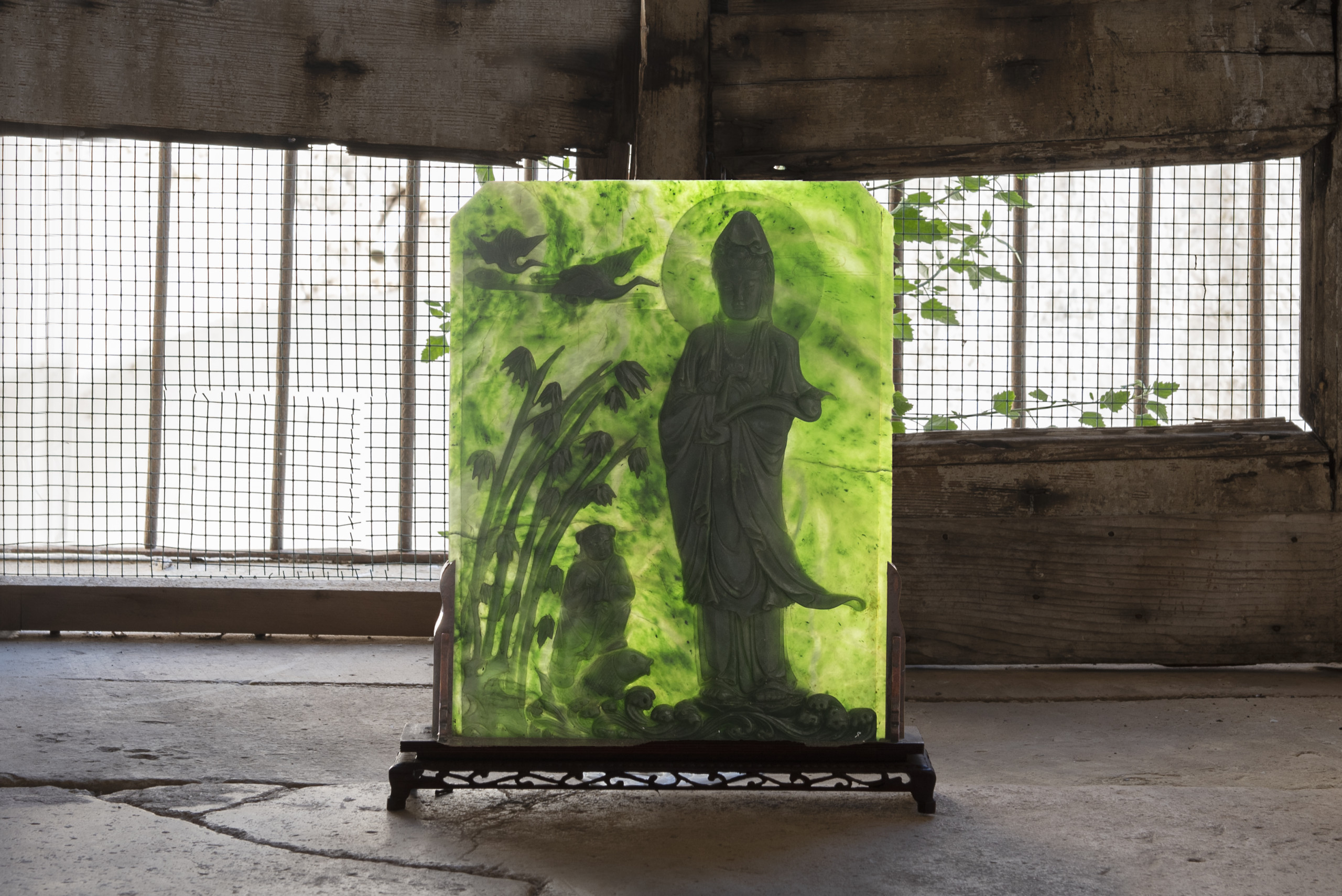
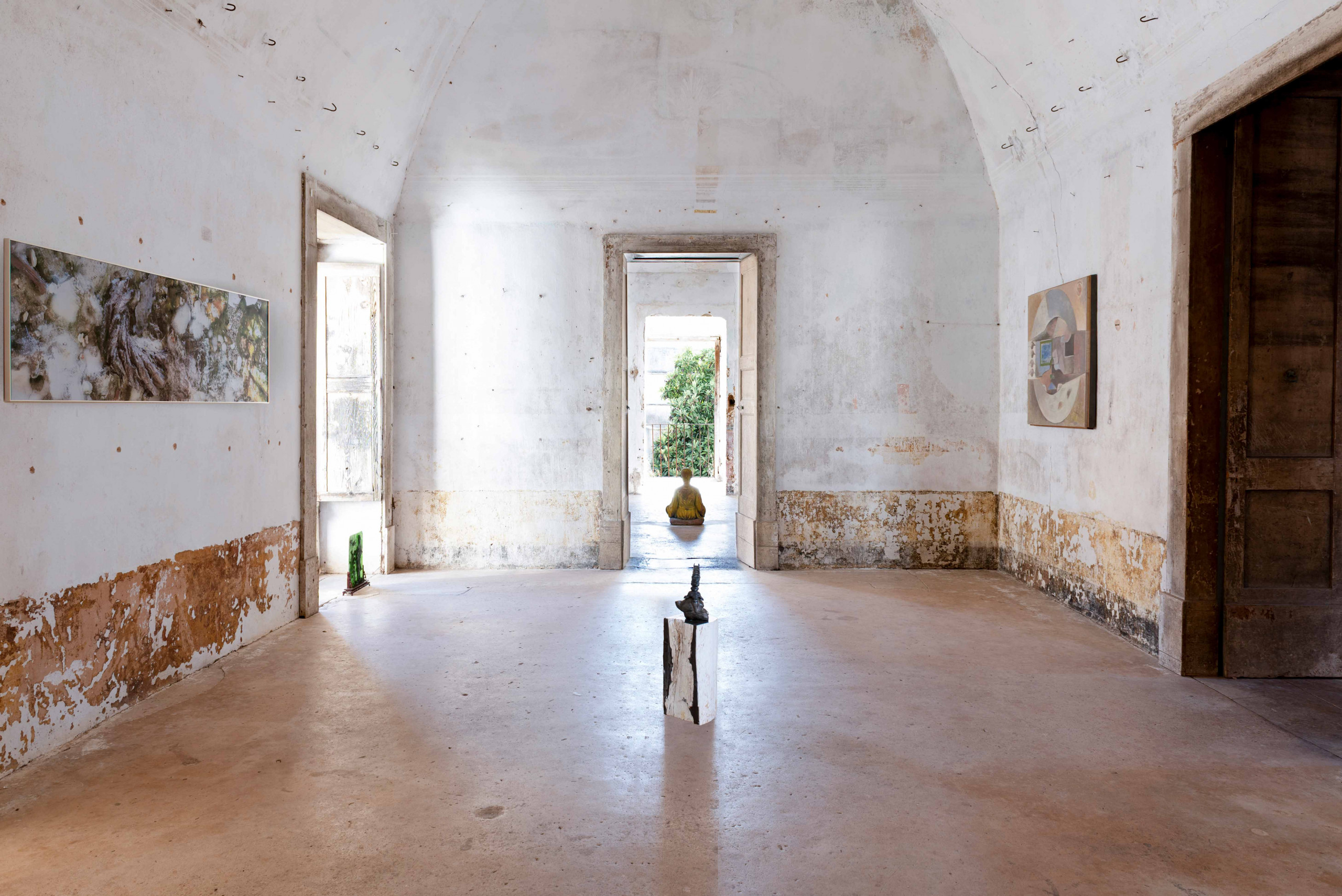
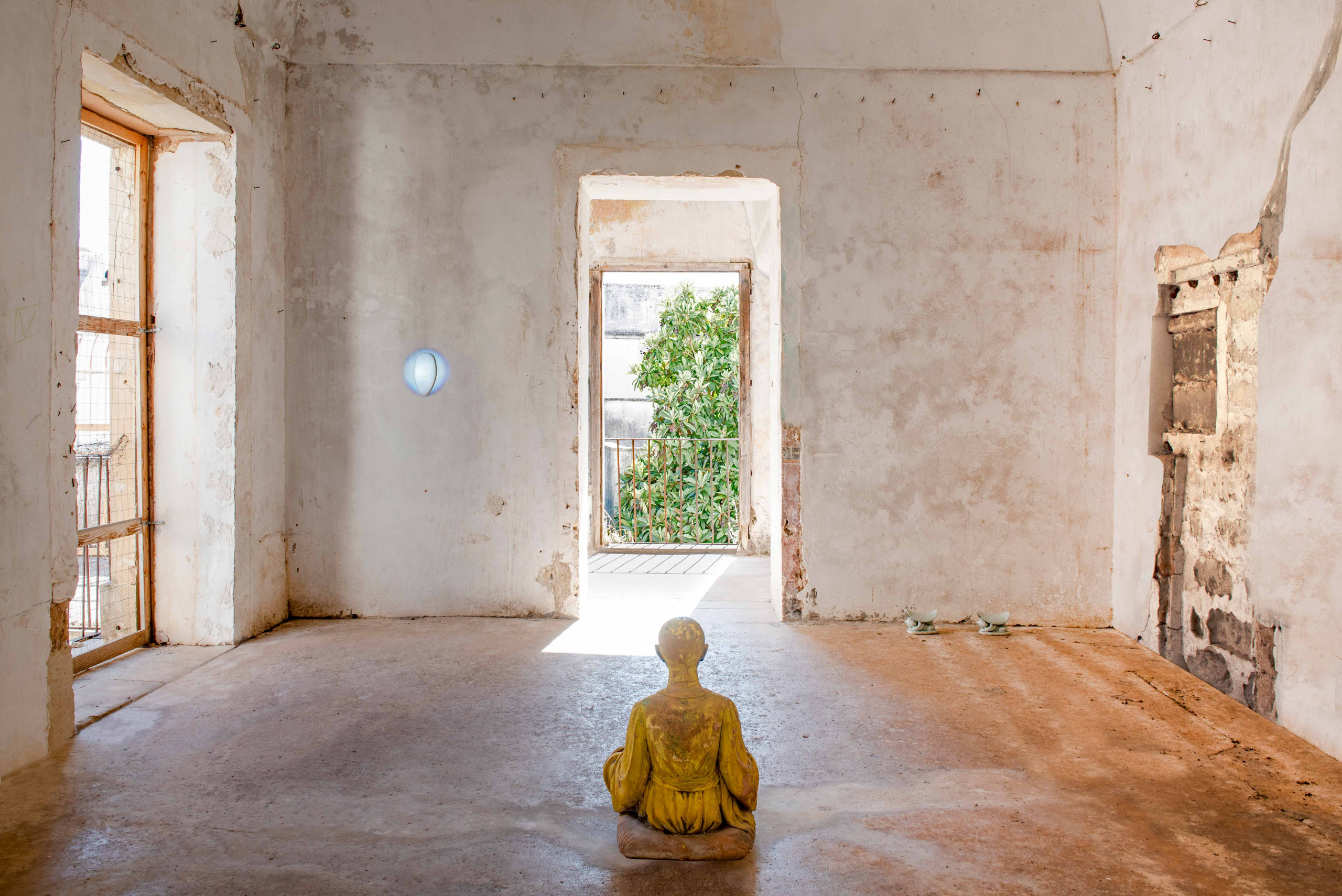
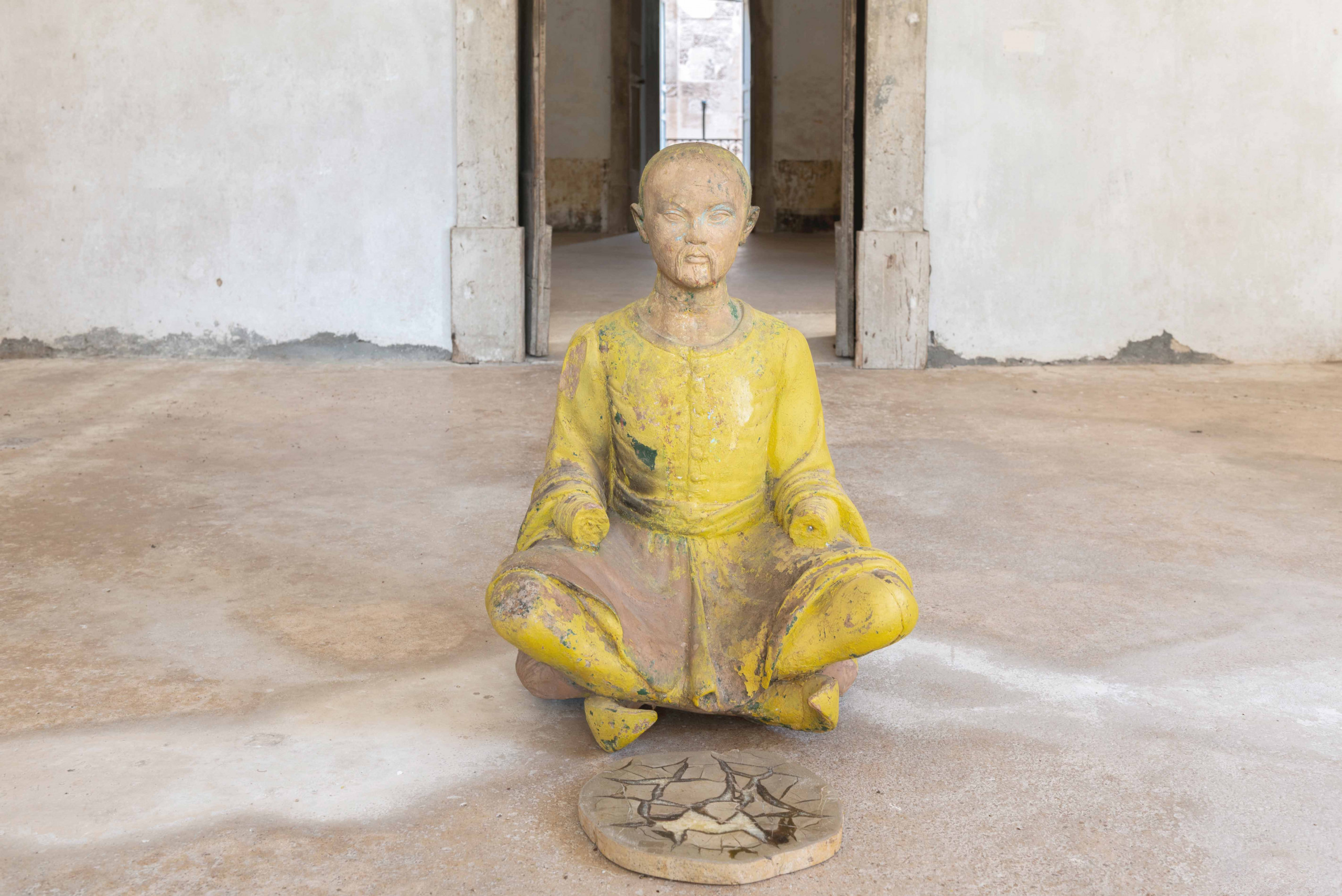
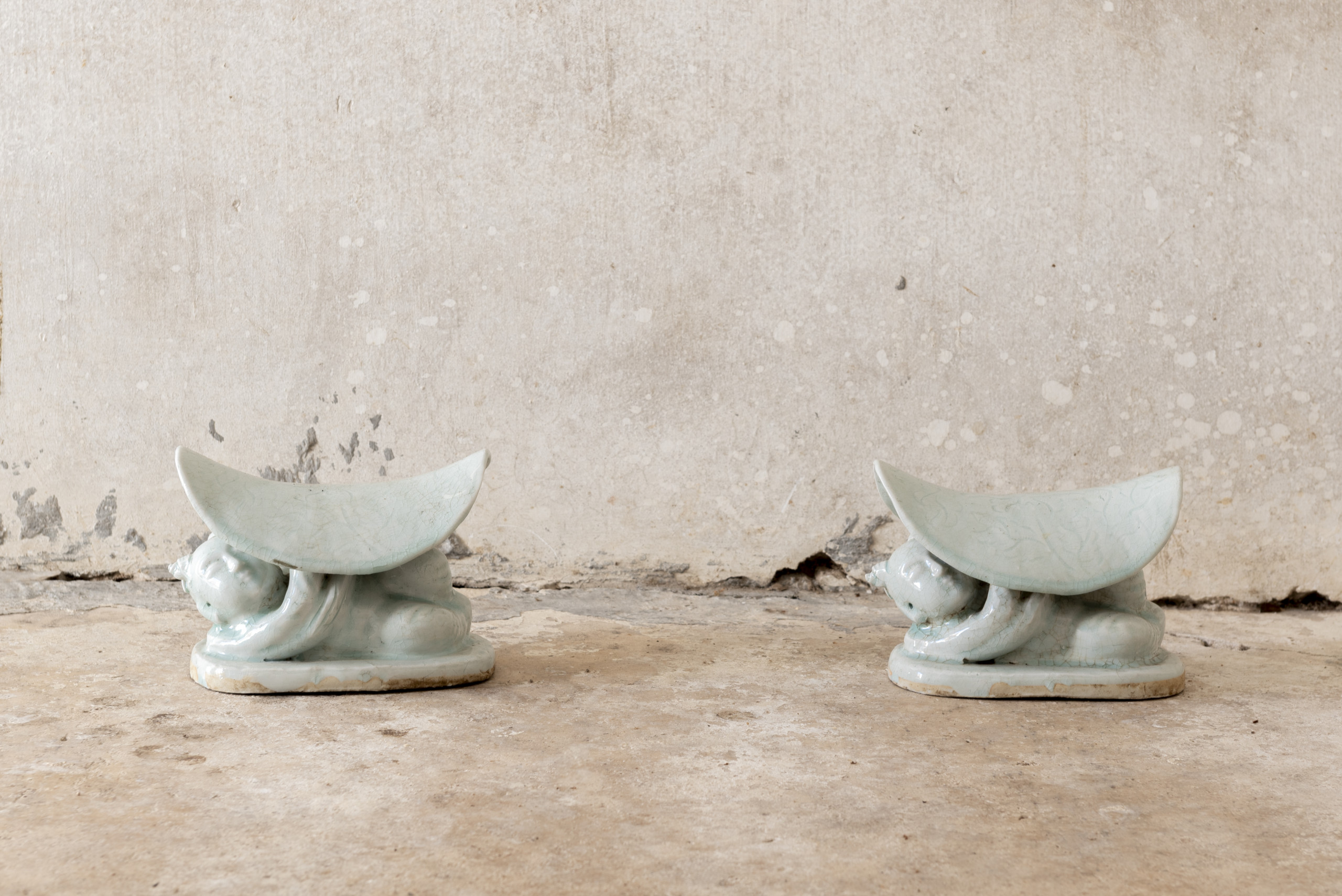

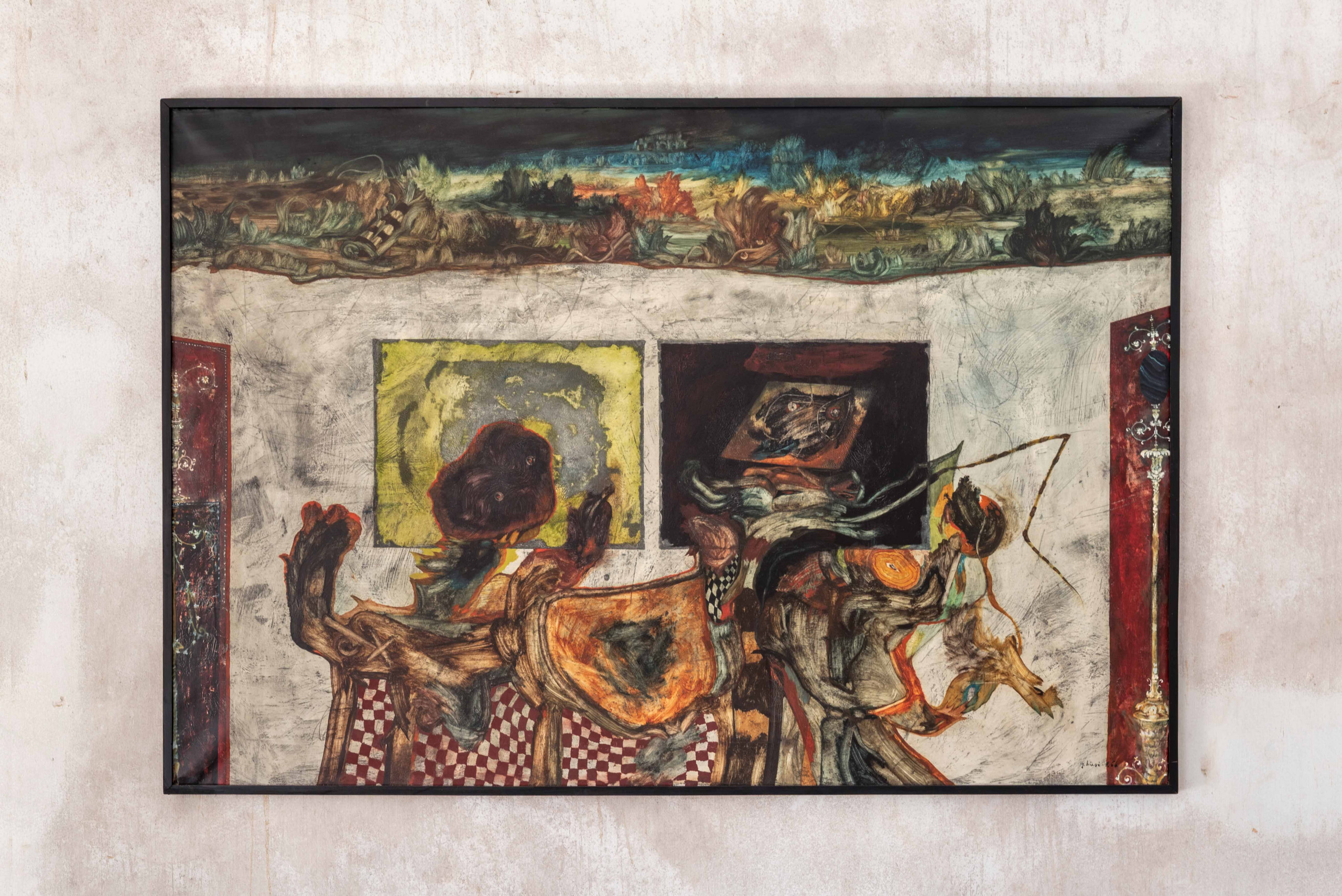
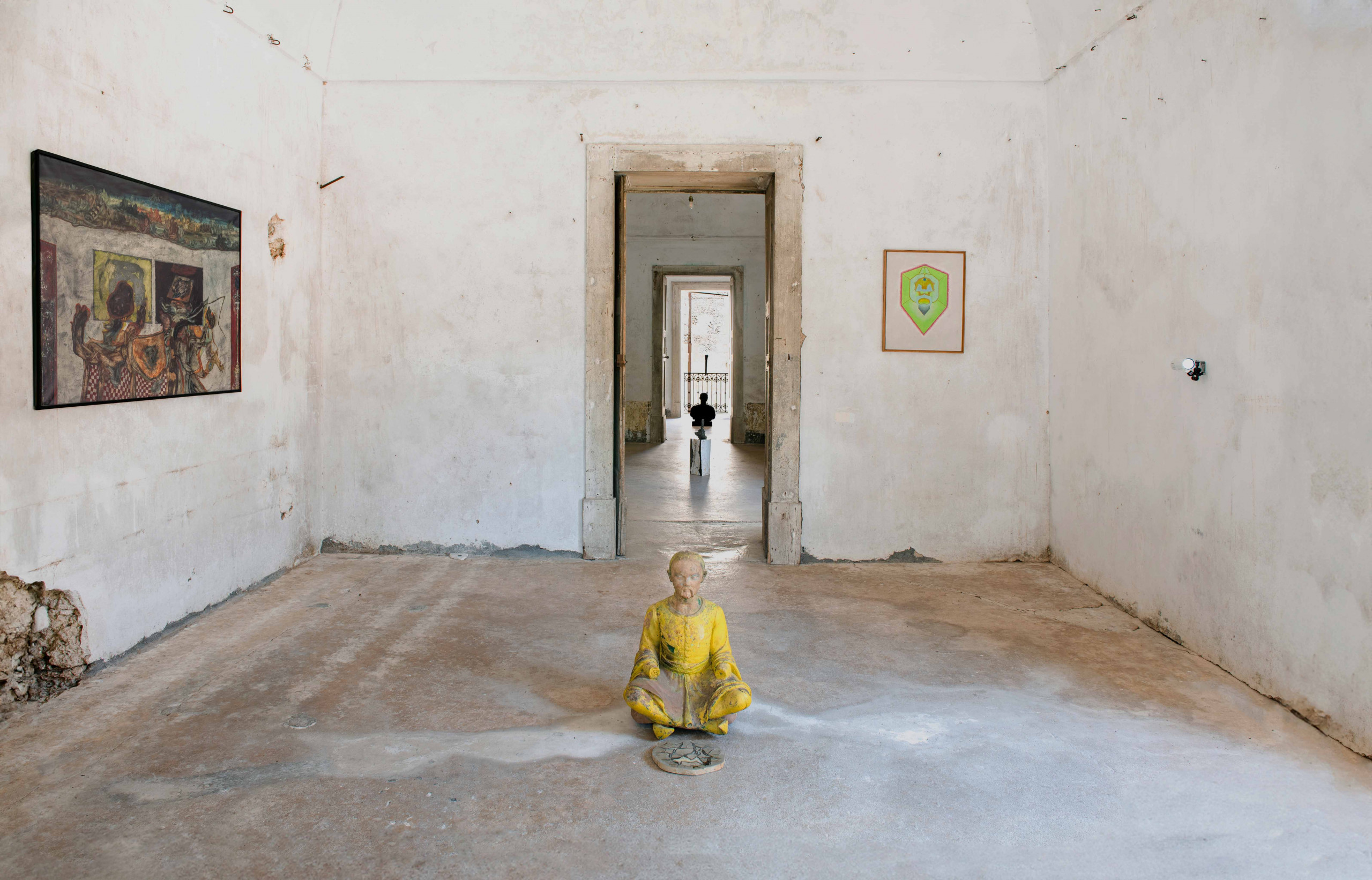

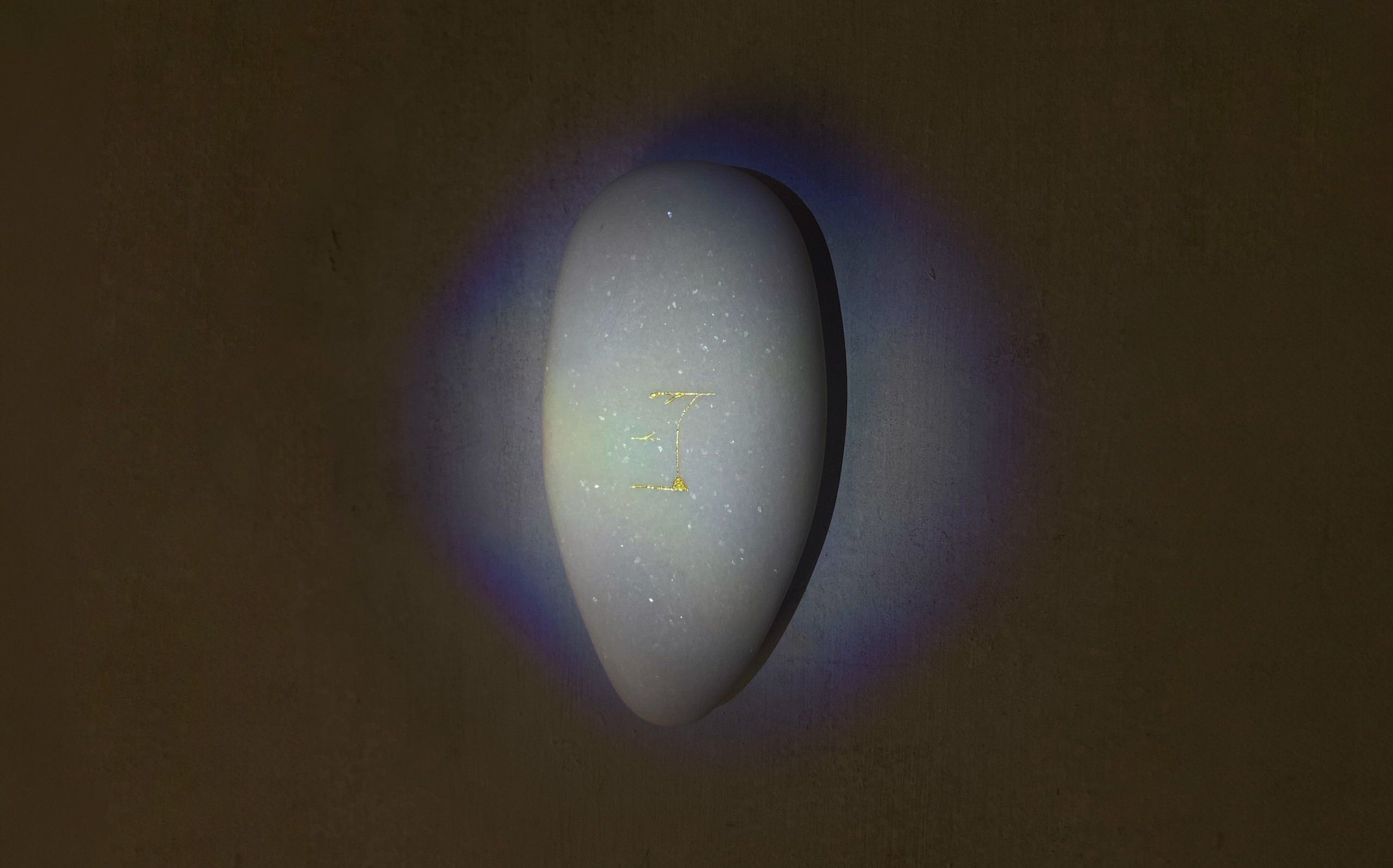
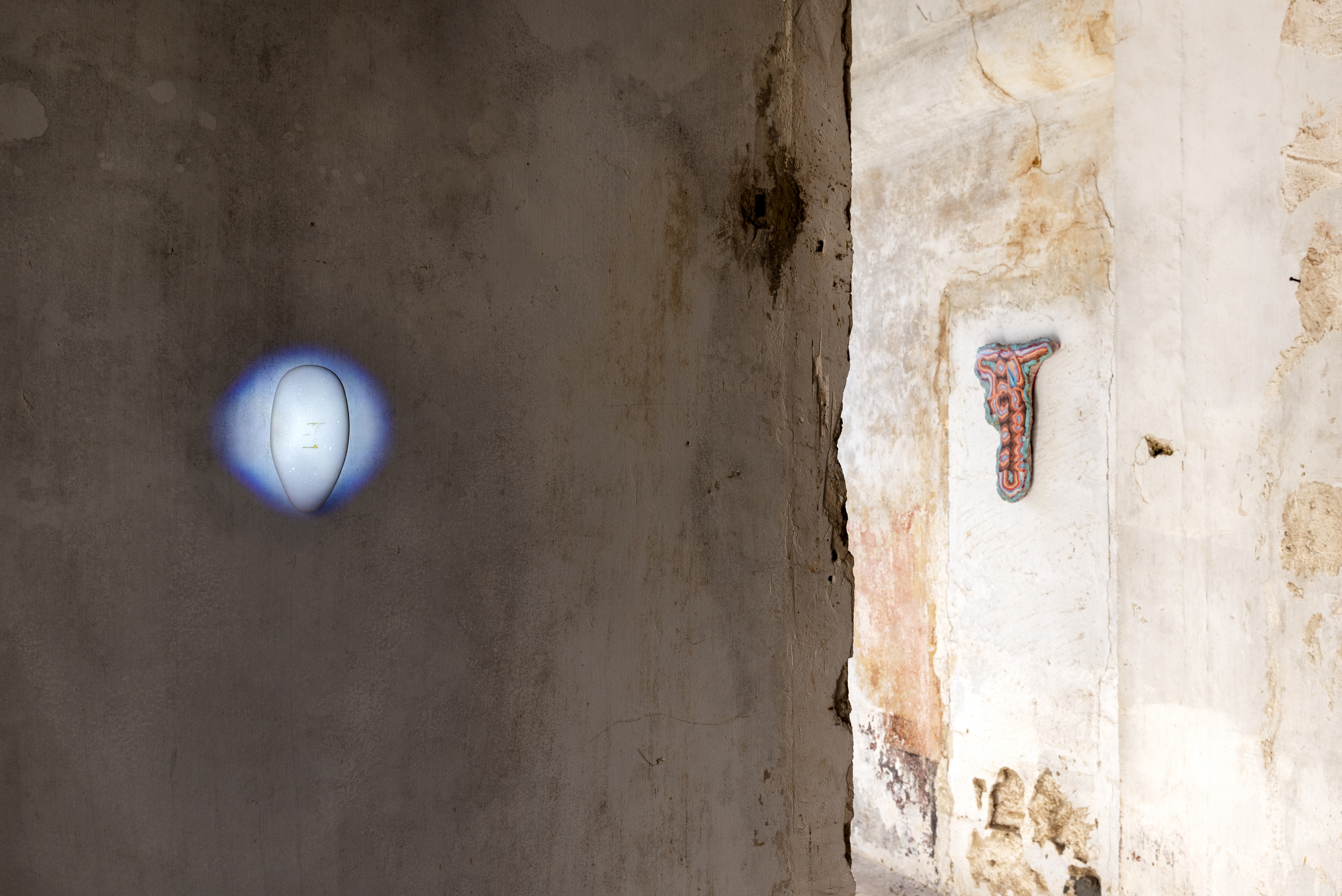
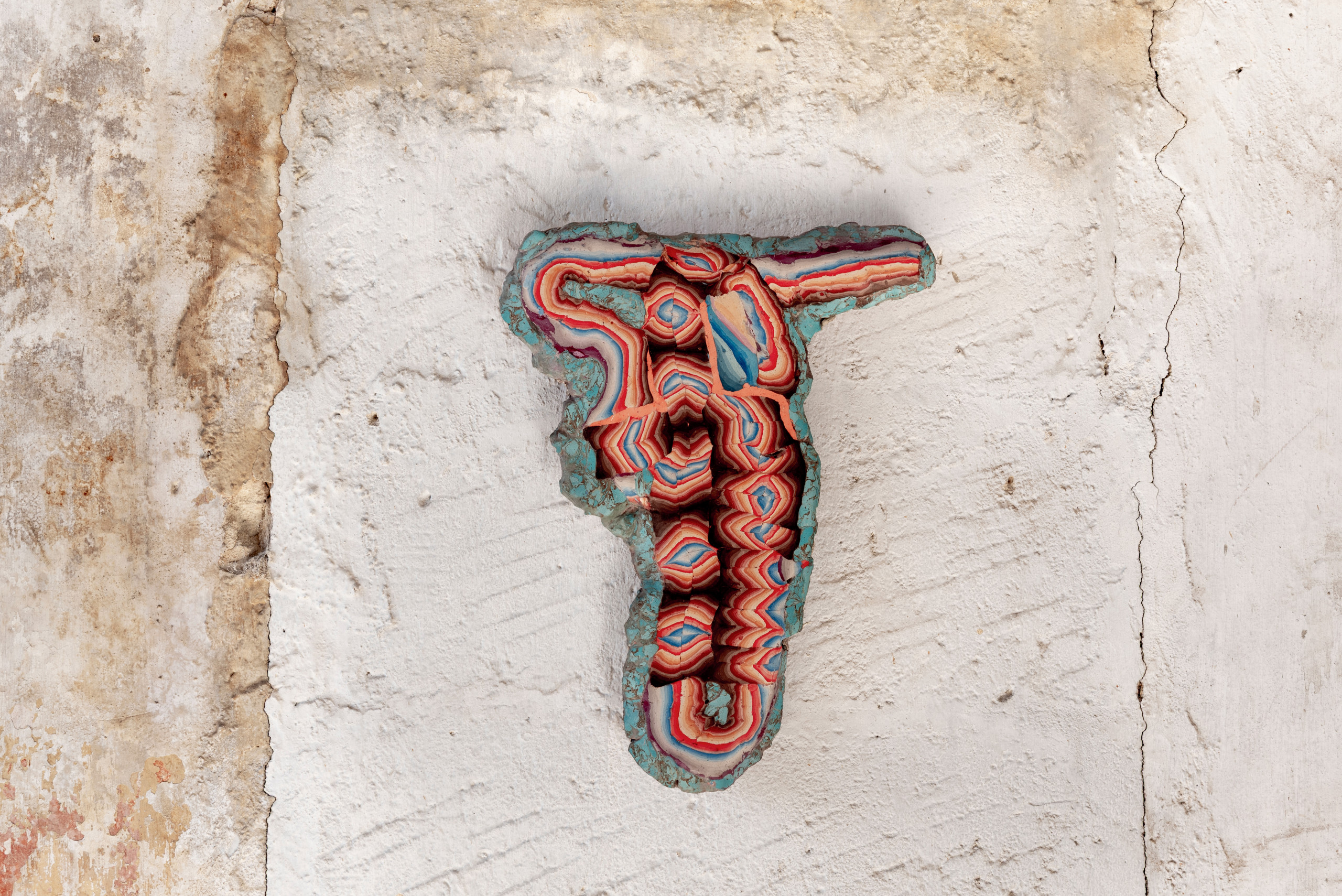
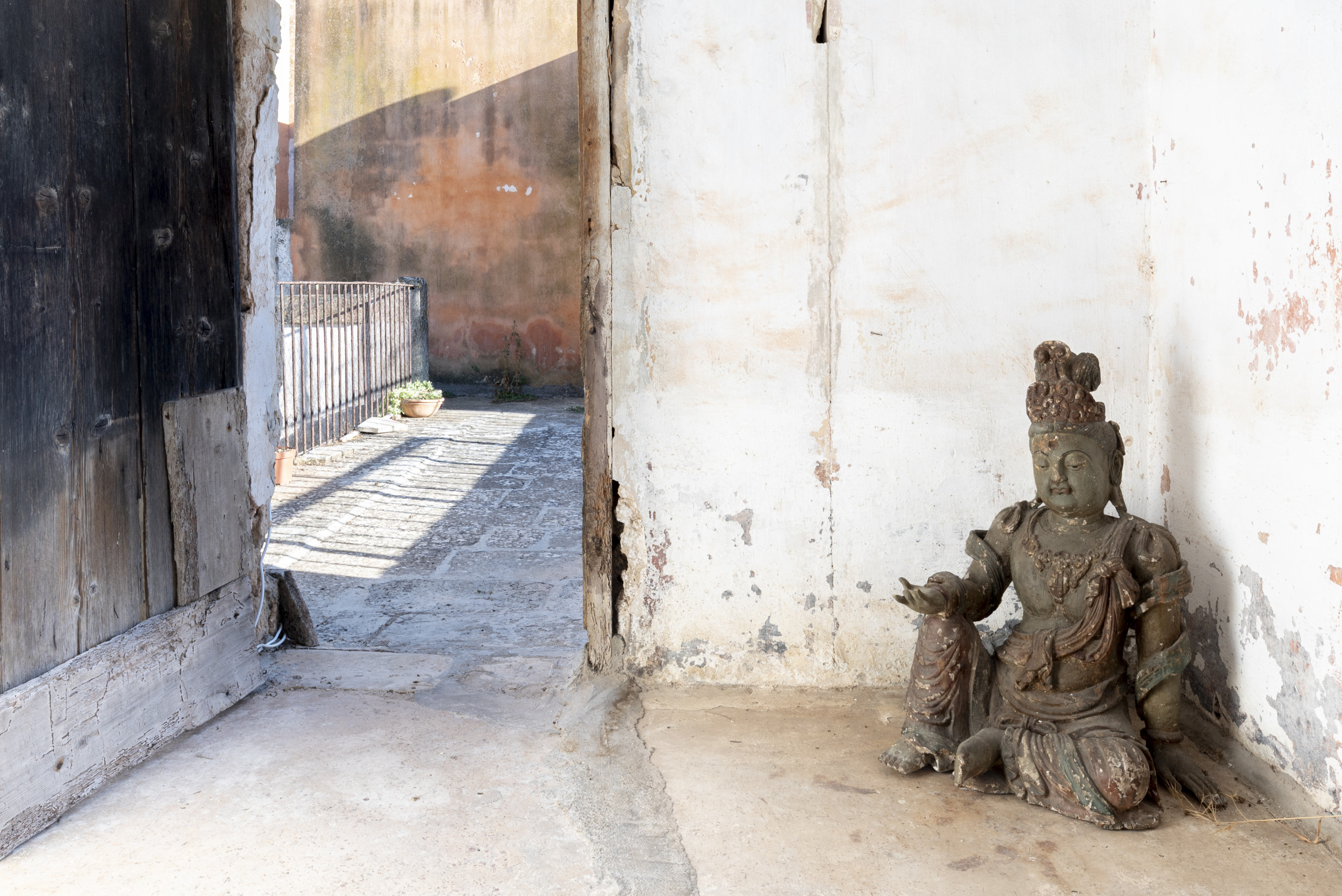
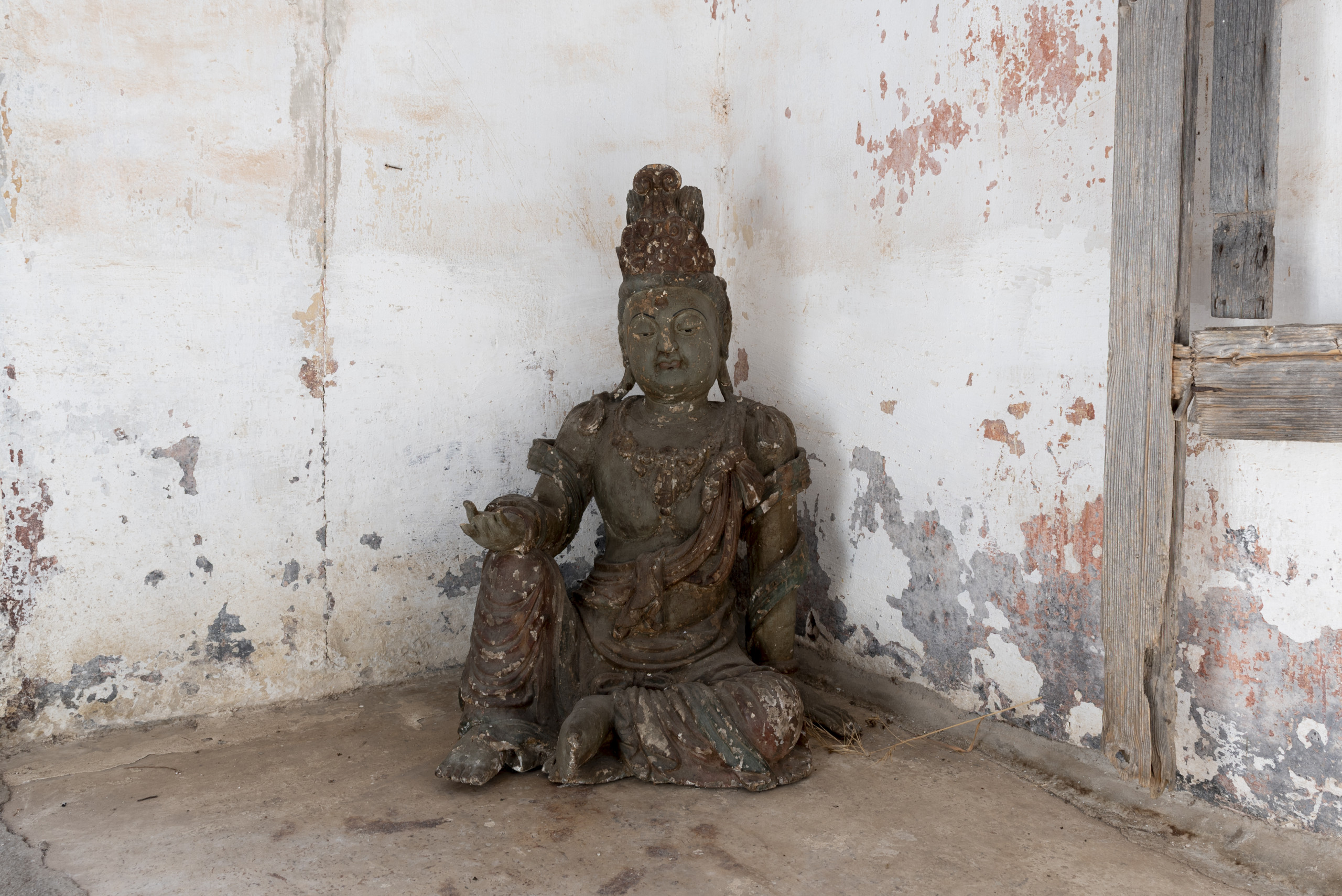
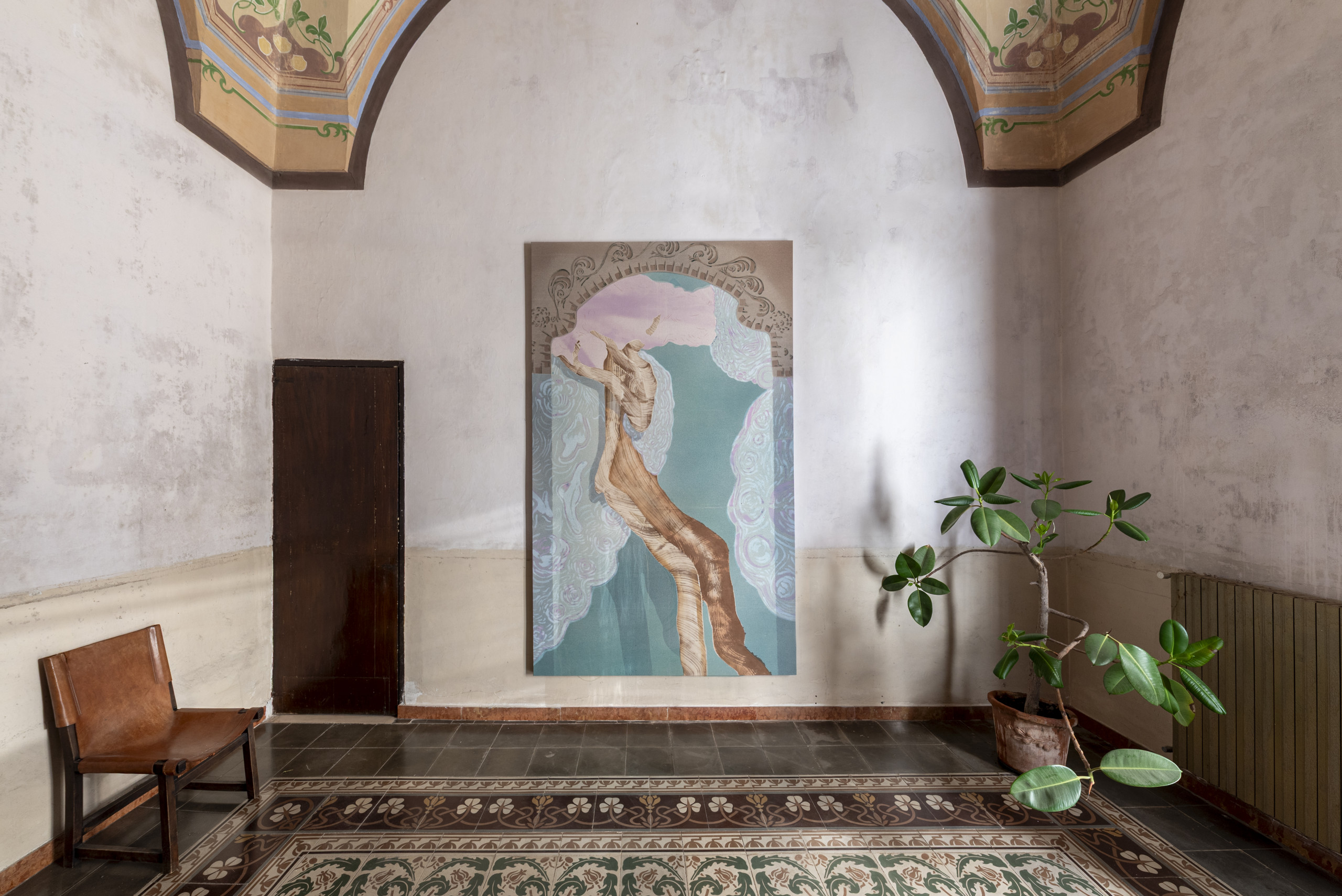
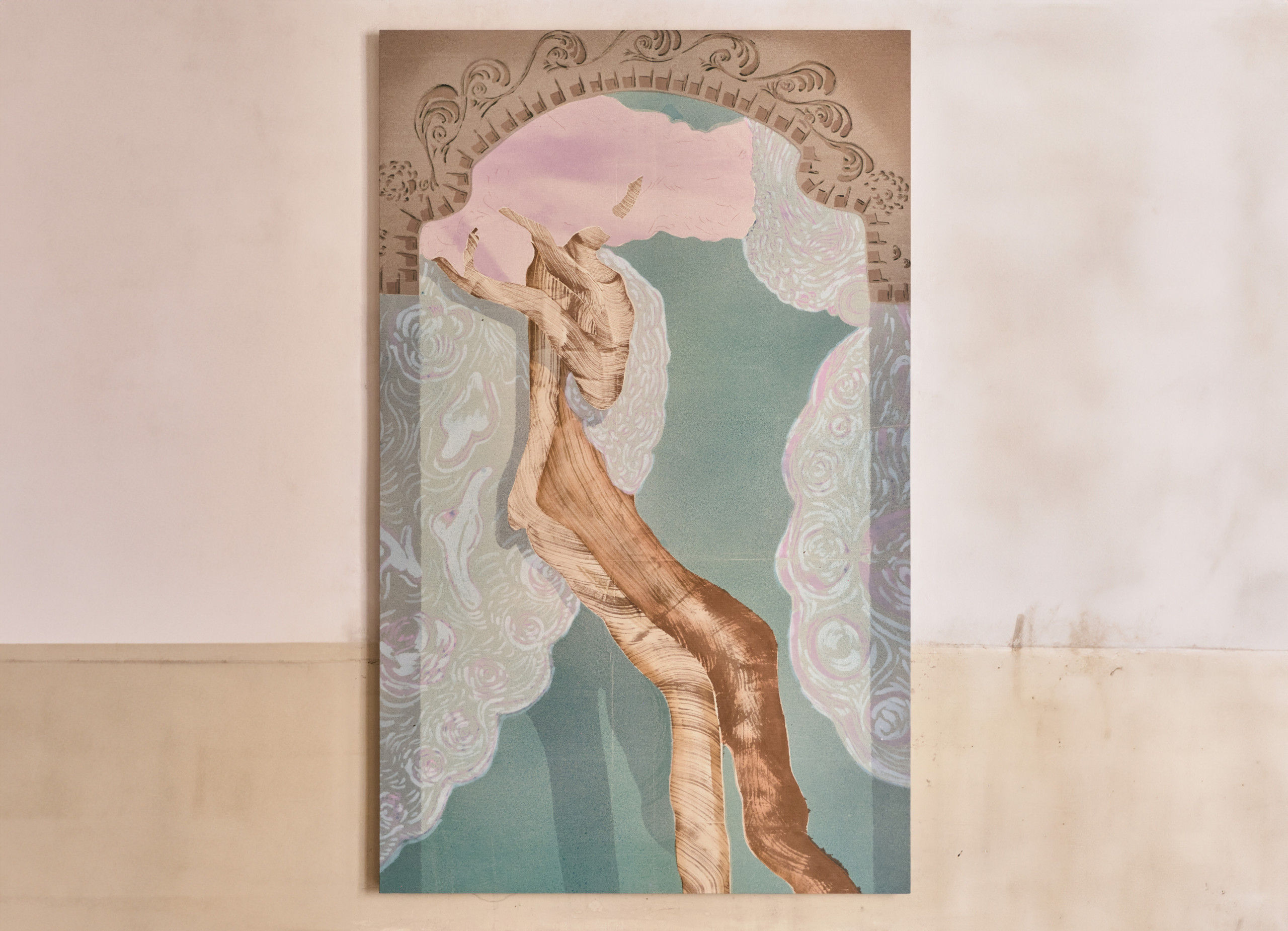


Image credits:
Installation views by Alice Caracciolo
Additional documentation by Pietro Sfameni
Courtesy of the artists & Fitzpatrick Gallery
With Alexandru Chira, Guido Biasi, Kerstin Brätsch, Carlo Bugatti, Haris Epaminonda, Matthew Lutz-Kinoy, Arthur Marie, Jacopo Mazzetti, Lisa Ponti, Odilon Redon, Sophie Reinhold, Carol Rama, Emil Wolff, Beatrice Wood and 24 unknown artists.
Jacopo Mazzetti (1987, Milan) lives and works in Athens.
Working across mediums, he creates environments that dissolve spatial and temporal constraints as perception sharpens. Characterized by alchemical materiality and a post-anthropocentric vision, his work explores notions of circular time, psychic androgyny and intergenerational exchange, staging intimate constellations that enable revelatory states of consciousness.
Since 2013, he has exhibited internationally, including at Centre d’Art Contemporaine (Geneva), Felix (Los Angeles), Fitzpatrick Gallery (Paris), and Basel Social Club.
In 2018 he founded the artist-run space Octagon. He performs live sets as part of the Wildlife Conservation Society.
Alexandru Chira (1947, Tauseni, Romania – 2011, Bucharest, Romania) was a Romanian artist and professor whose work spanned painting, installation, and conceptual art.
Guido Biasi (1933, Naples – 1983, Paris) was an Italian artist whose work spanned painting, drawing, and graphic arts.
Kerstin Brätsch (1979, Hamburg) lives and works in New York.
Carlo Bugatti (1856, Milan – died 1940, Molsheim) was a designer, architect, and artist.
Haris Epaminonda (1980, Nicosia, Cyprus) lives and works in Berlin.
Arthur Marie (1996, Cherbourg) lives and works in Paris
Matthew Lutz-Kinoy (1984, New York, USA) lives and works in Paris.
Carol Rama (1918, Turin – 25, 2015, Turin) was a painter, draughtswoman, and textile artist.
Odilon Redon (1840, Bordeaux – 1916, Paris) was a French symbolist artist.
Sophie Reinhold (1981, Berlin) lives and works in Berlin.
Beatrice Wood (1893, San Francisco – 1998, Ojai, California) was an artist and ceramicist.
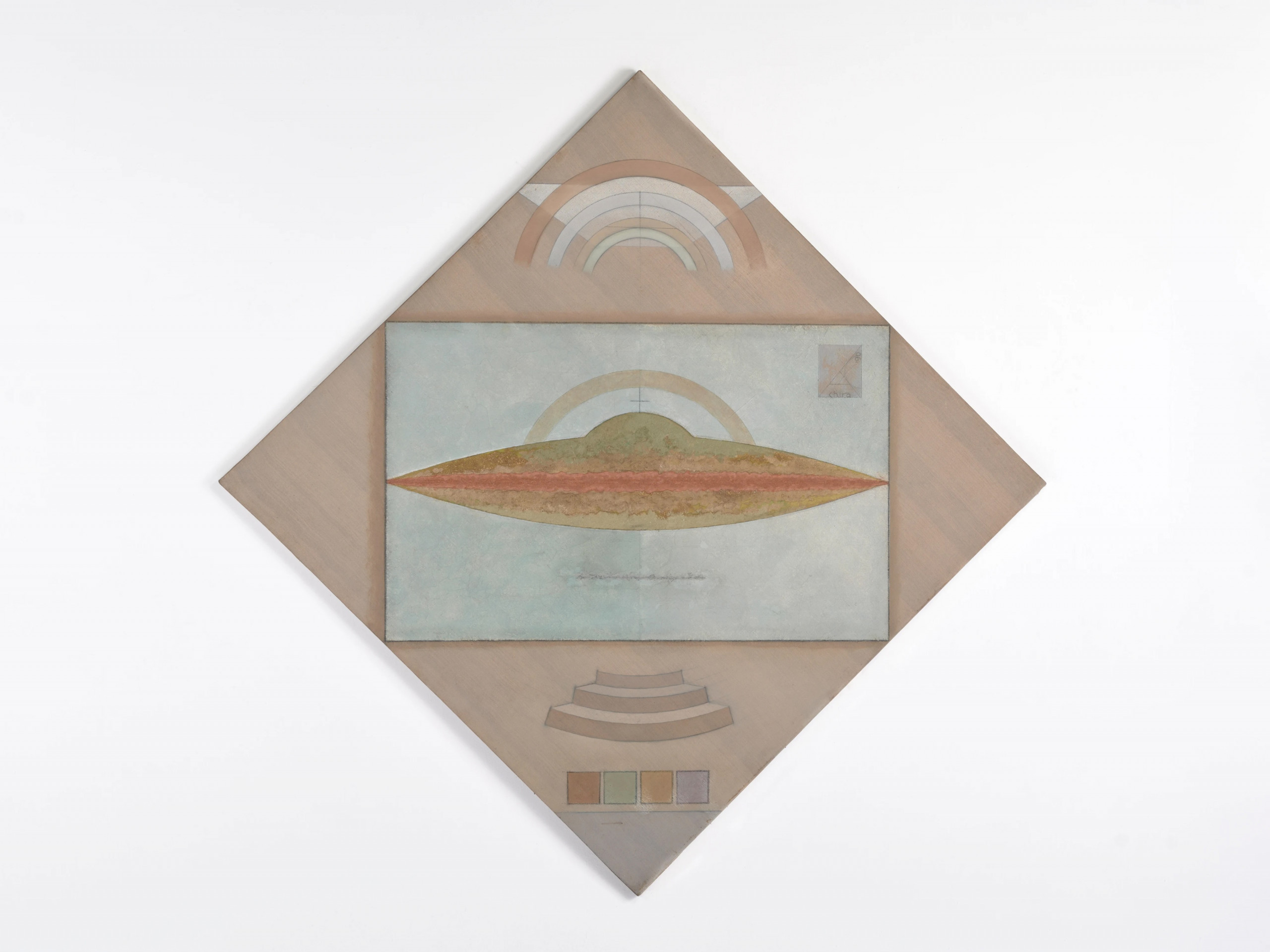
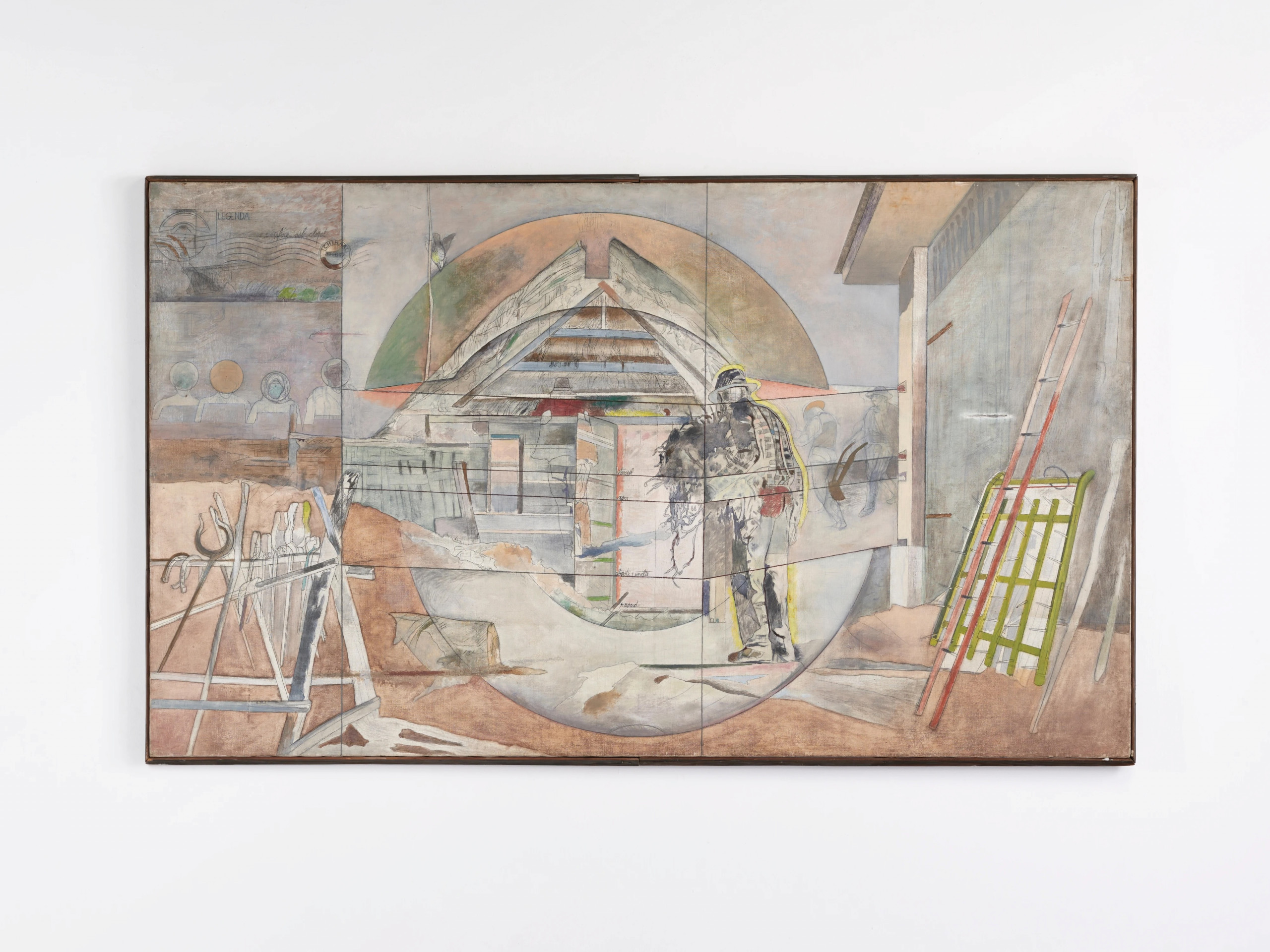
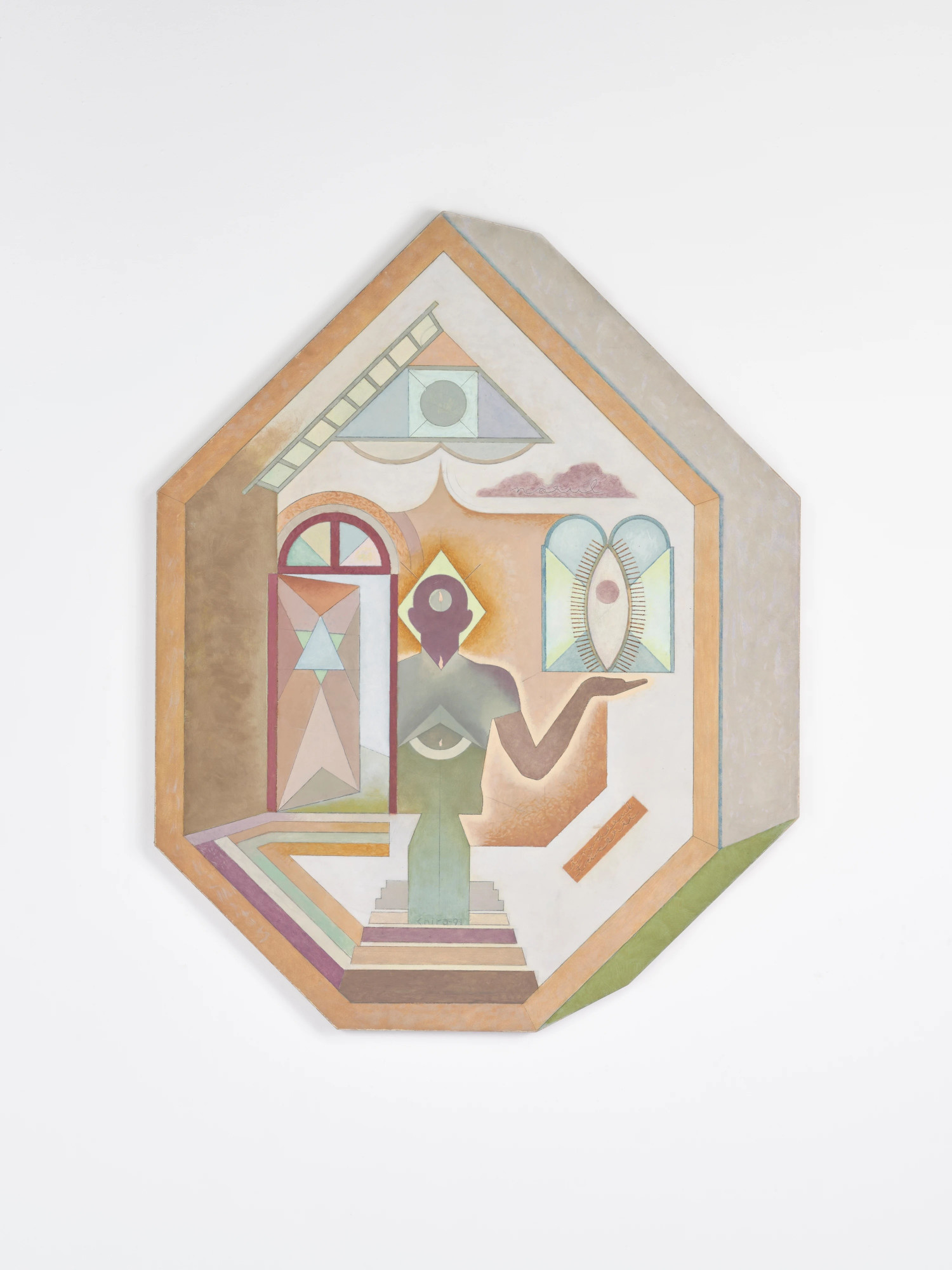
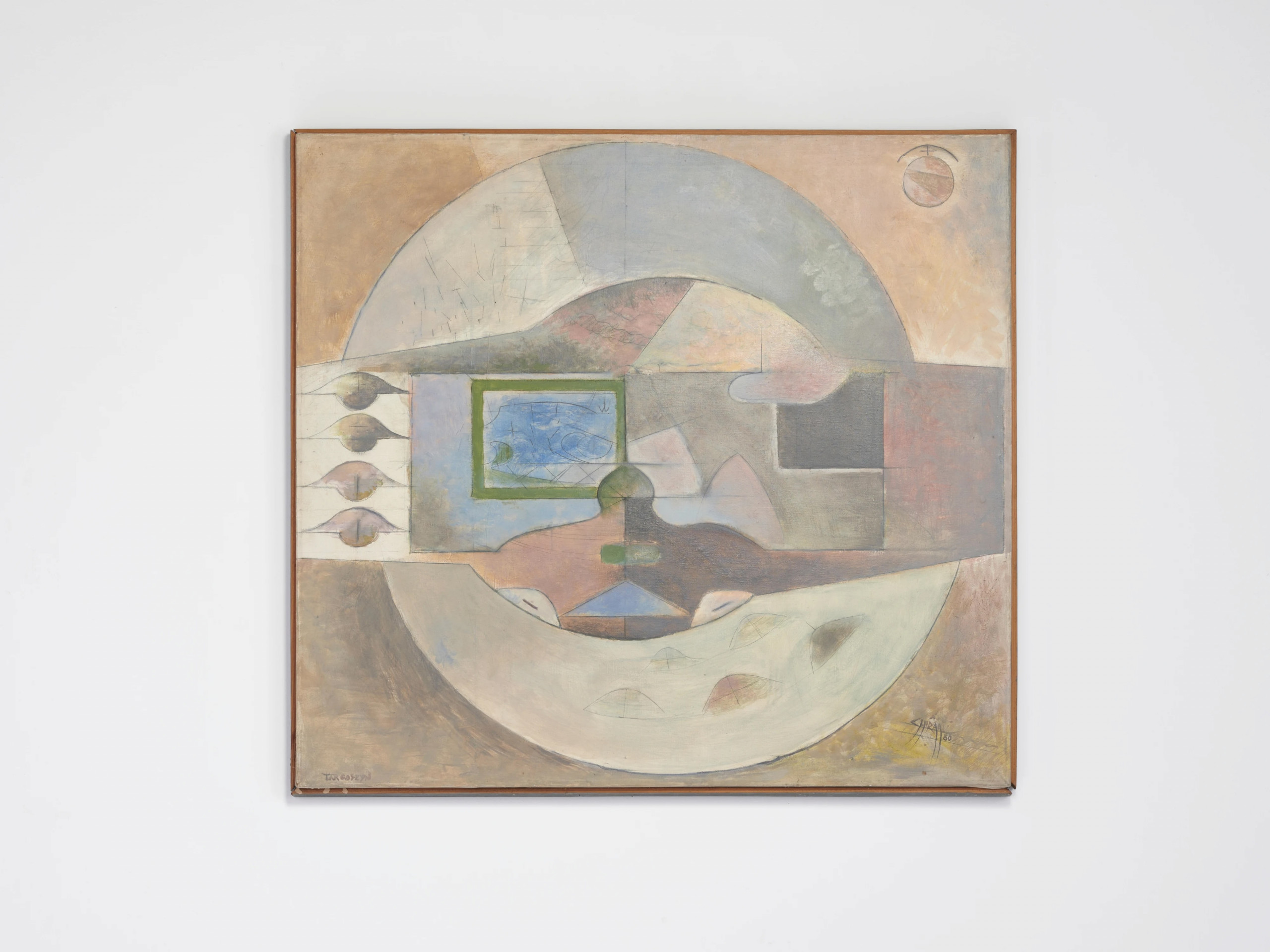
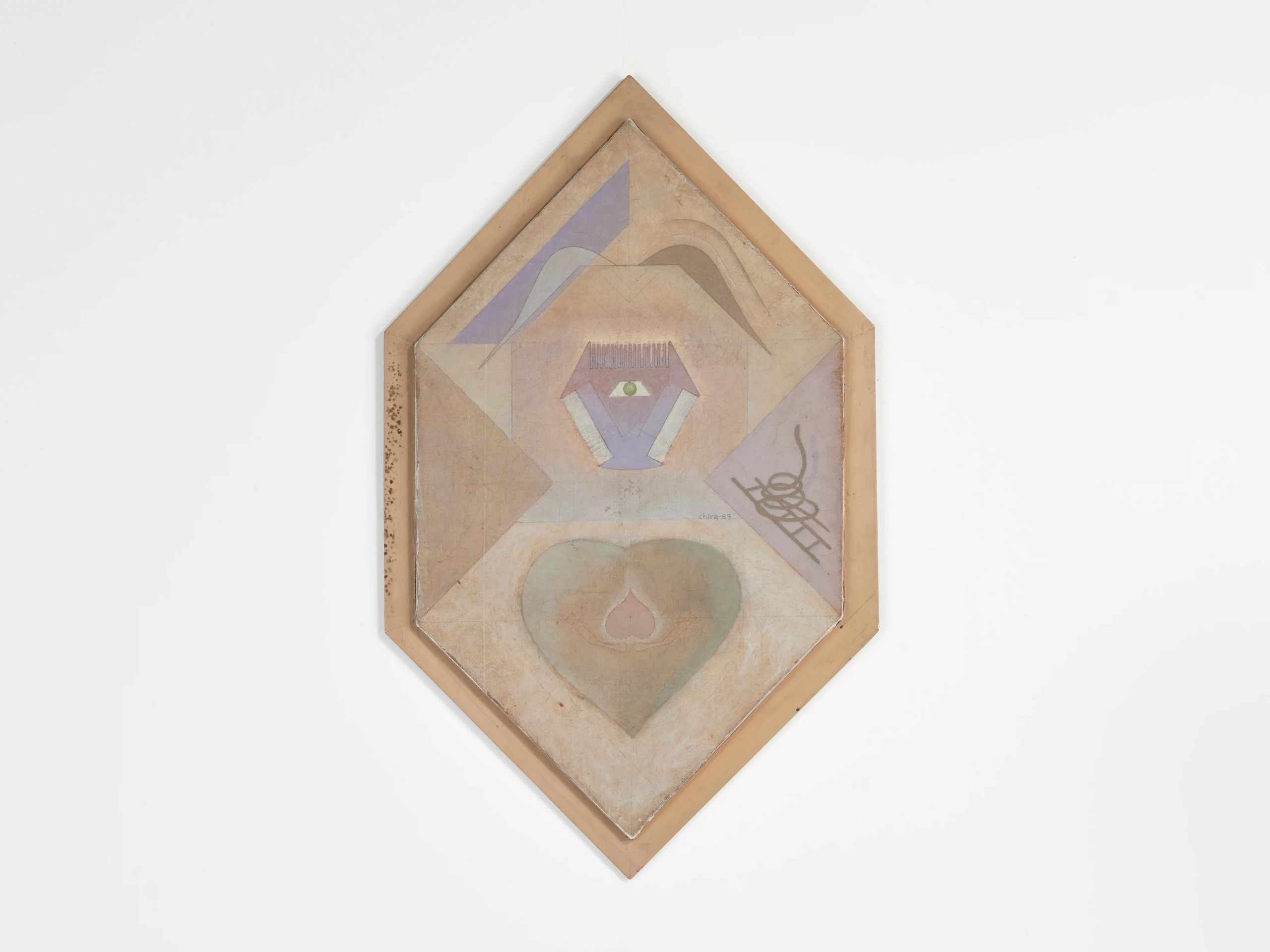
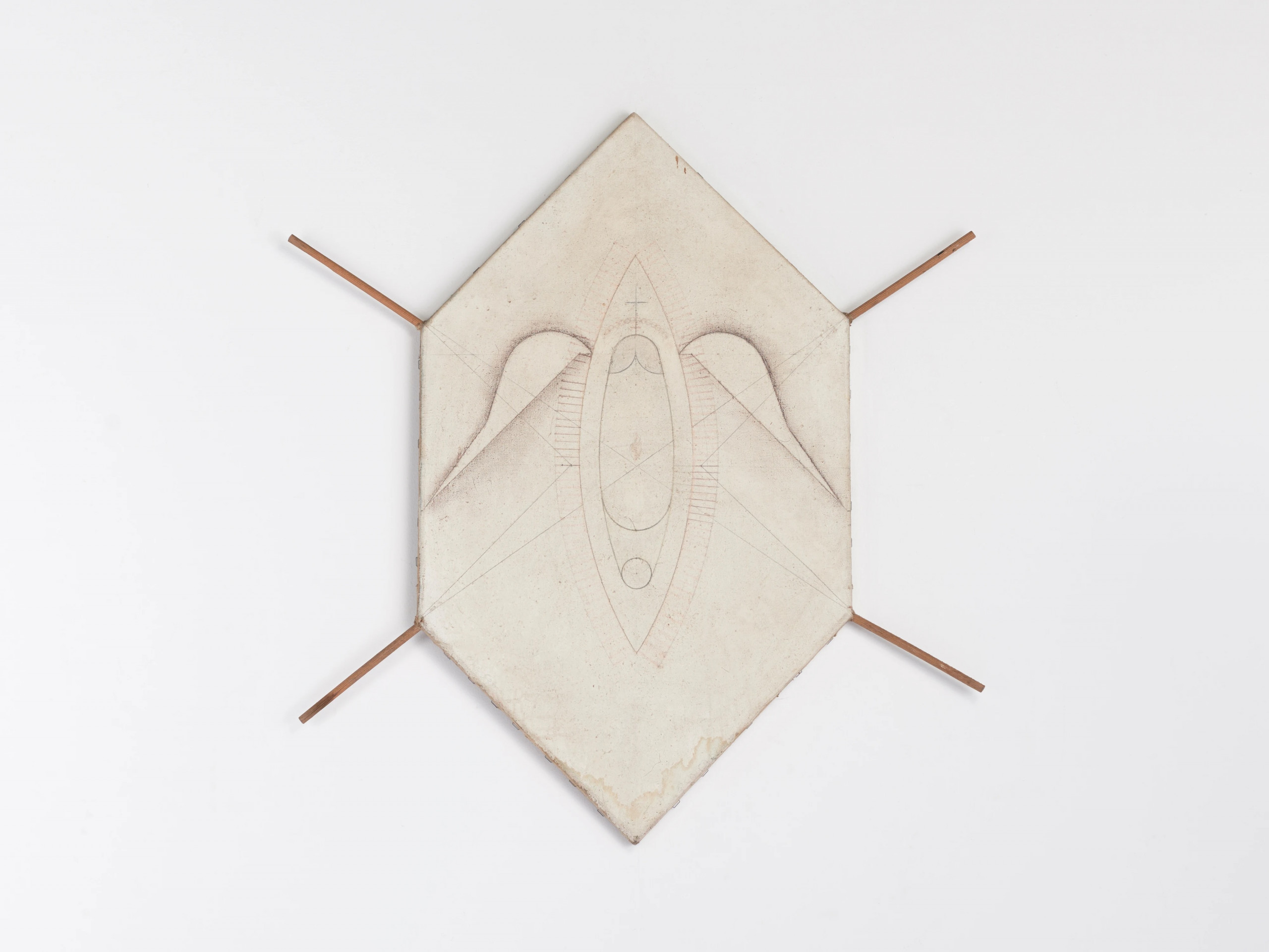
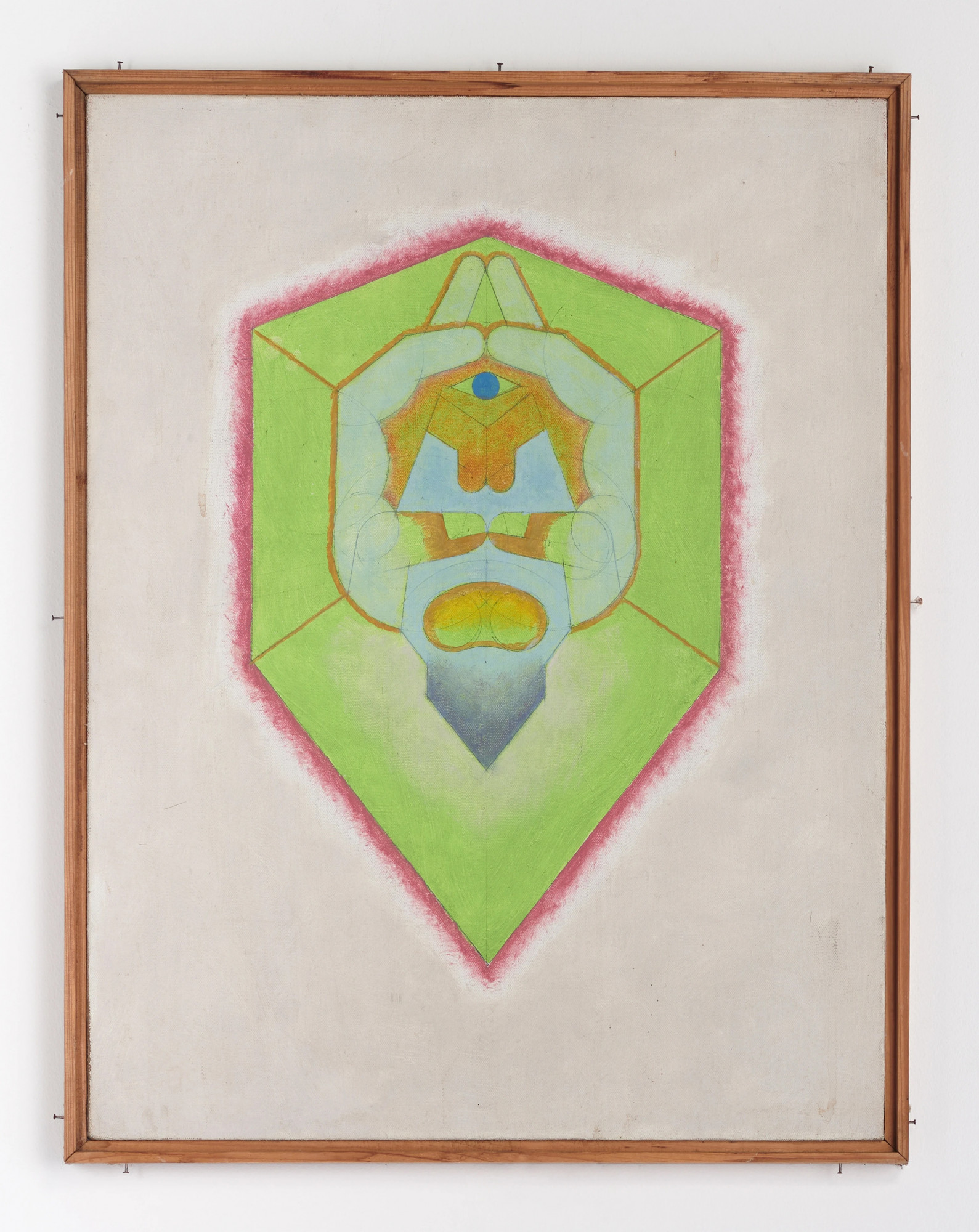
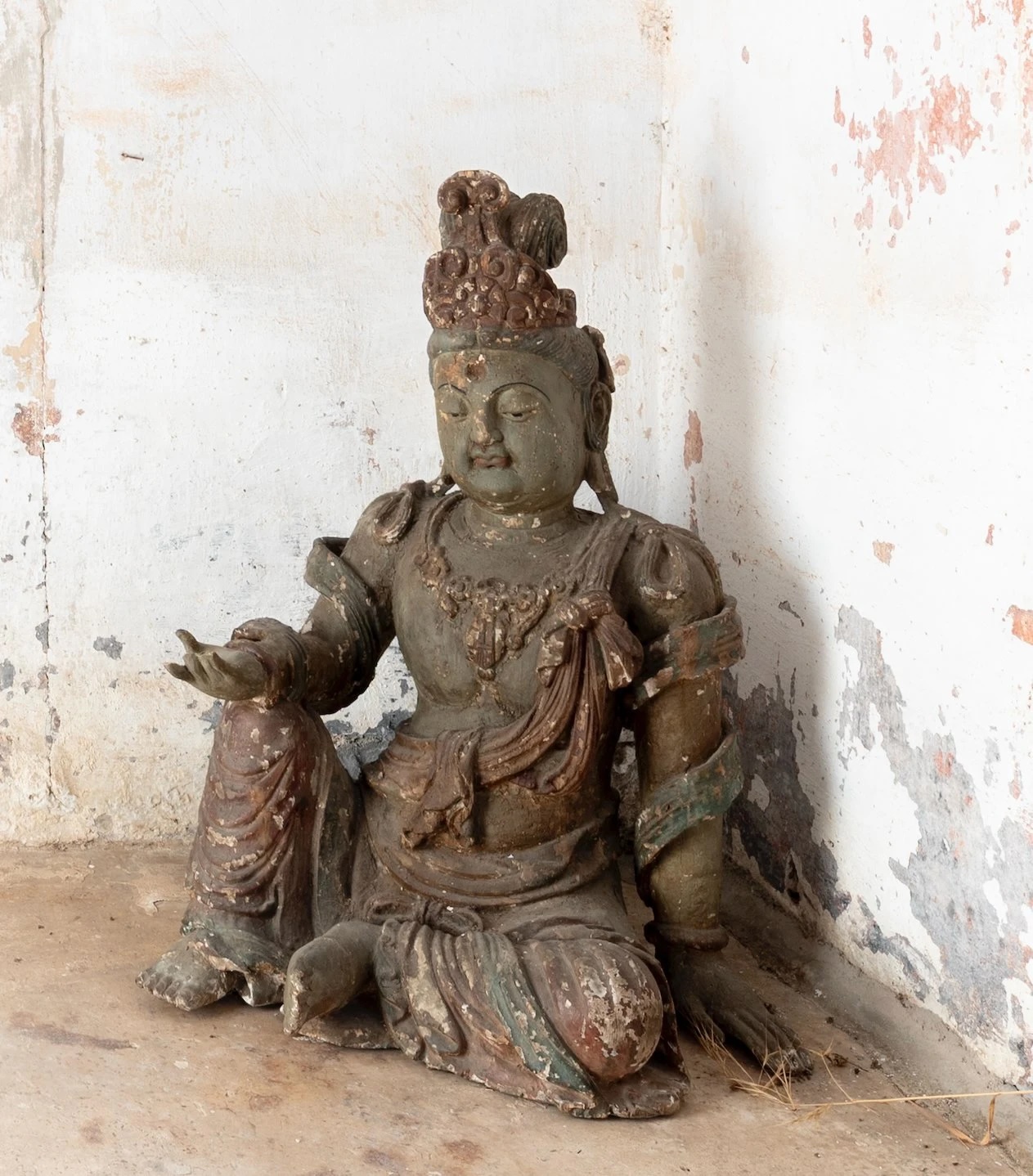
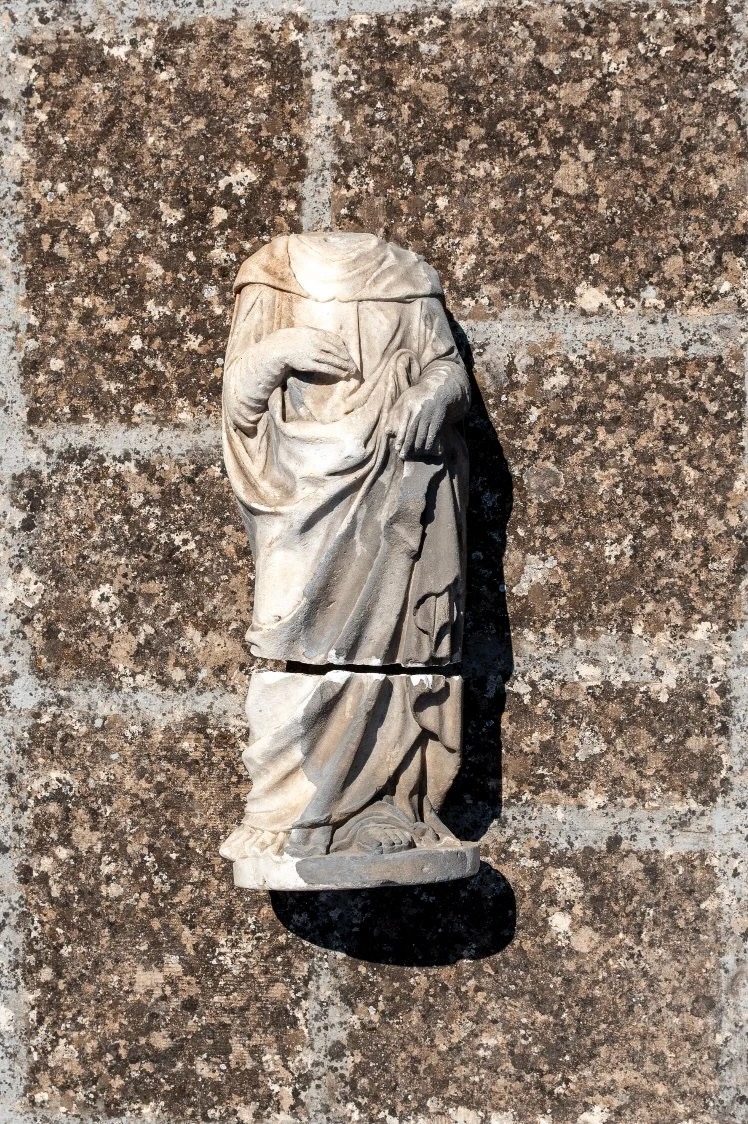
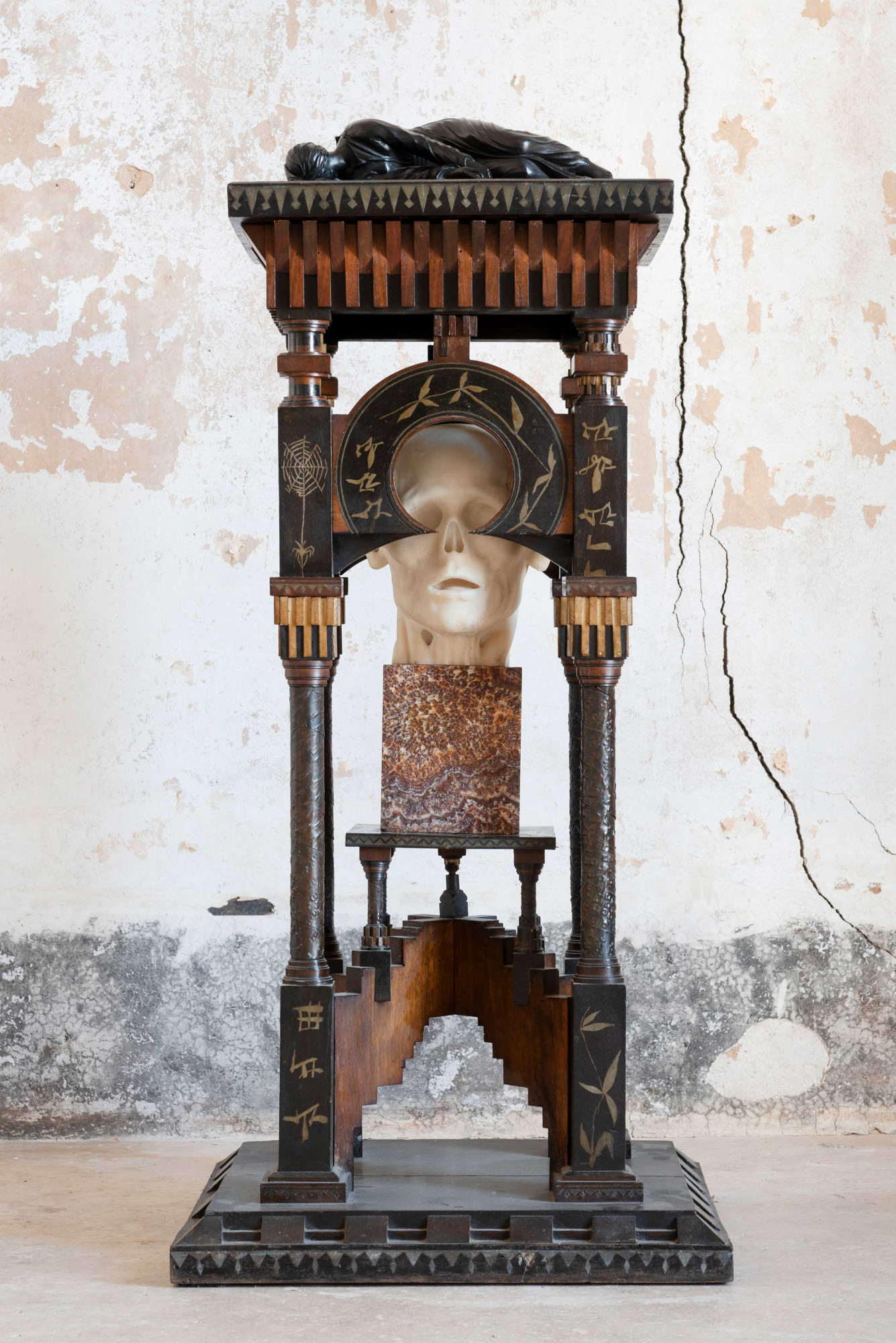
The Sleepwalkers, 2025
Assemblage
composed of :
Colonna Bugatti, Late 19th / early 20th century
Wood with copper, brass, bone, parchment, camel leather
50 x 50 x 100 cm
19 3/4 x 19 3/4 x 39 3/8 in
+
Unknown Artist
Marble Skull, Late 19th / early 20th century
Marble
40 × 13 × 13 cm
15 3/4 × 5 1/8 × 5 1/8 in
+
Unknown Artist
Saint Cecilia , 17th century
Carved wood
8 x 38 x 13 cm
3 1/8 x 15 x 5 1/8 in

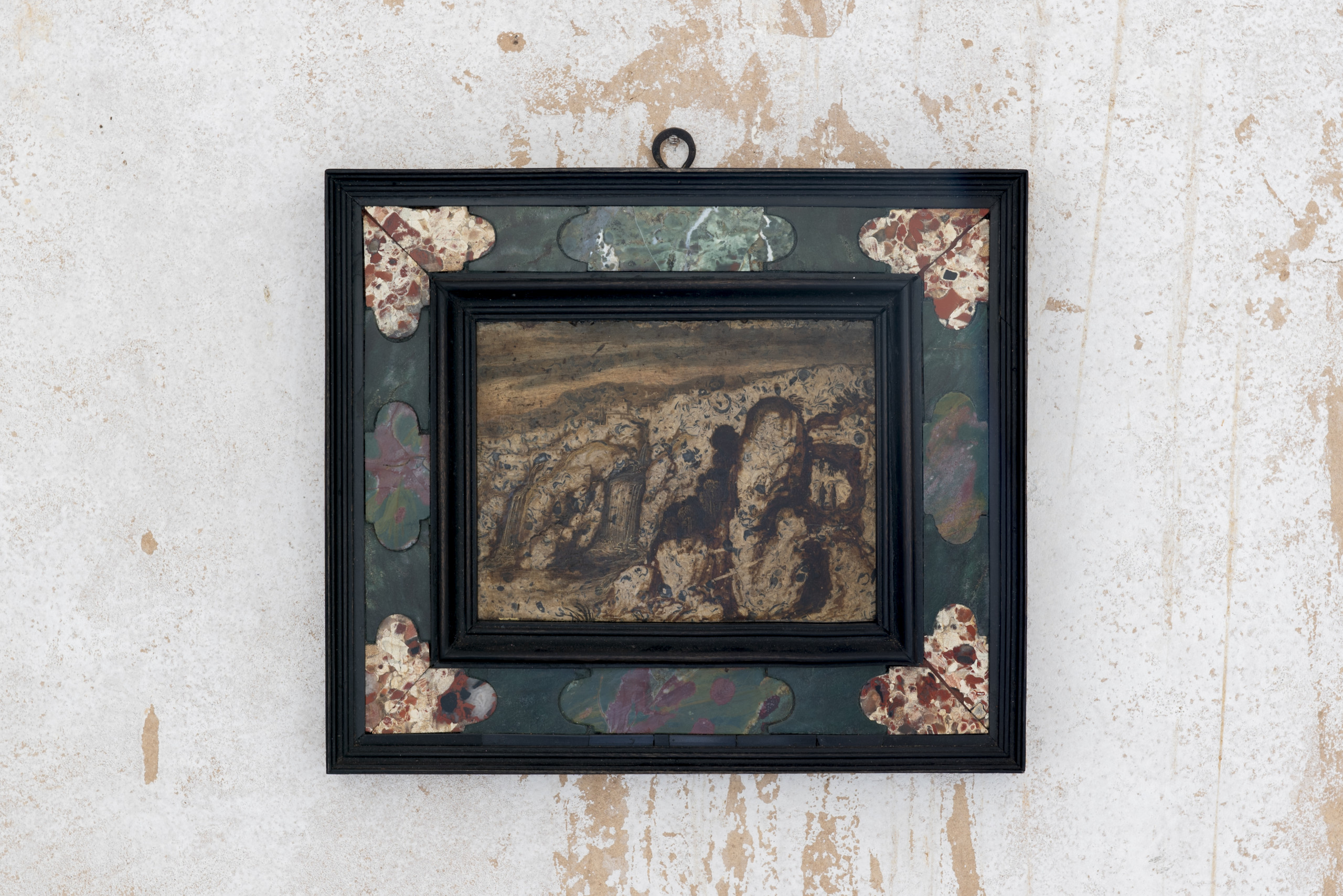
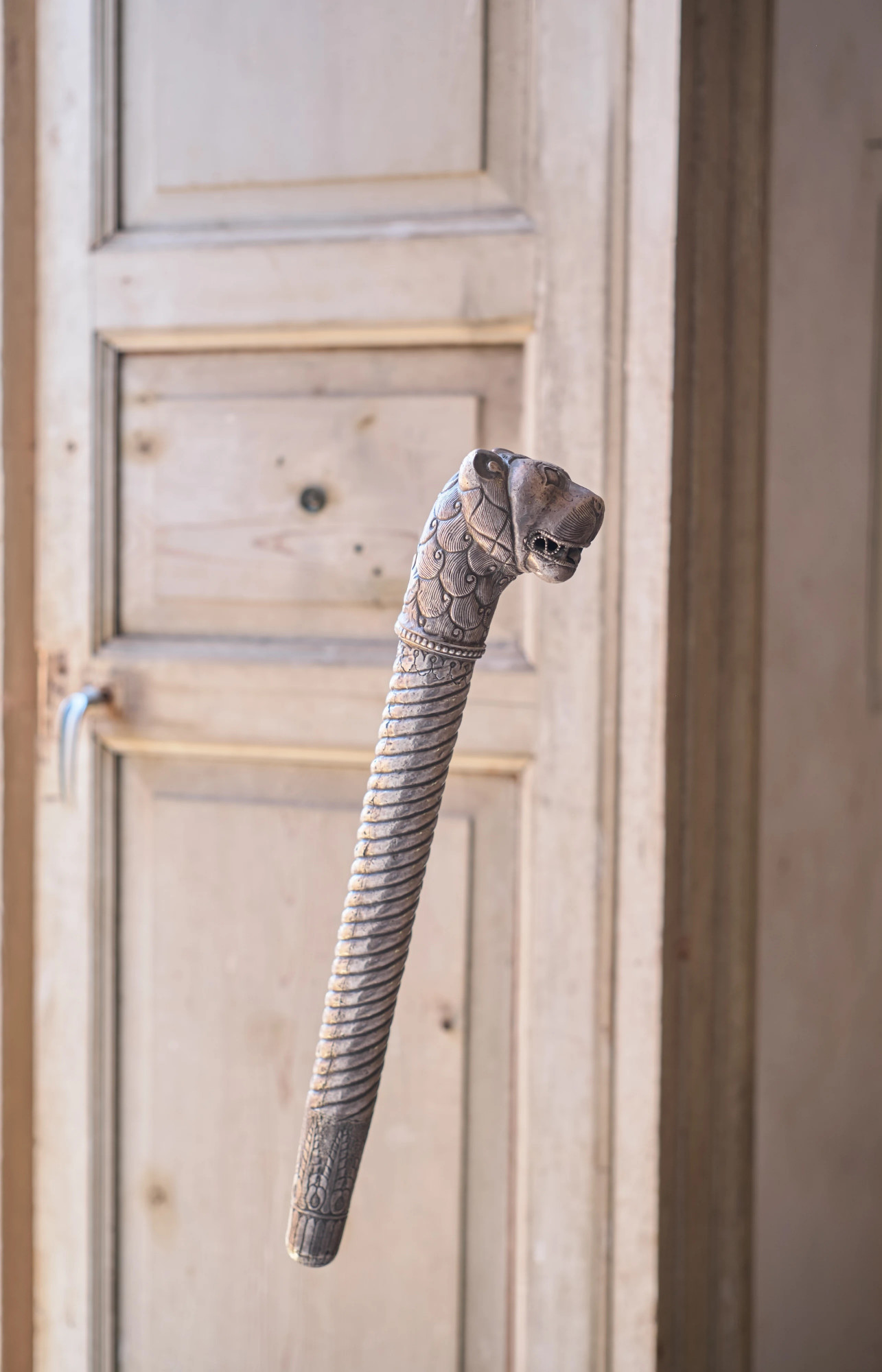
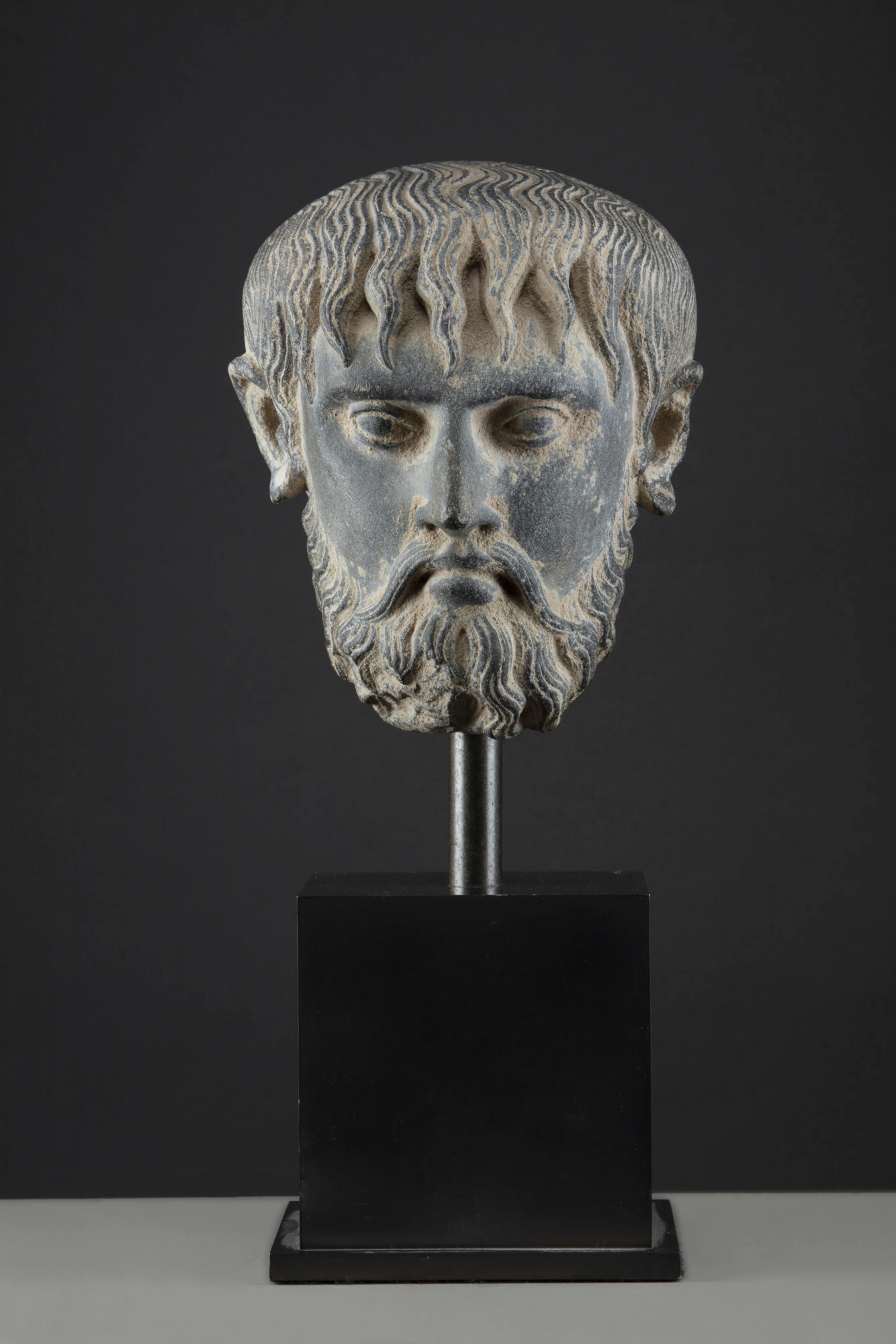
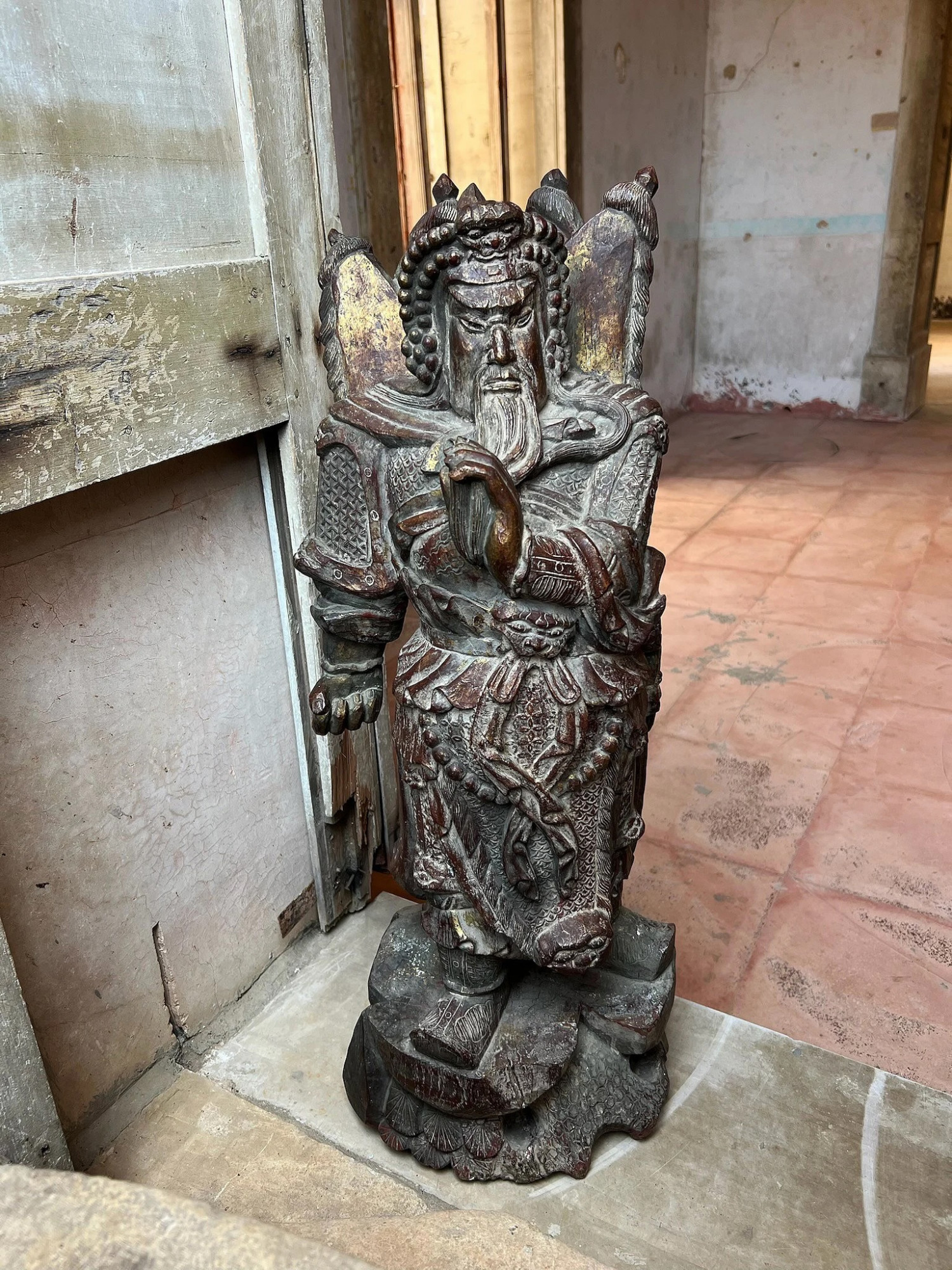
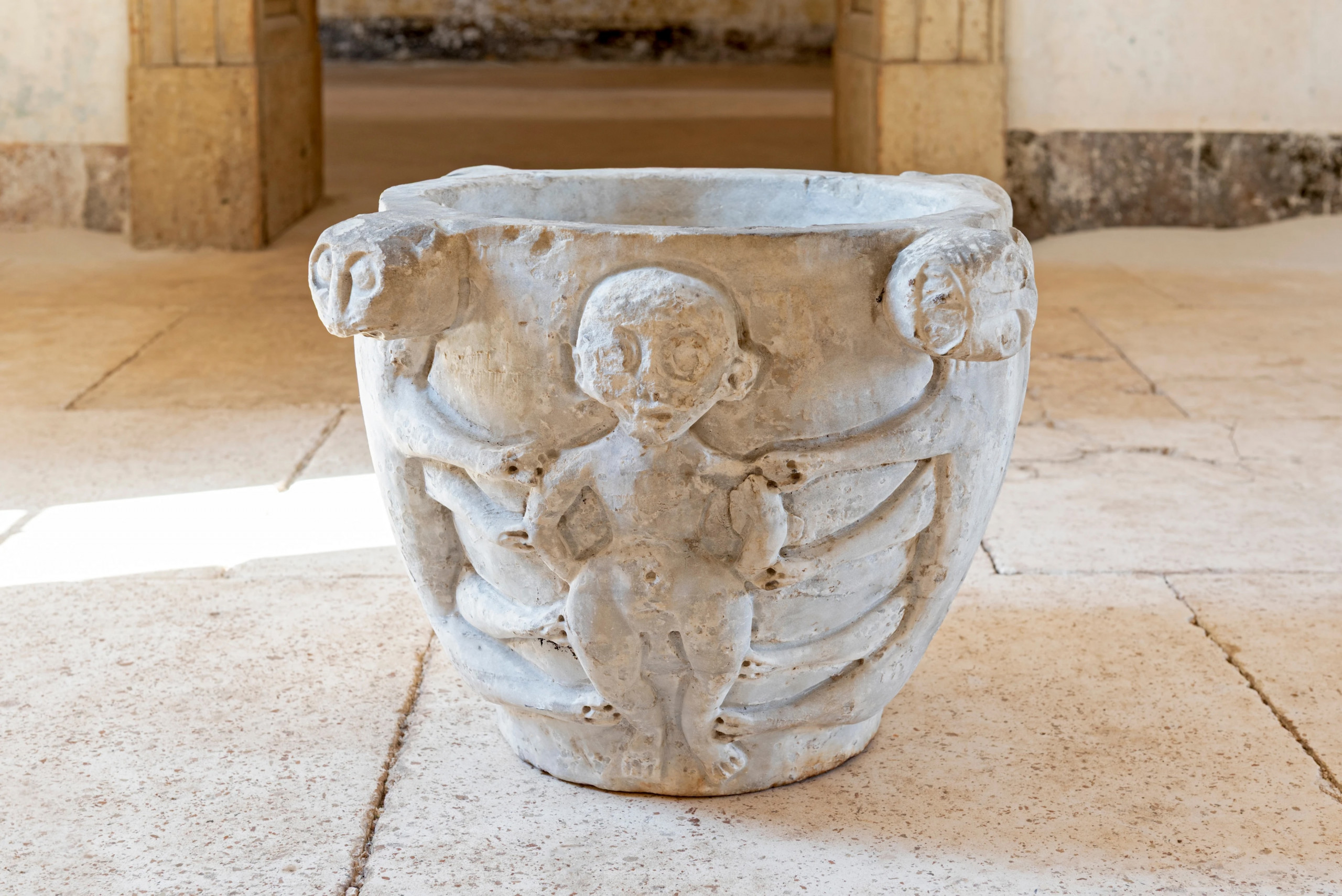
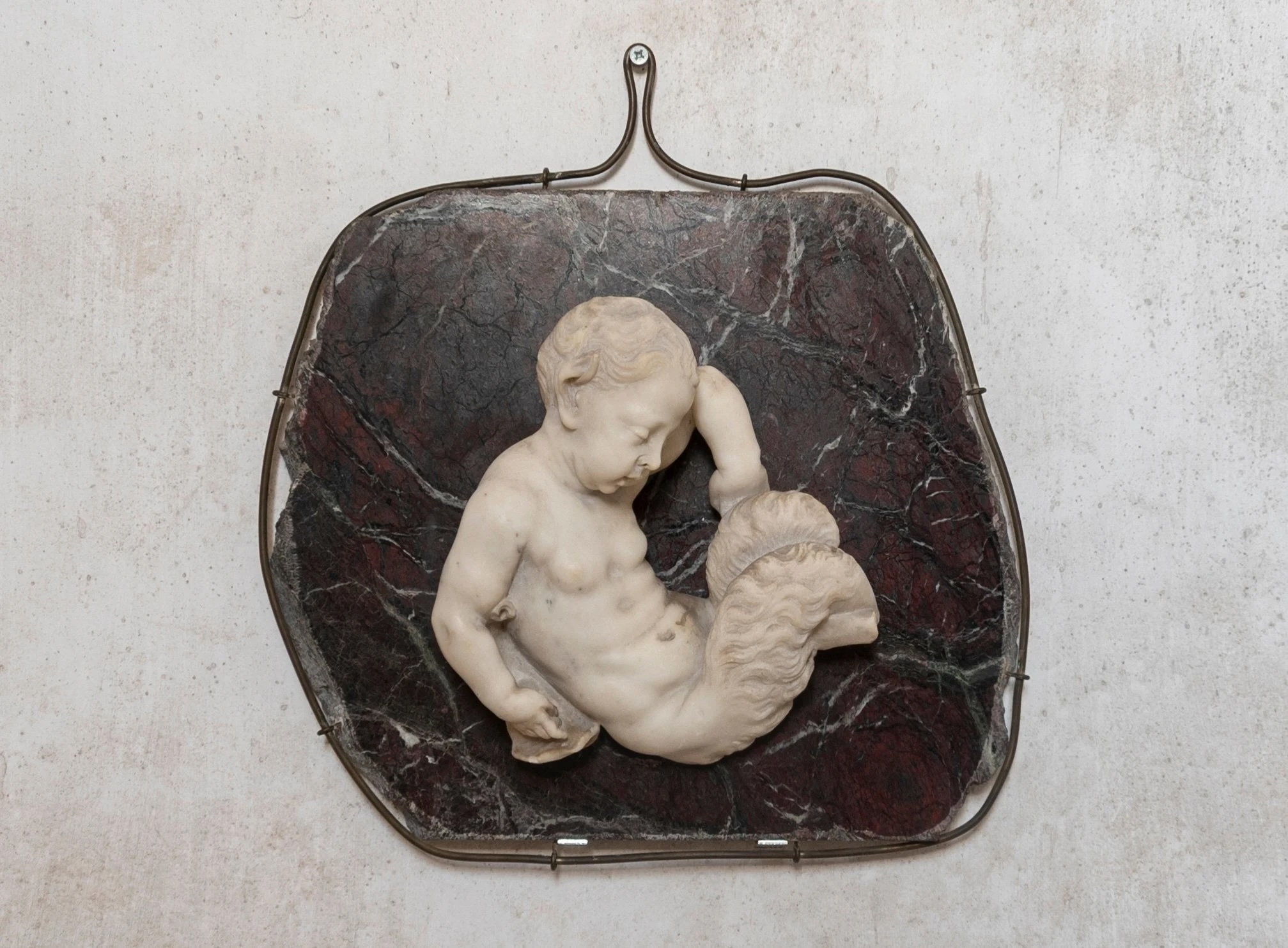
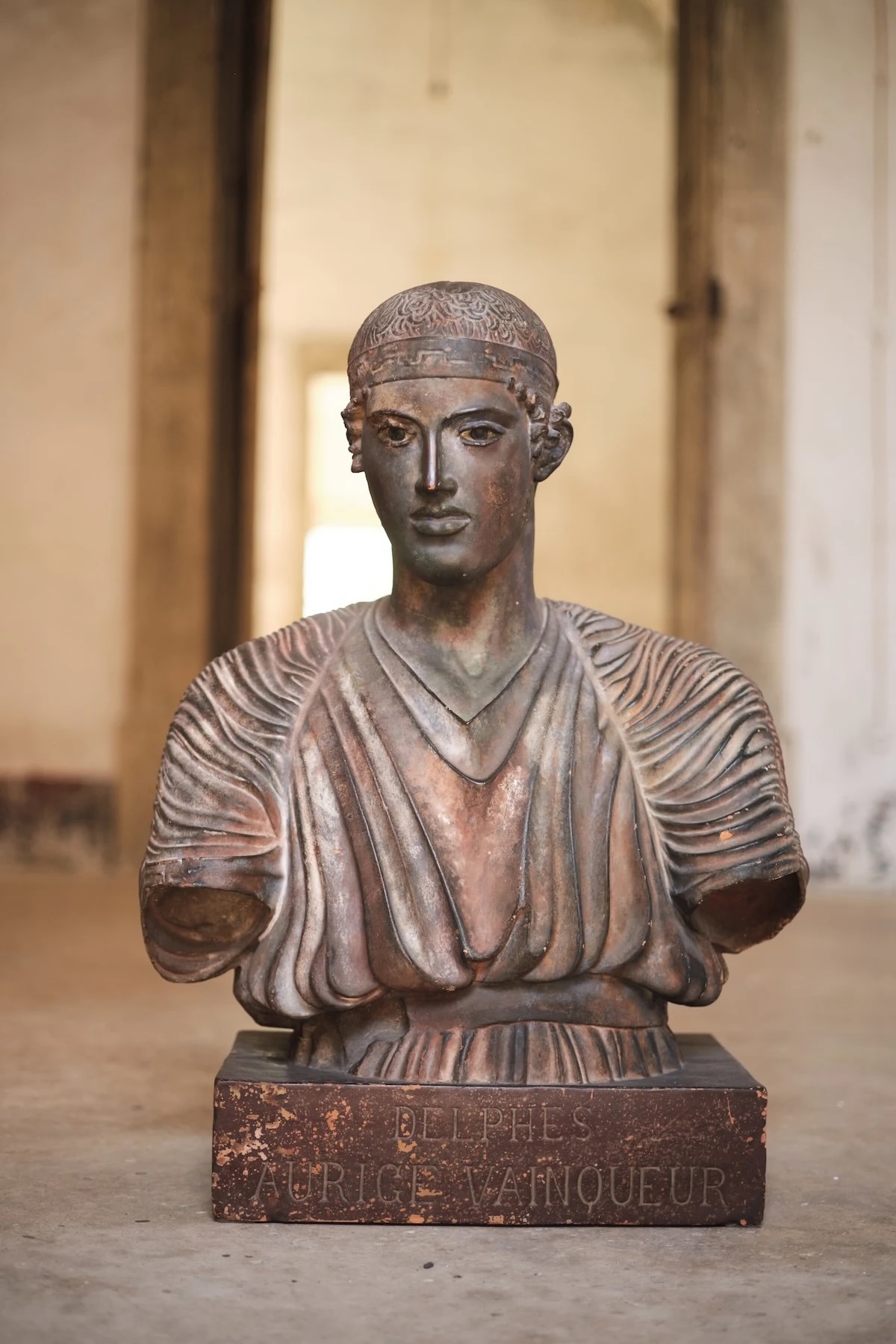
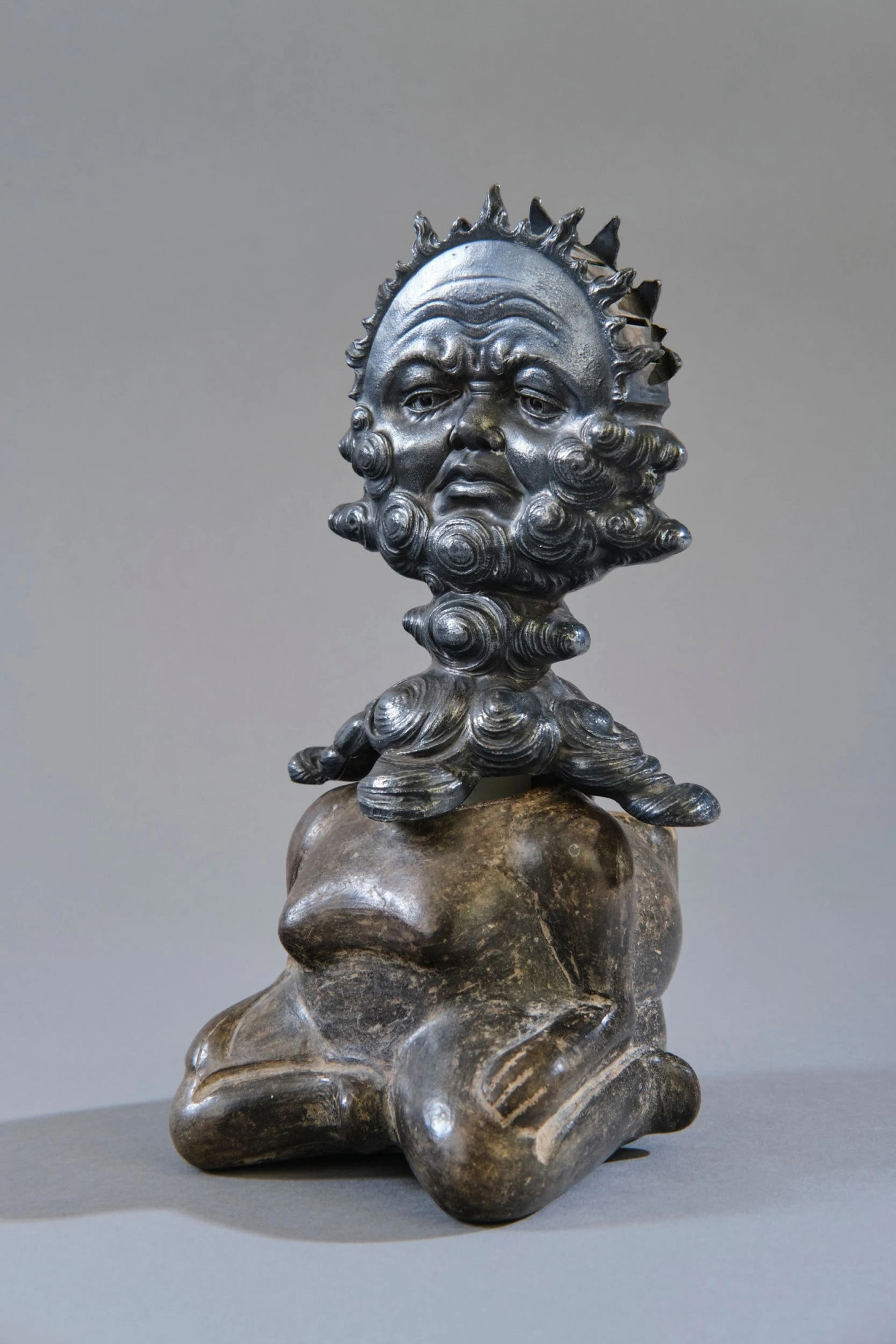
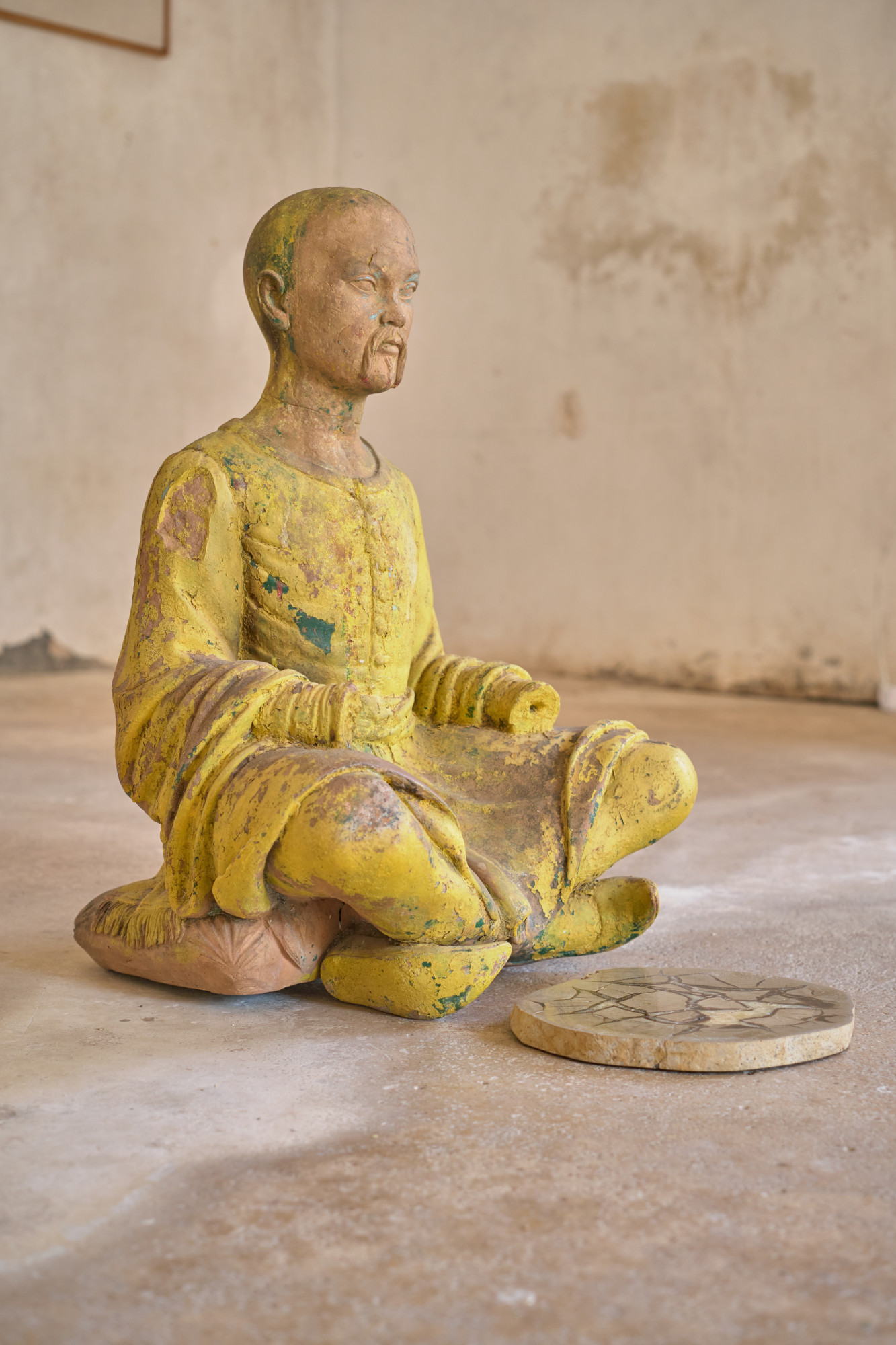
Magot Giallo, 19th century
Painted terracotta
63 x 43 x 36 cm
24 3/4 x 16 7/8 x 14 1/8 in
(Unknown/005)
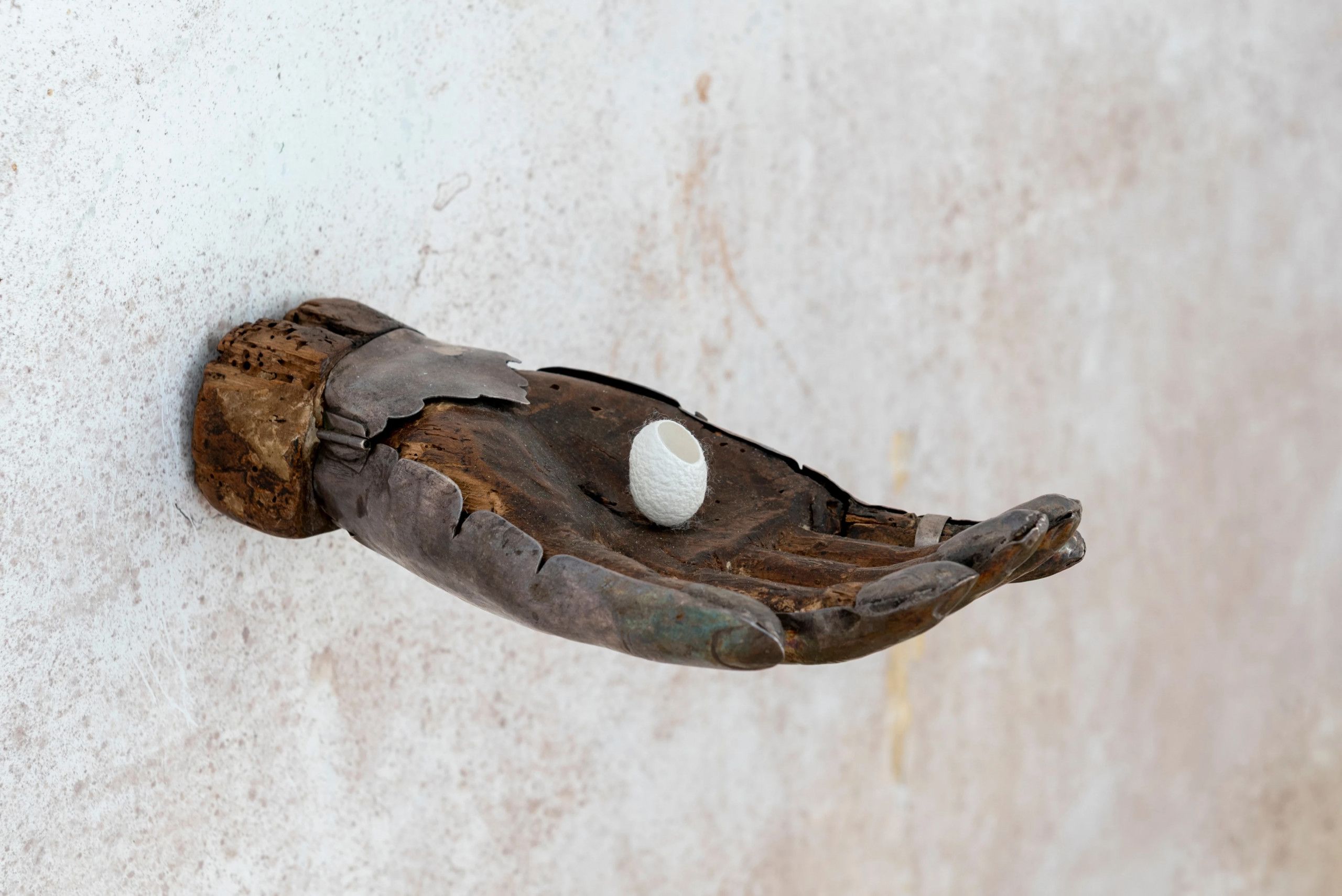
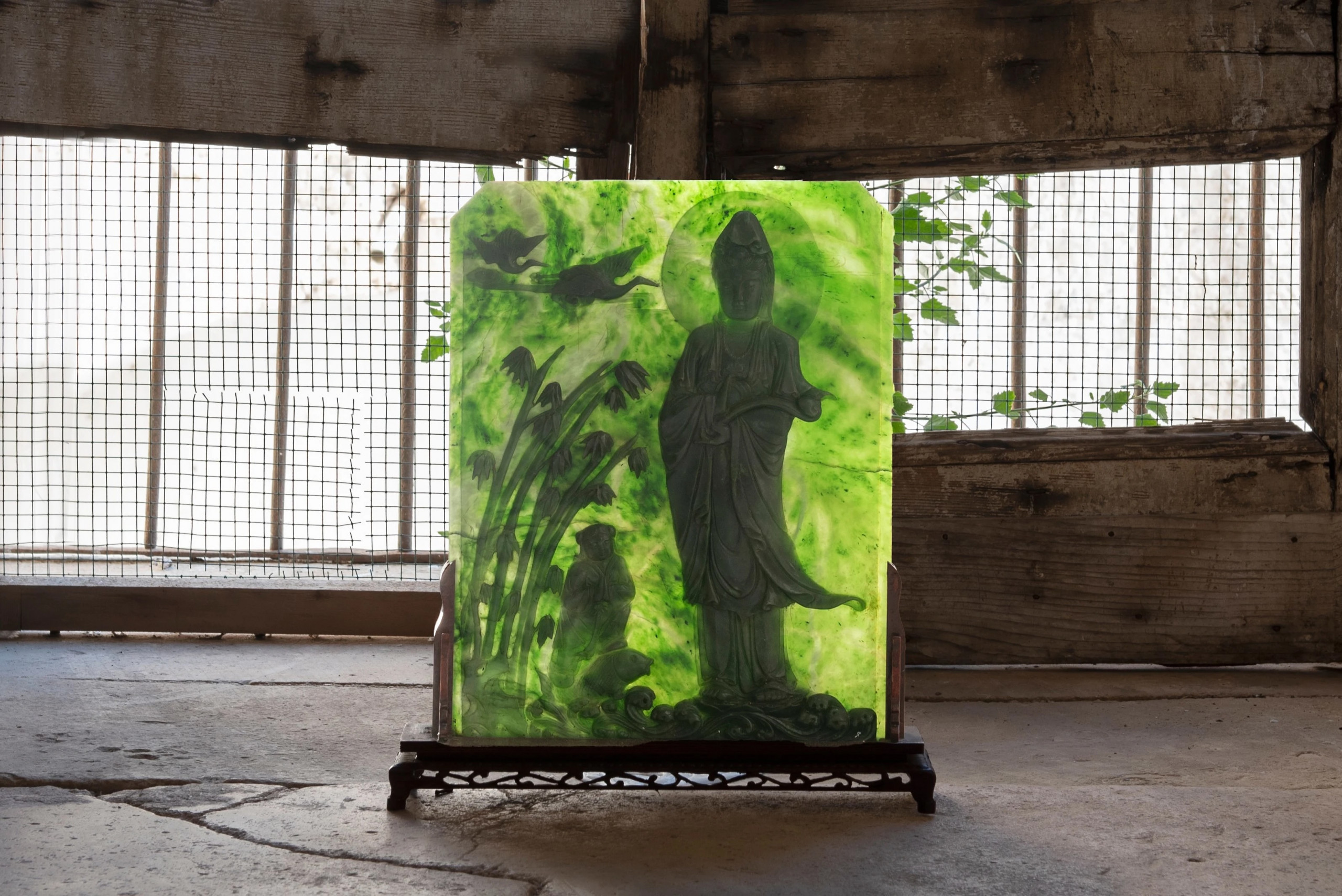
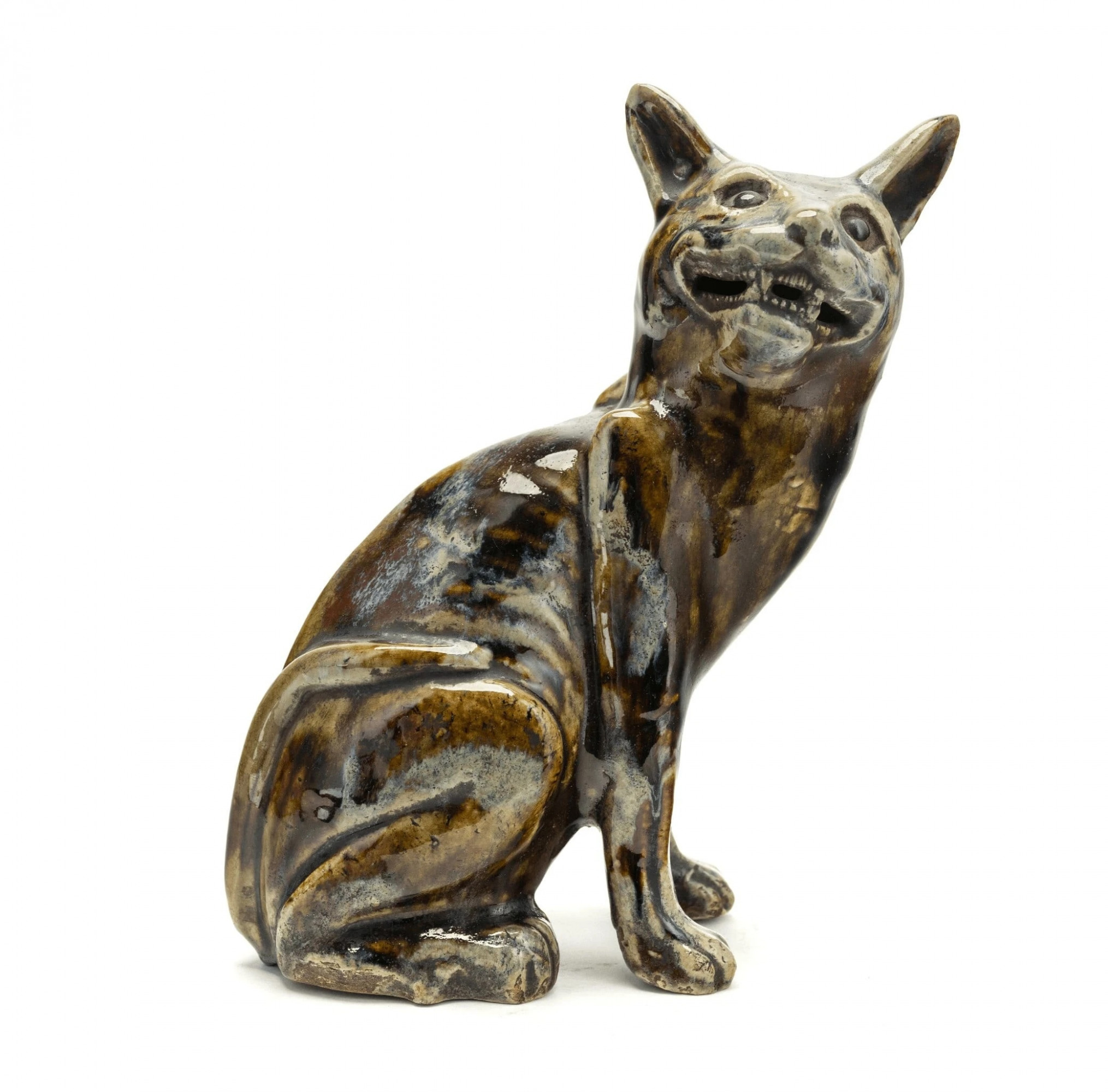
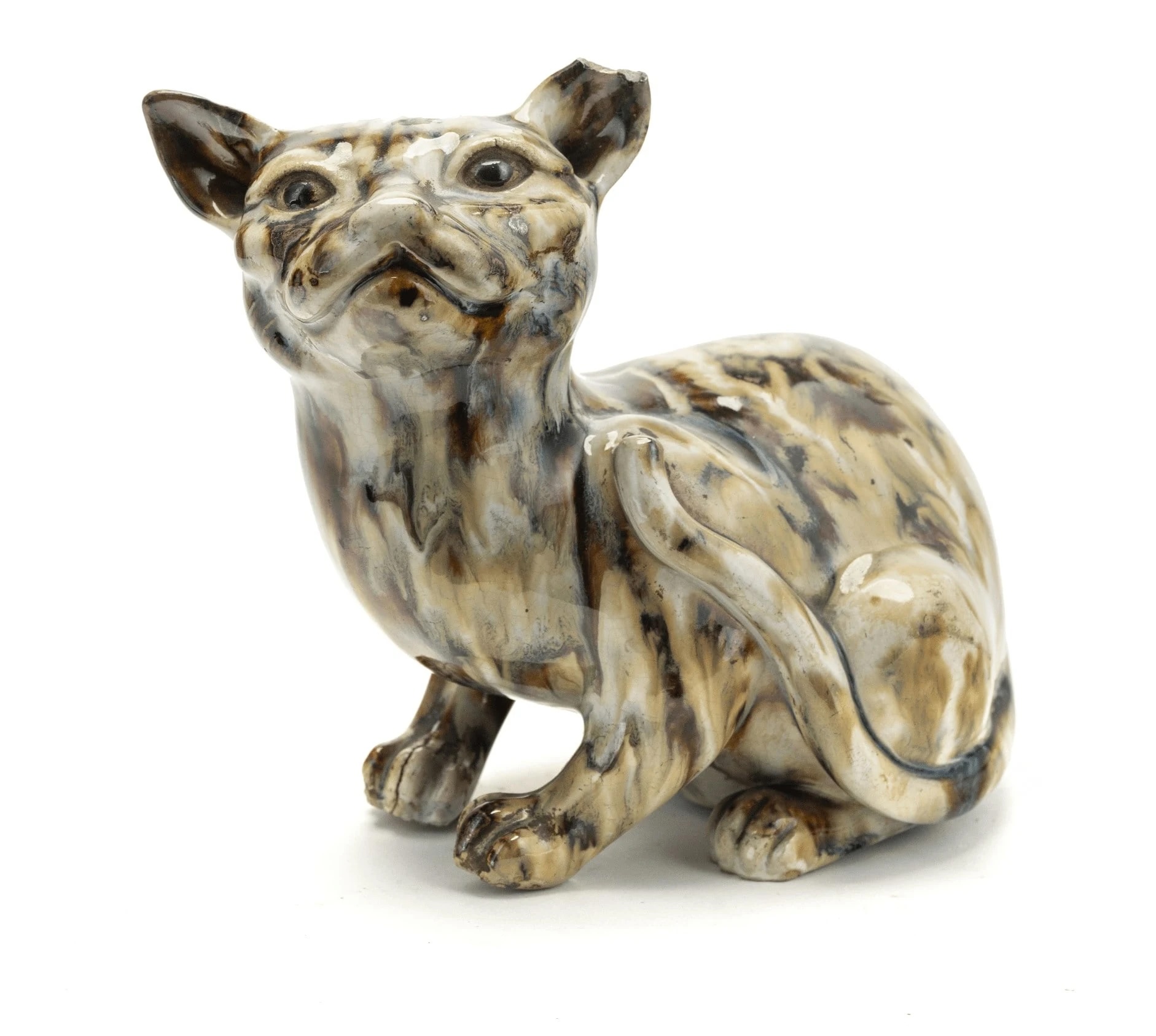
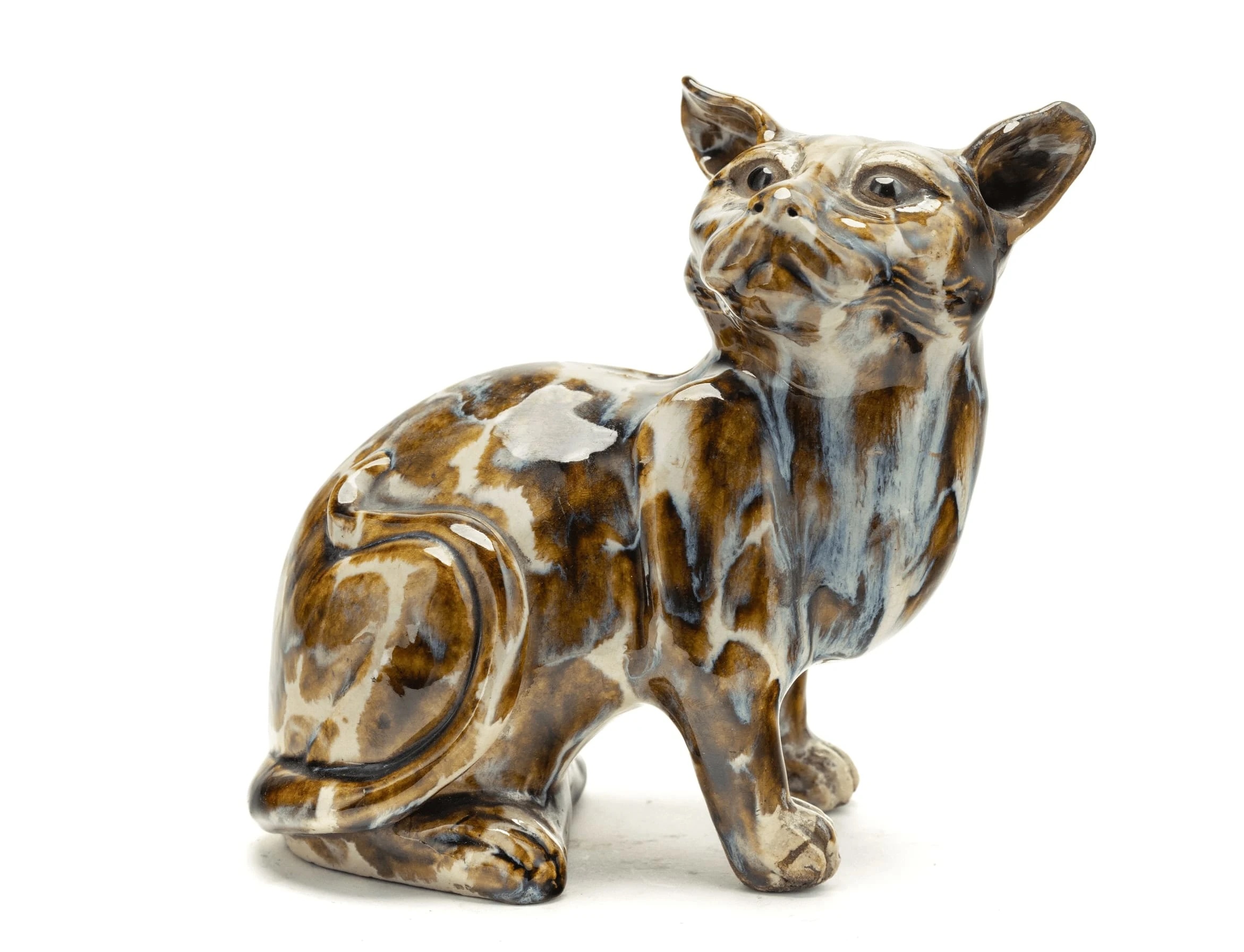
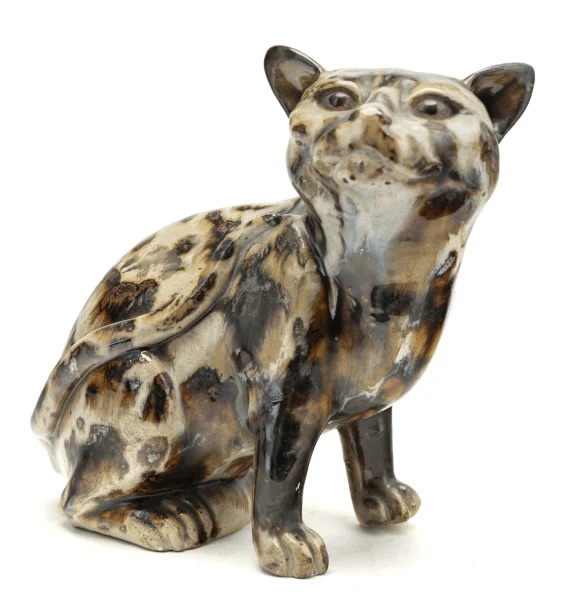
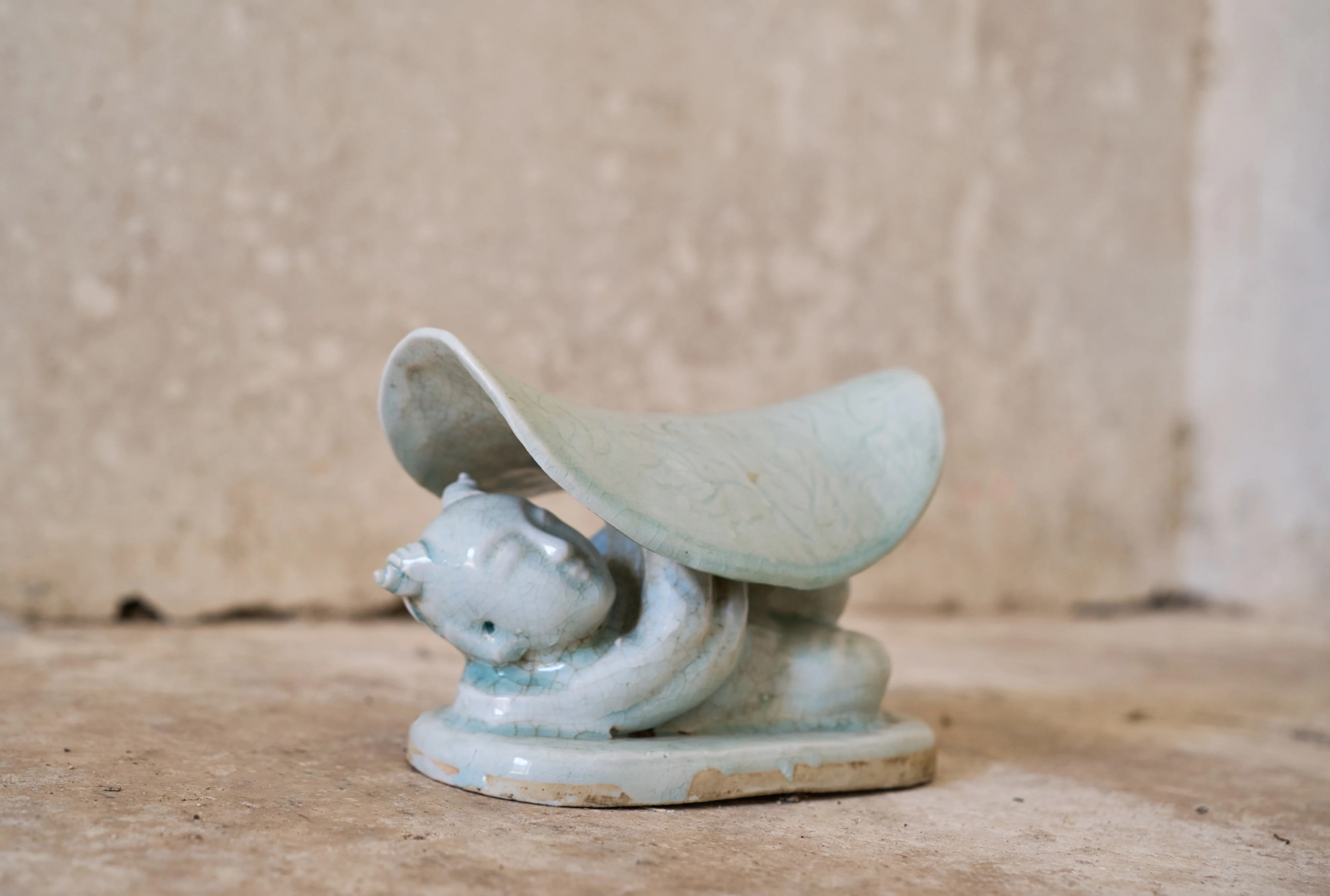
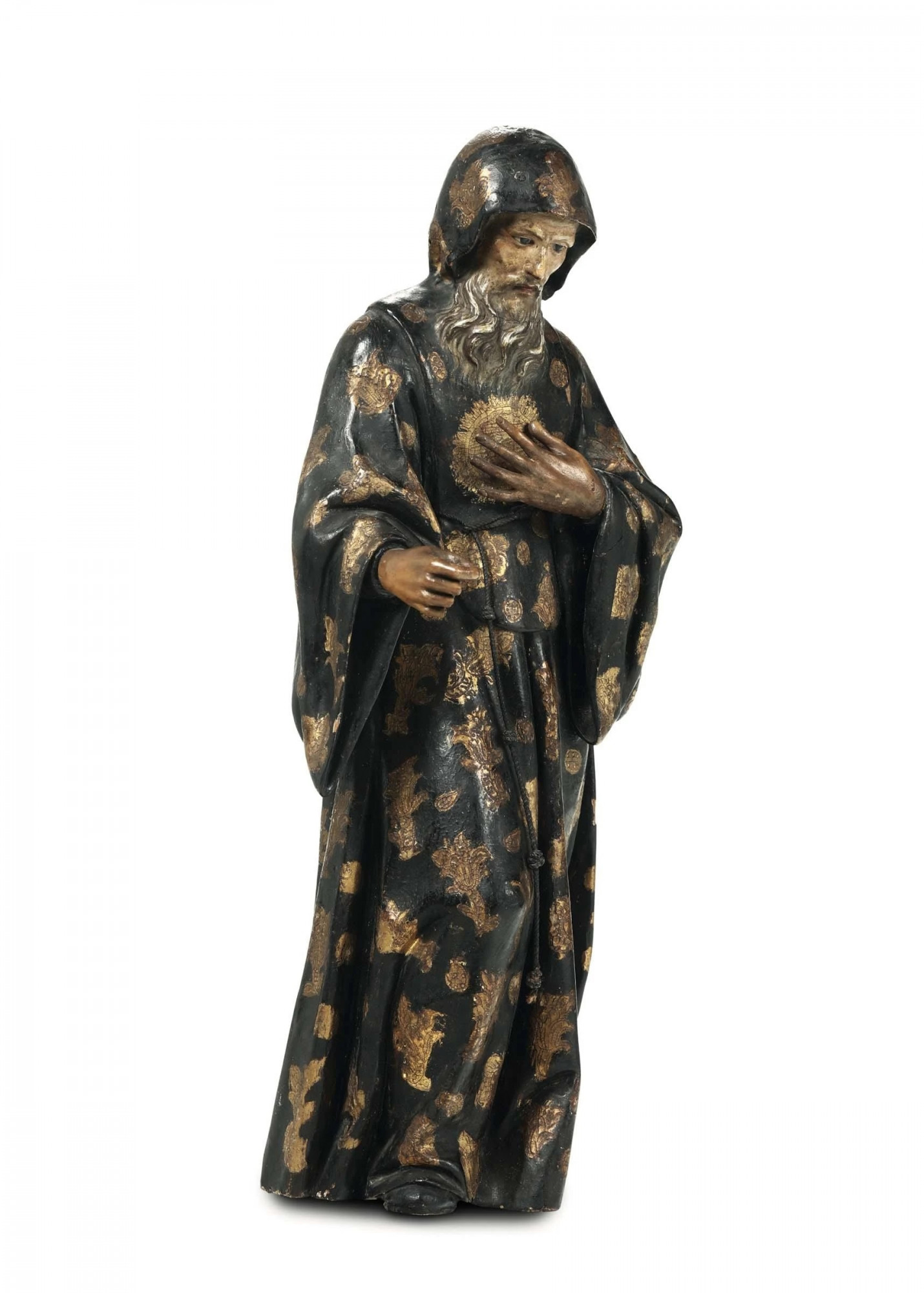
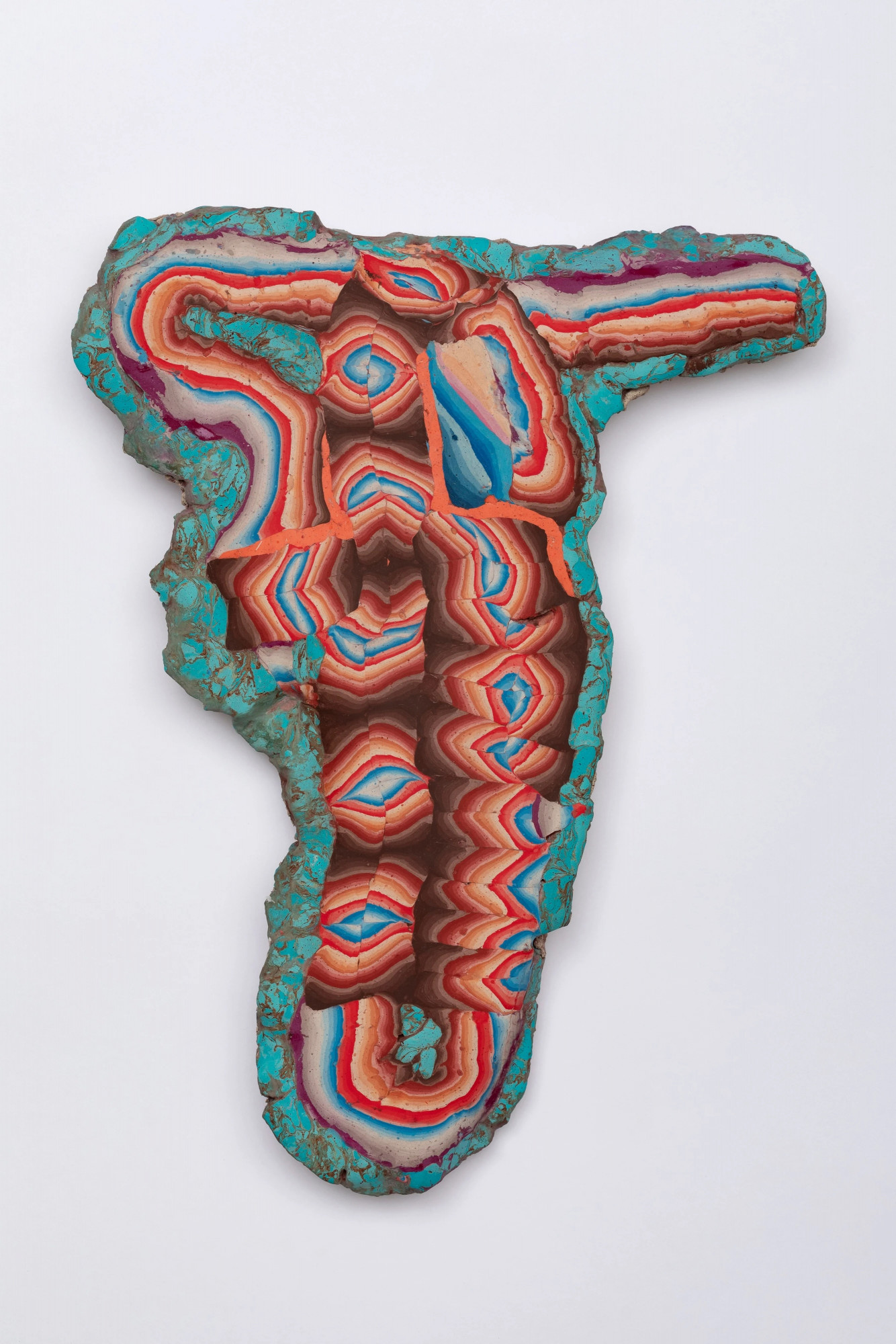
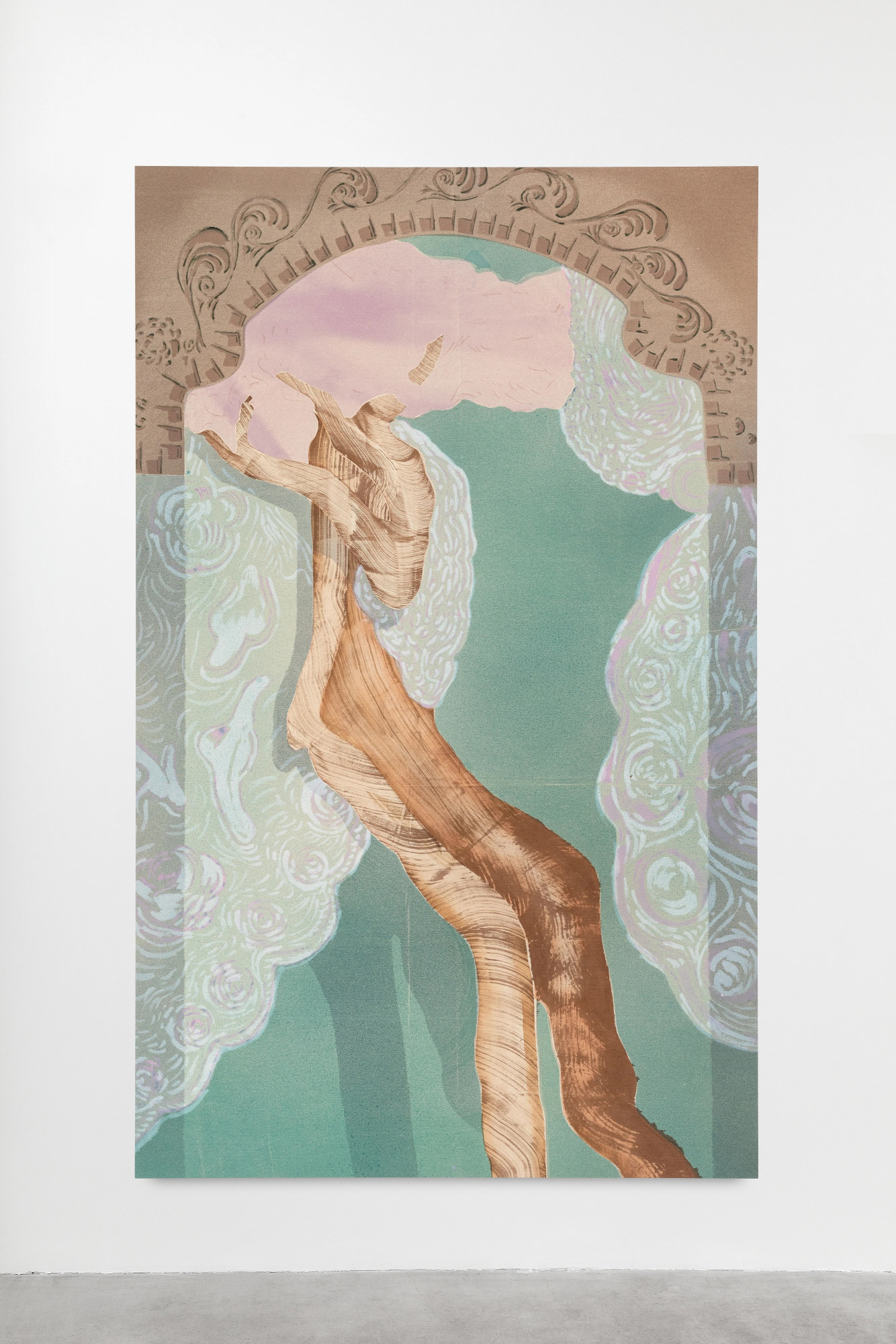
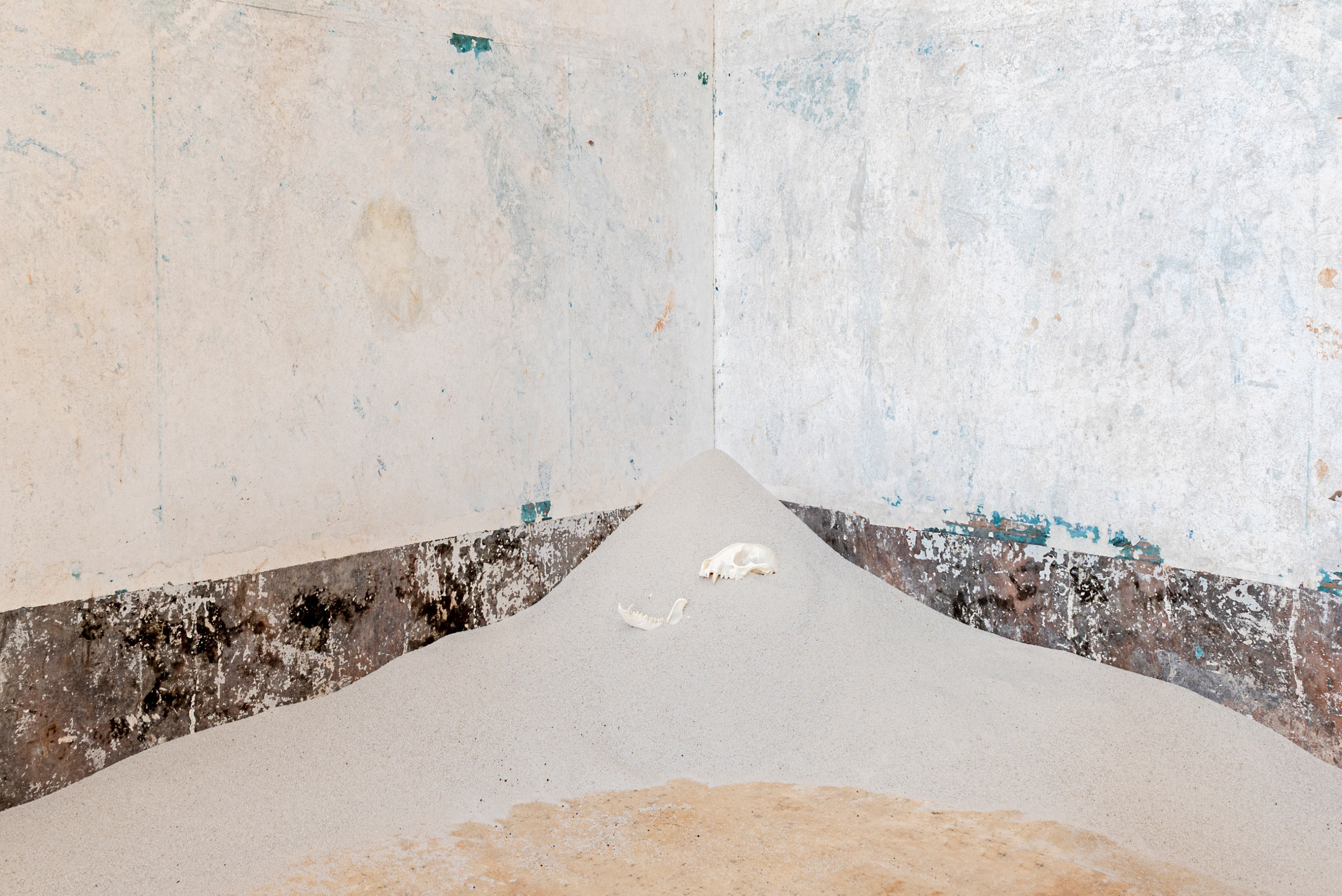
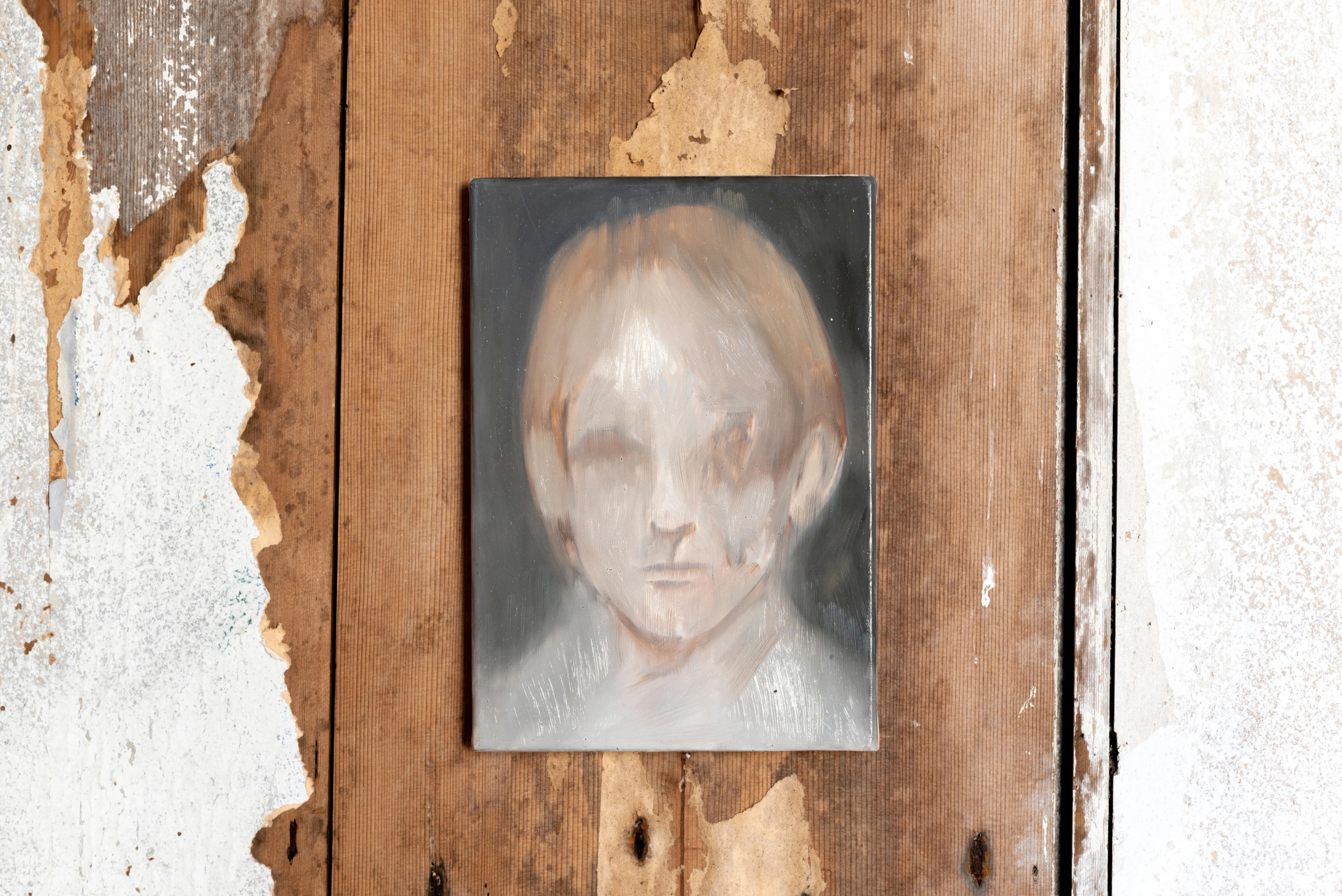
Valet, 2025
Oil on canvas
27 x 20 cm
10 5/8 x 7 7/8 in
(MARIE/100)
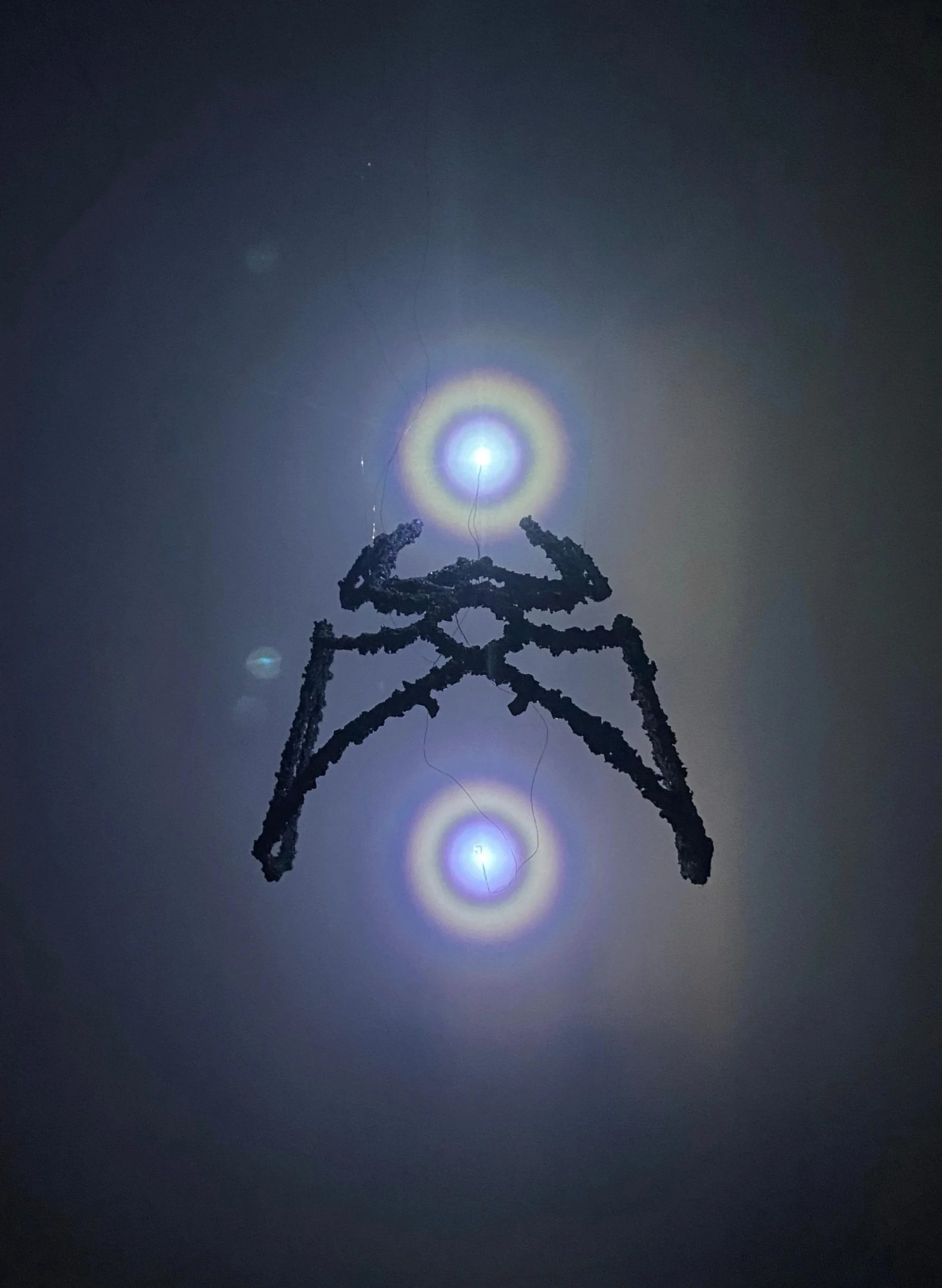
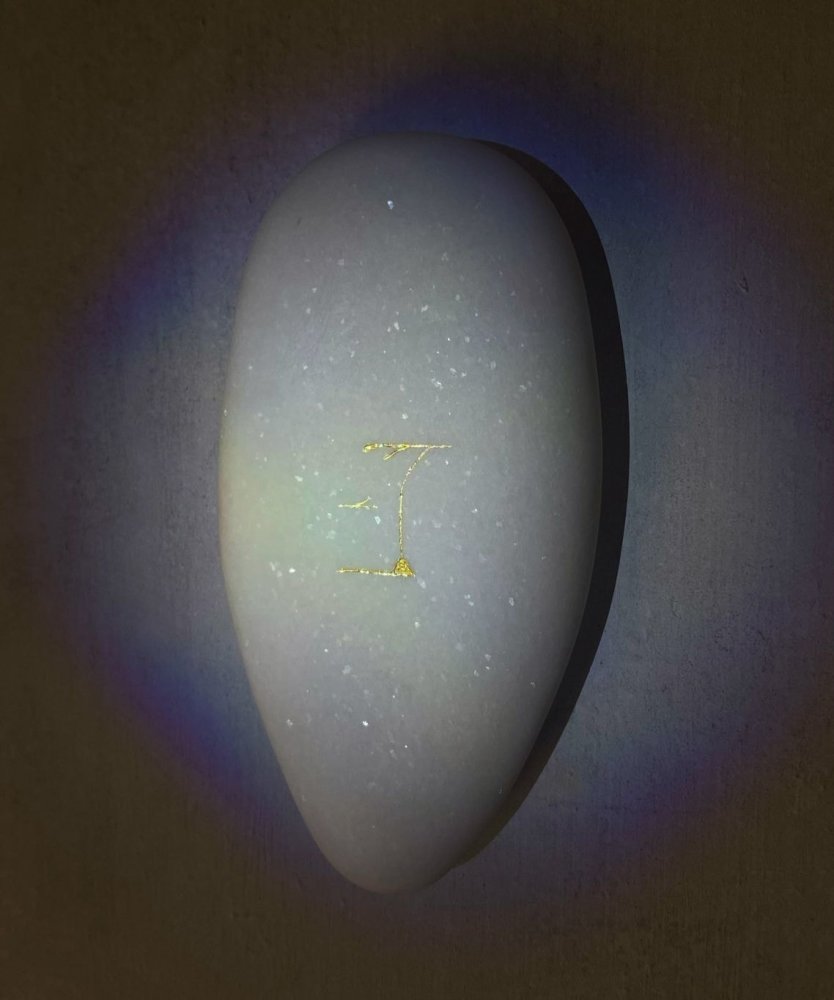
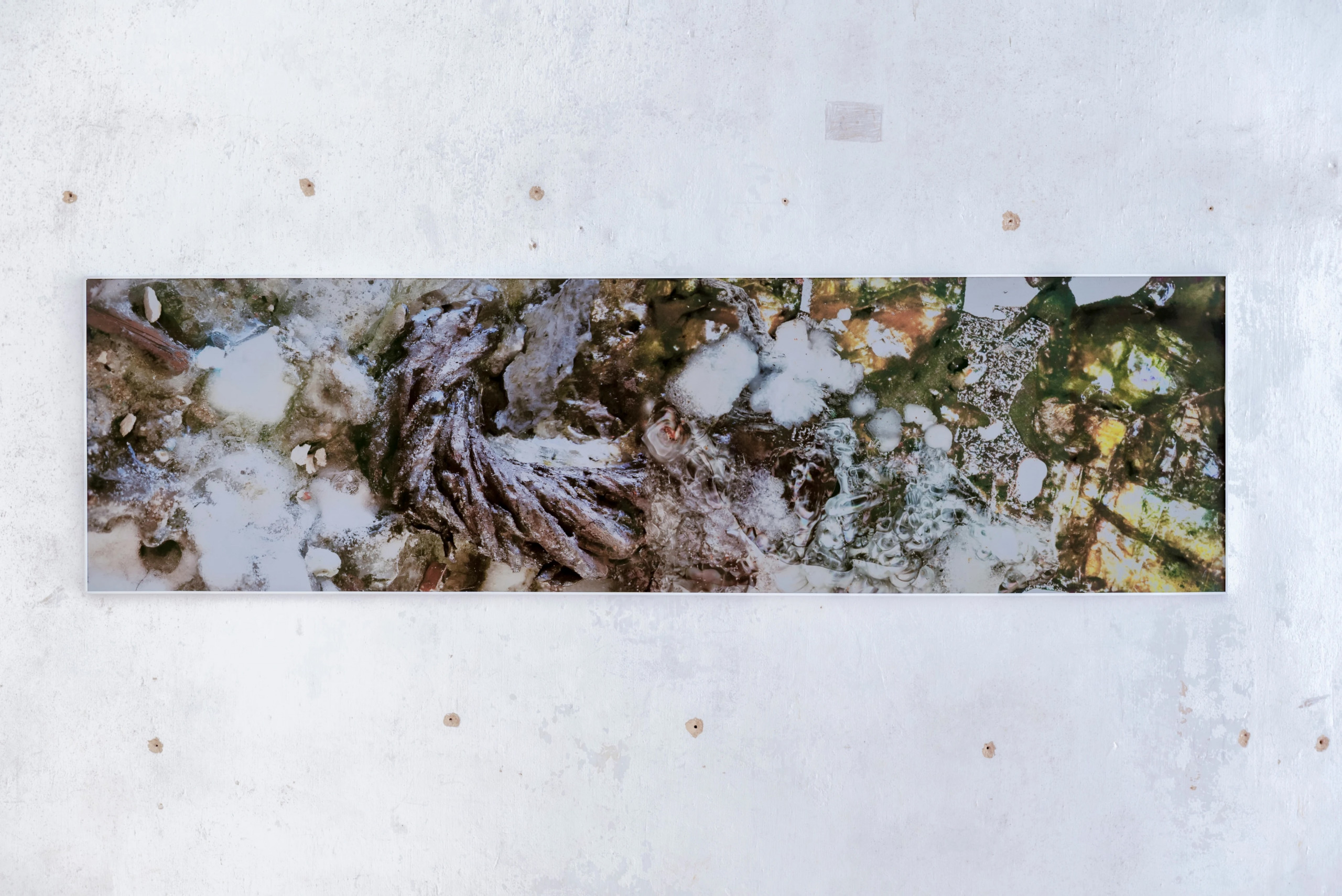
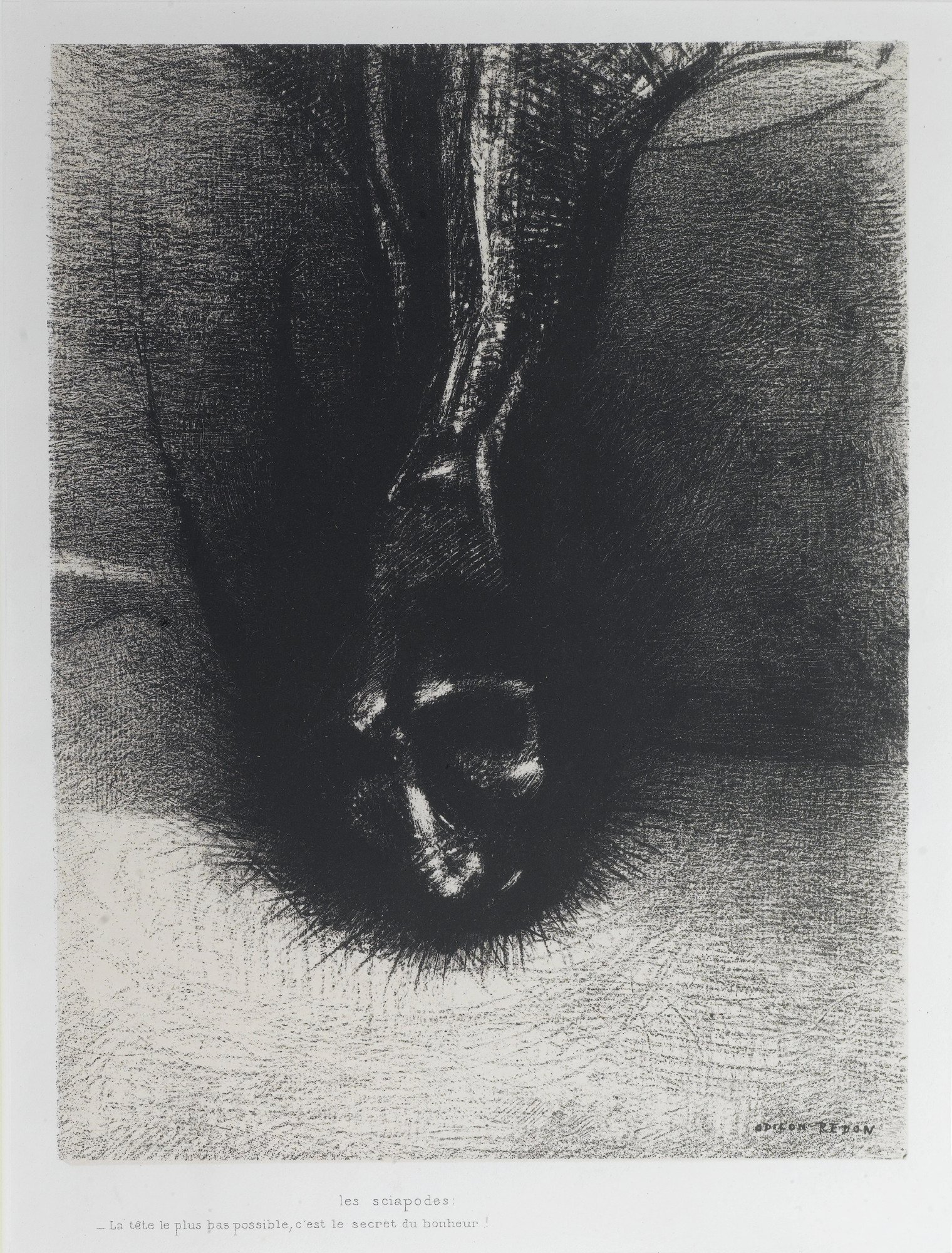
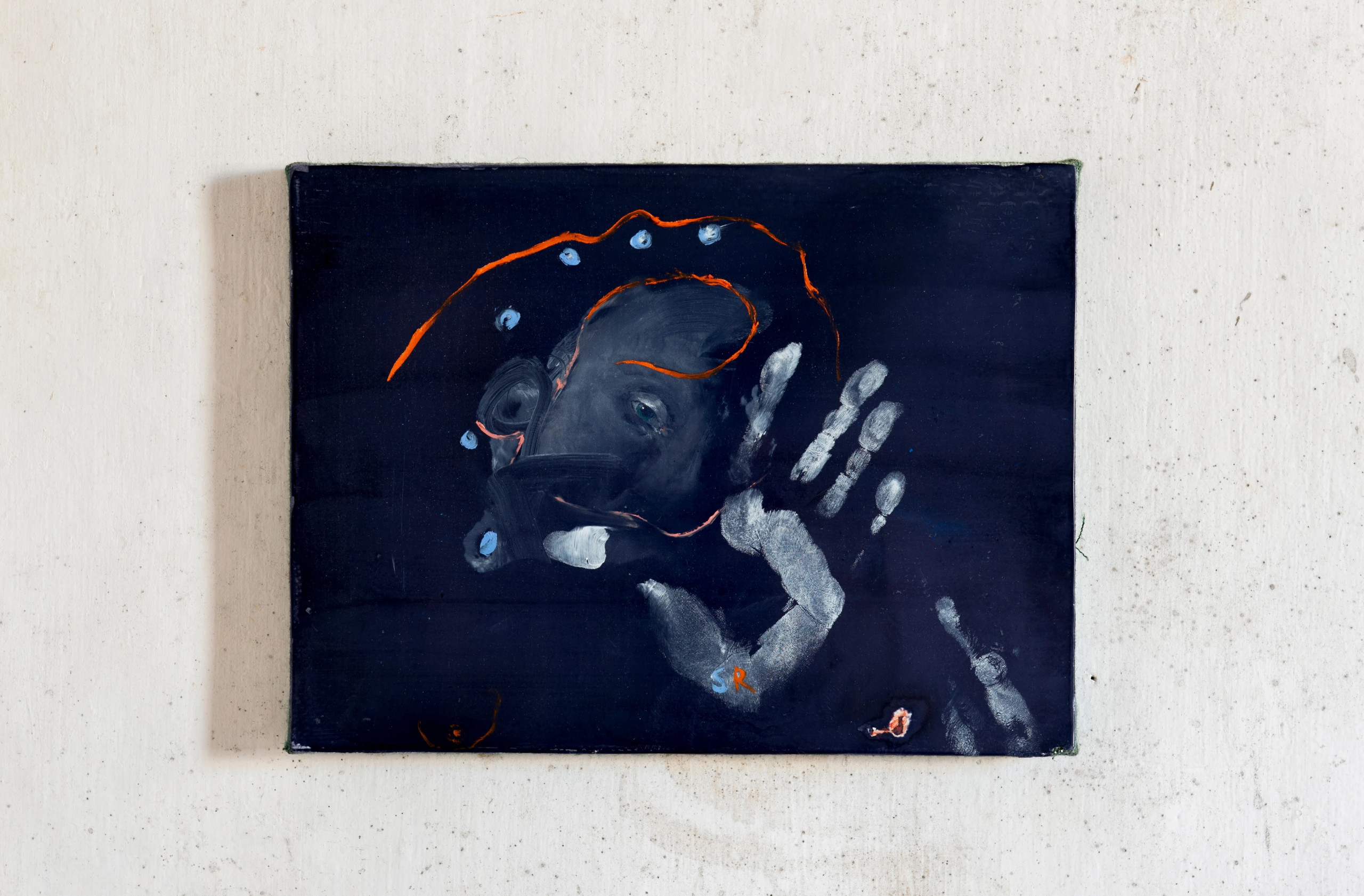
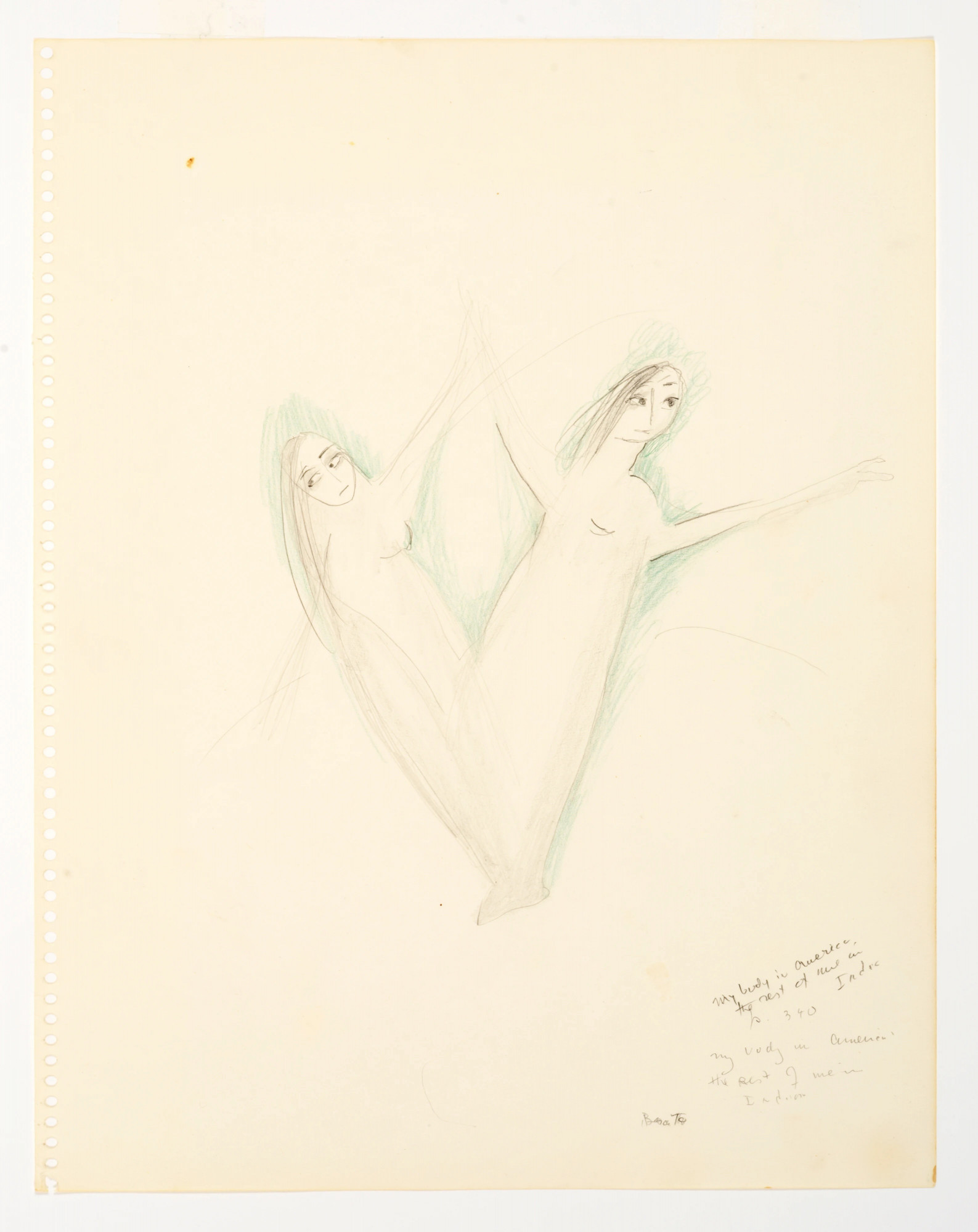
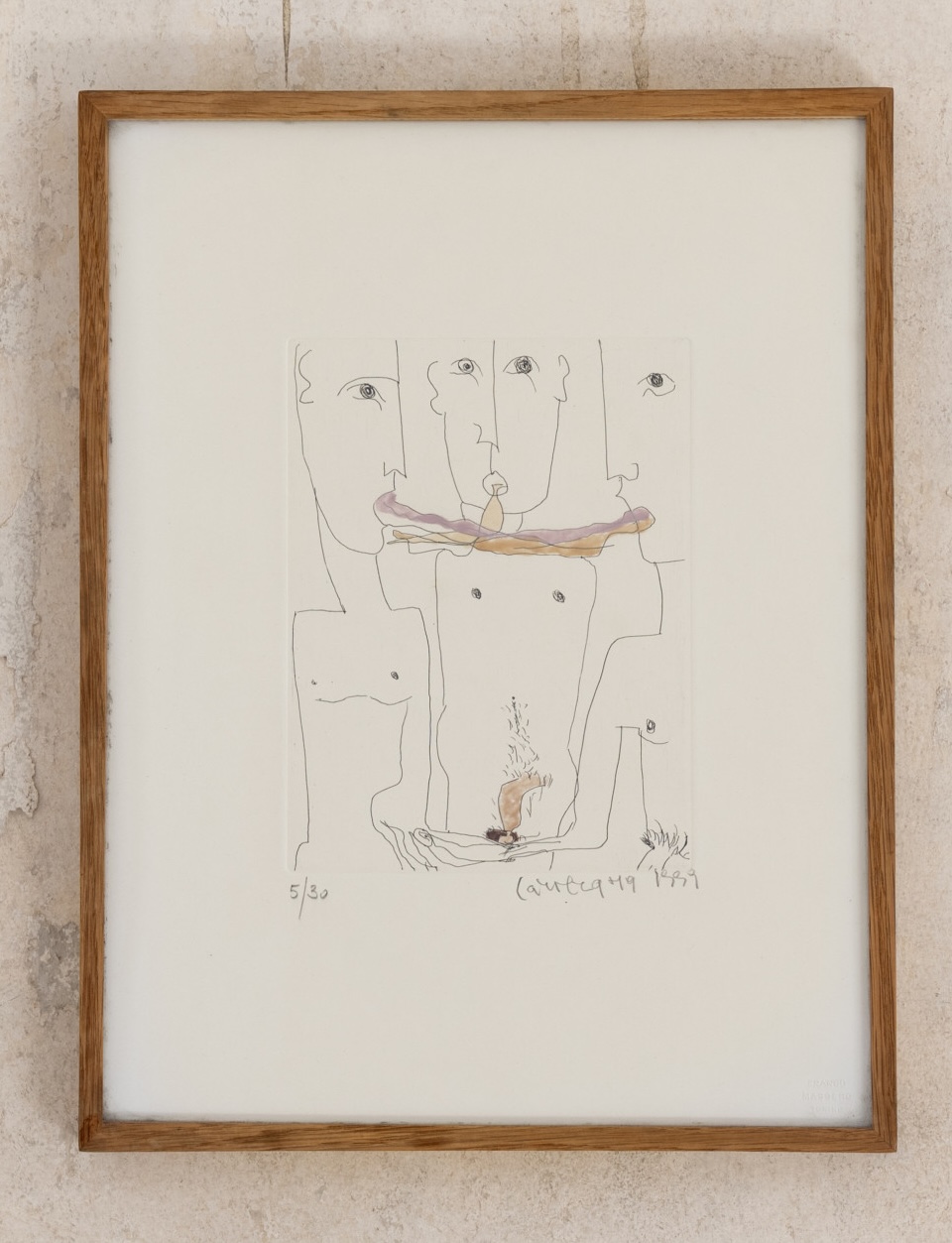
Untitled, 1999
Drypoint etching, Makeup
15 x 12 cm
